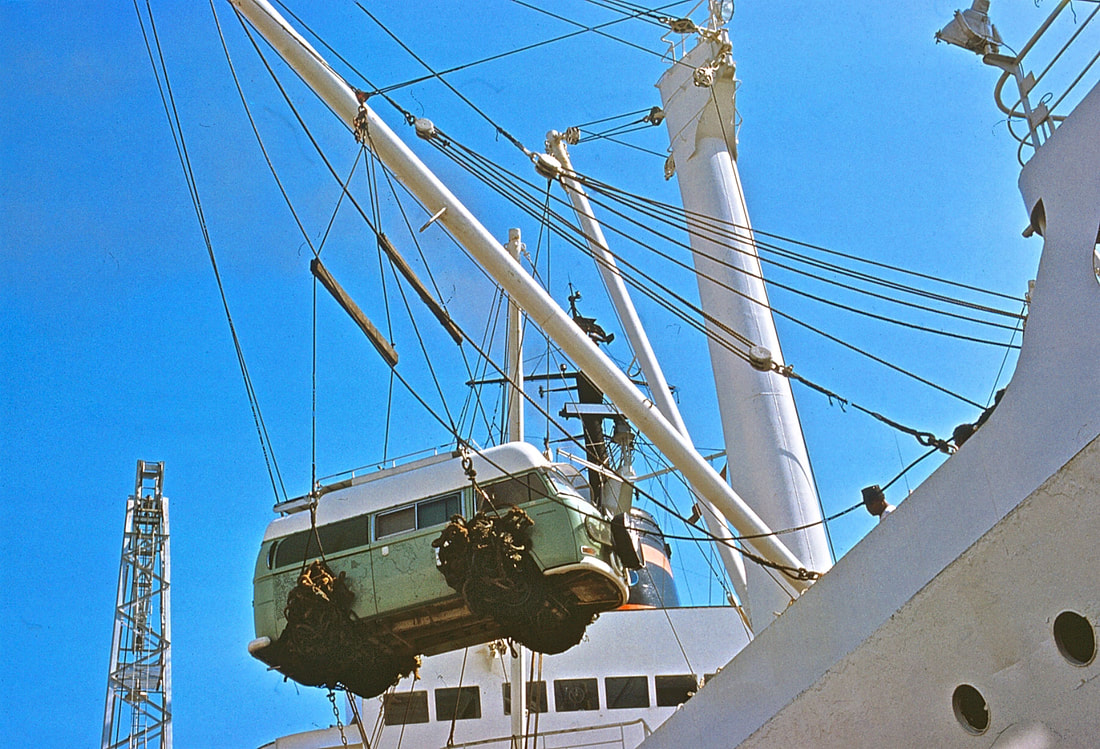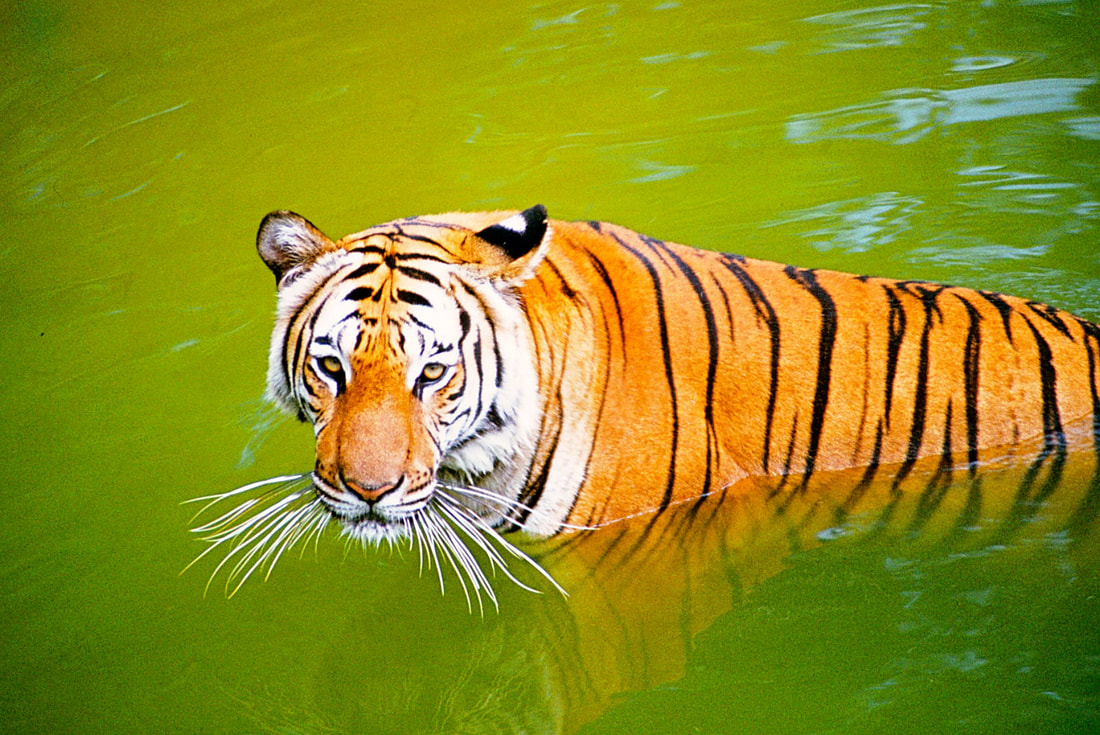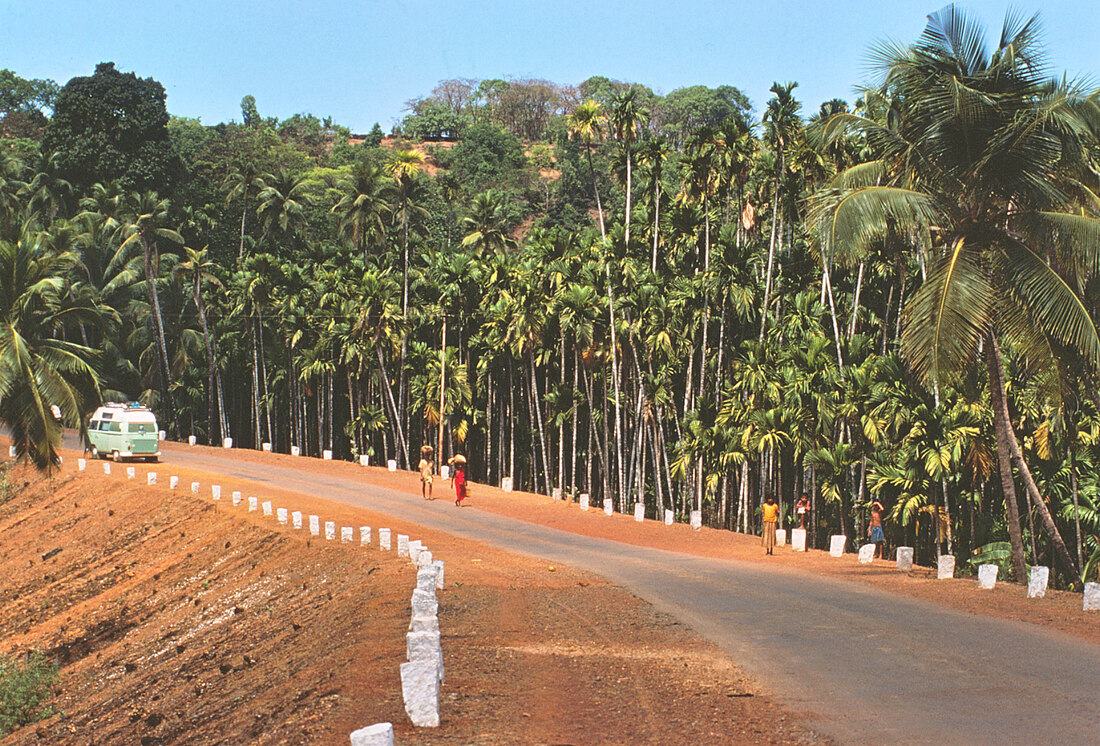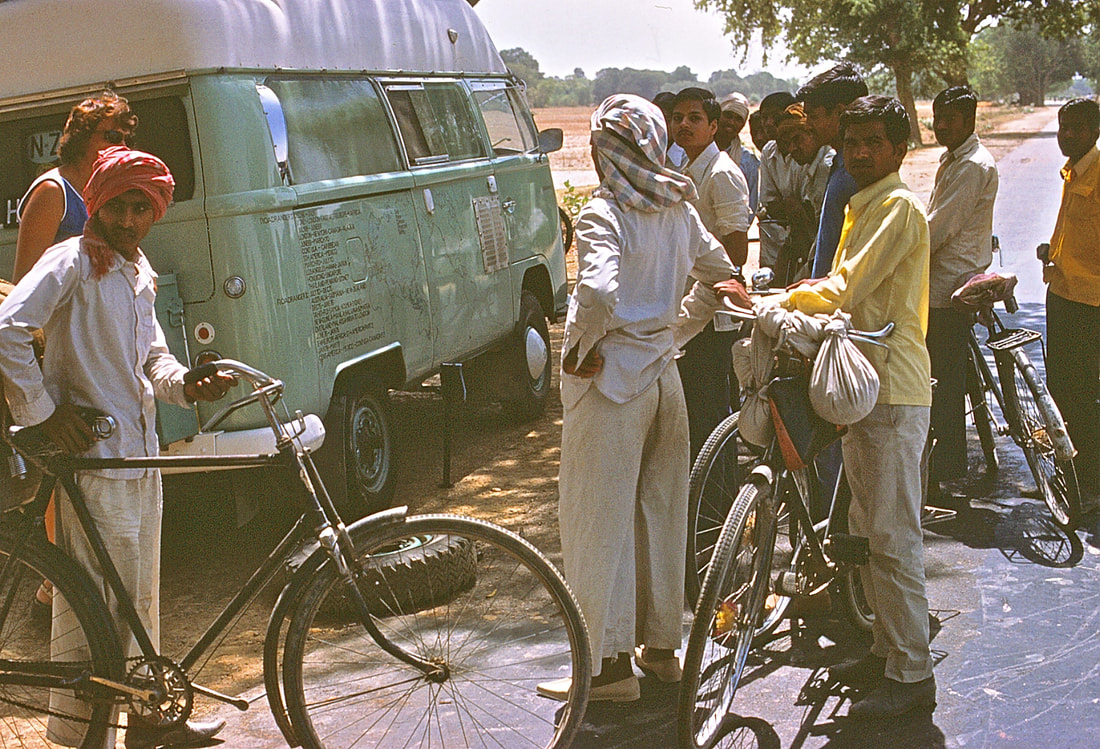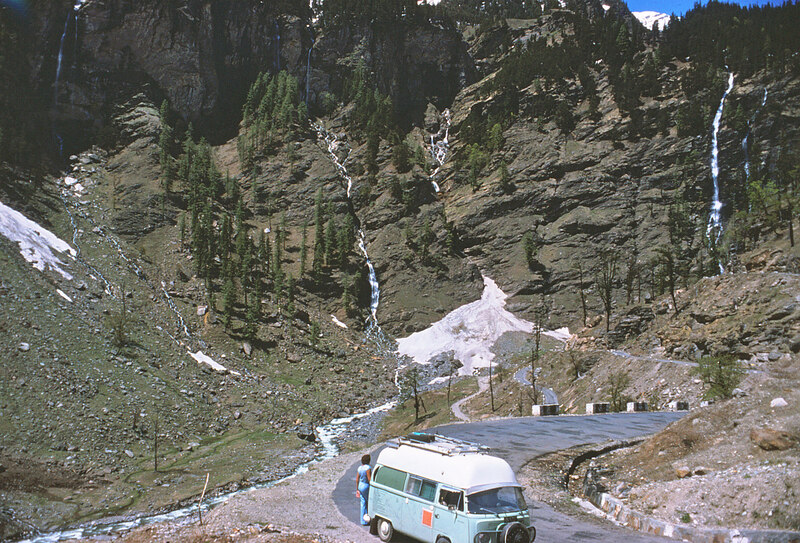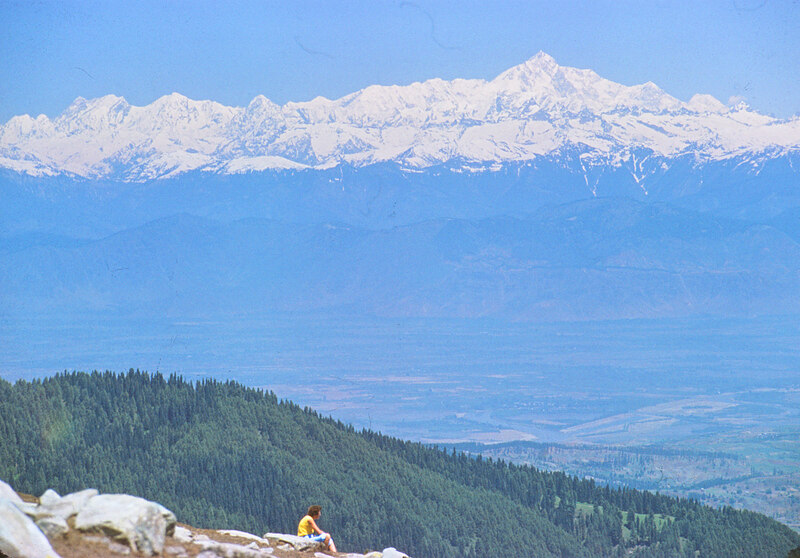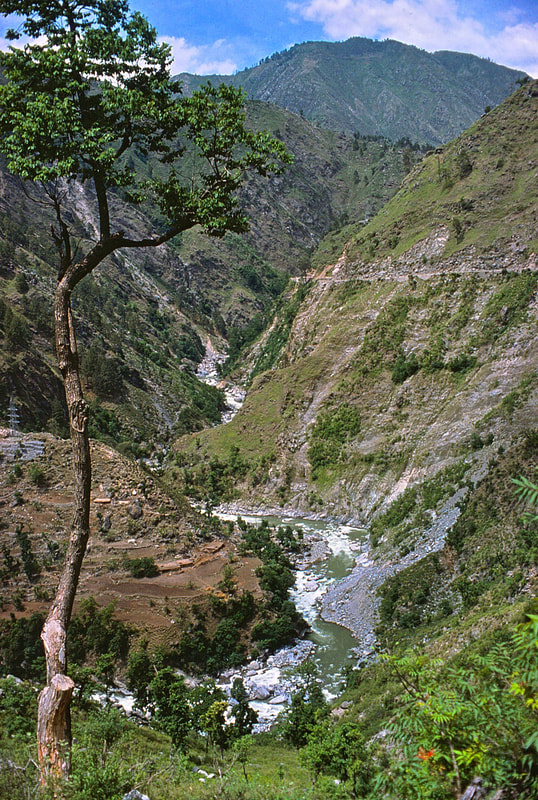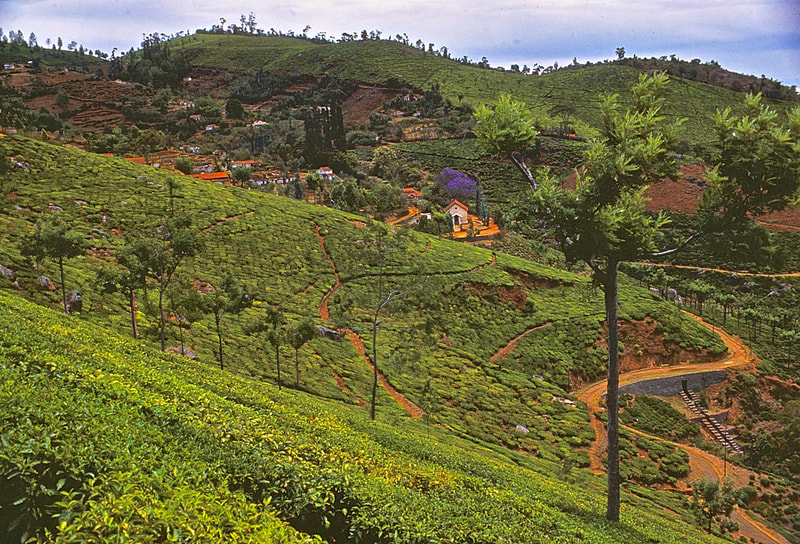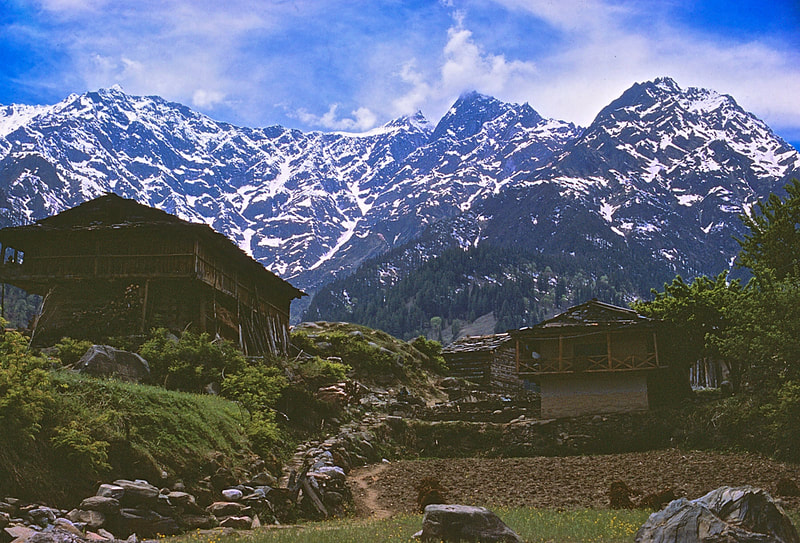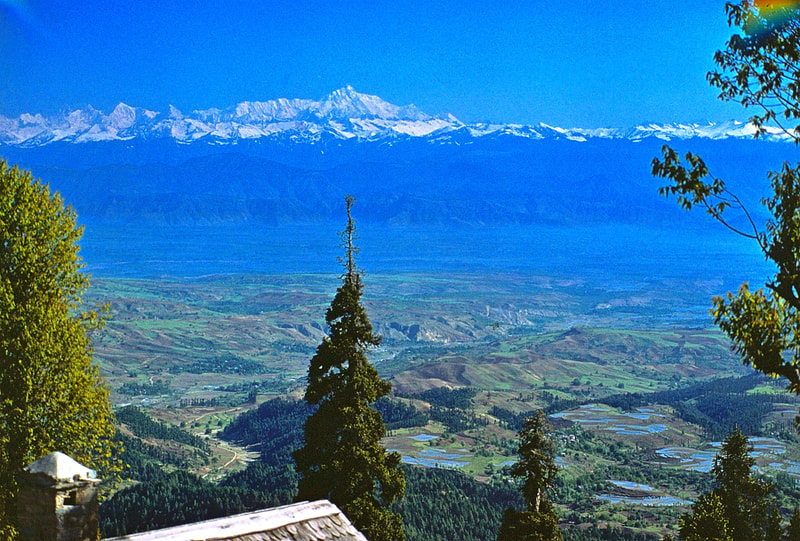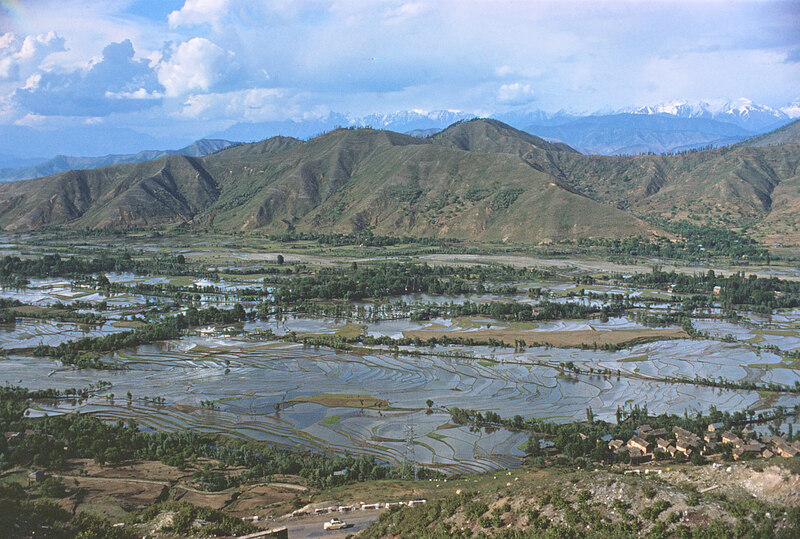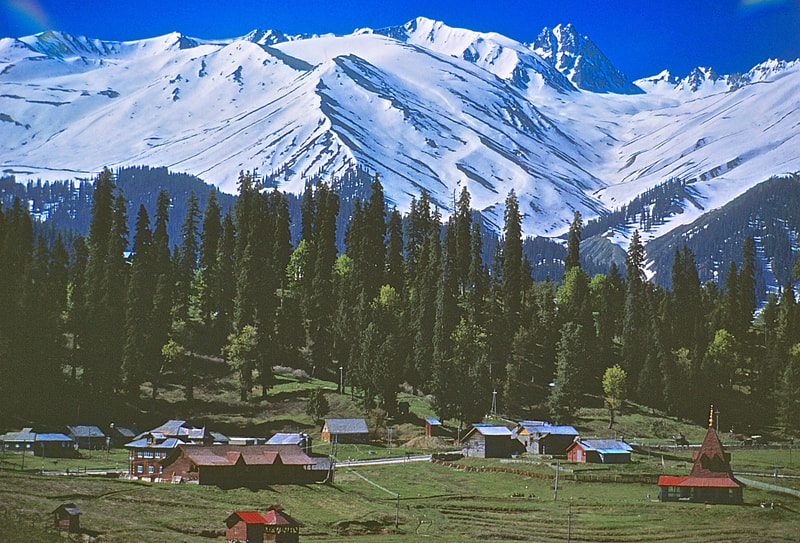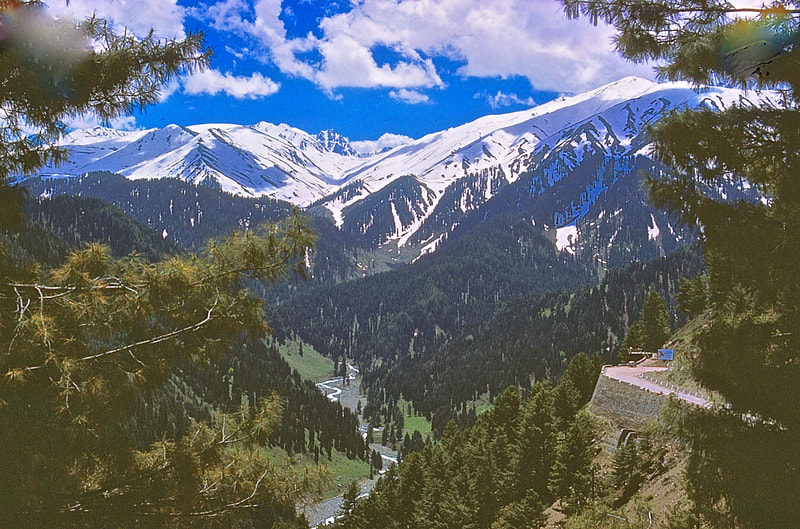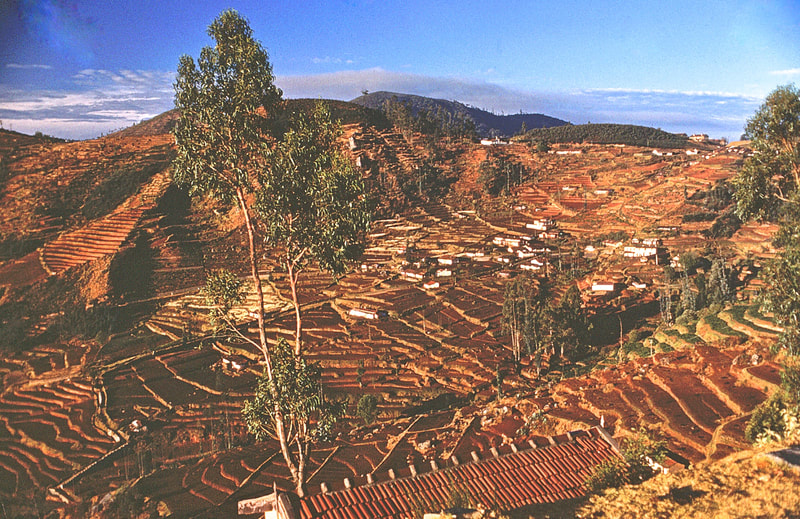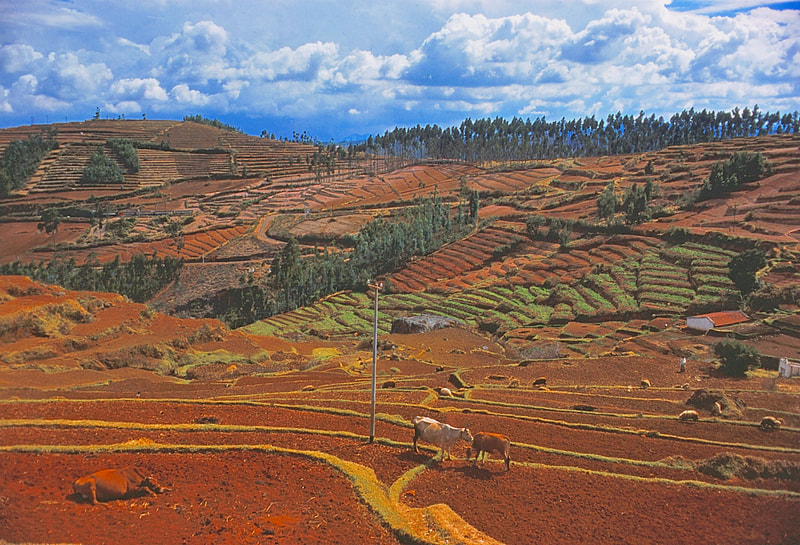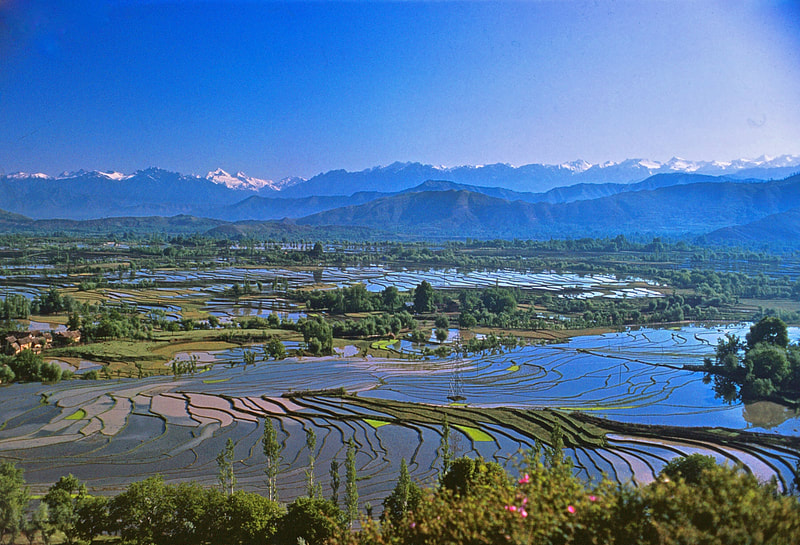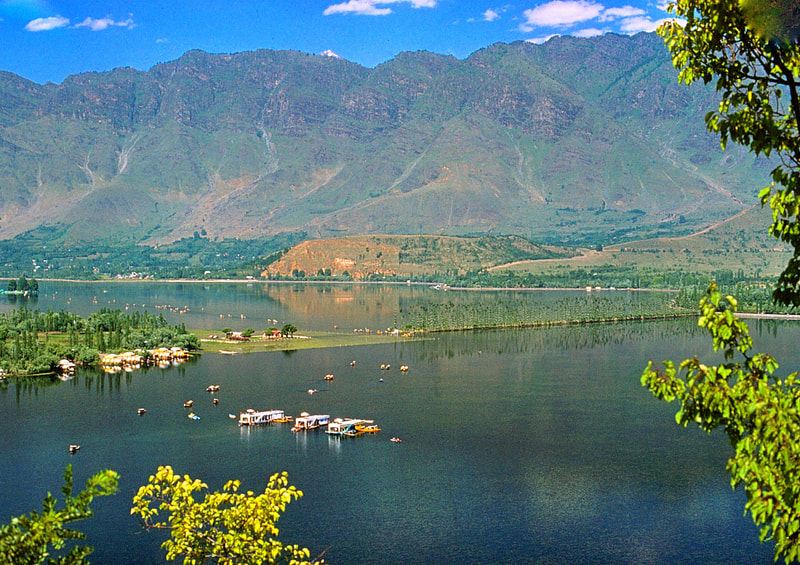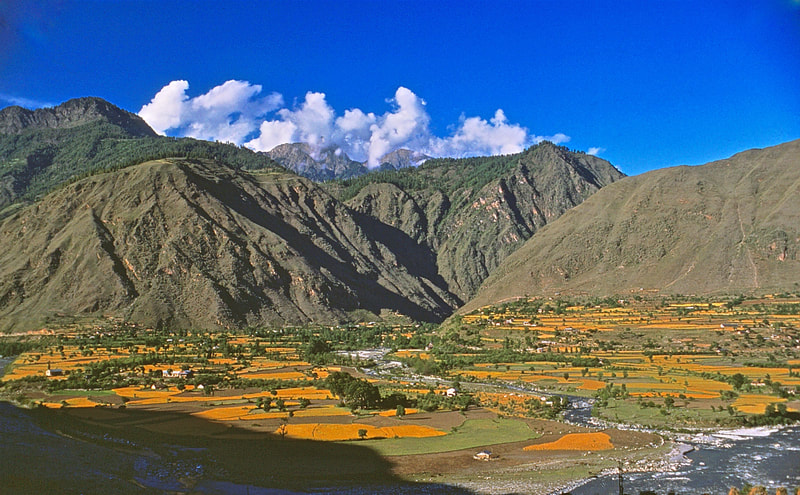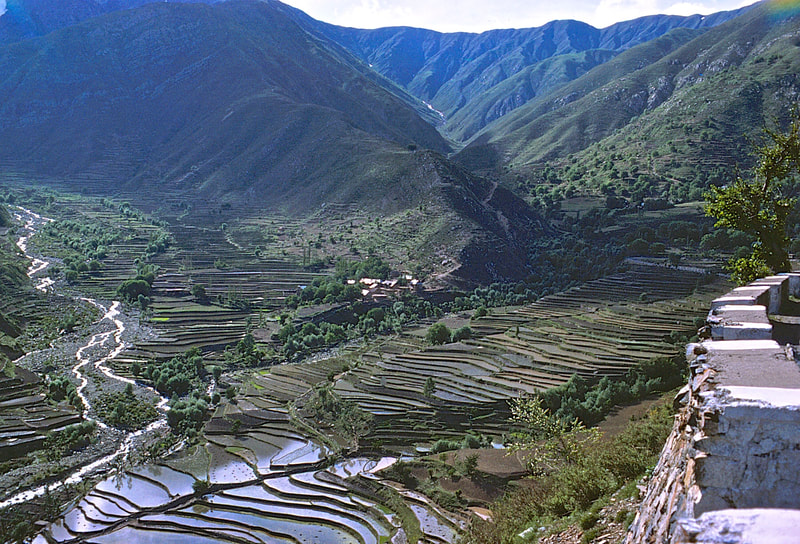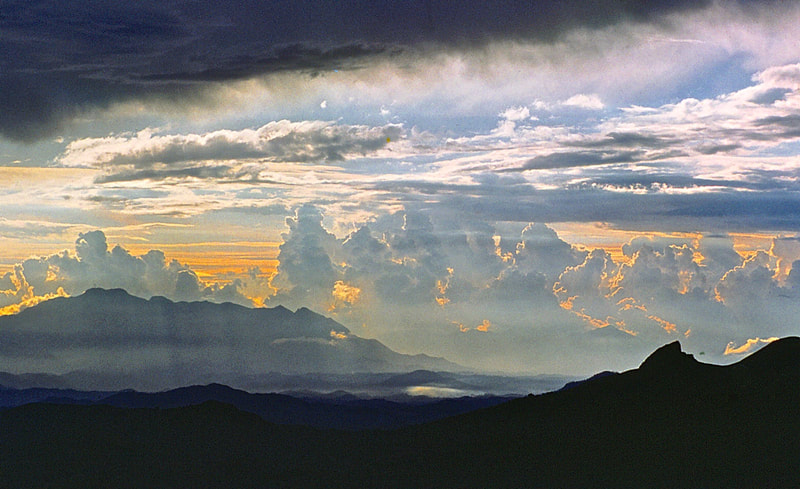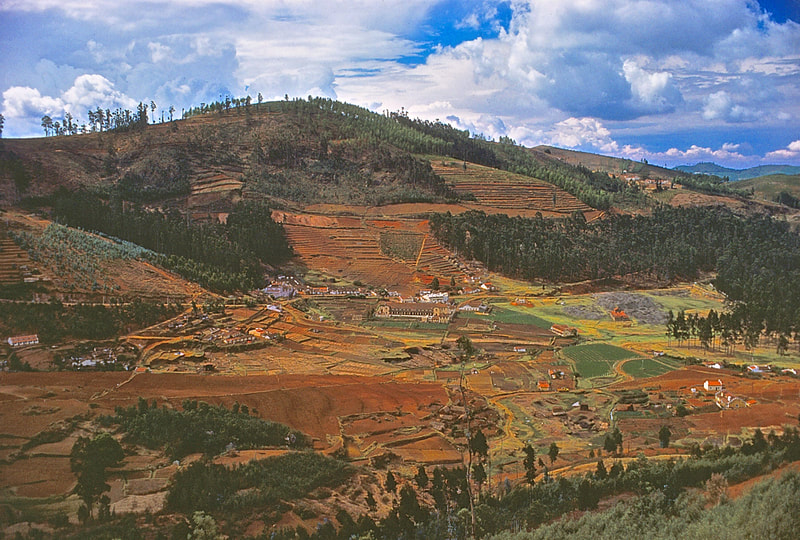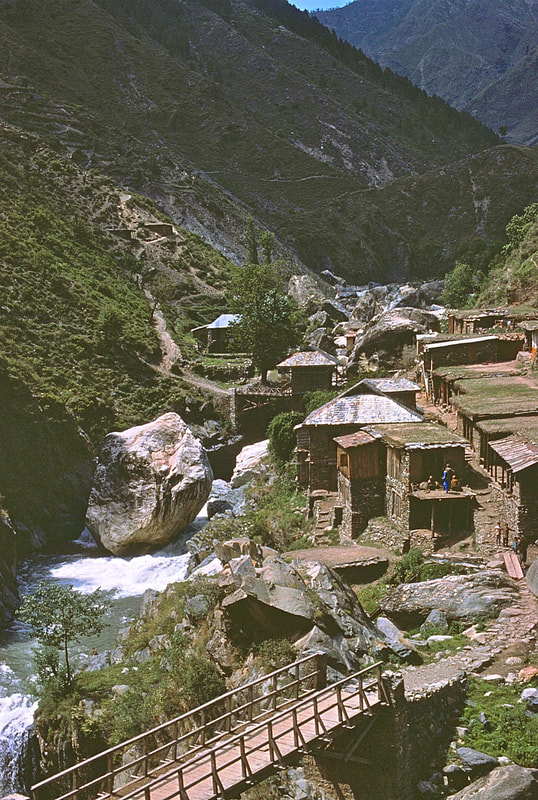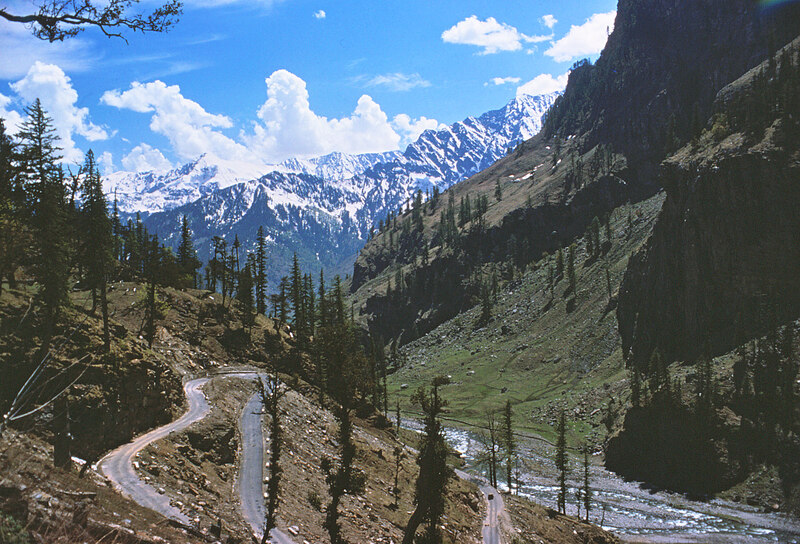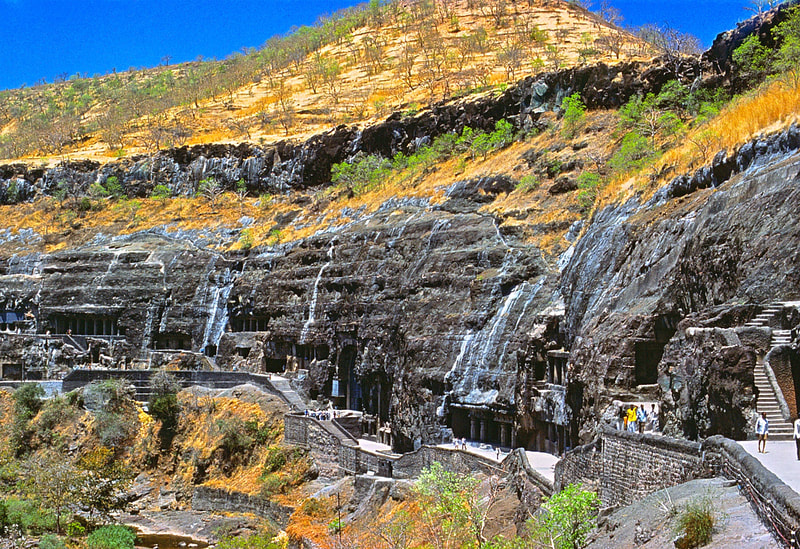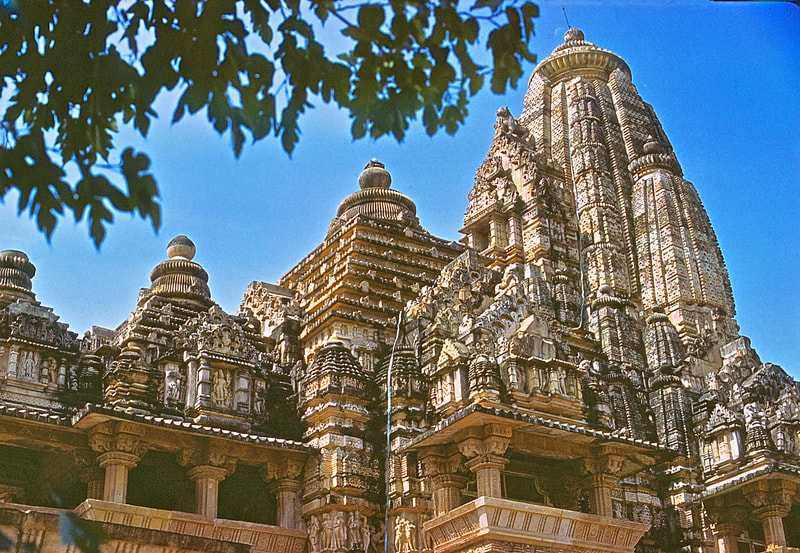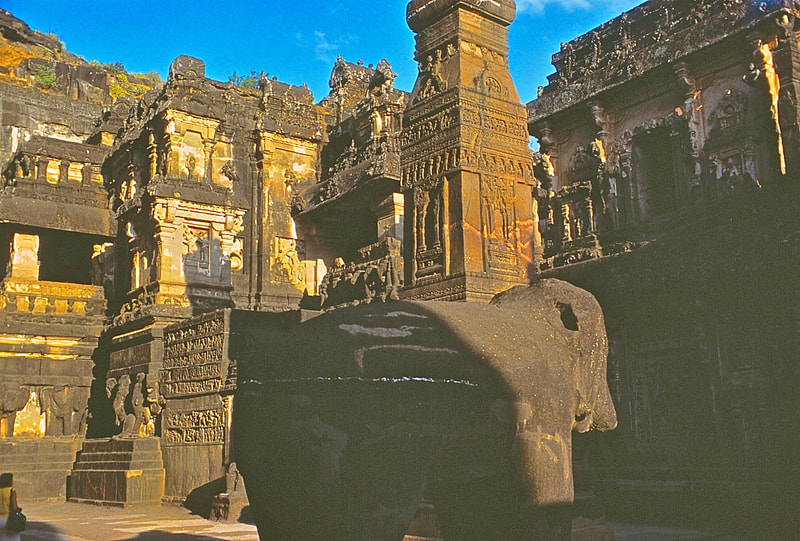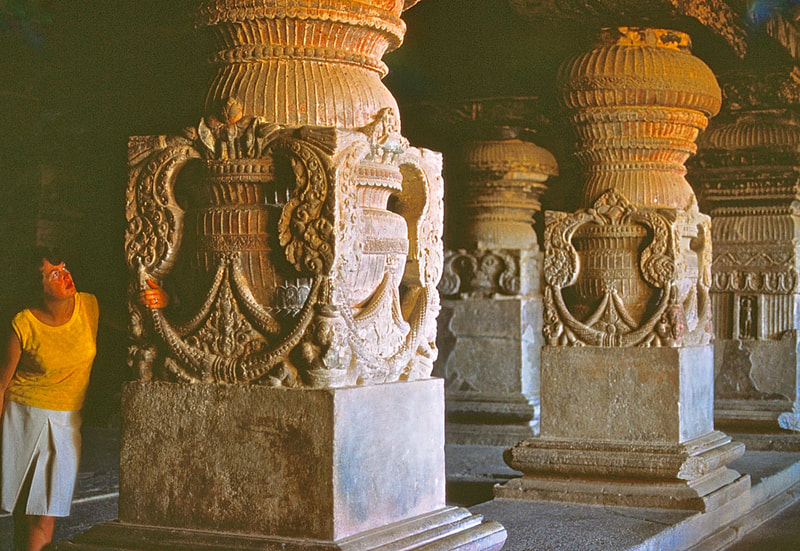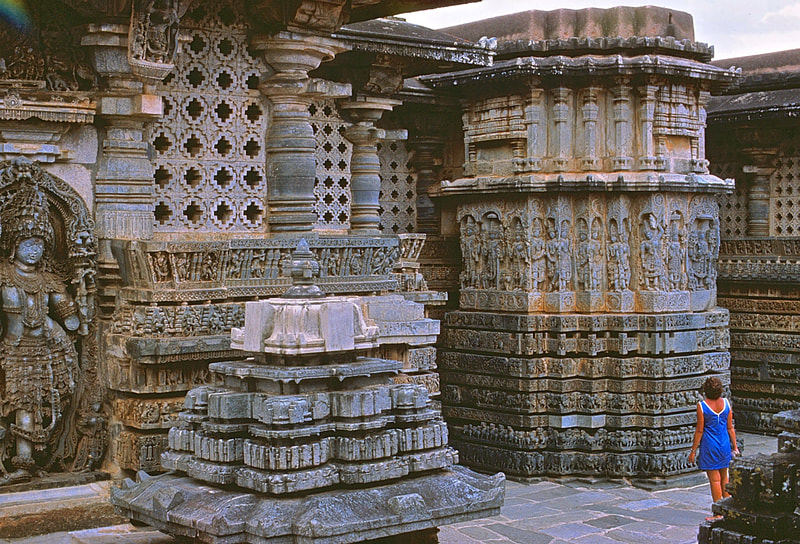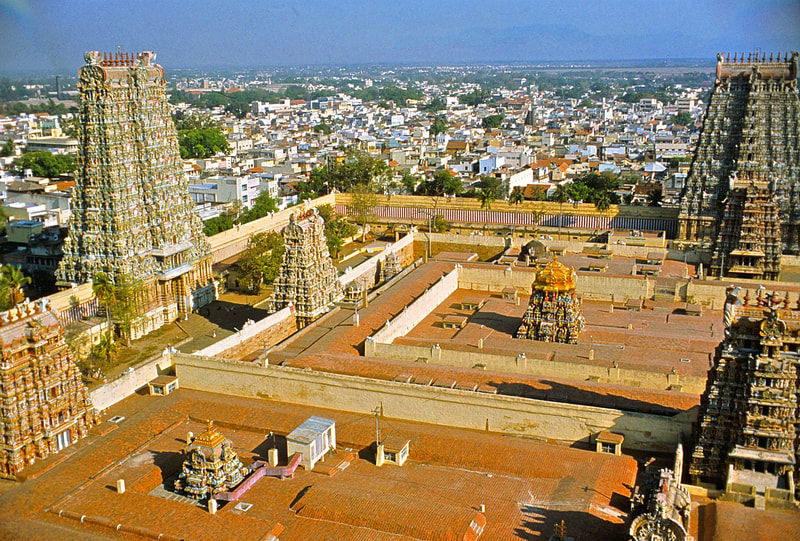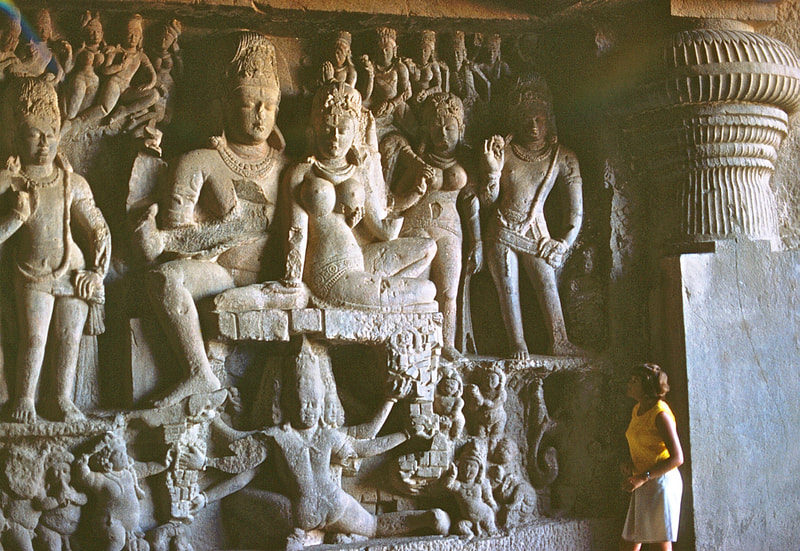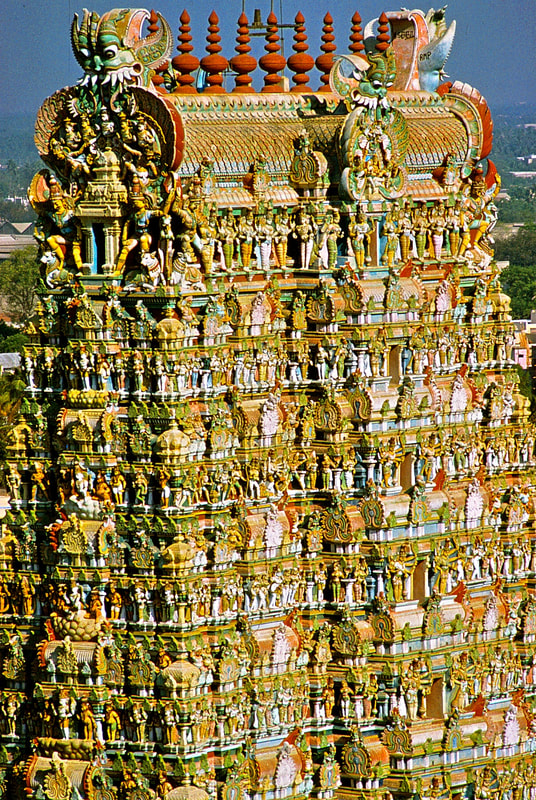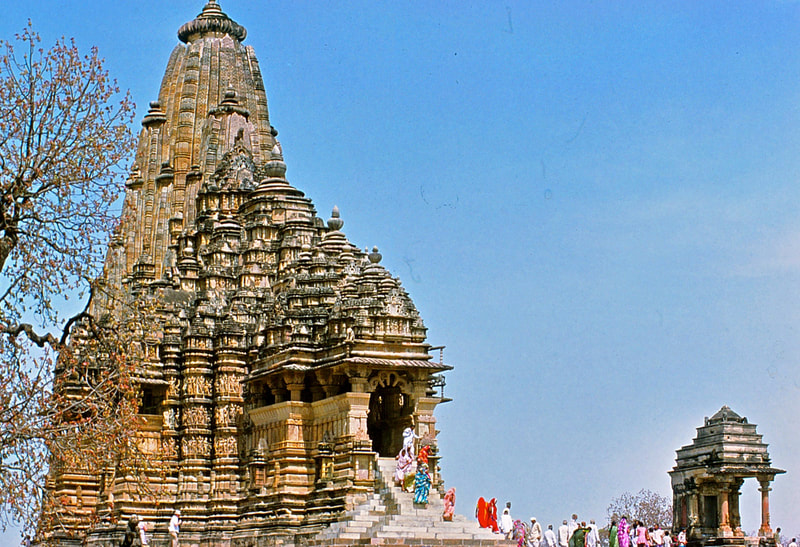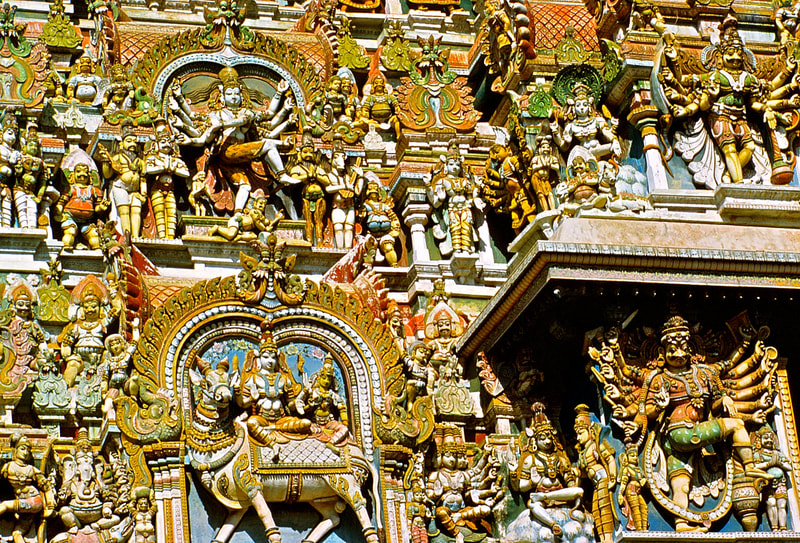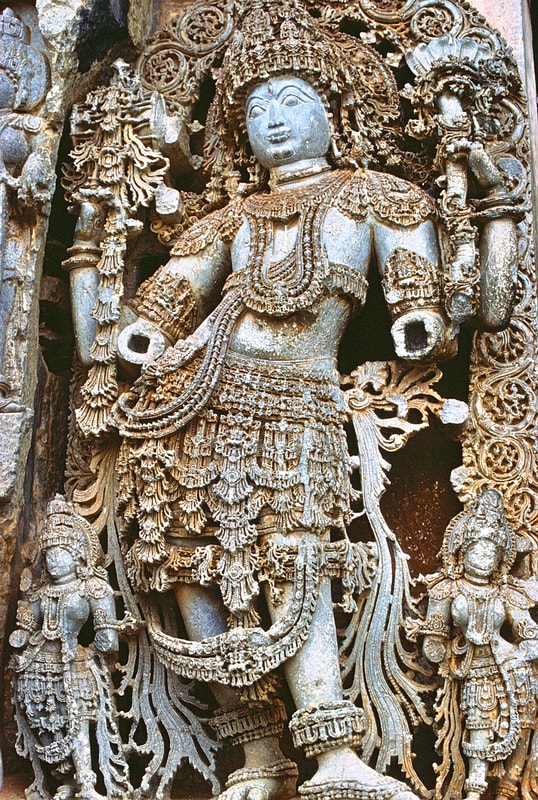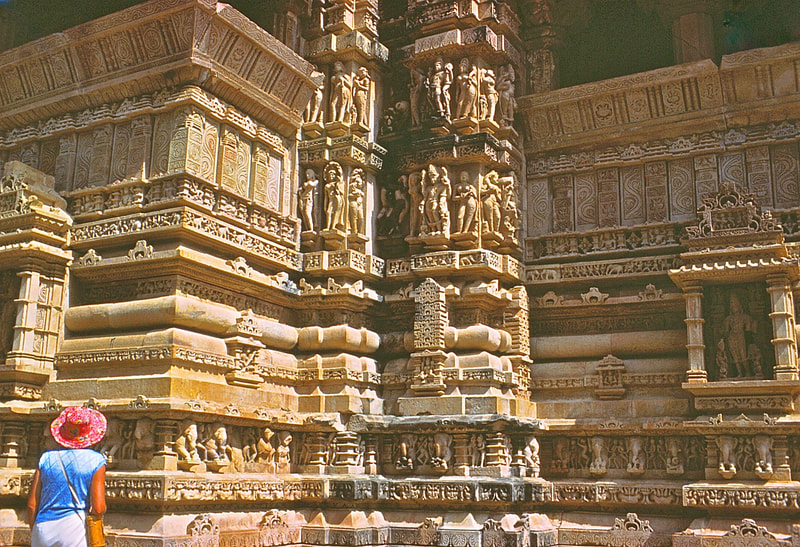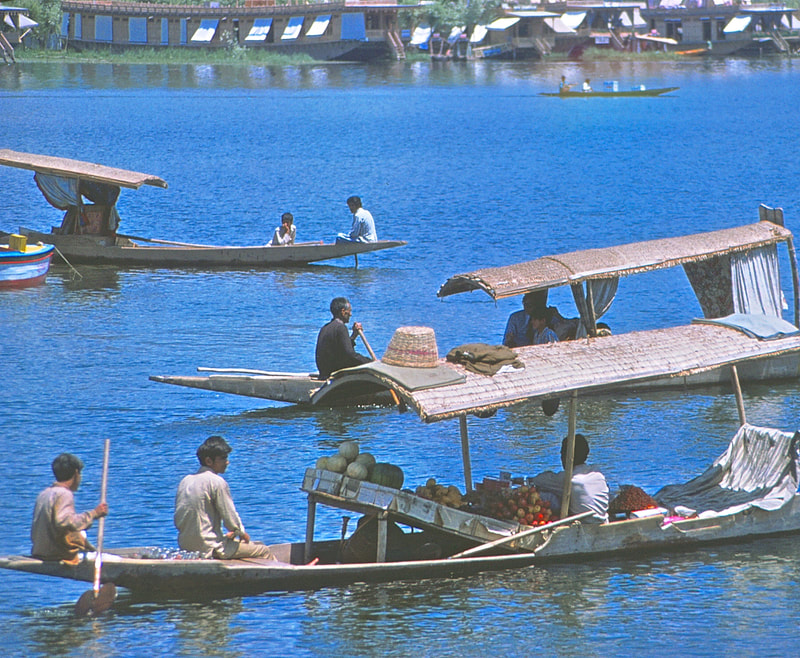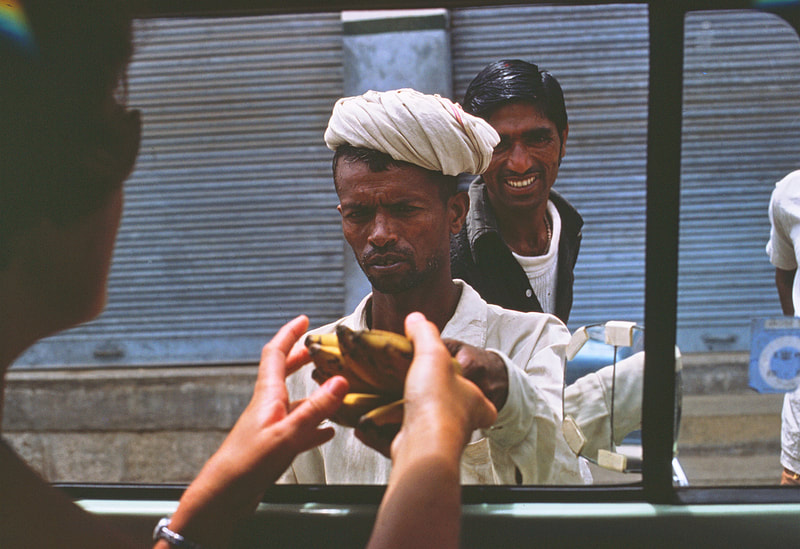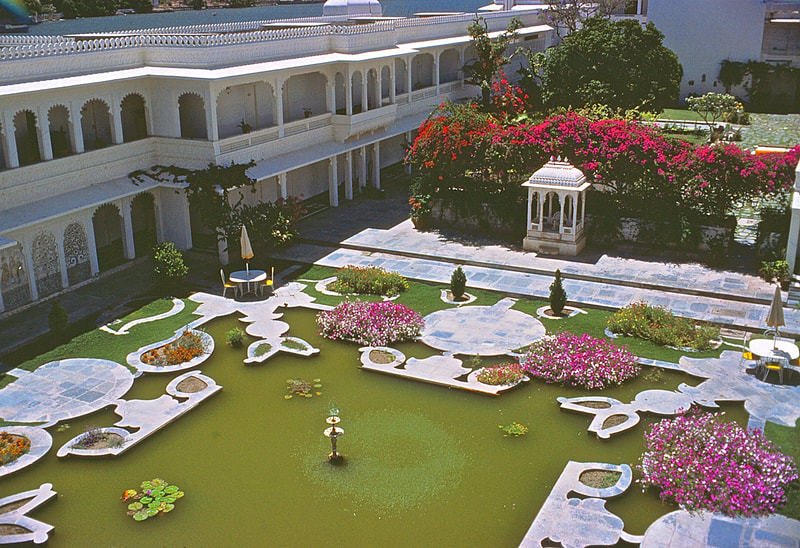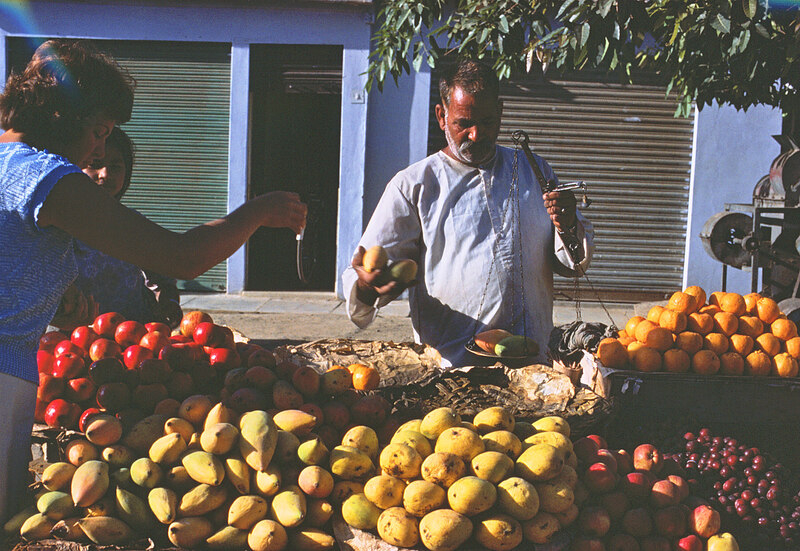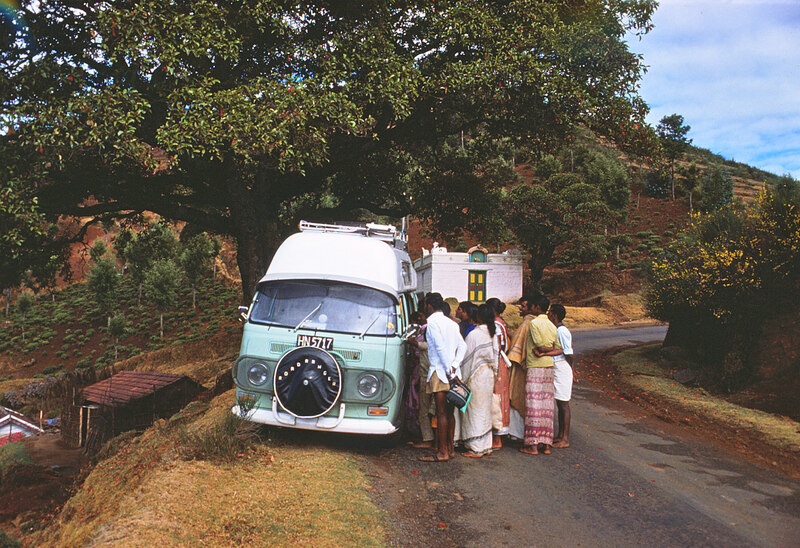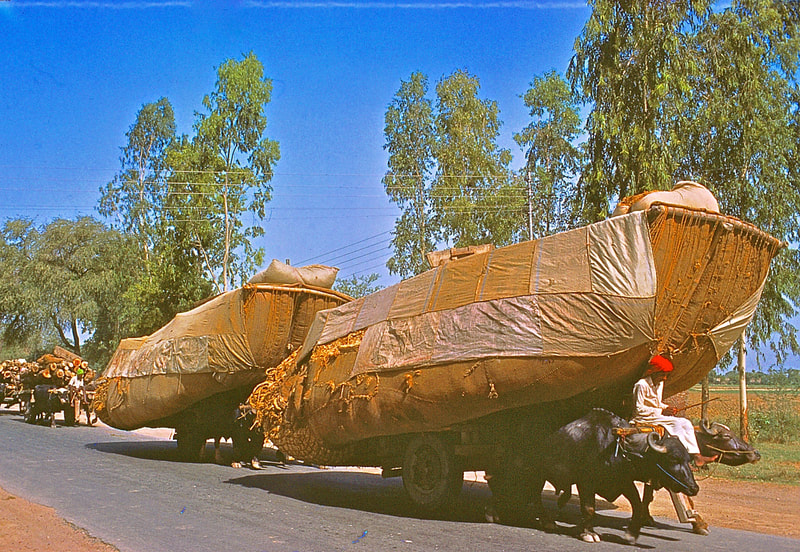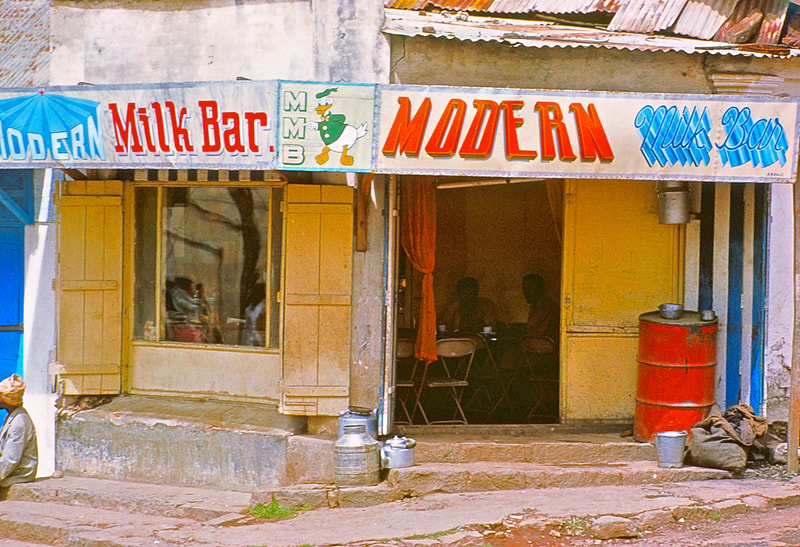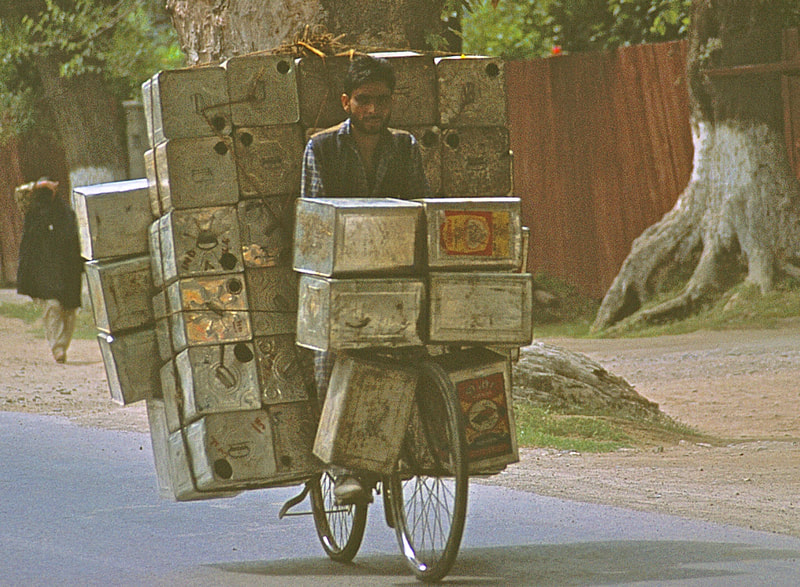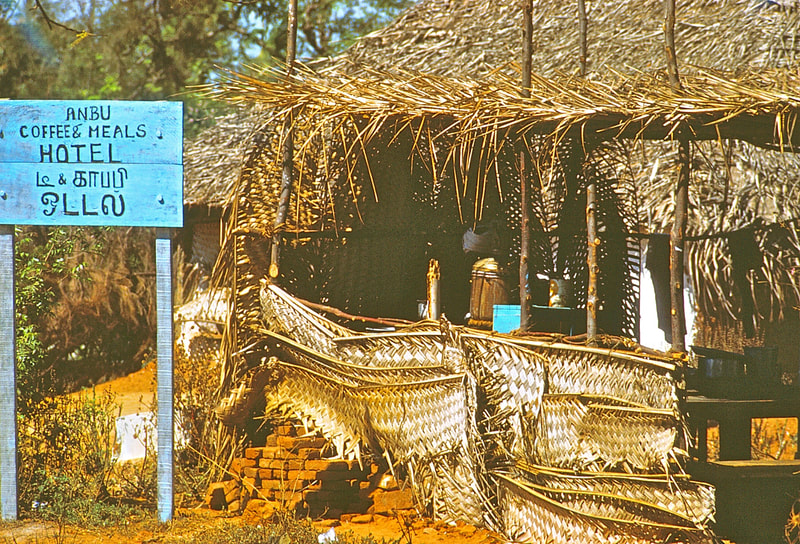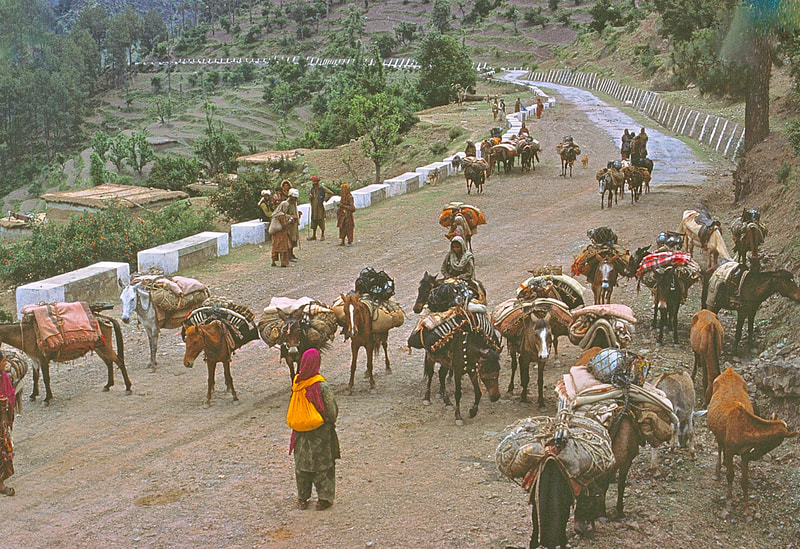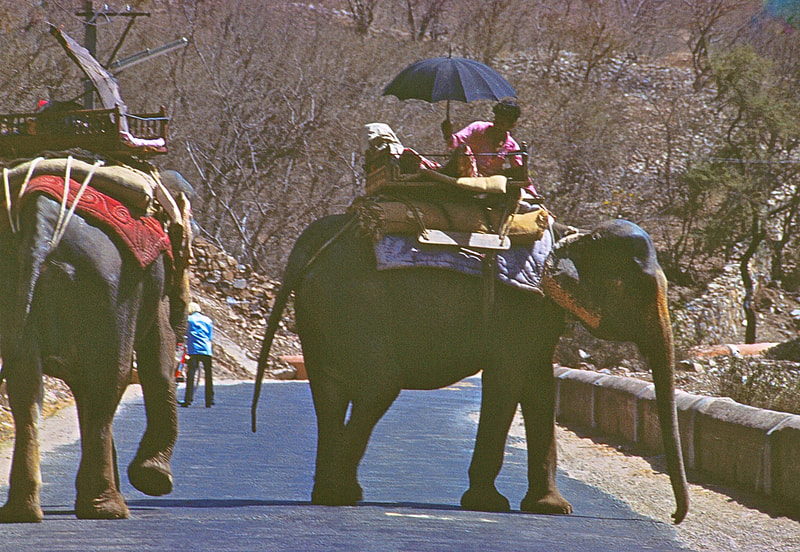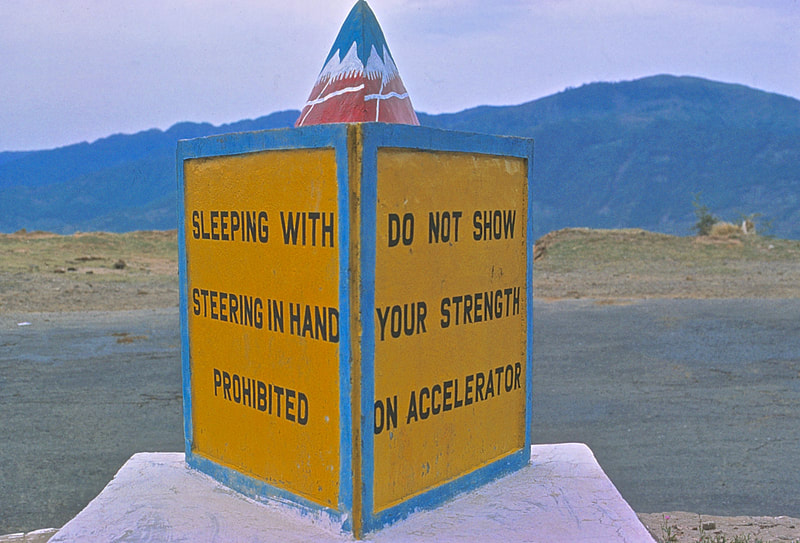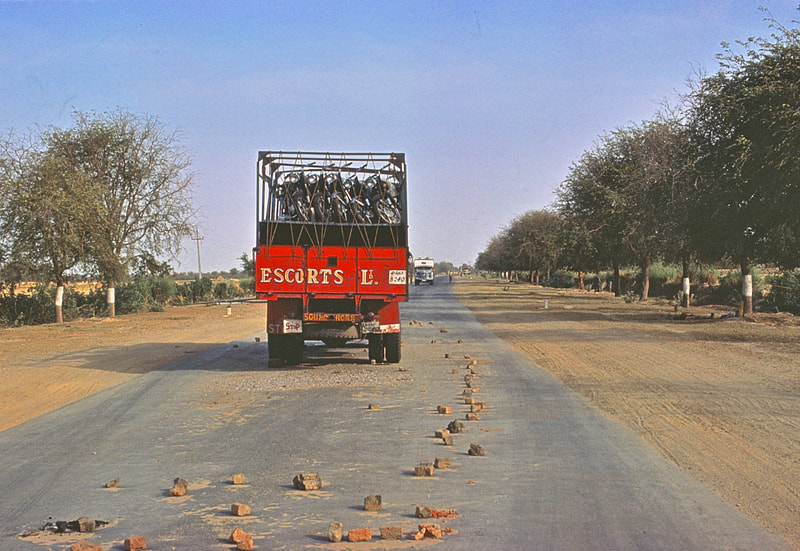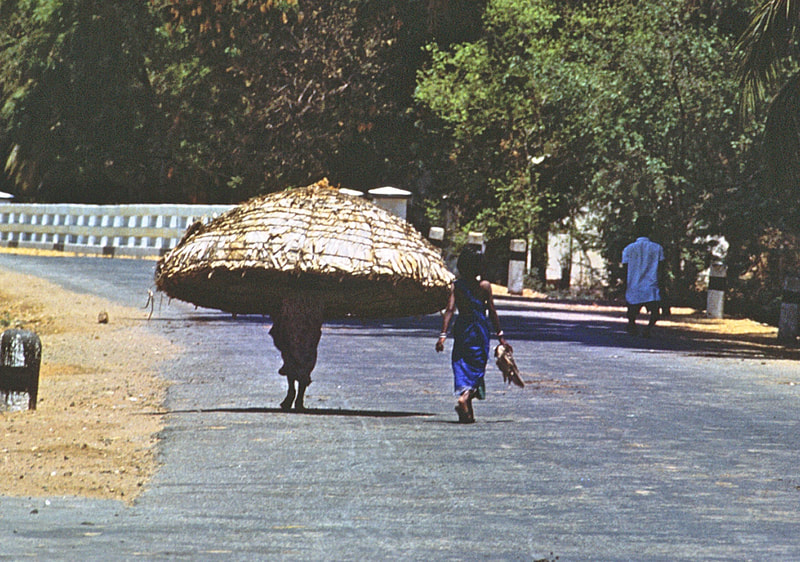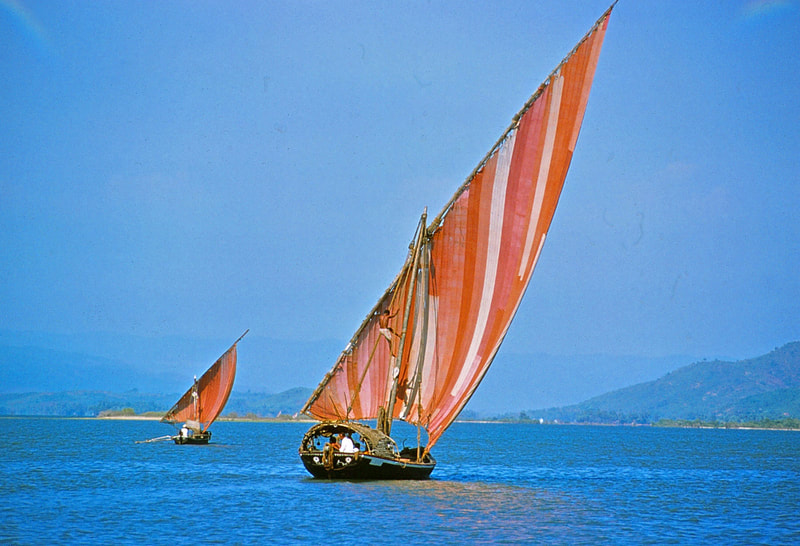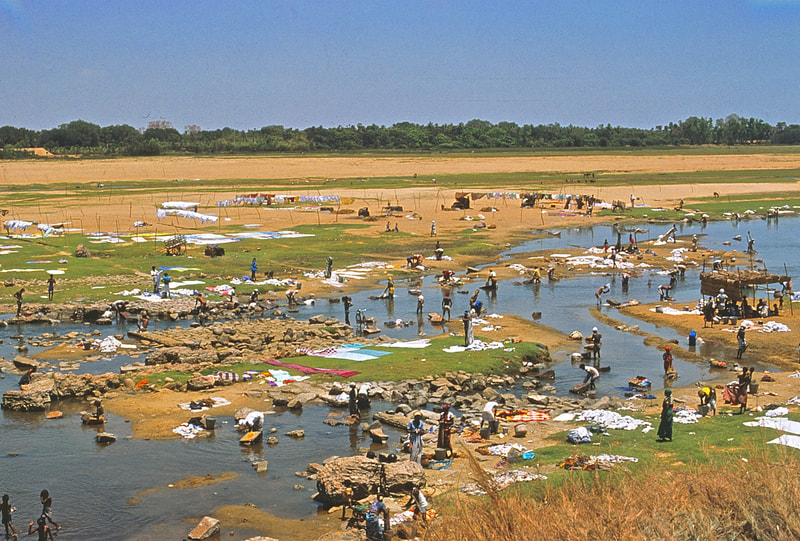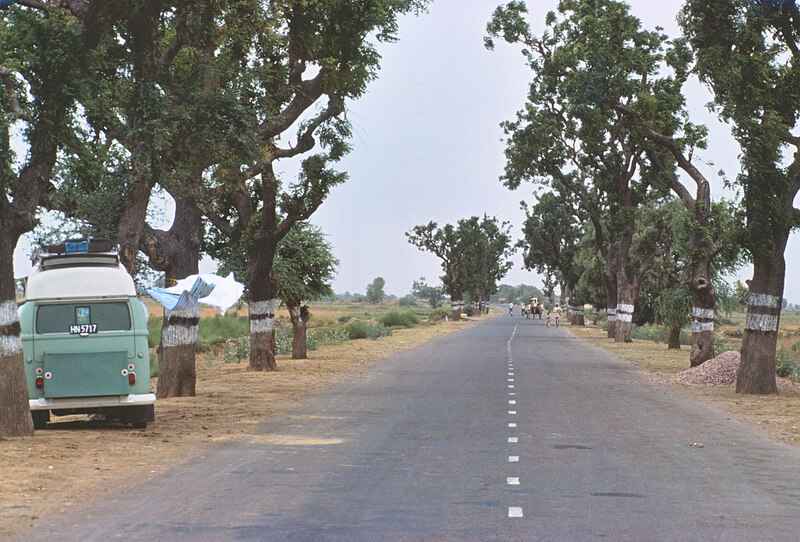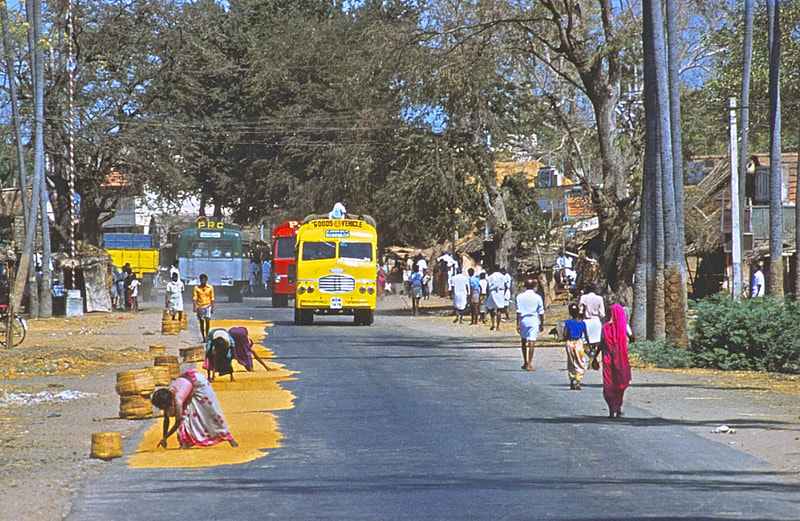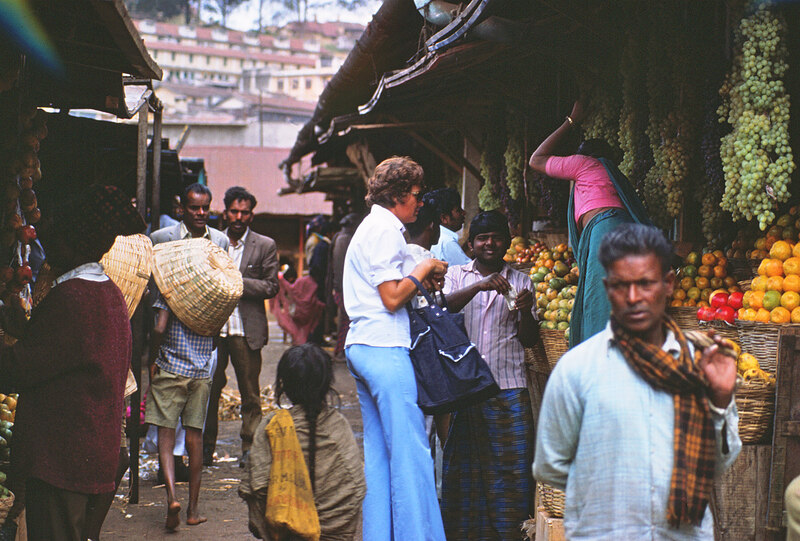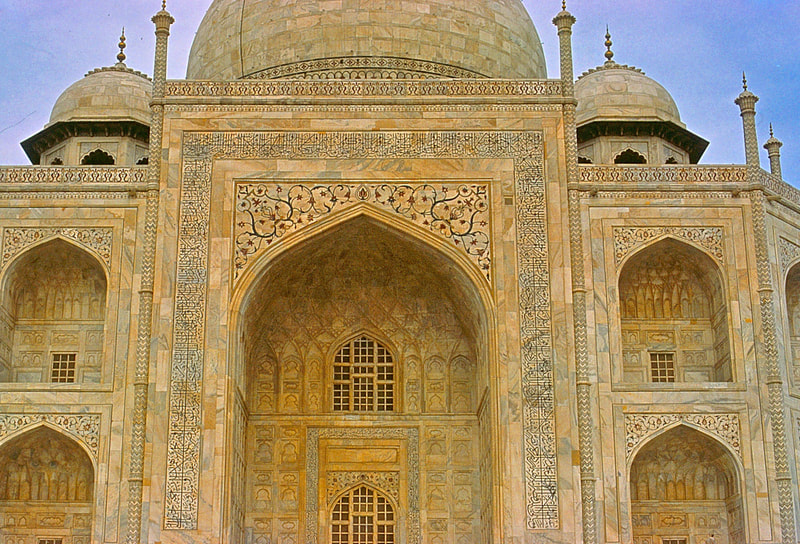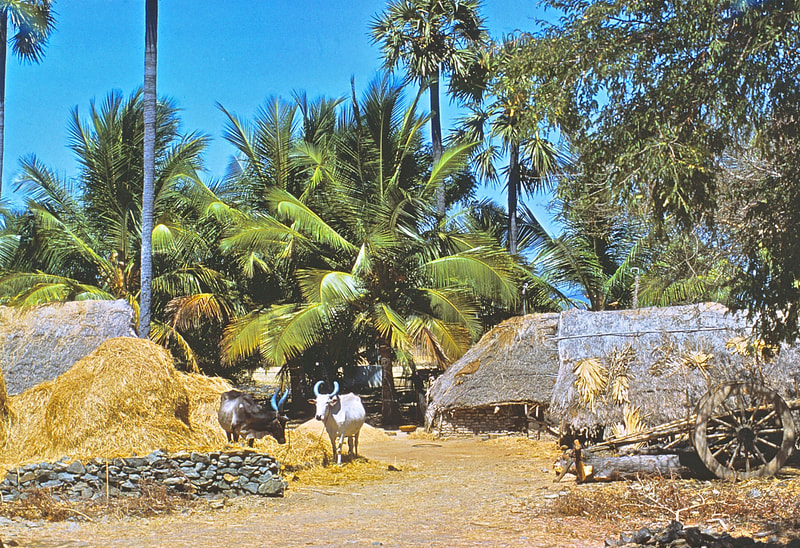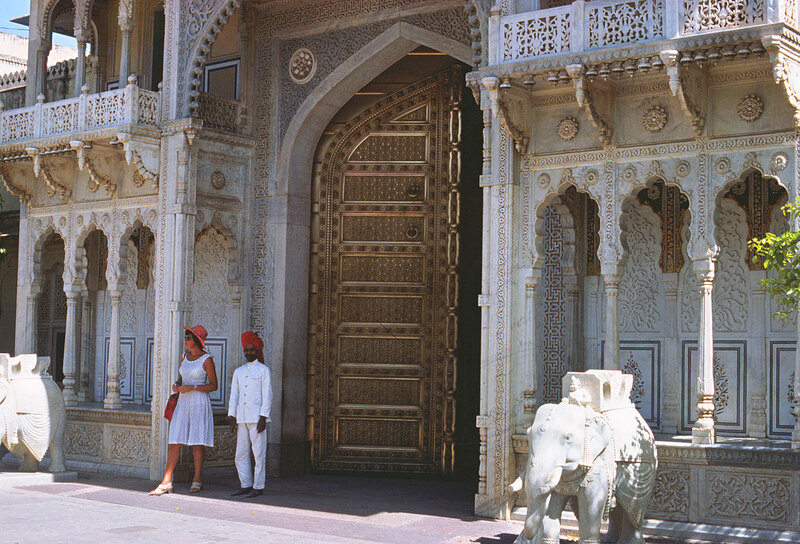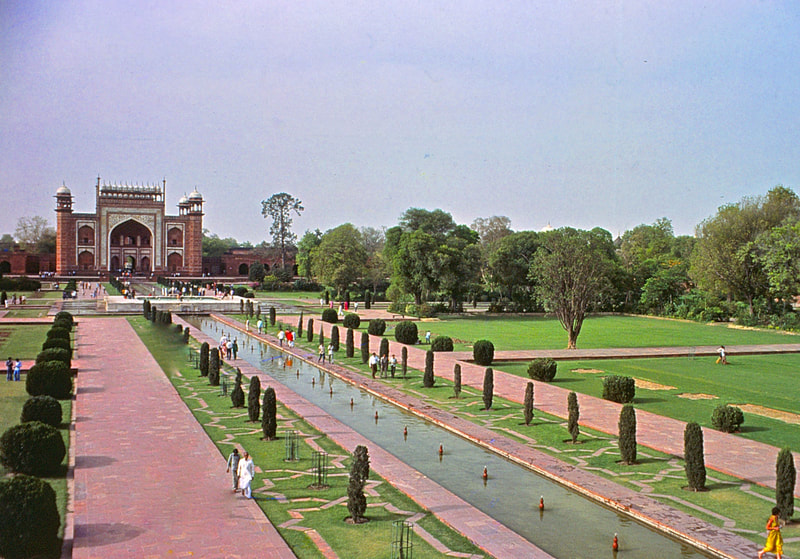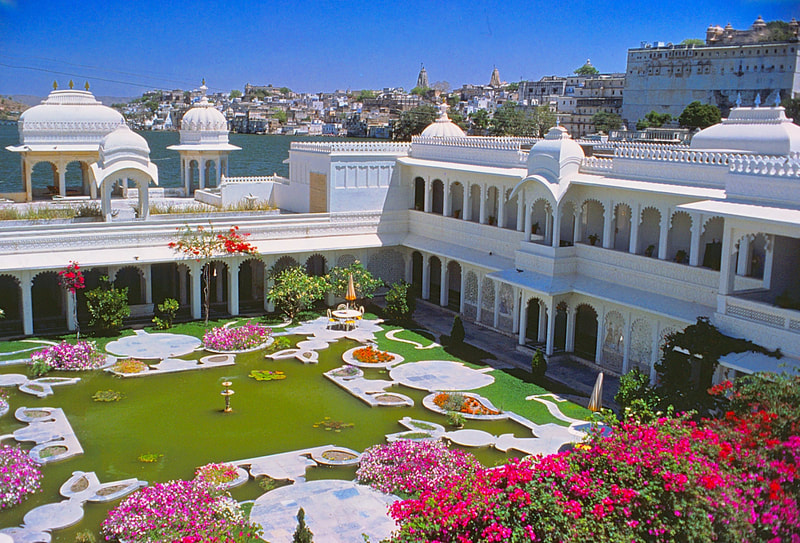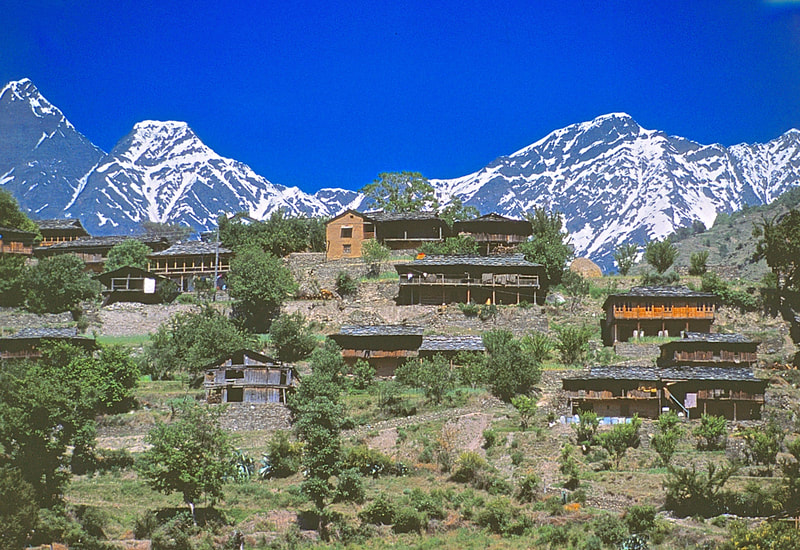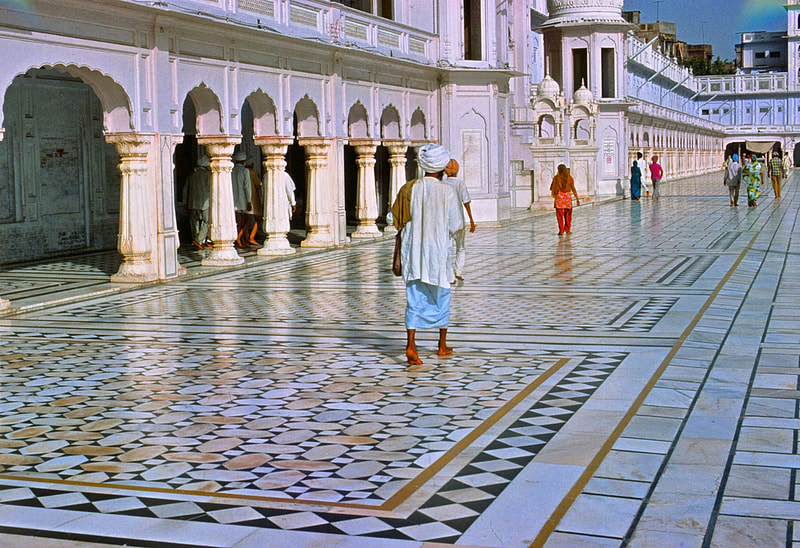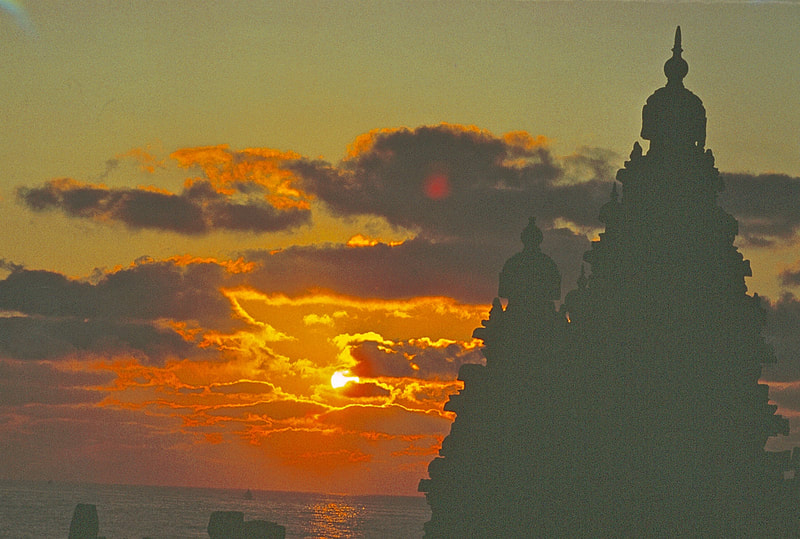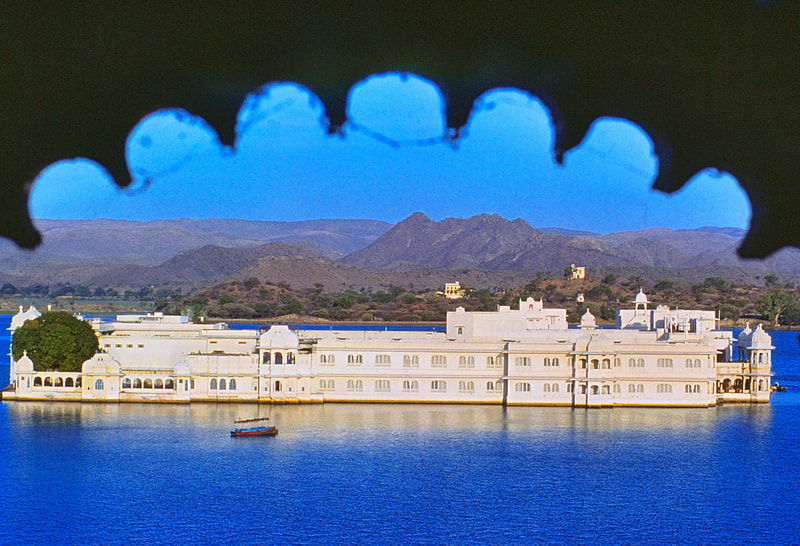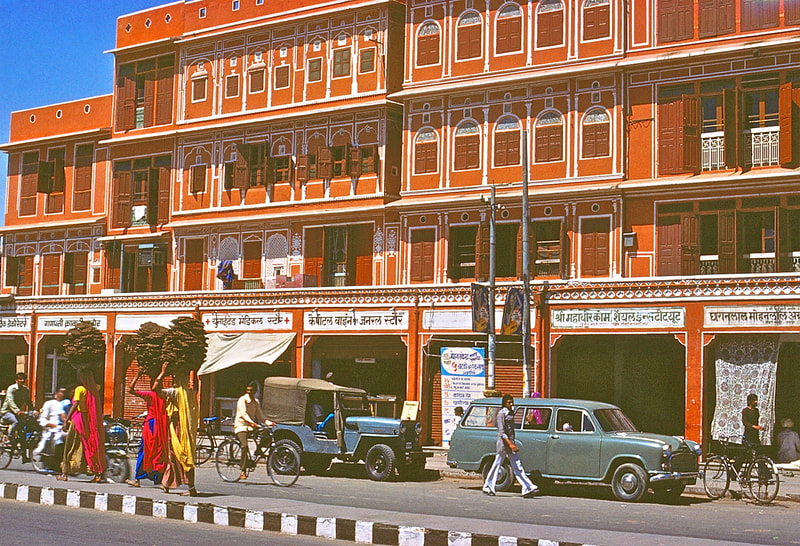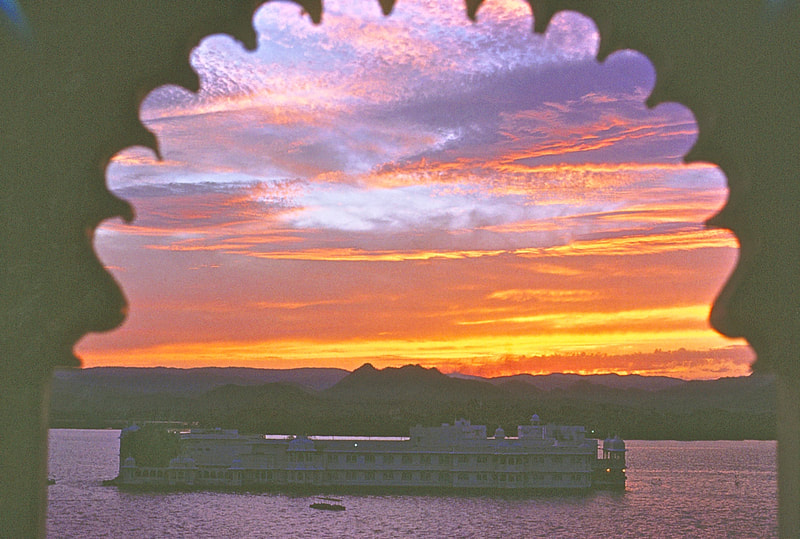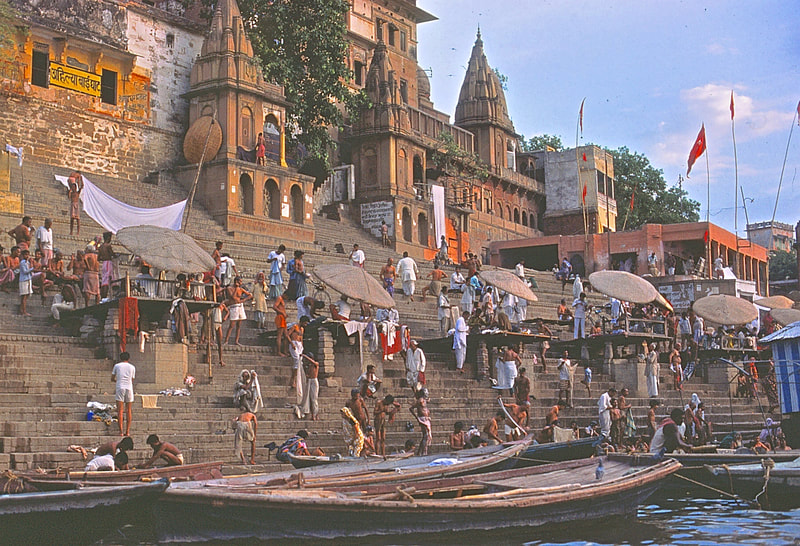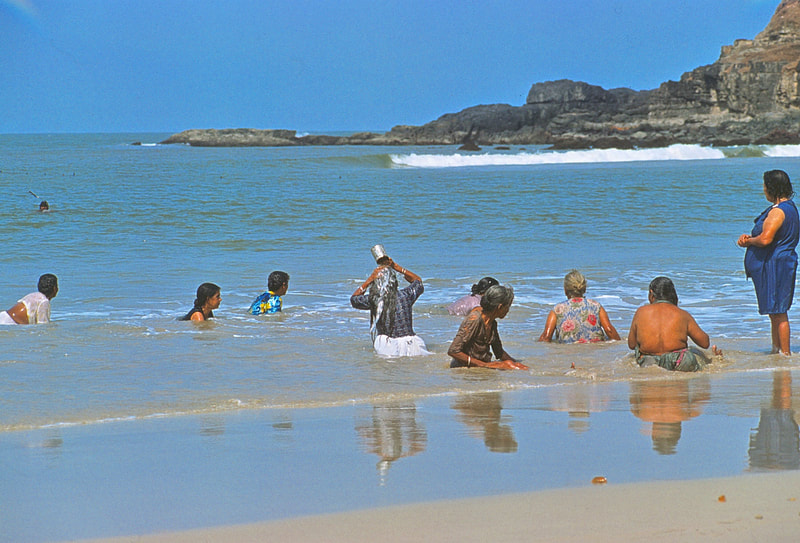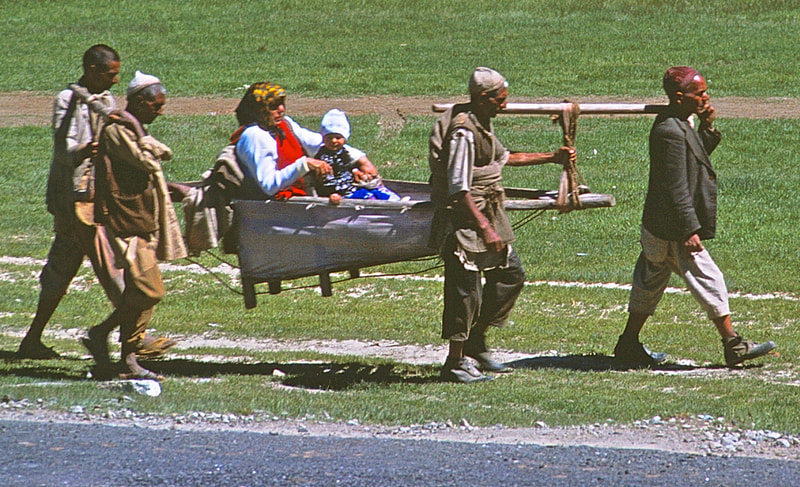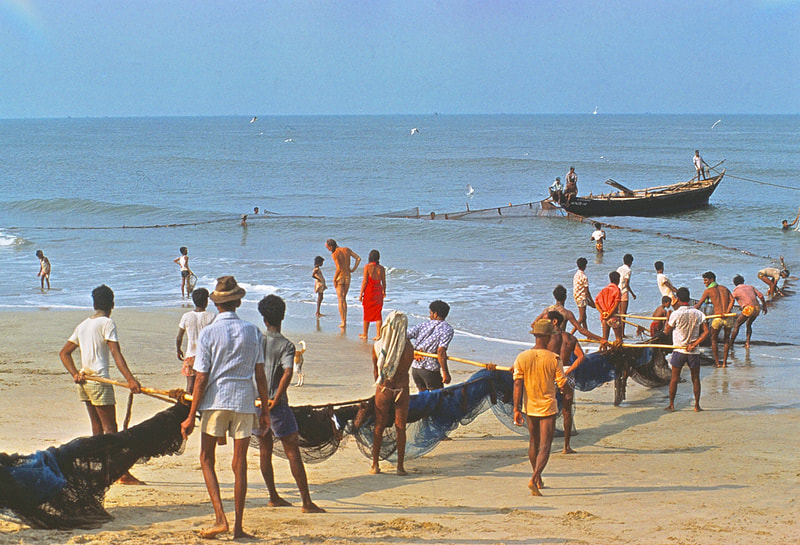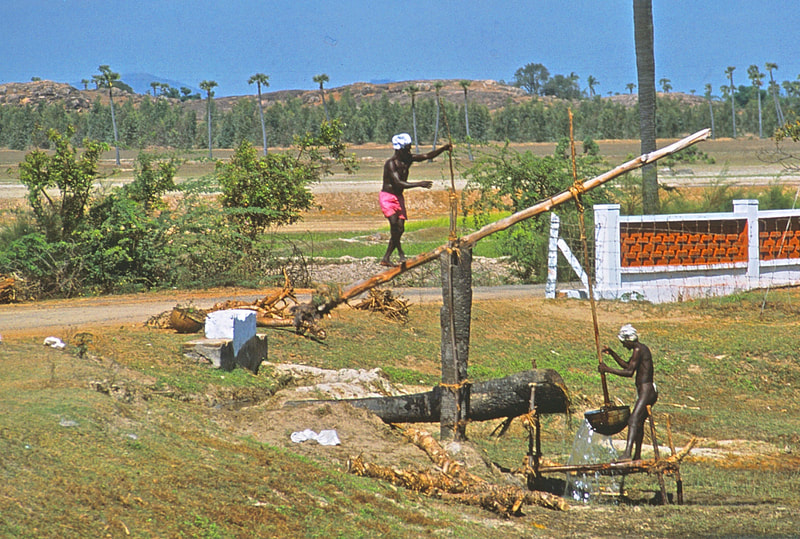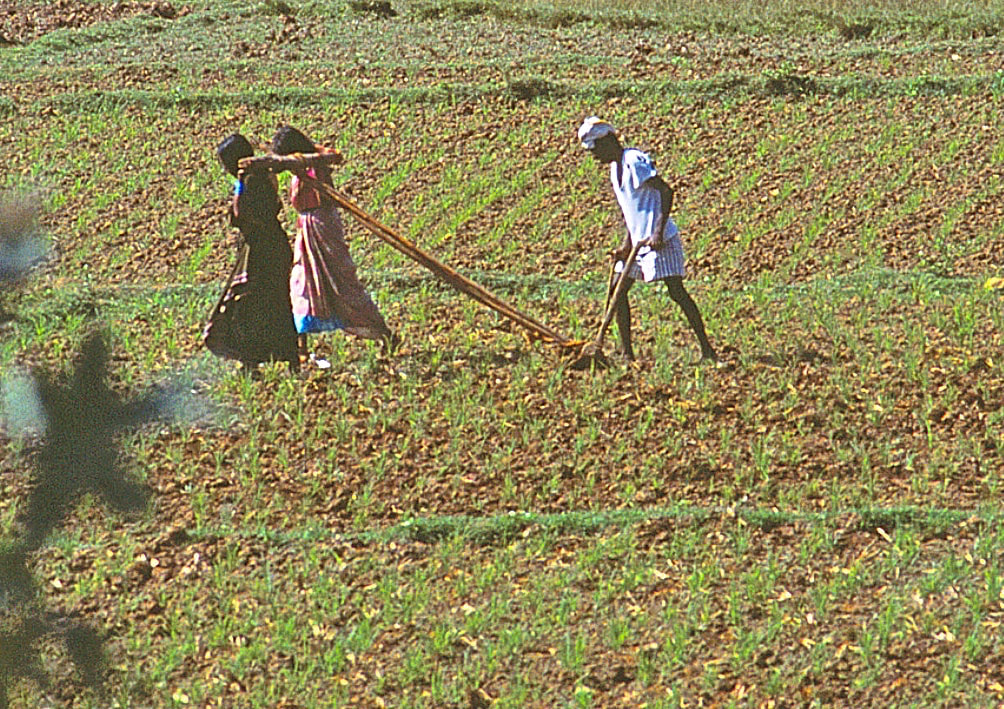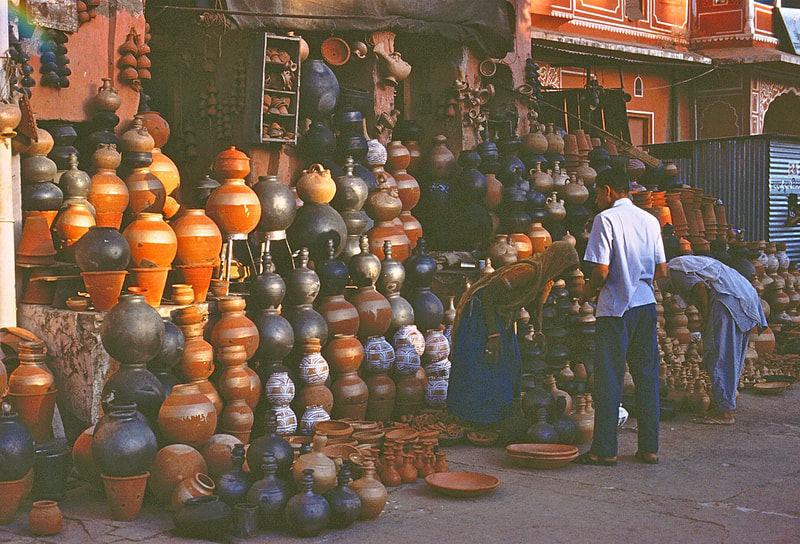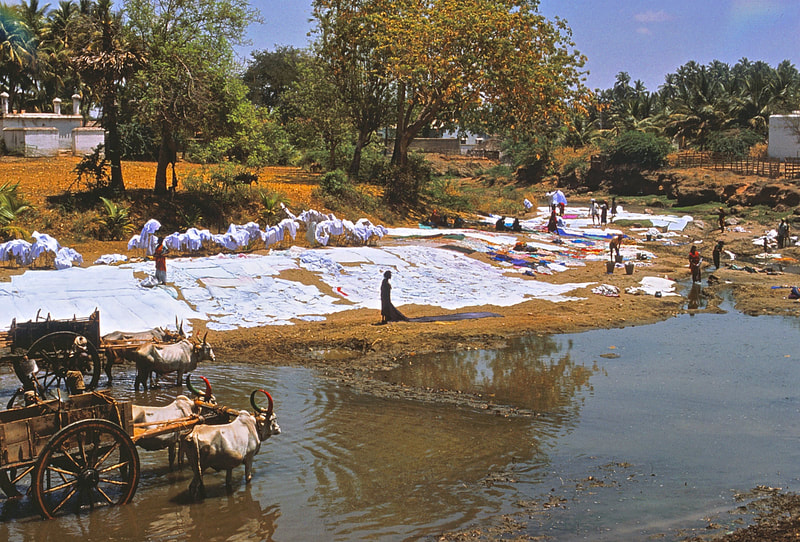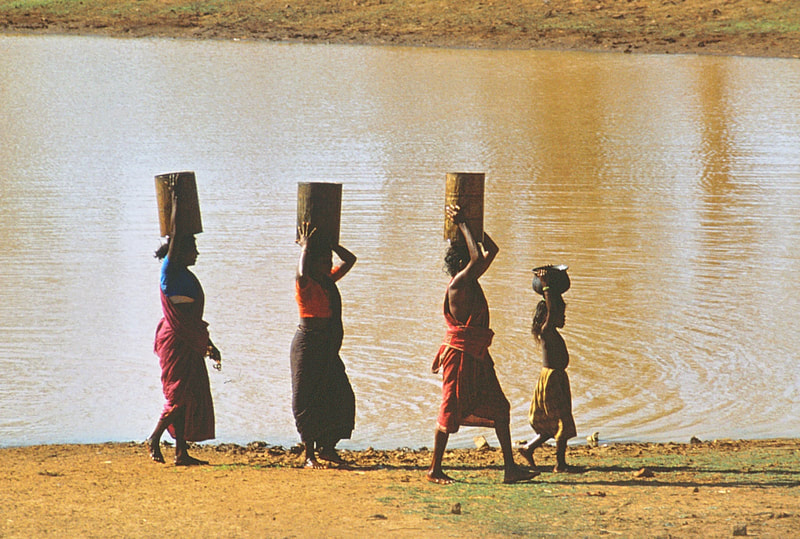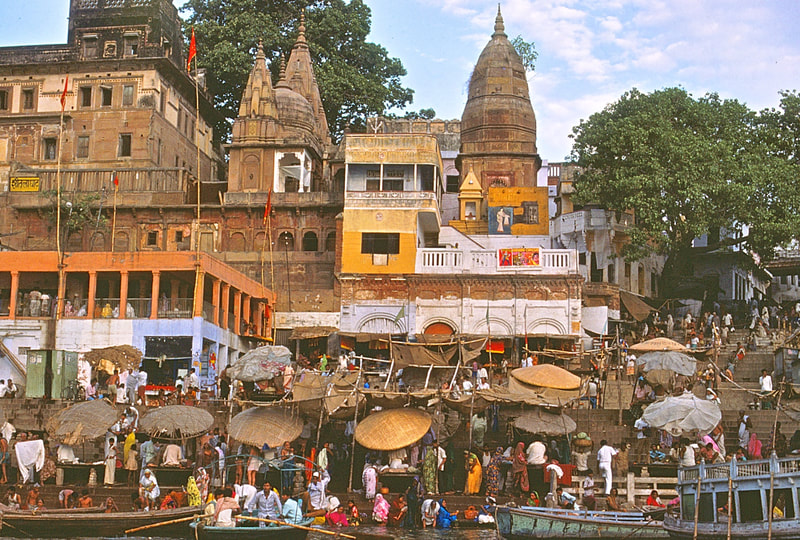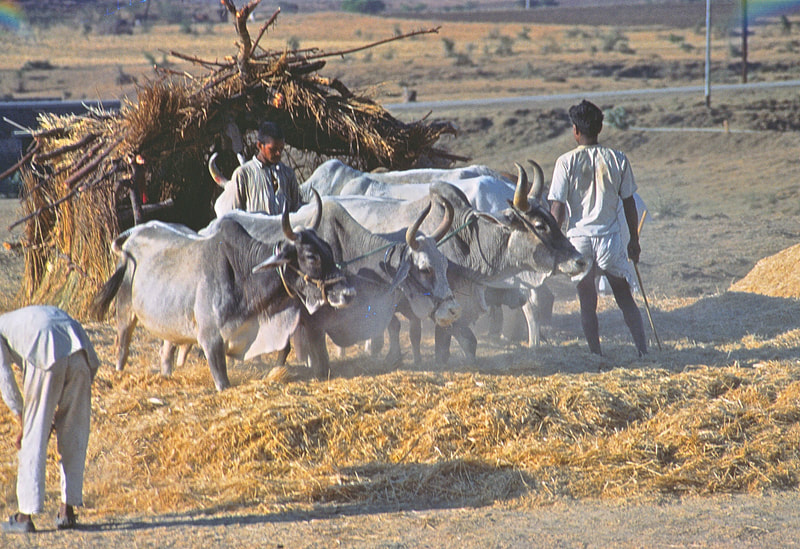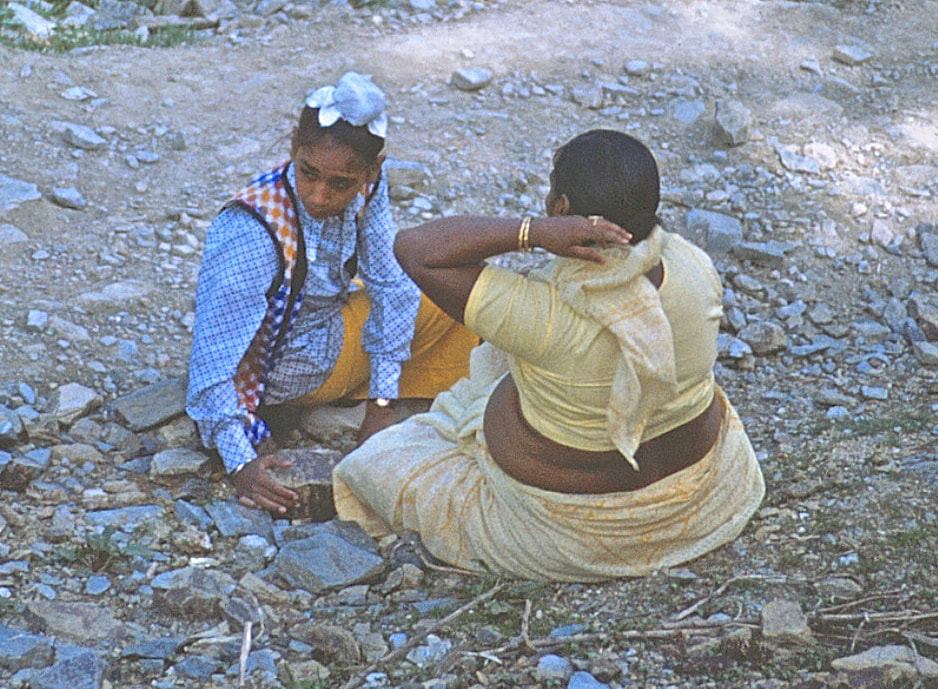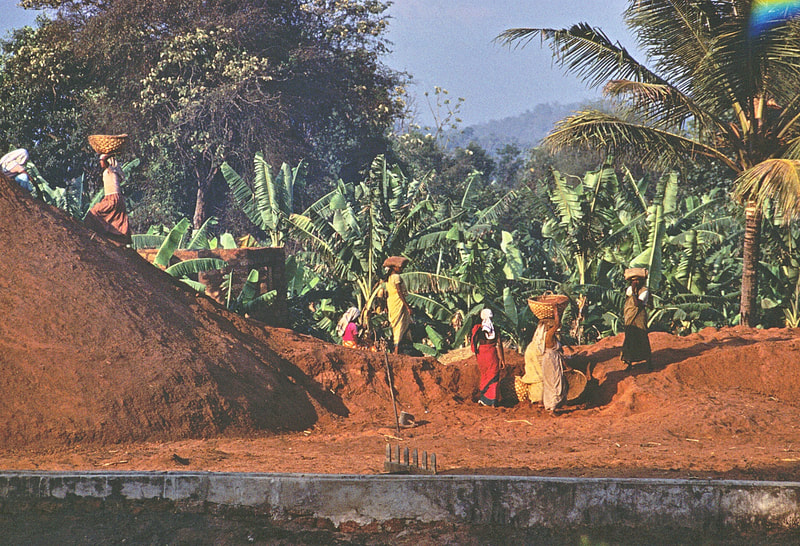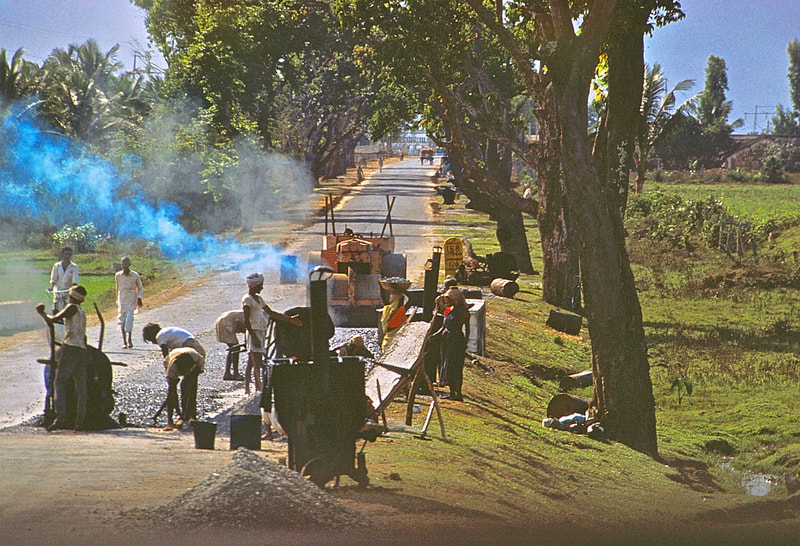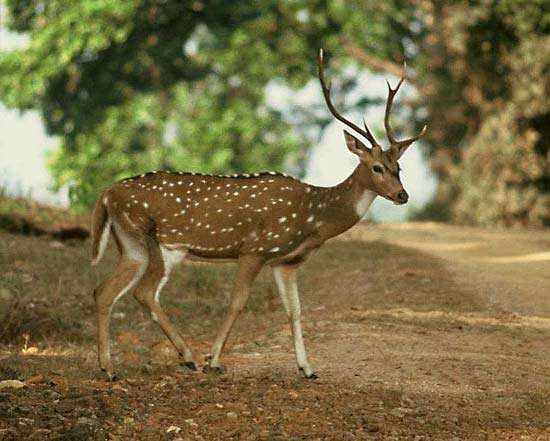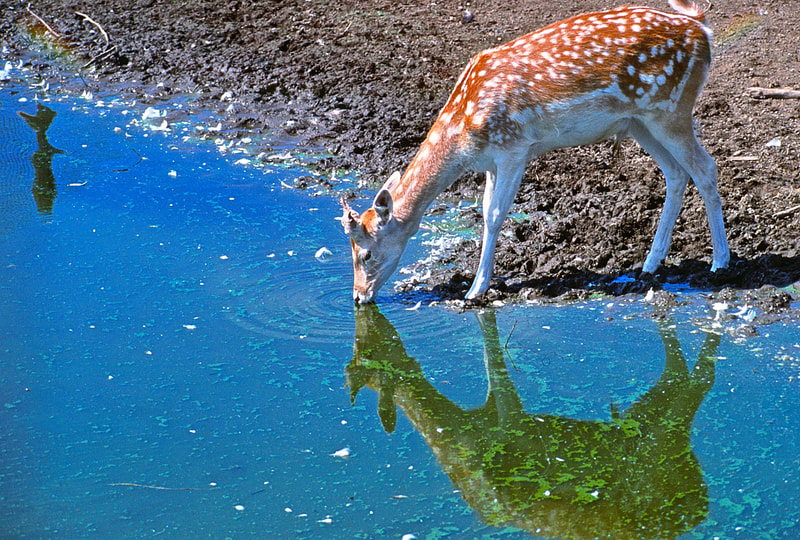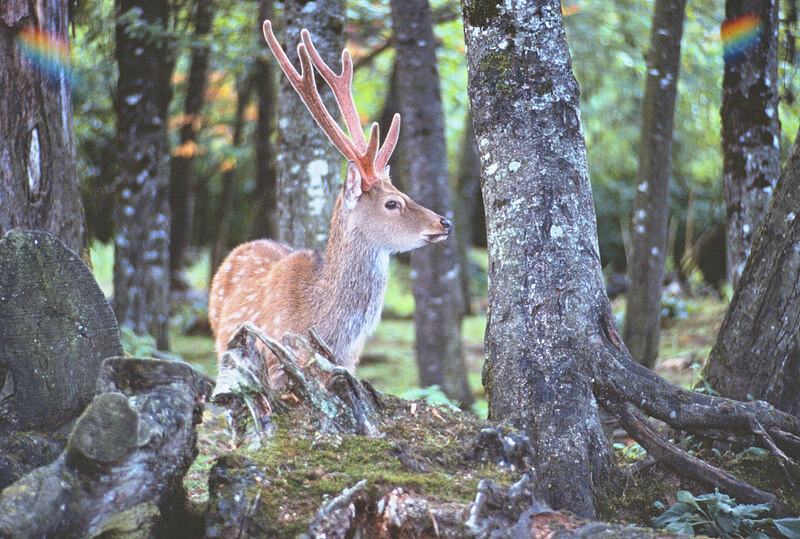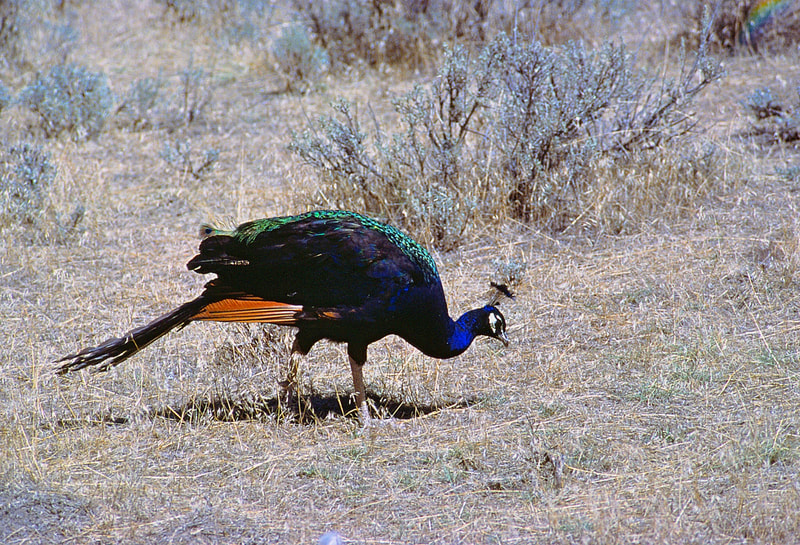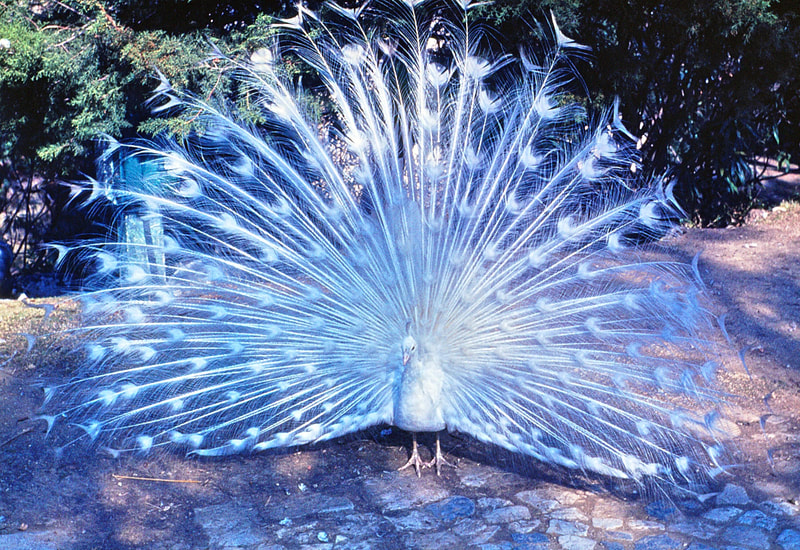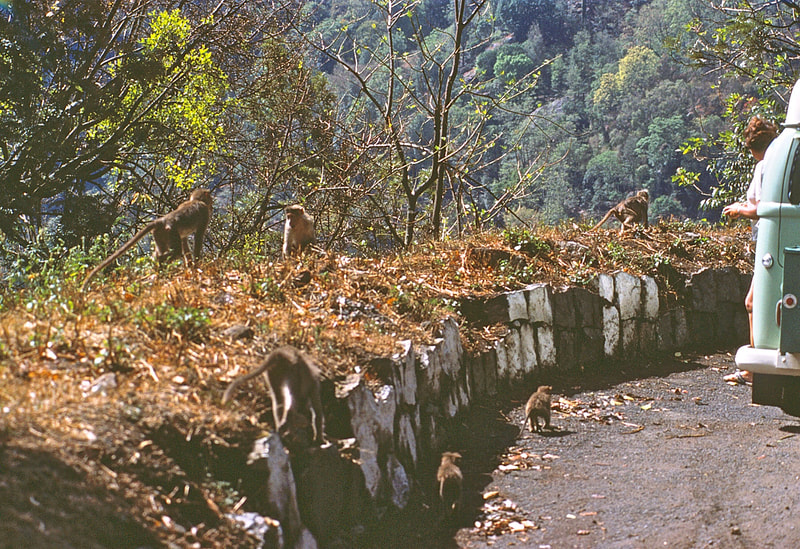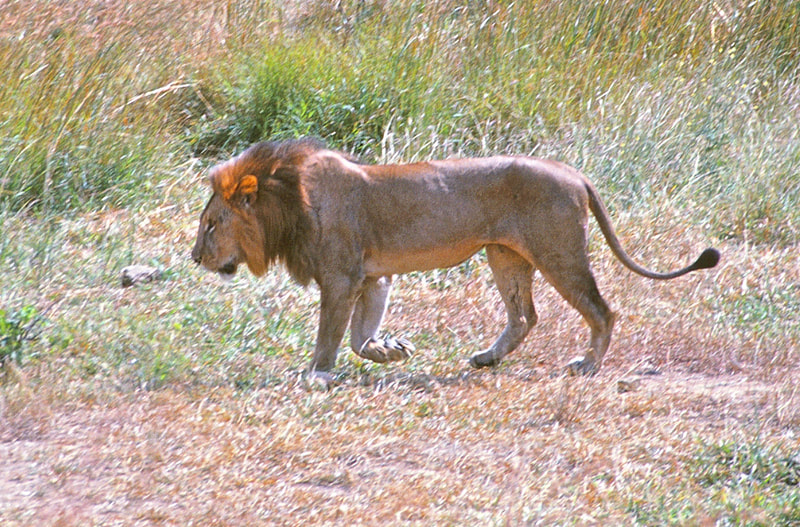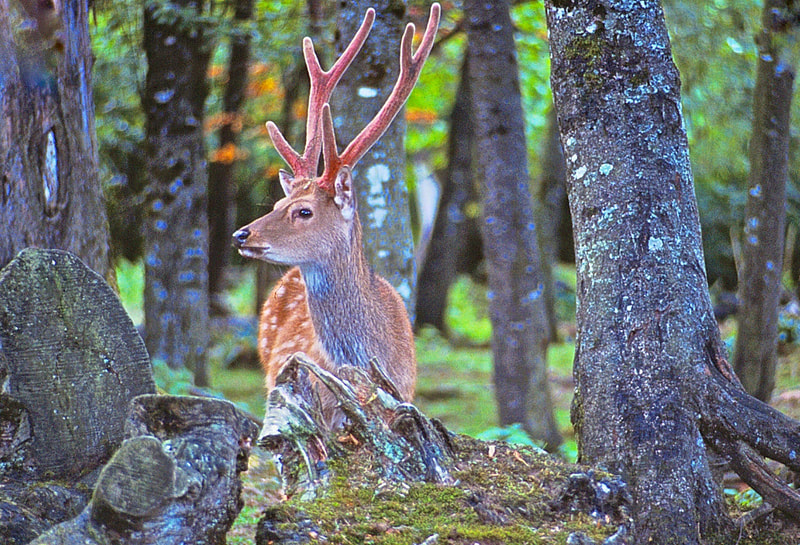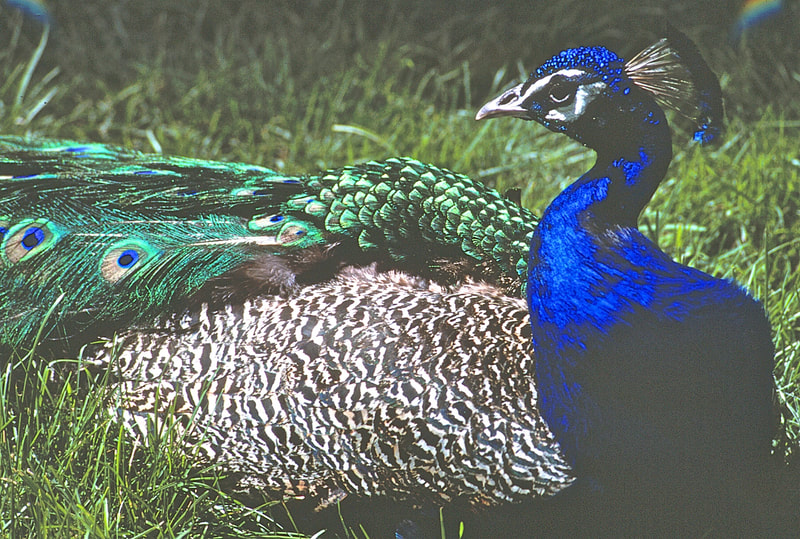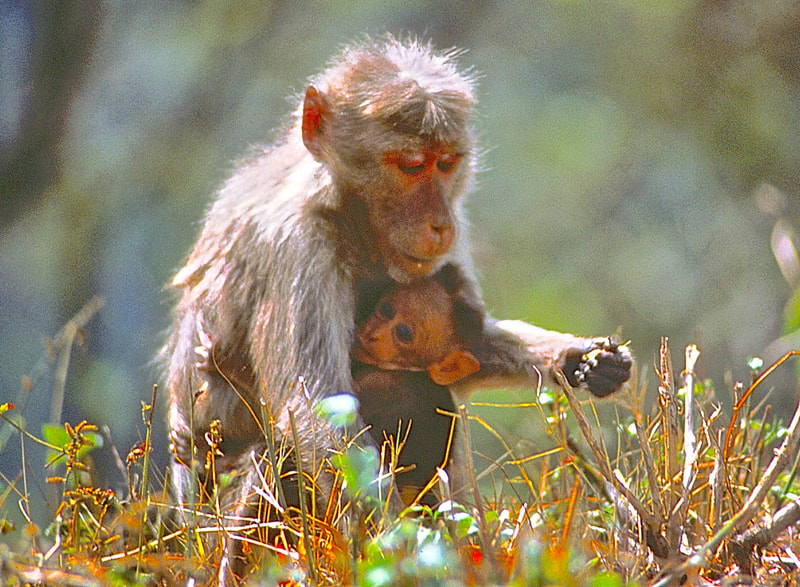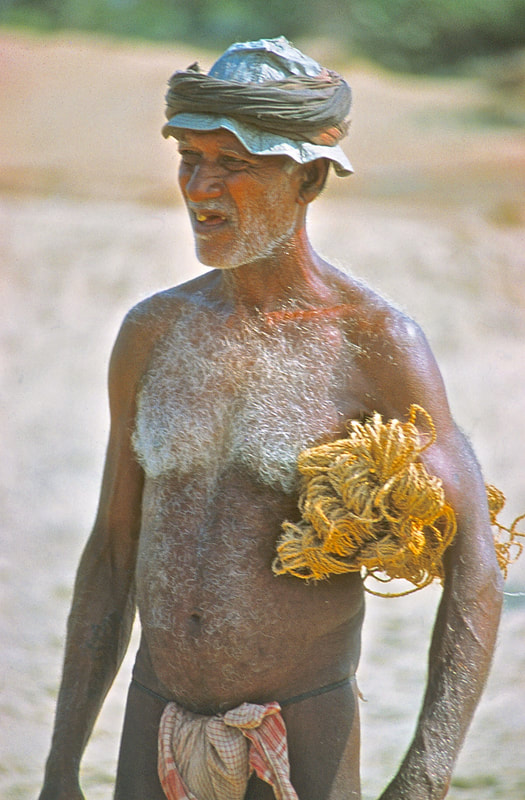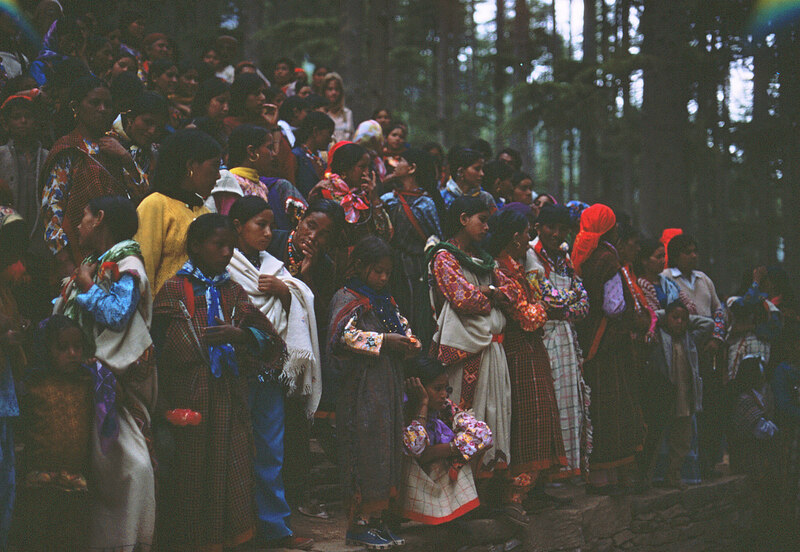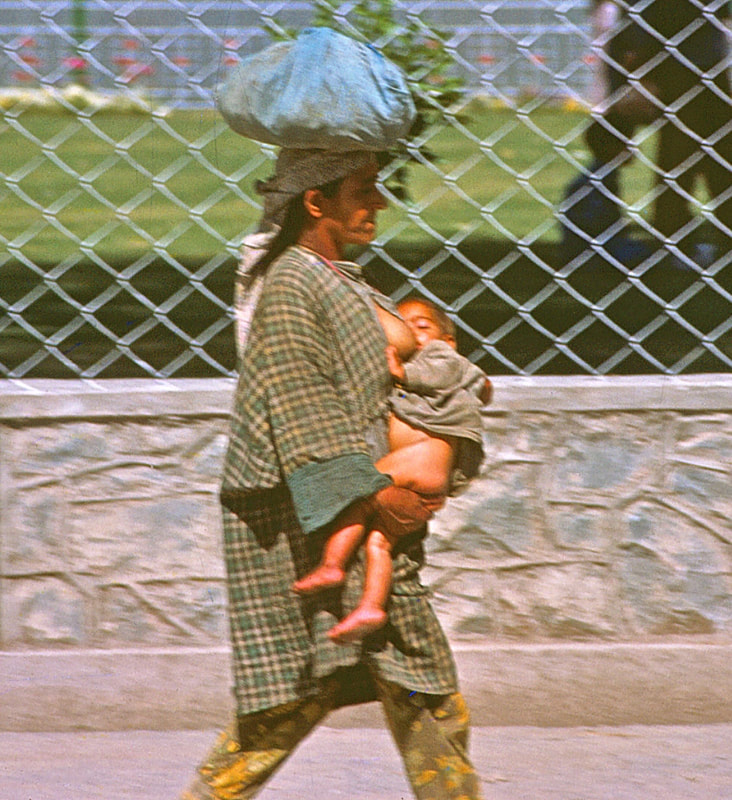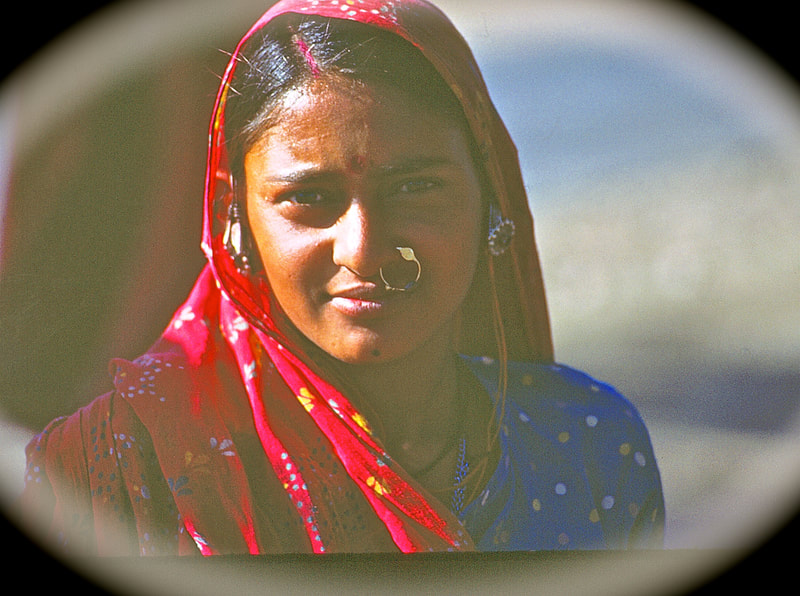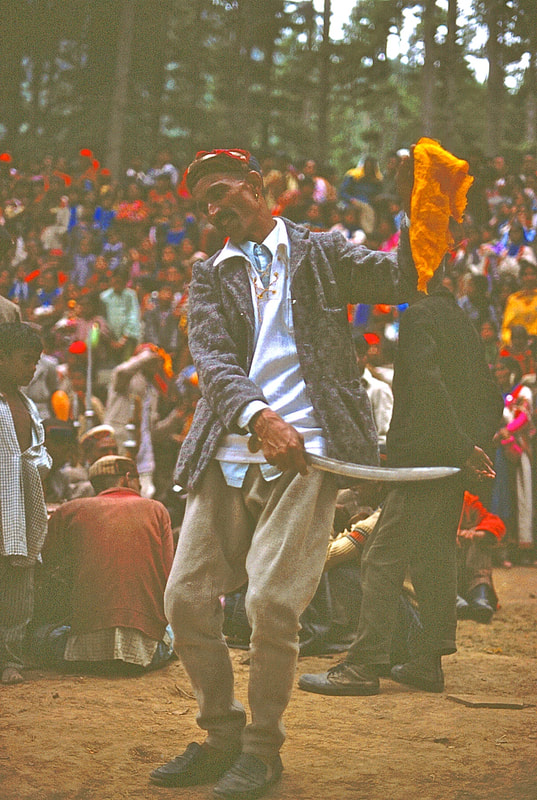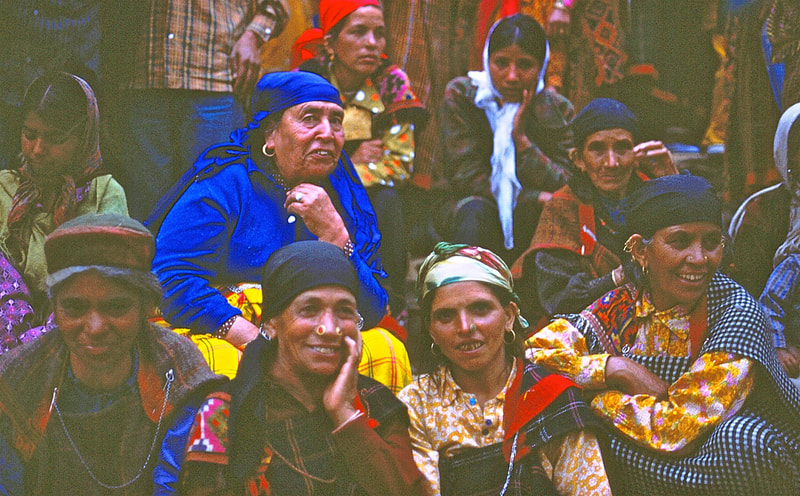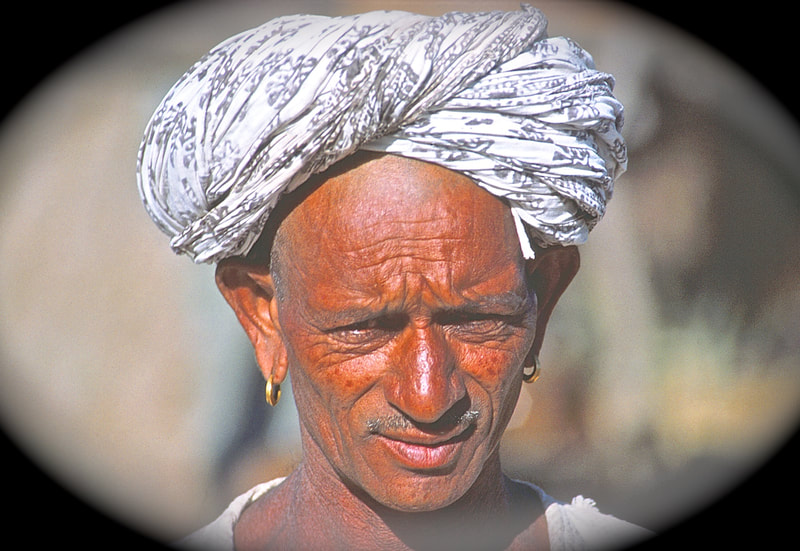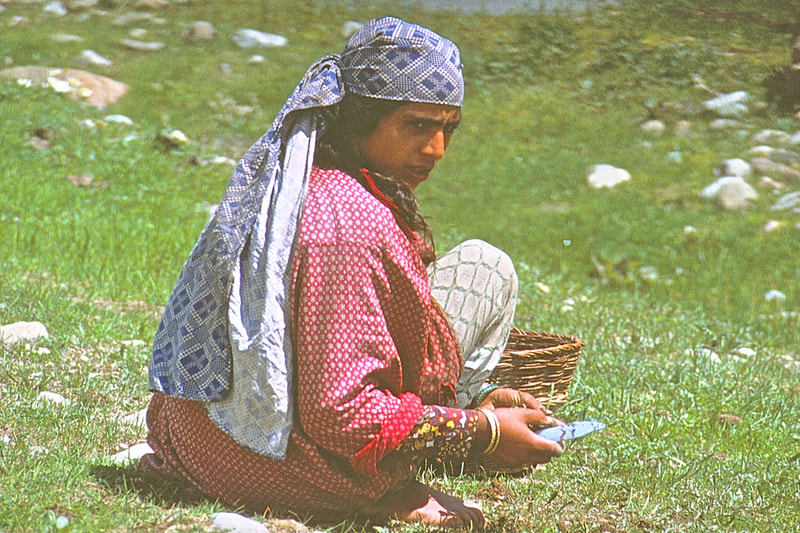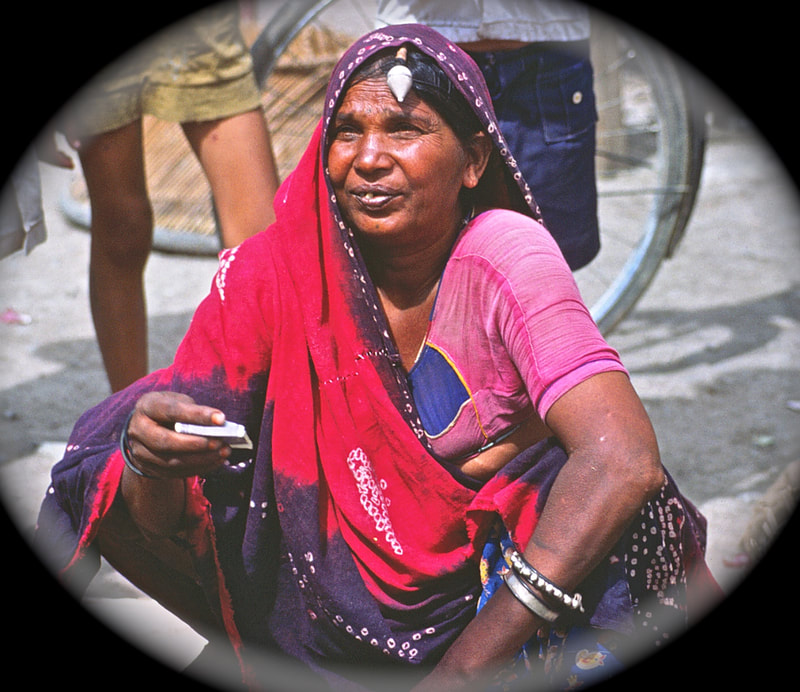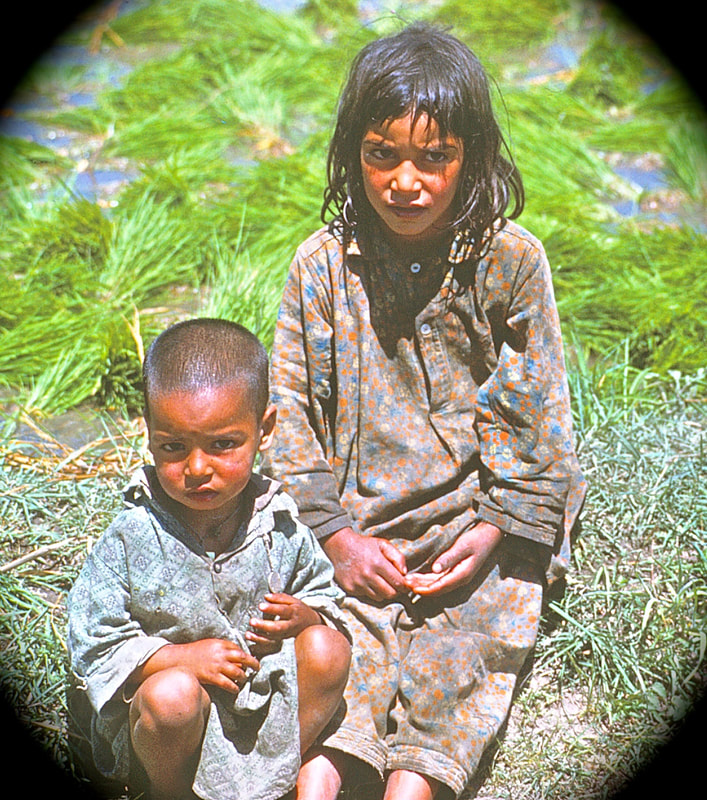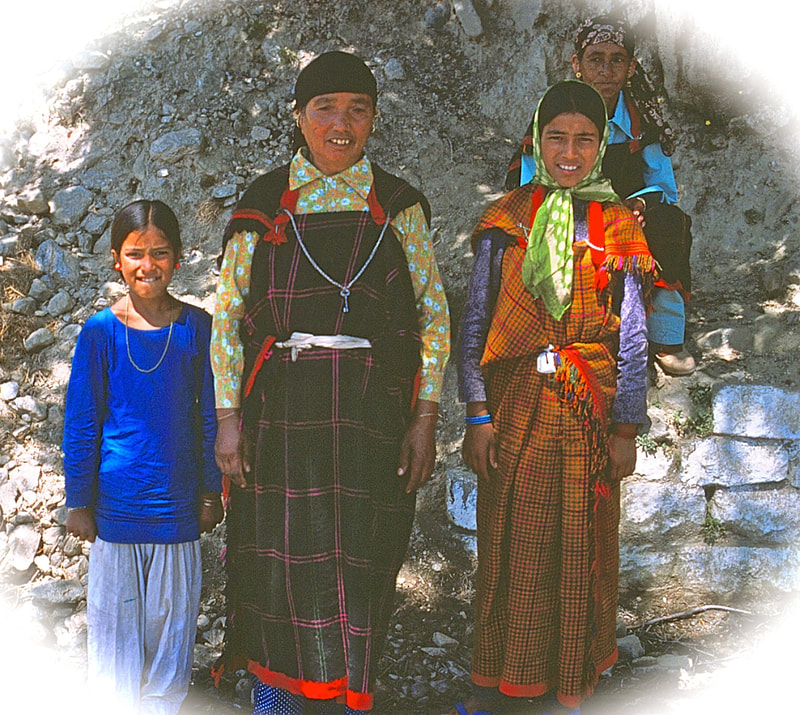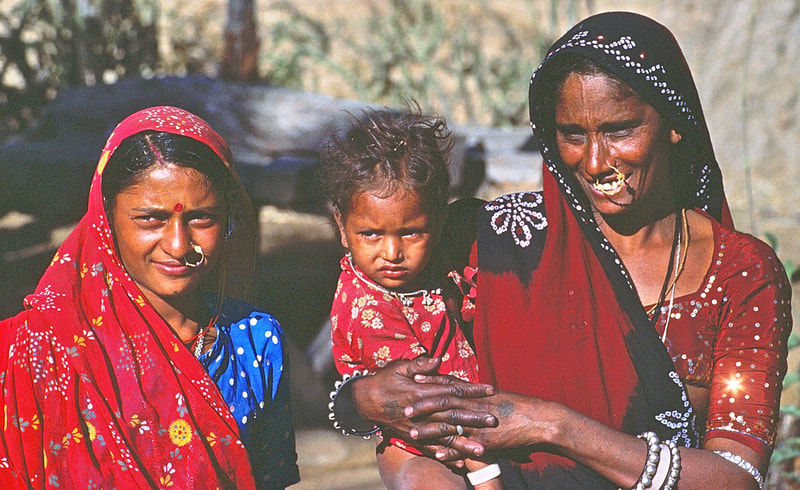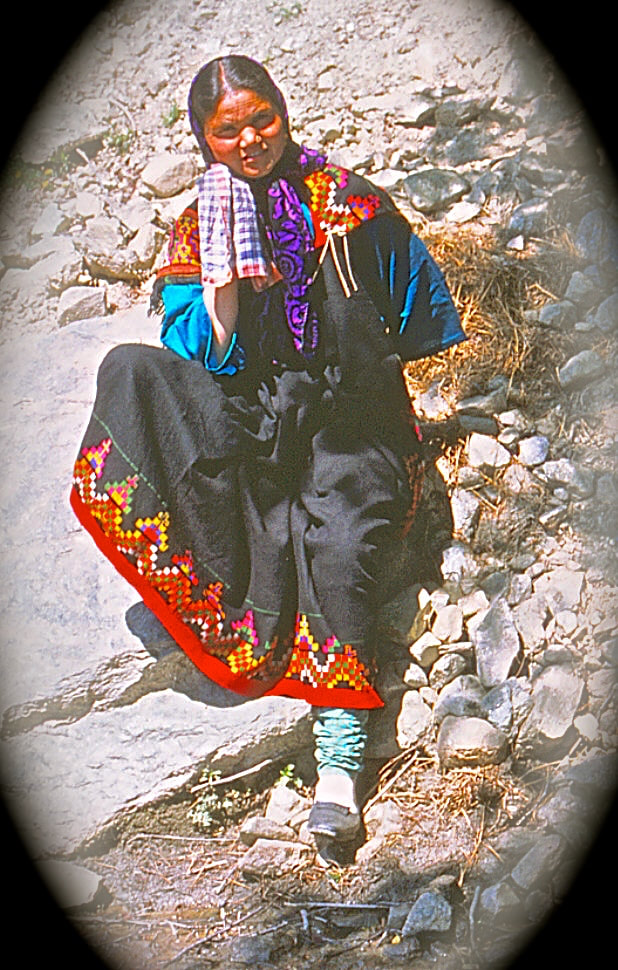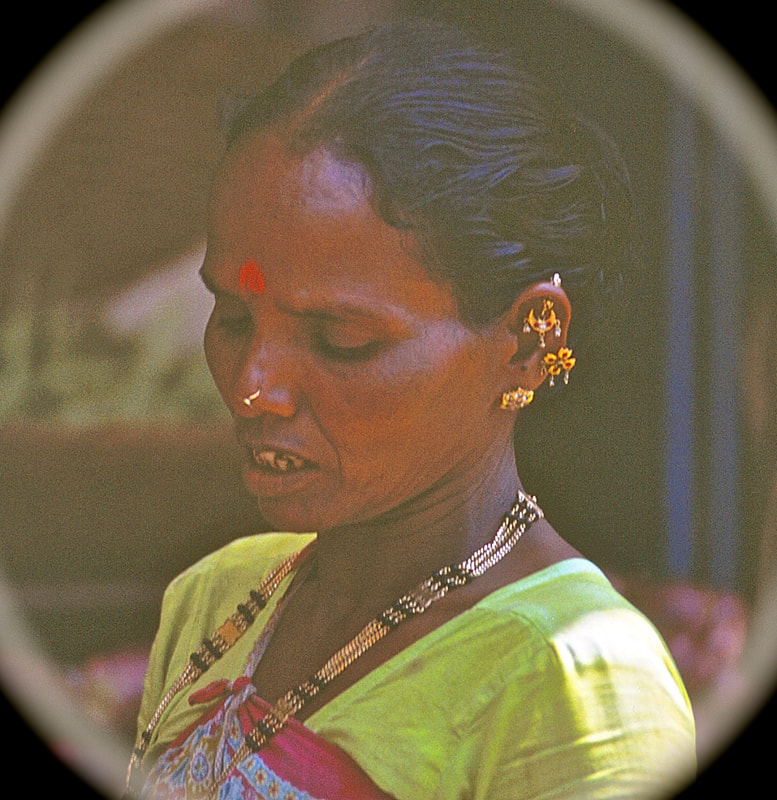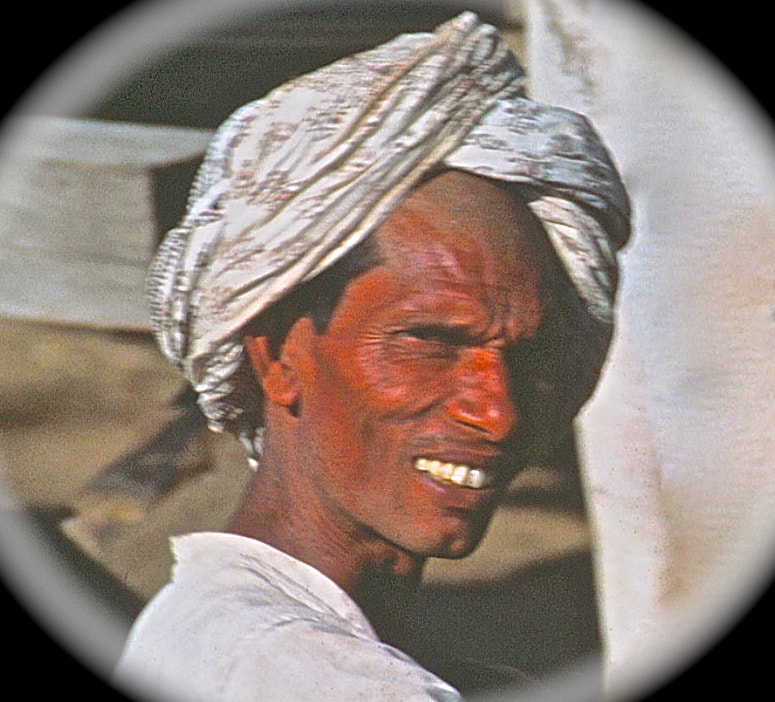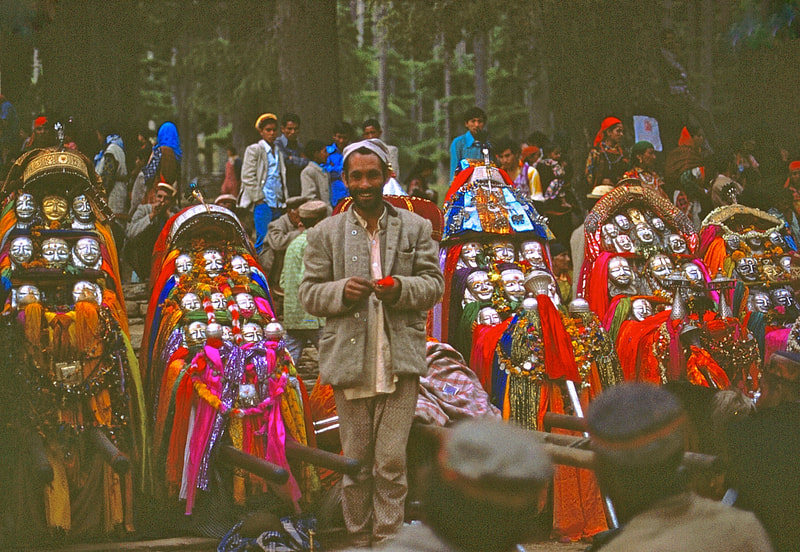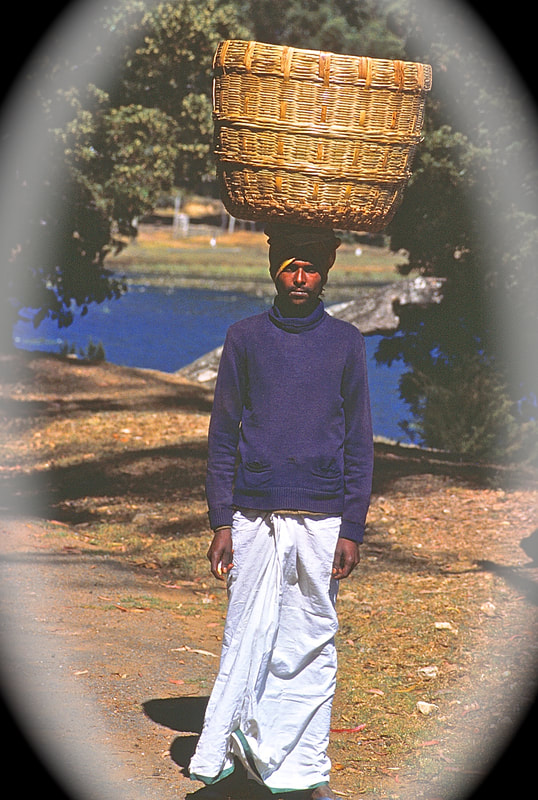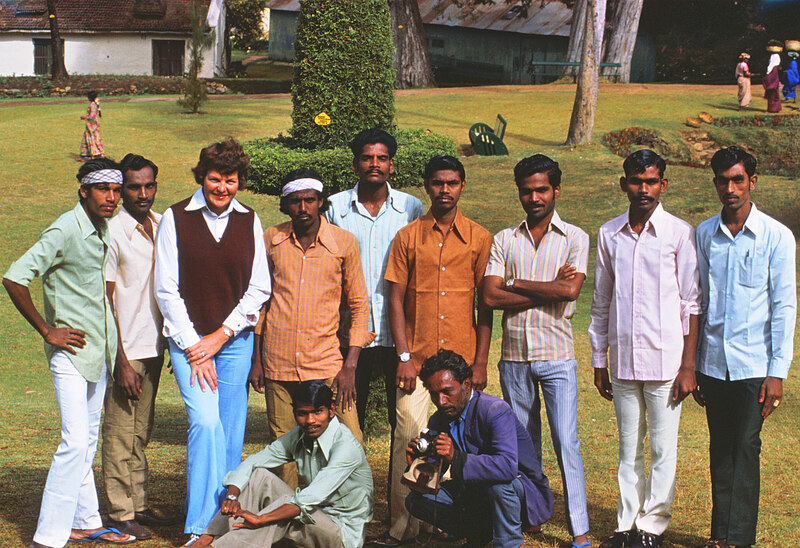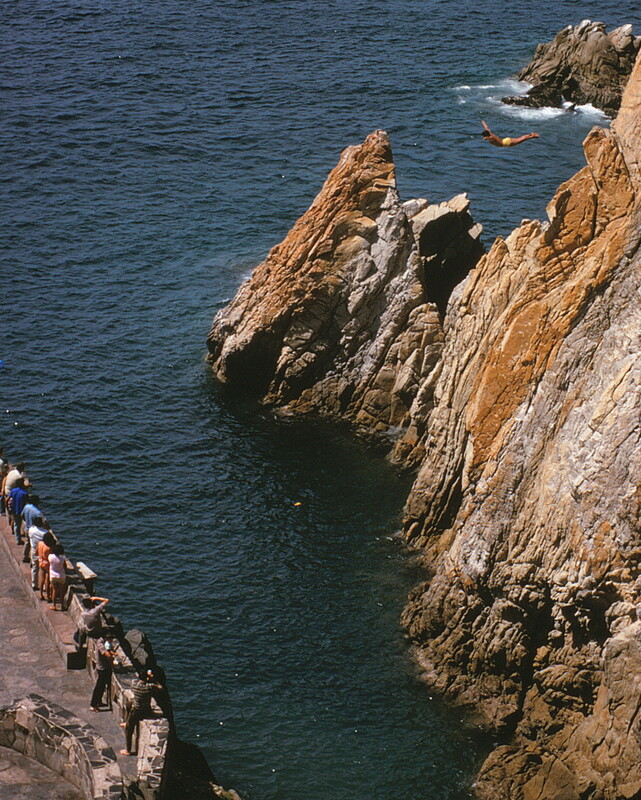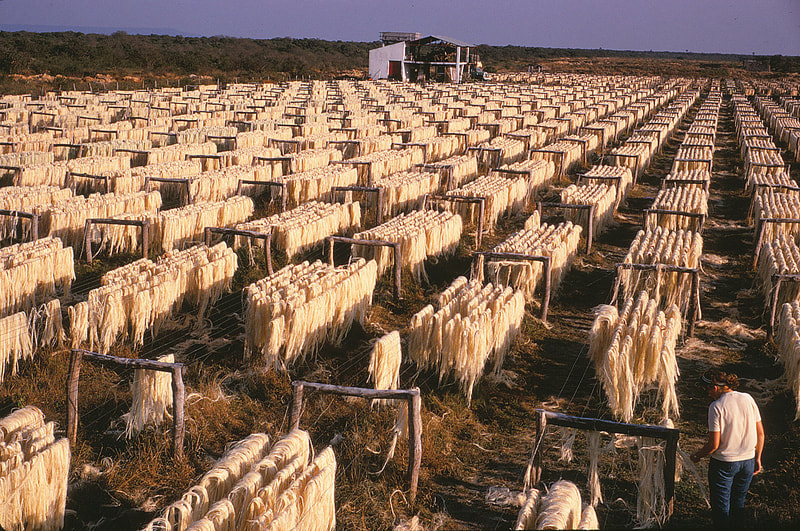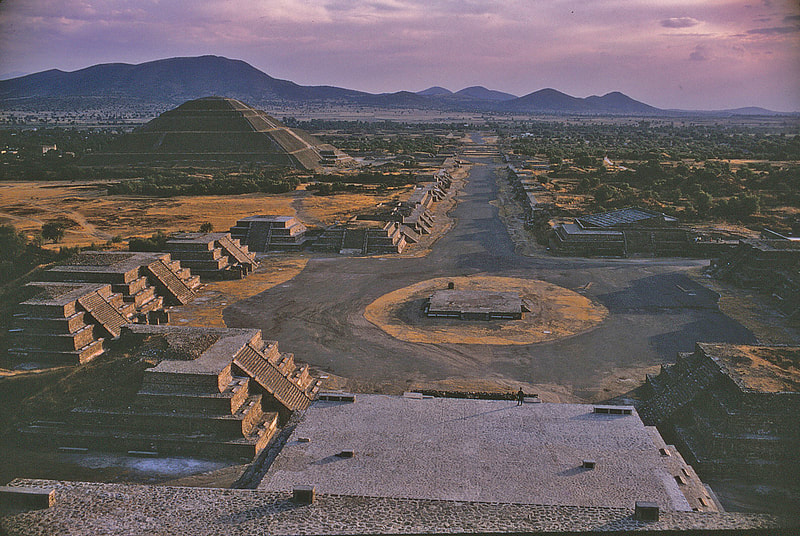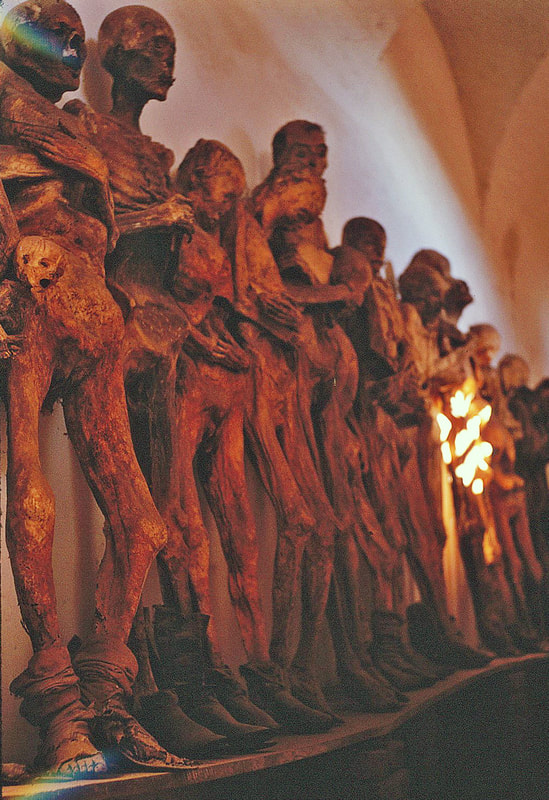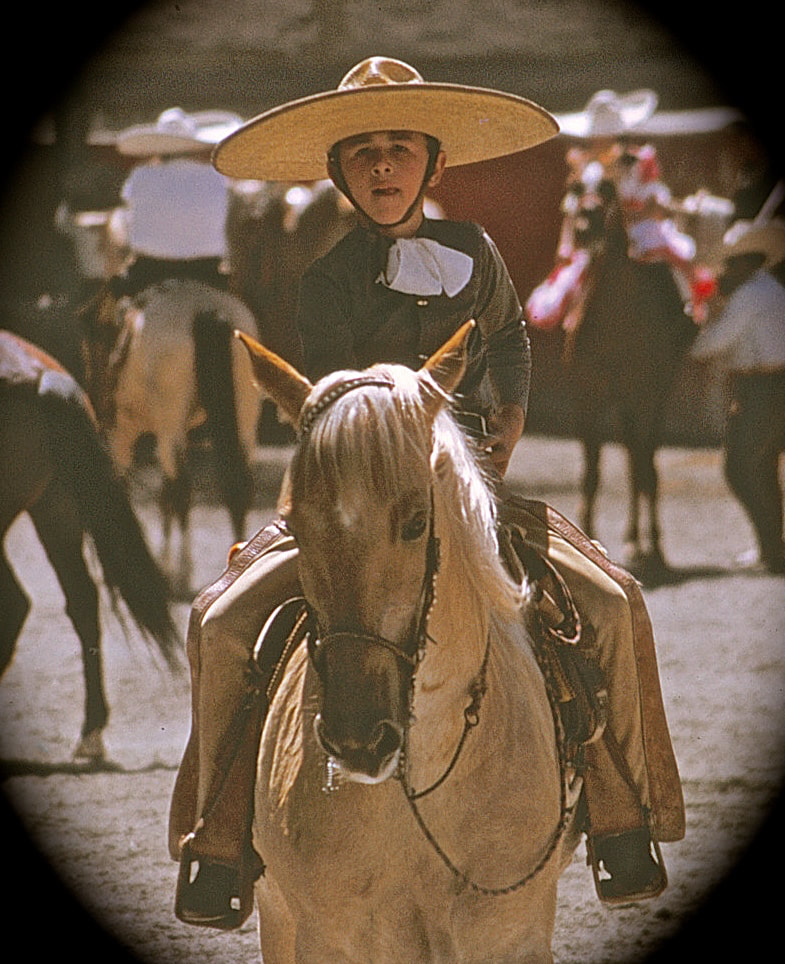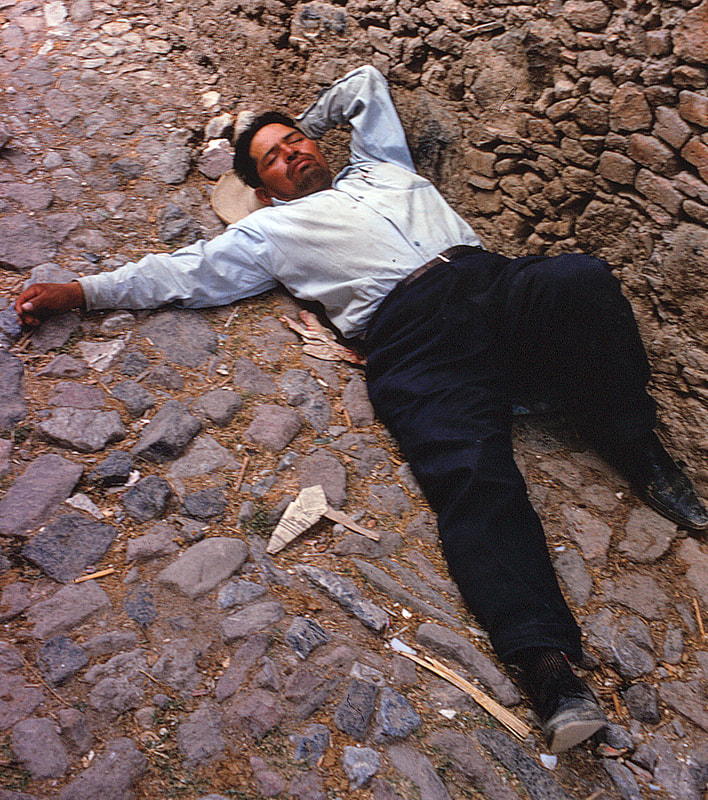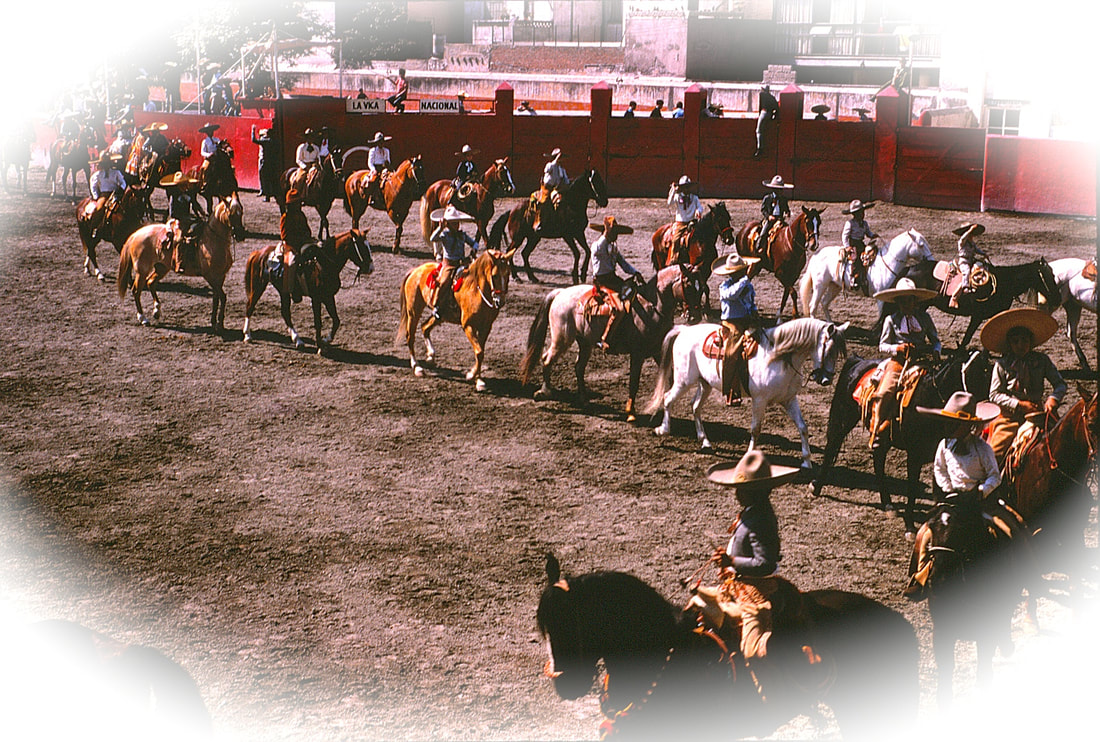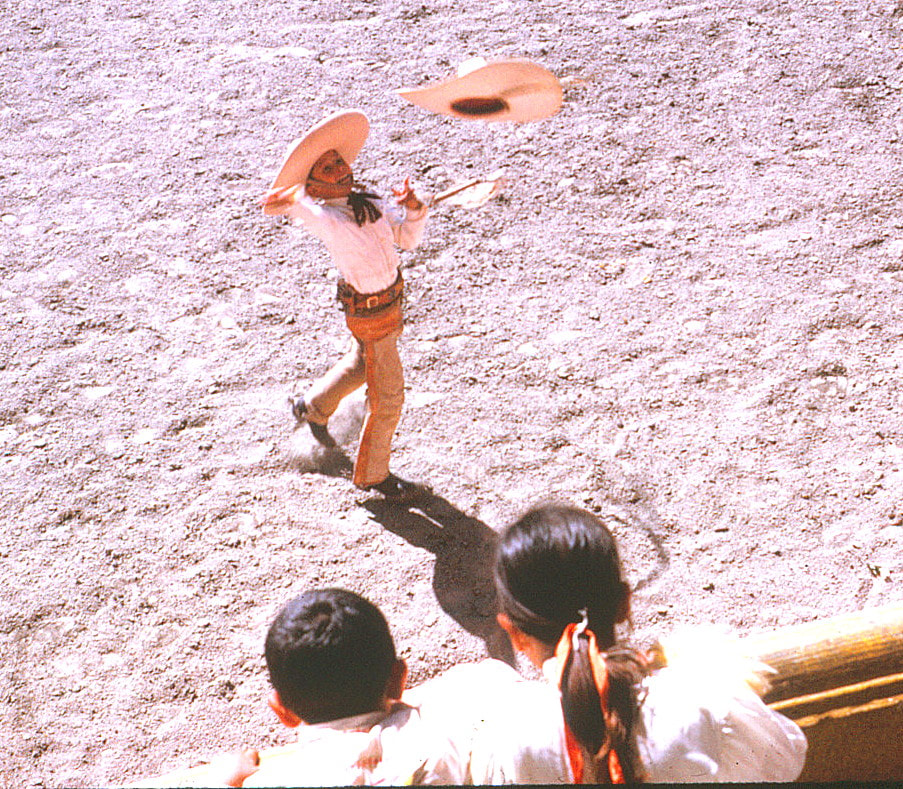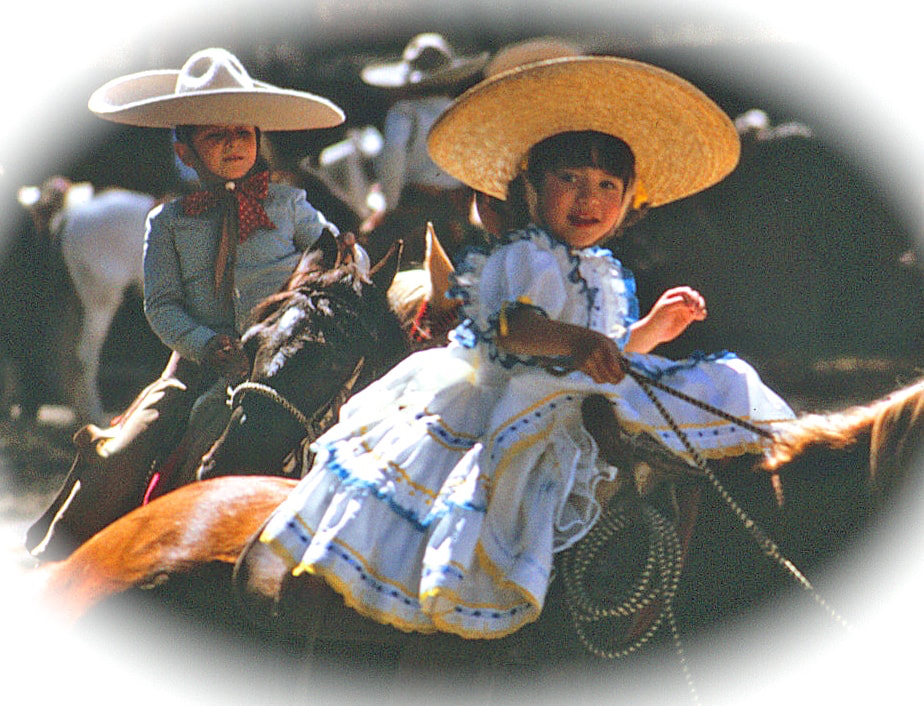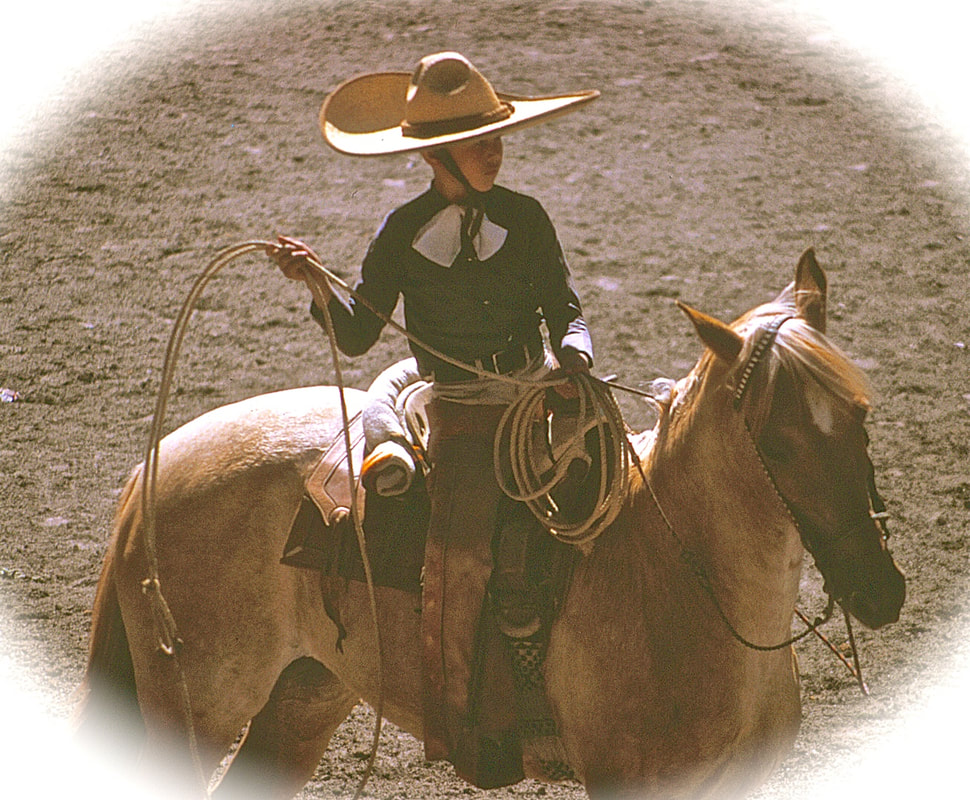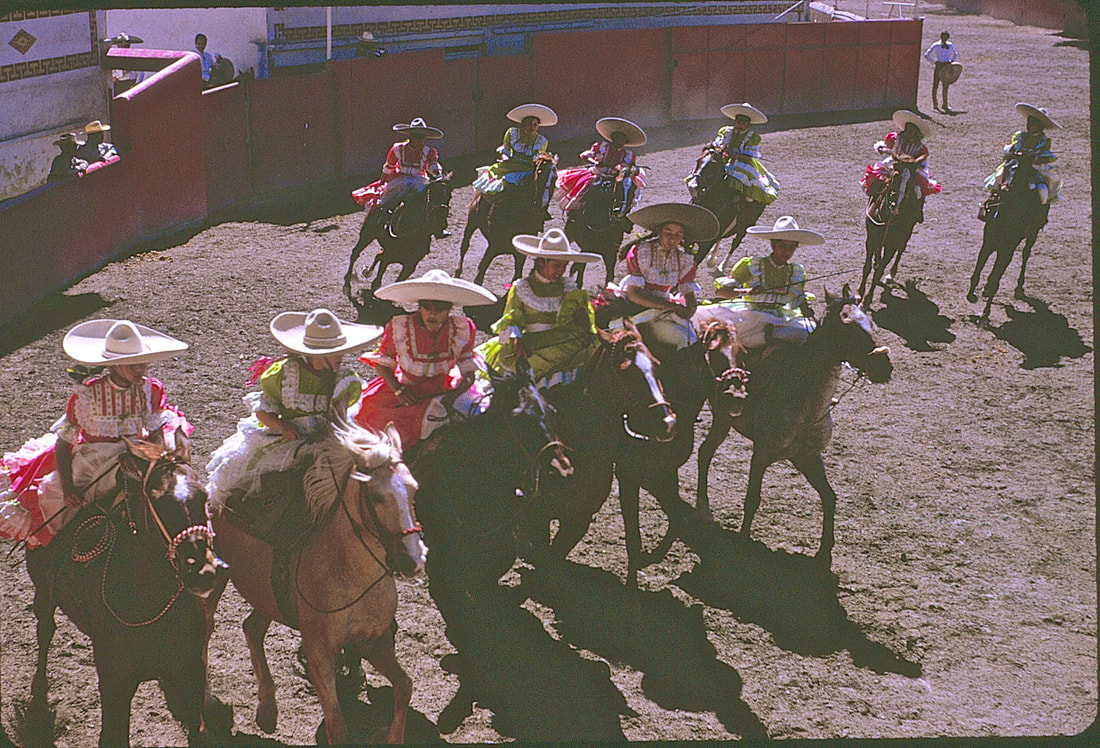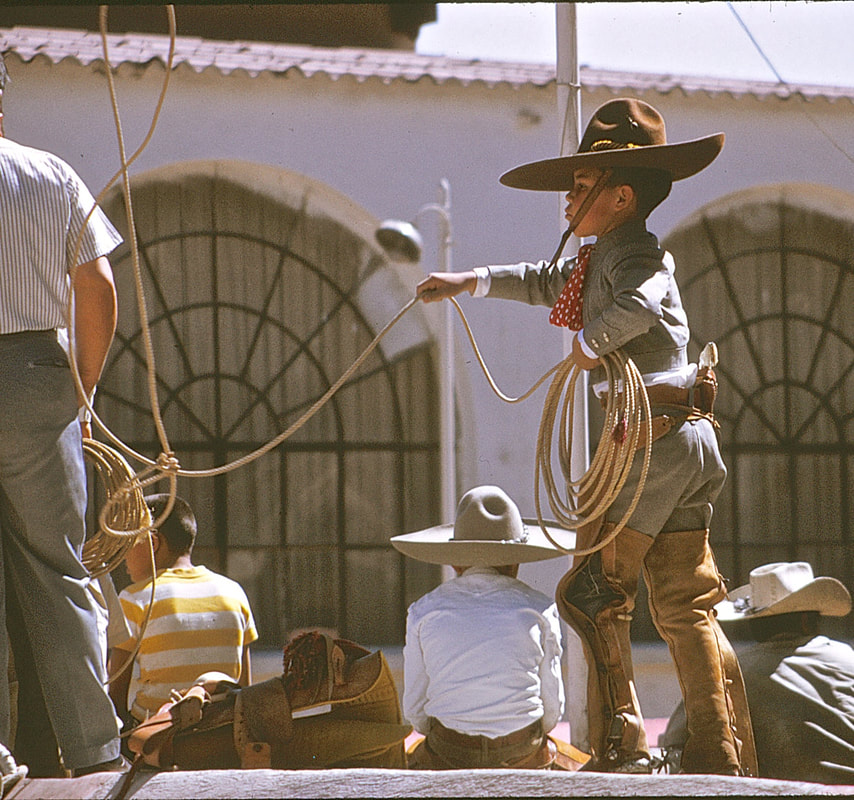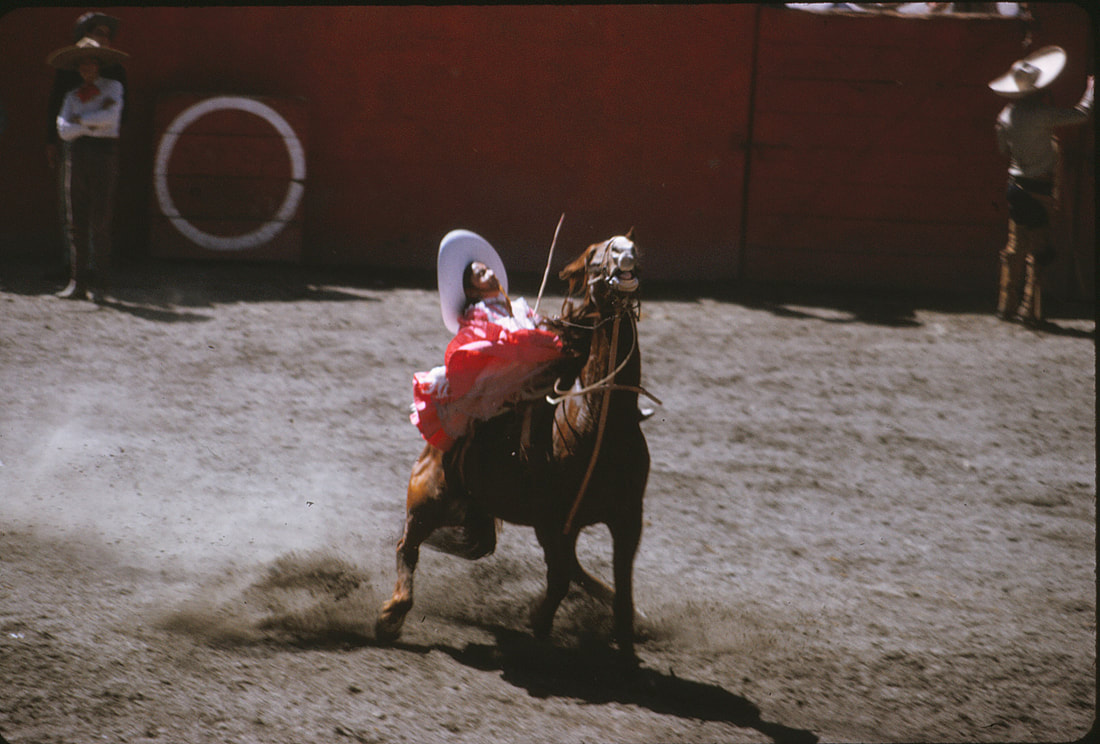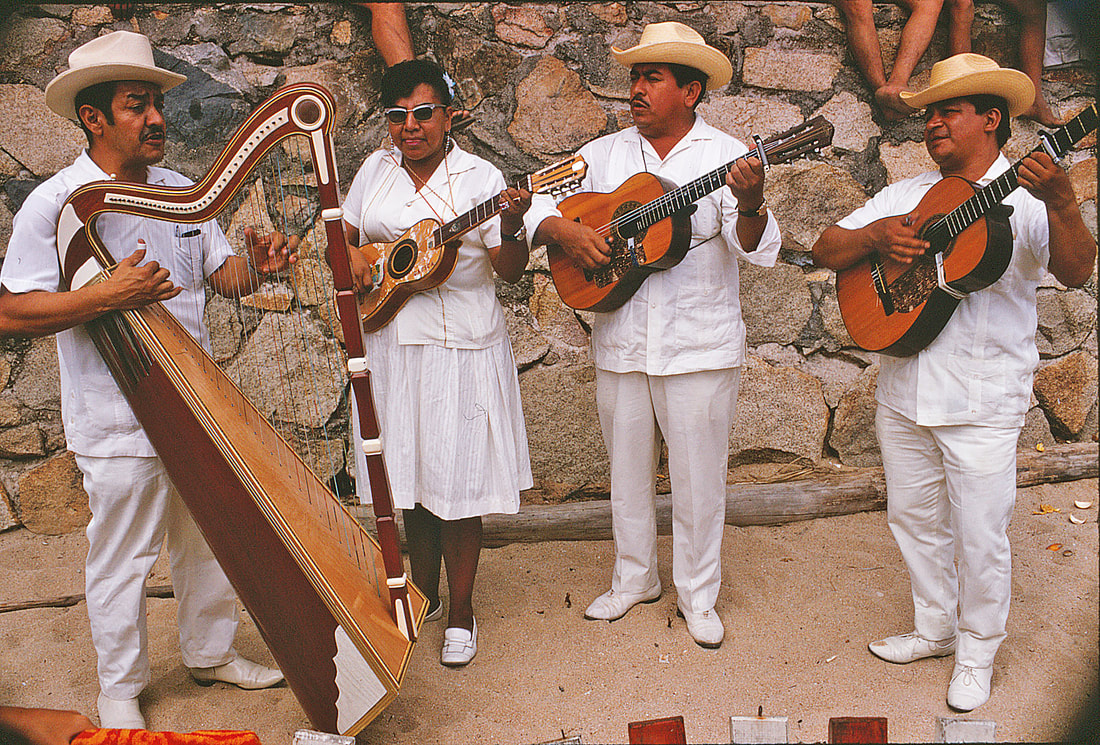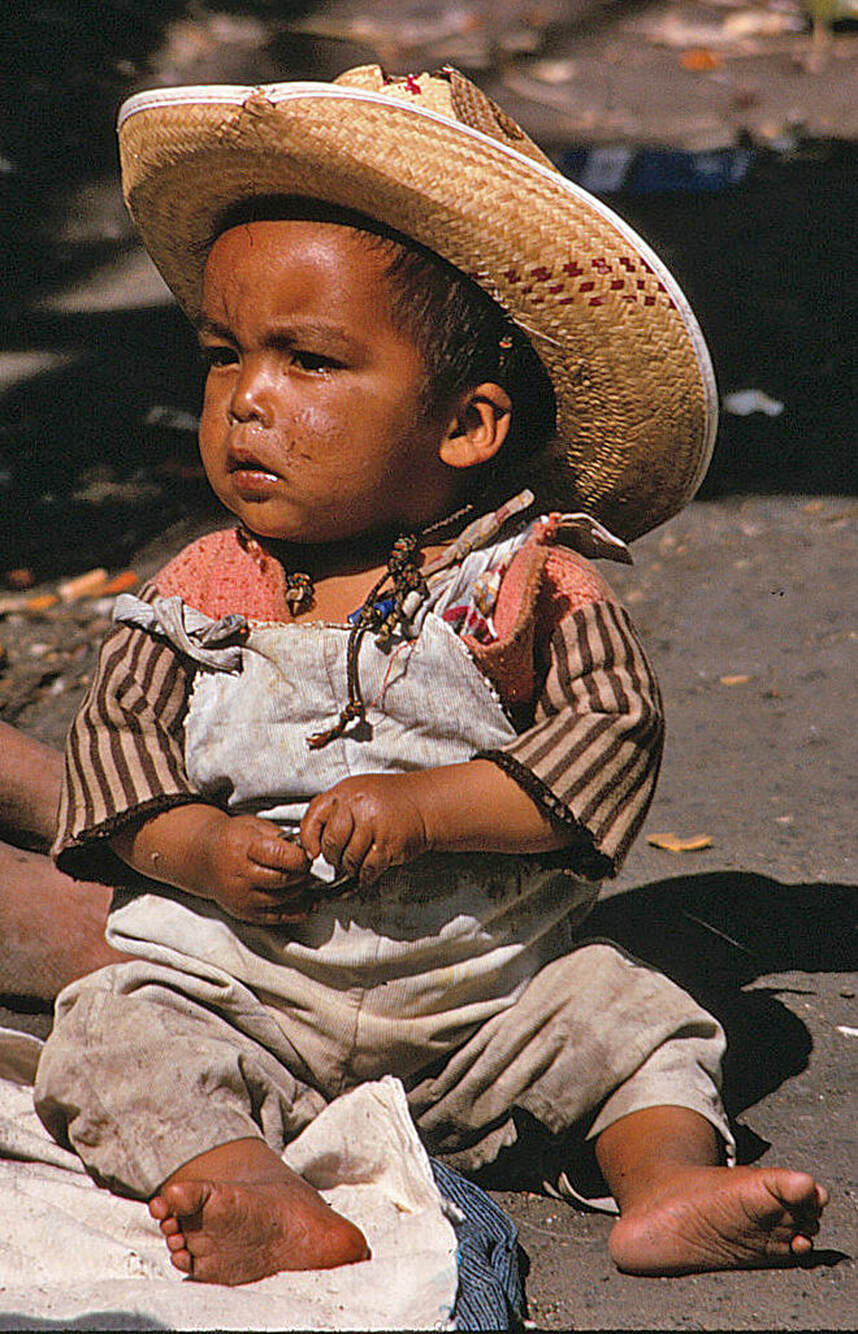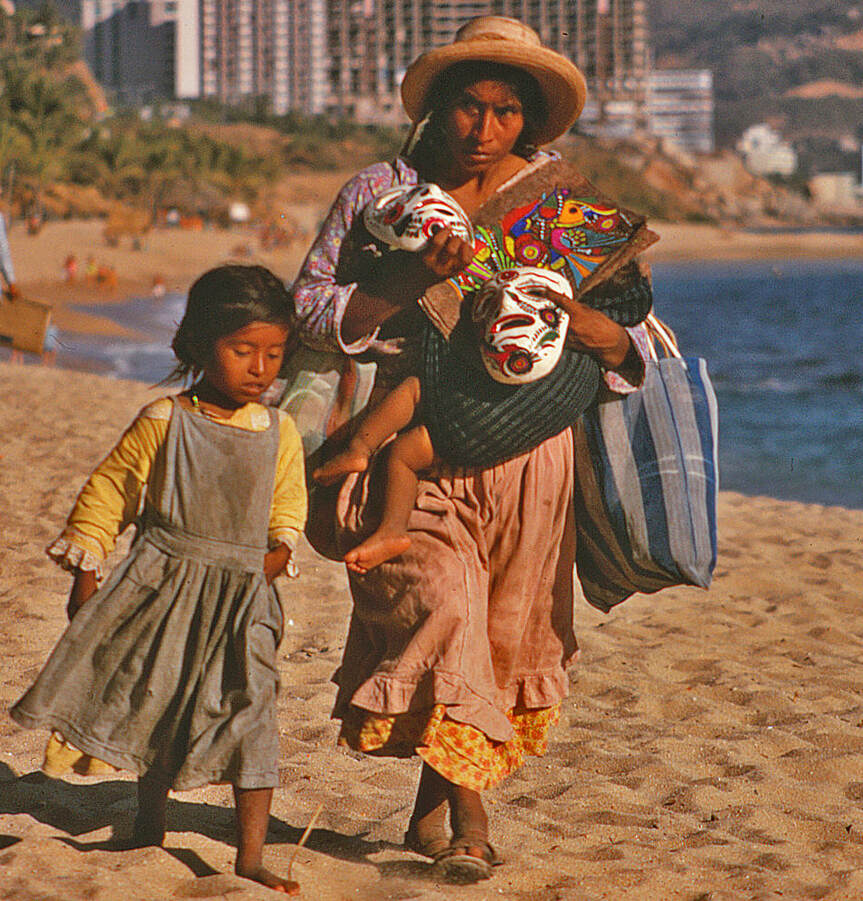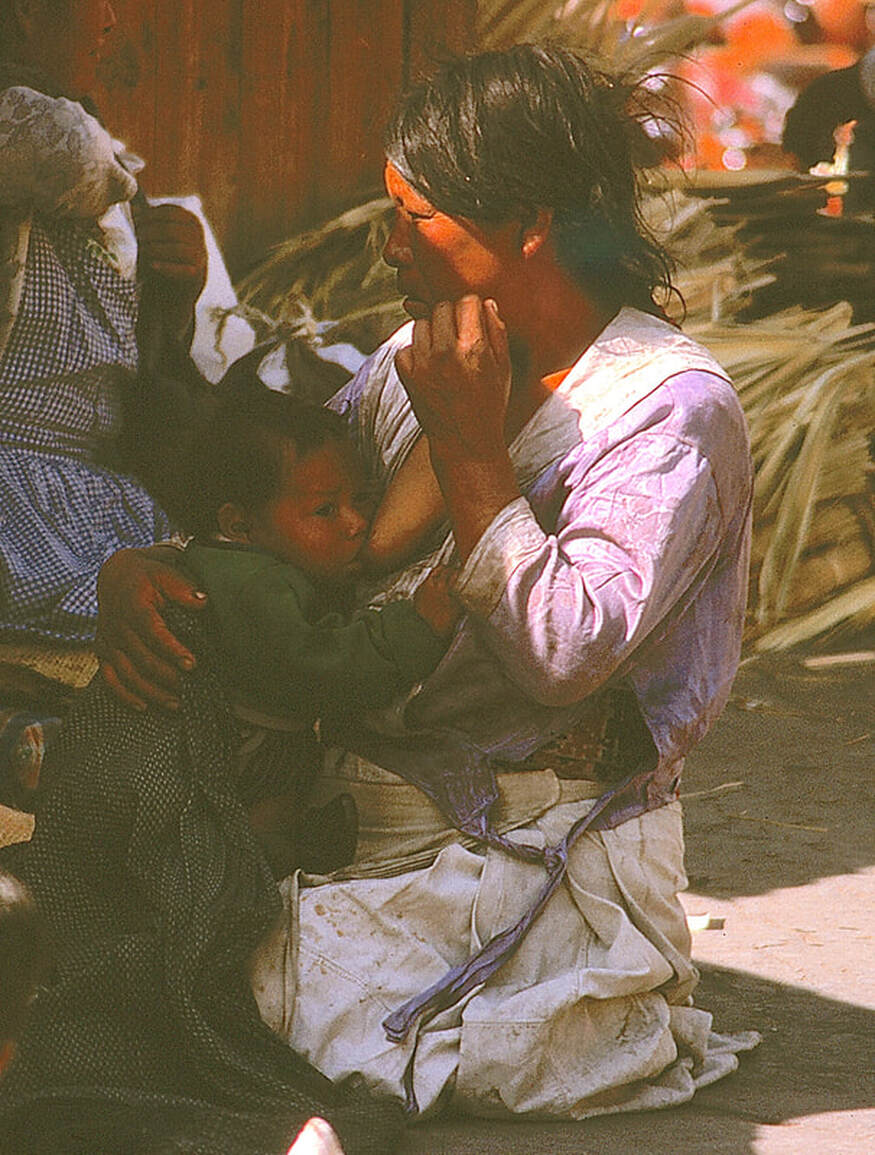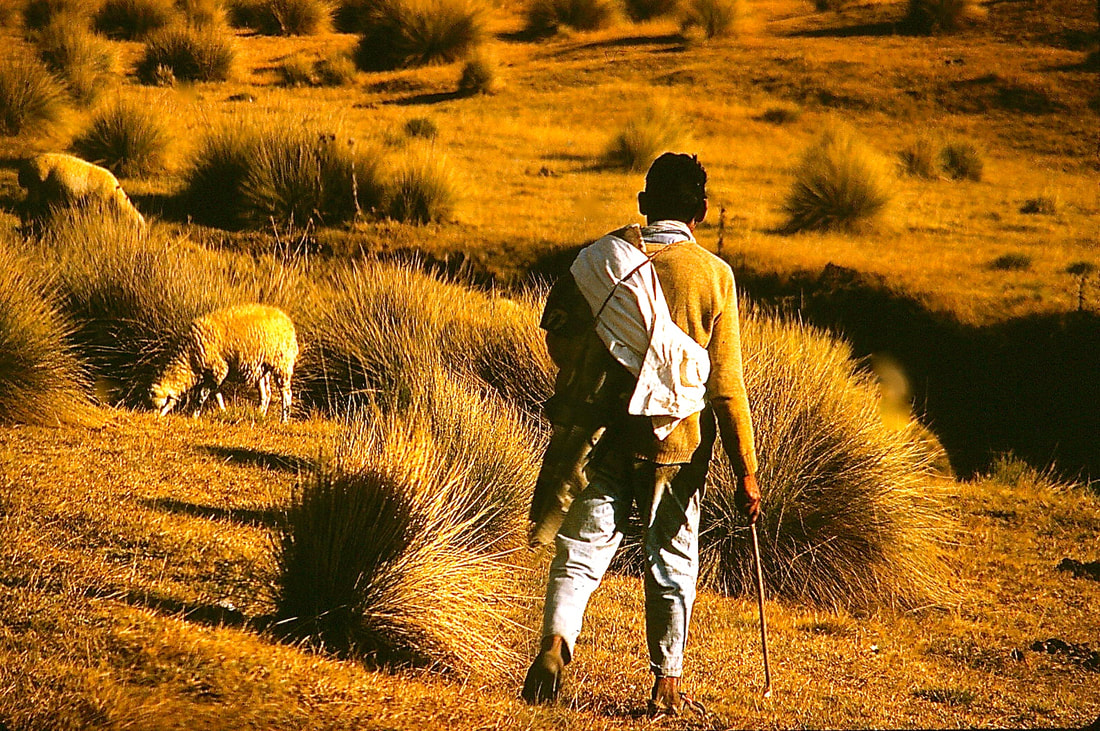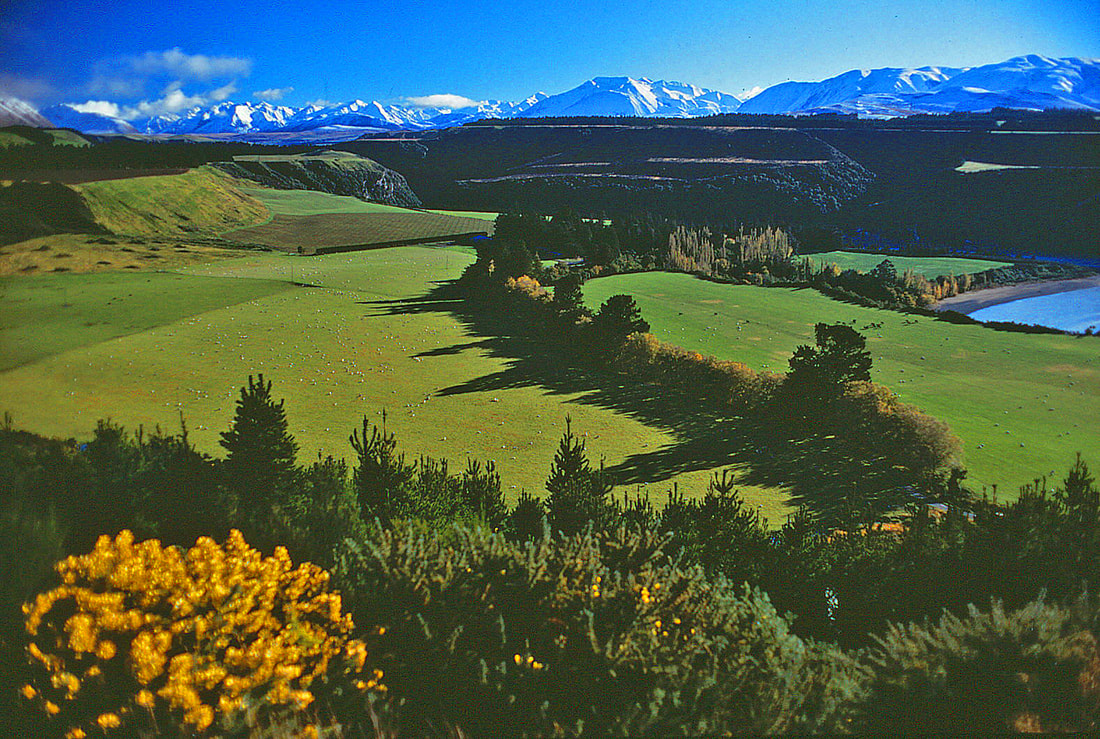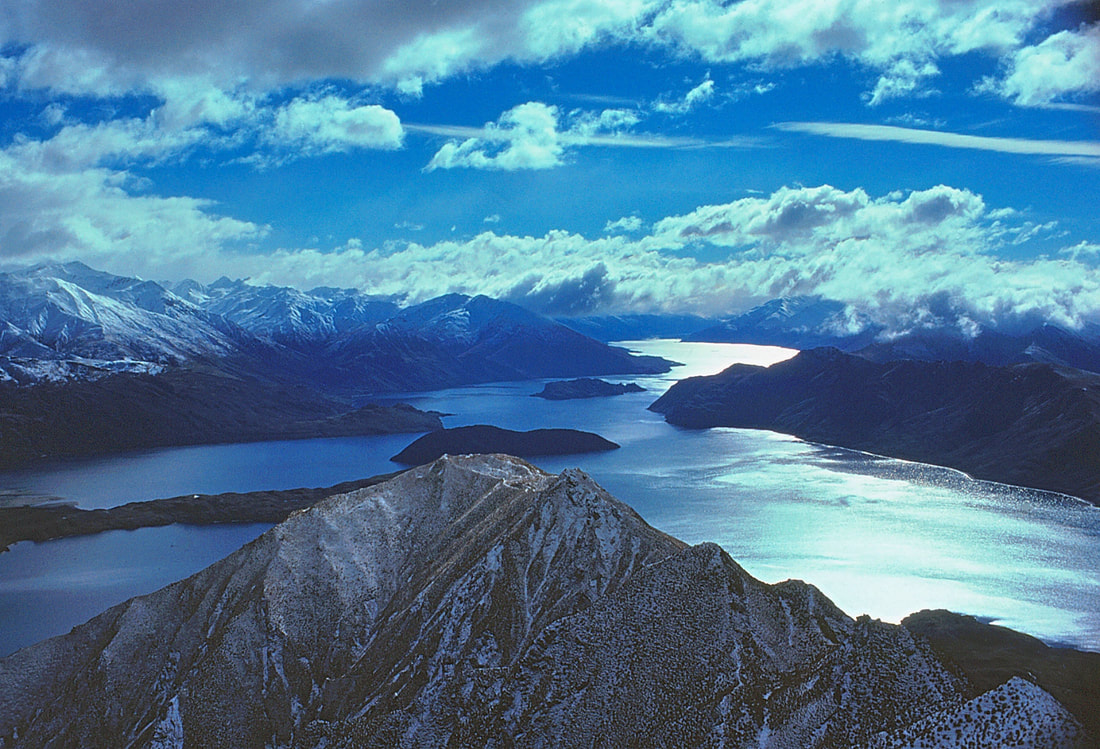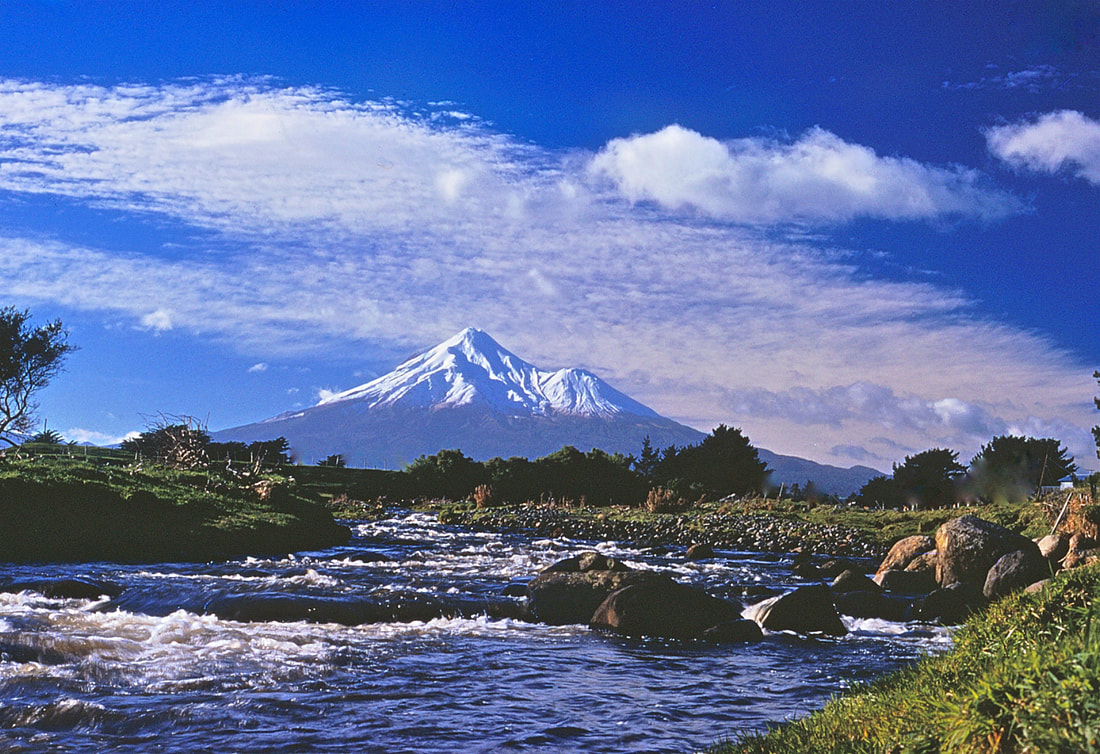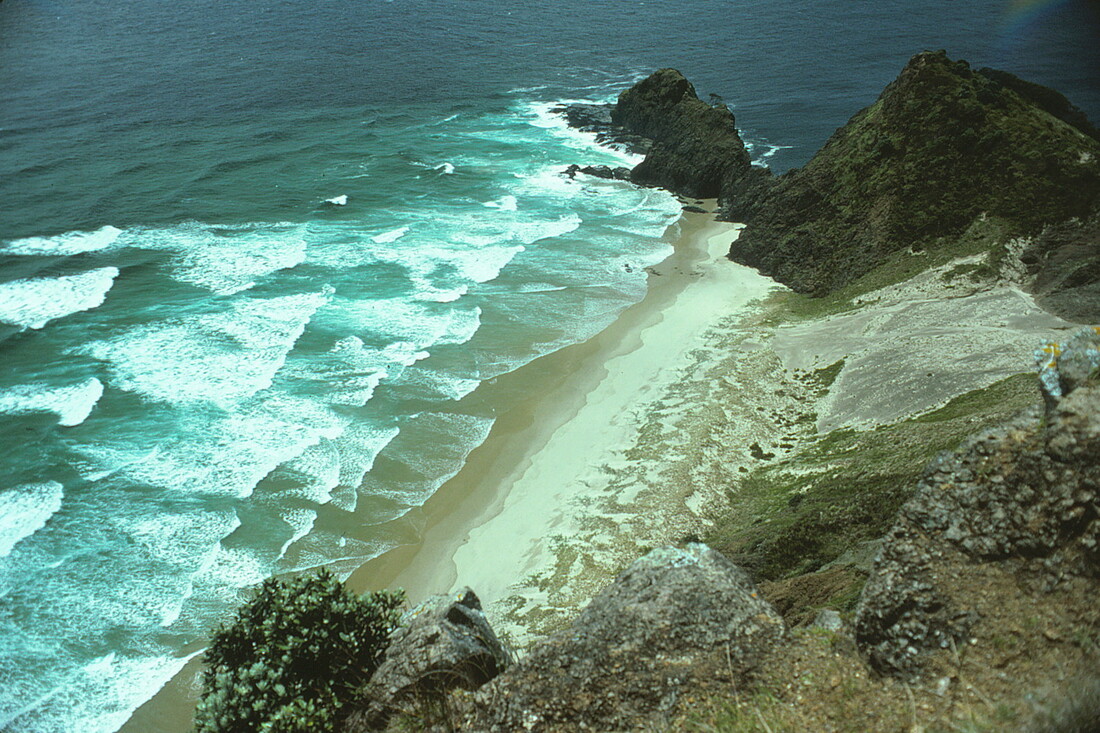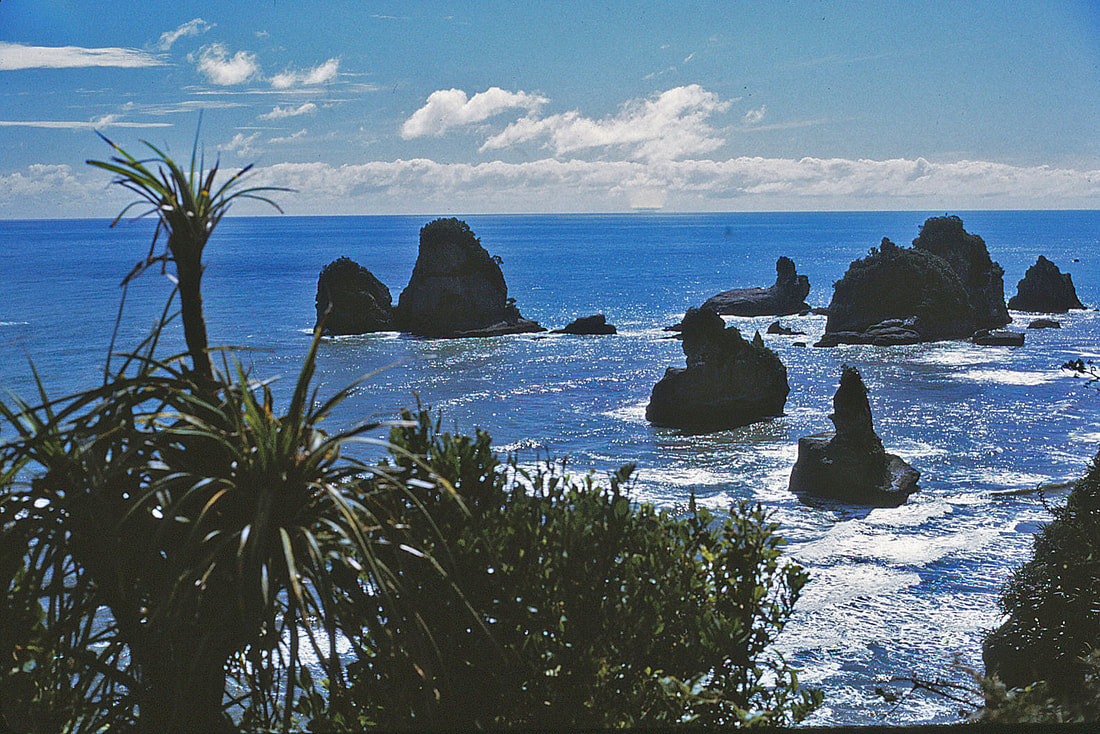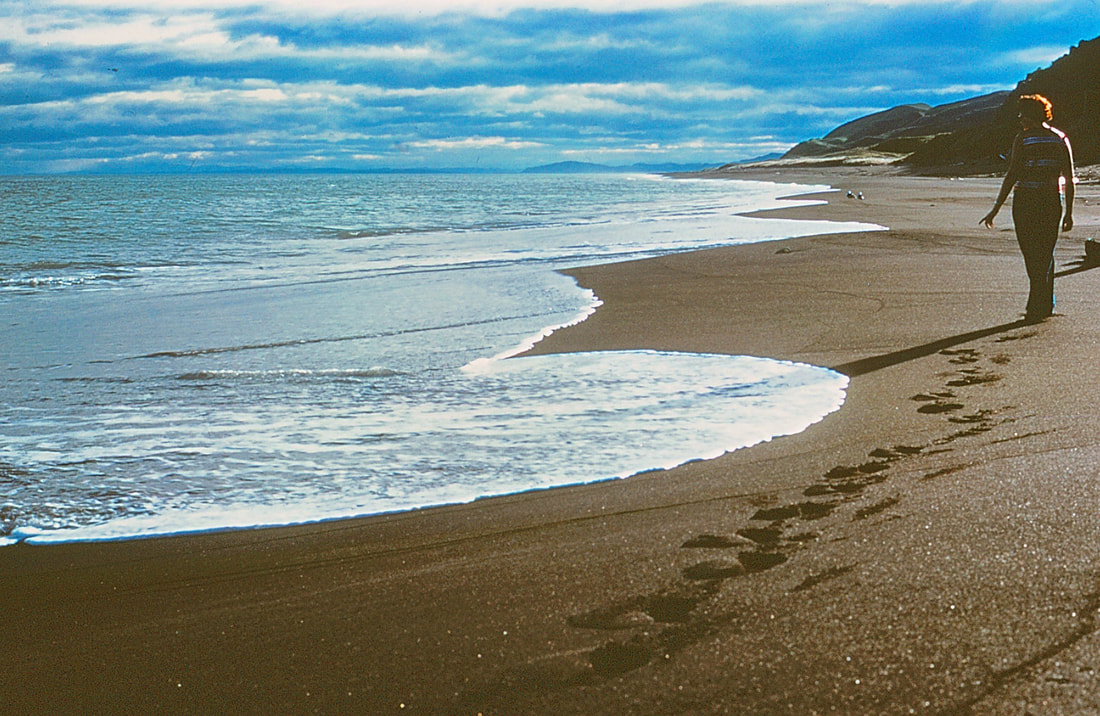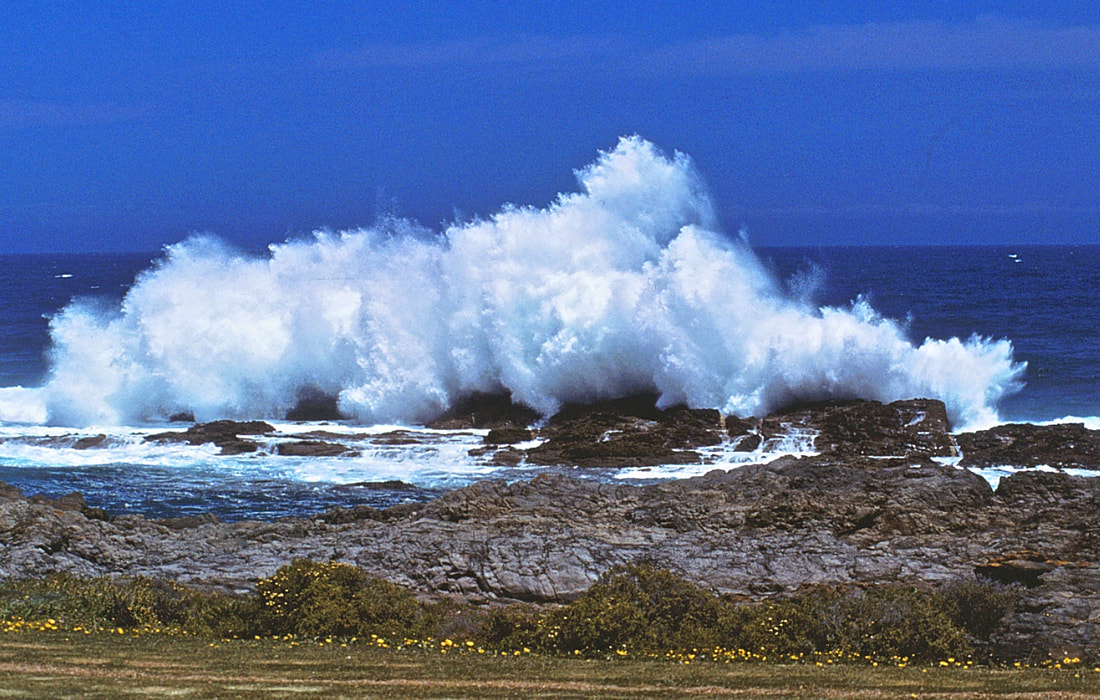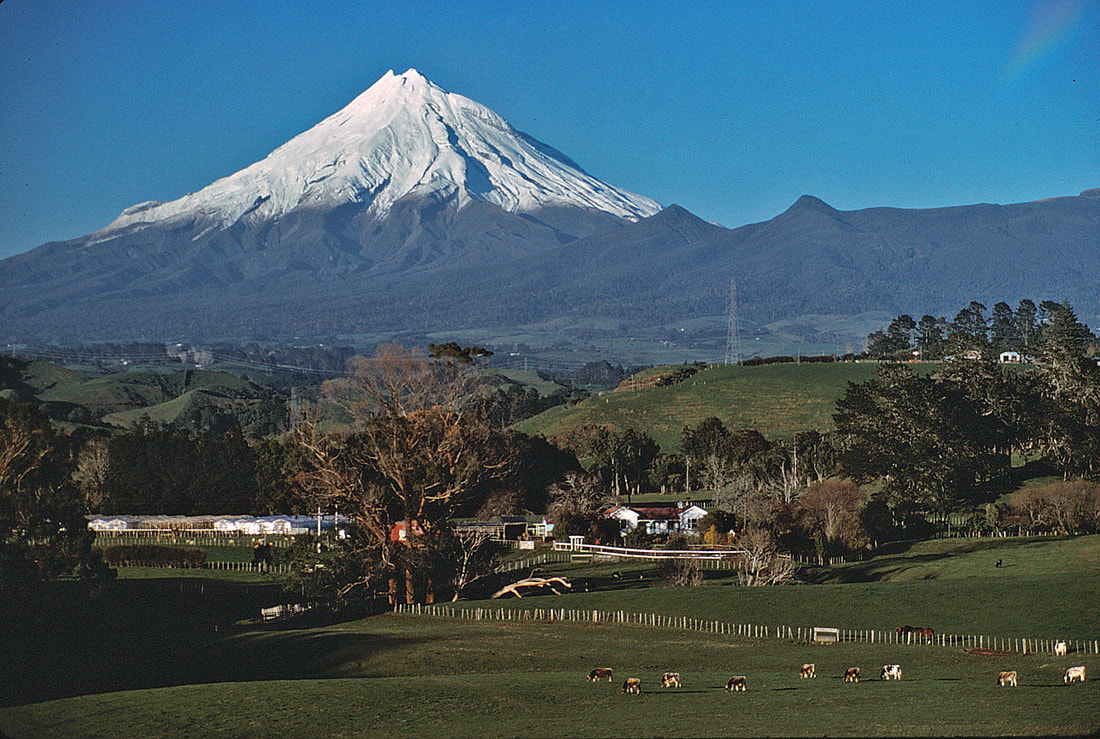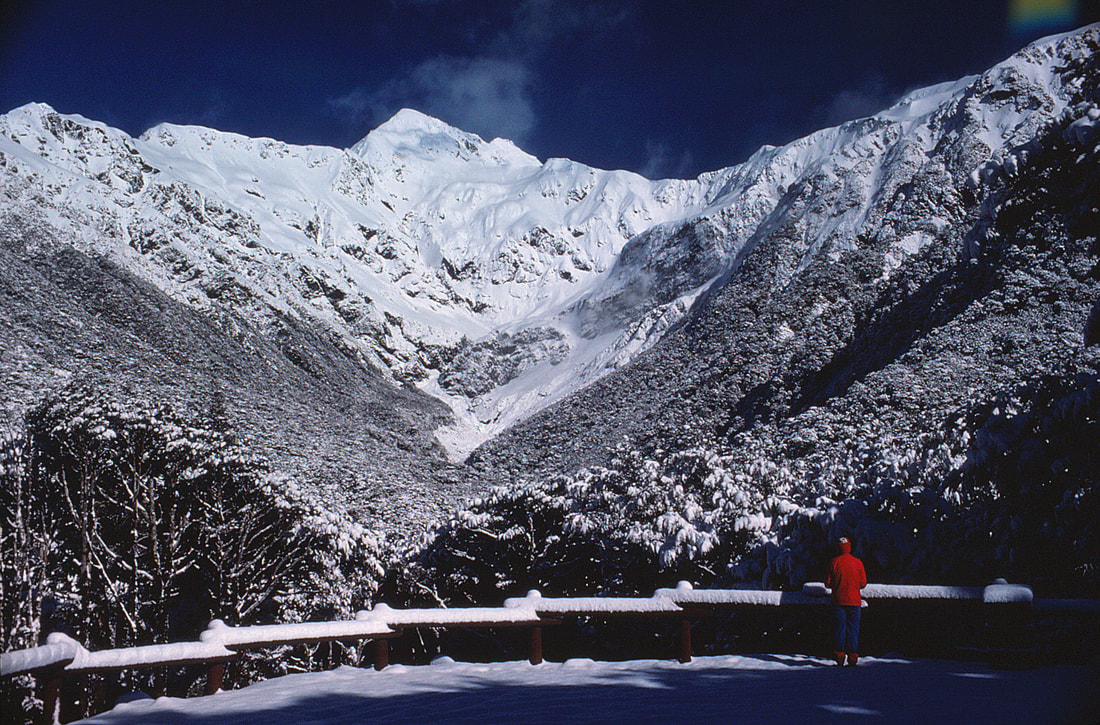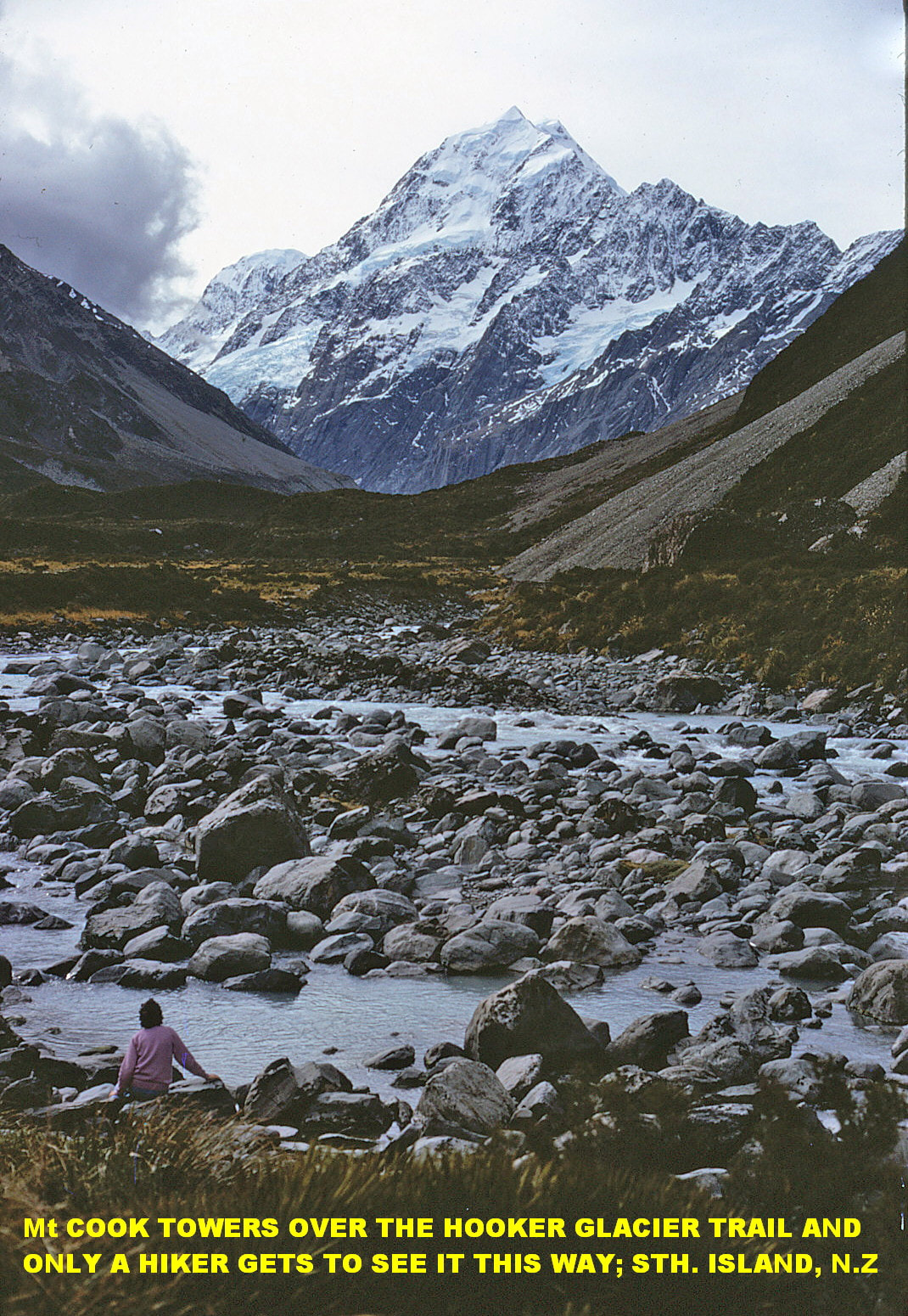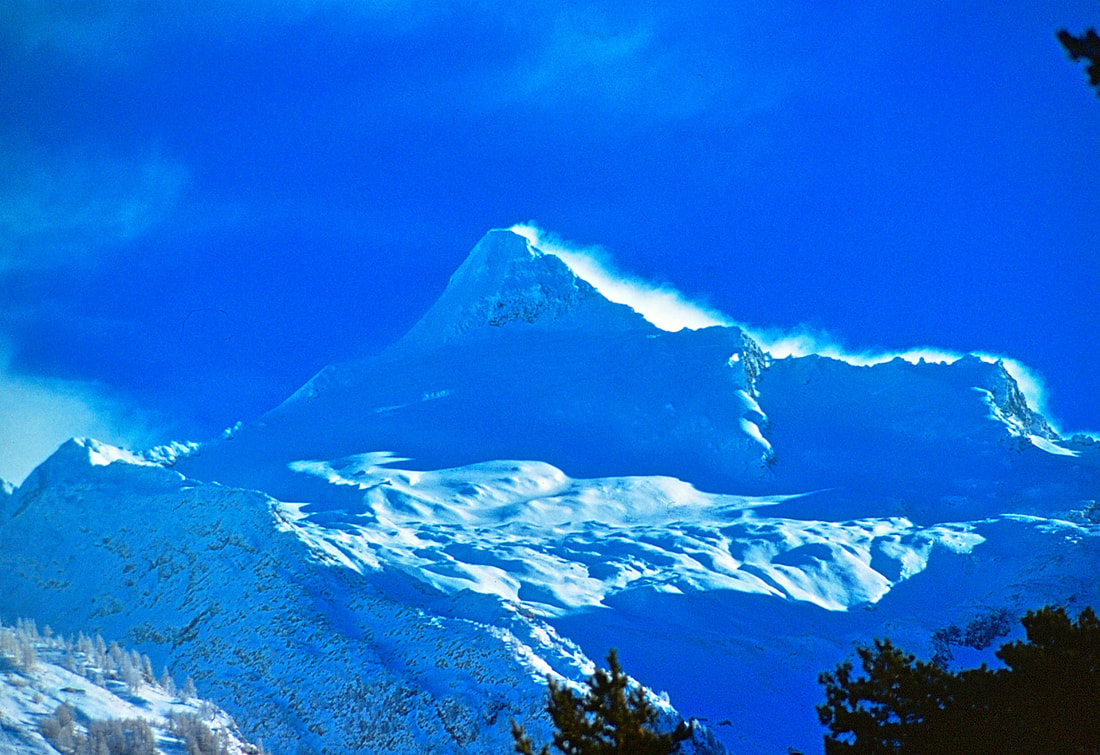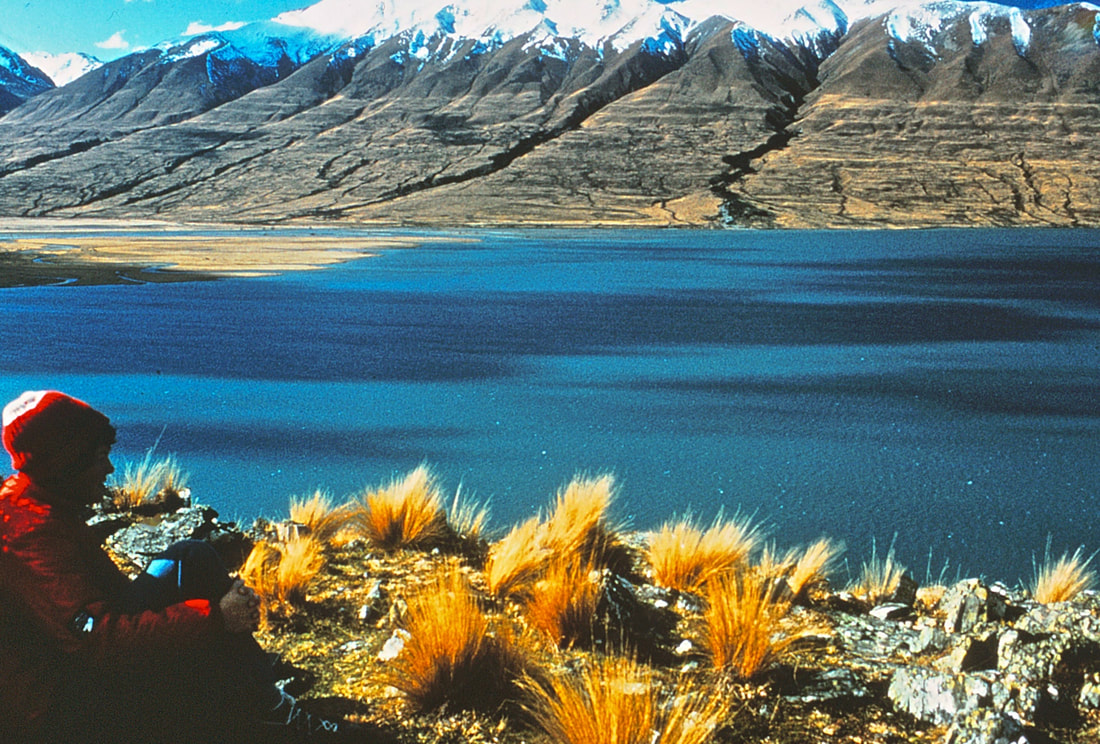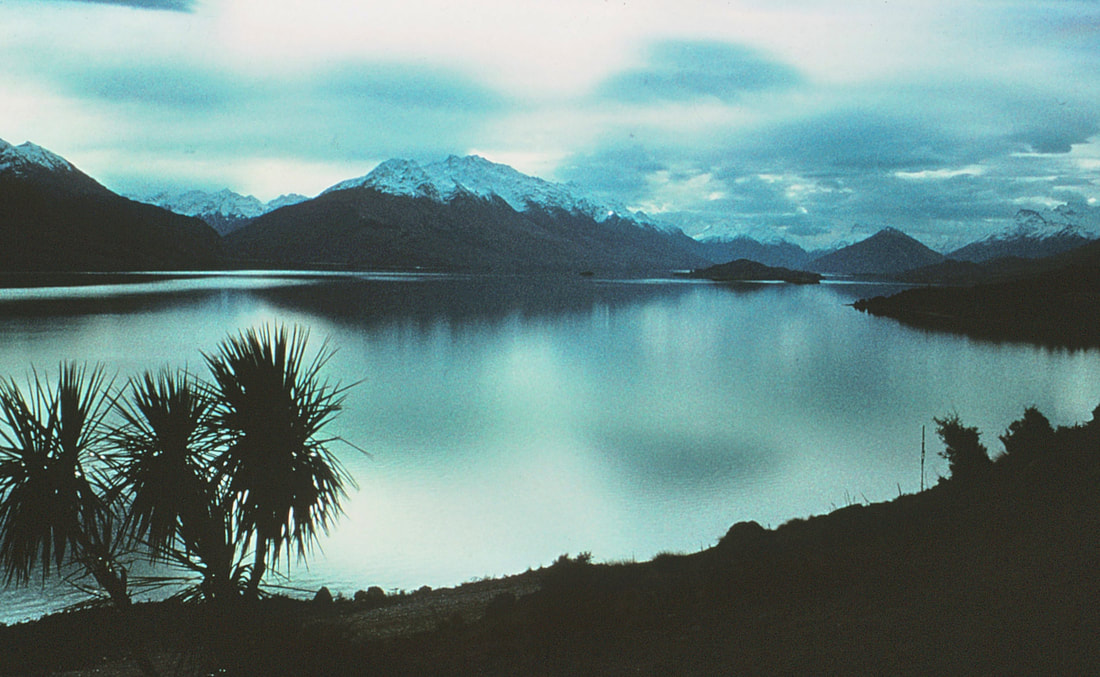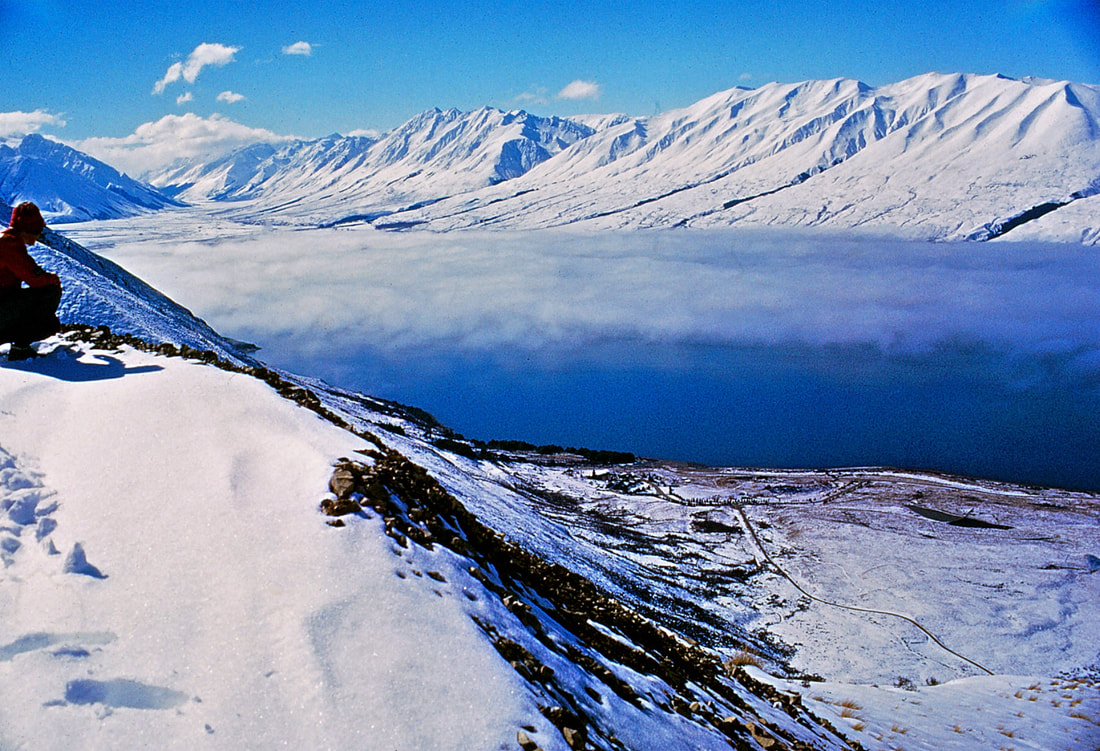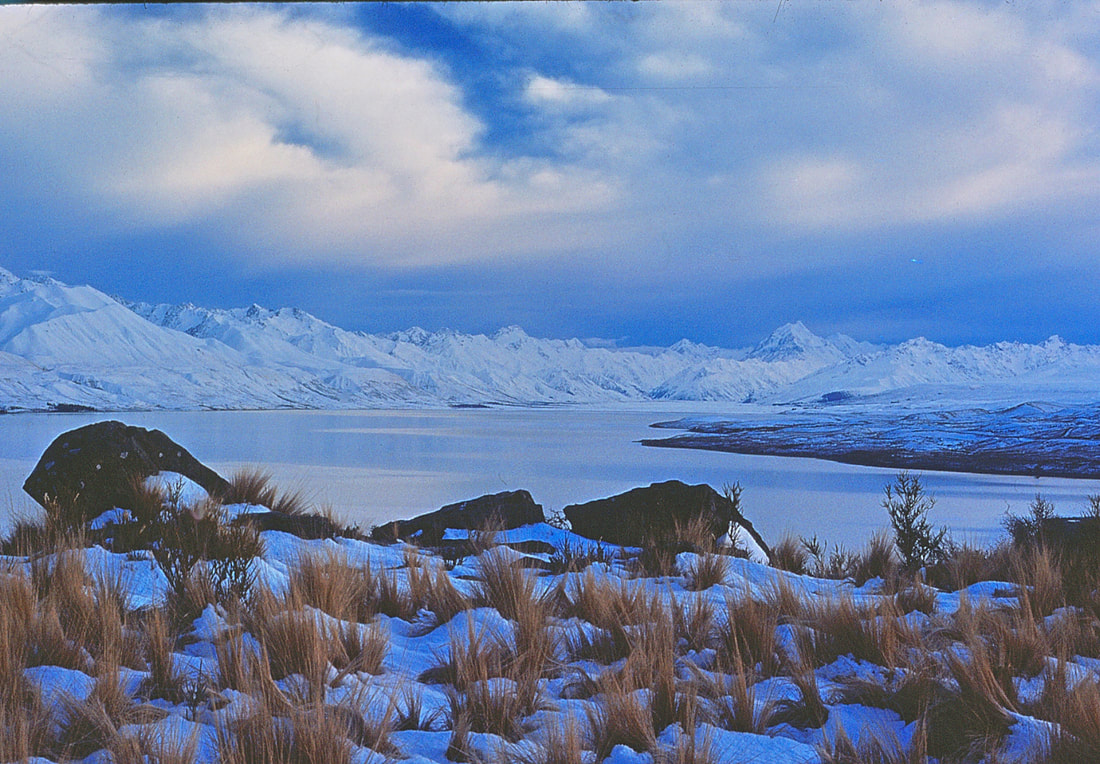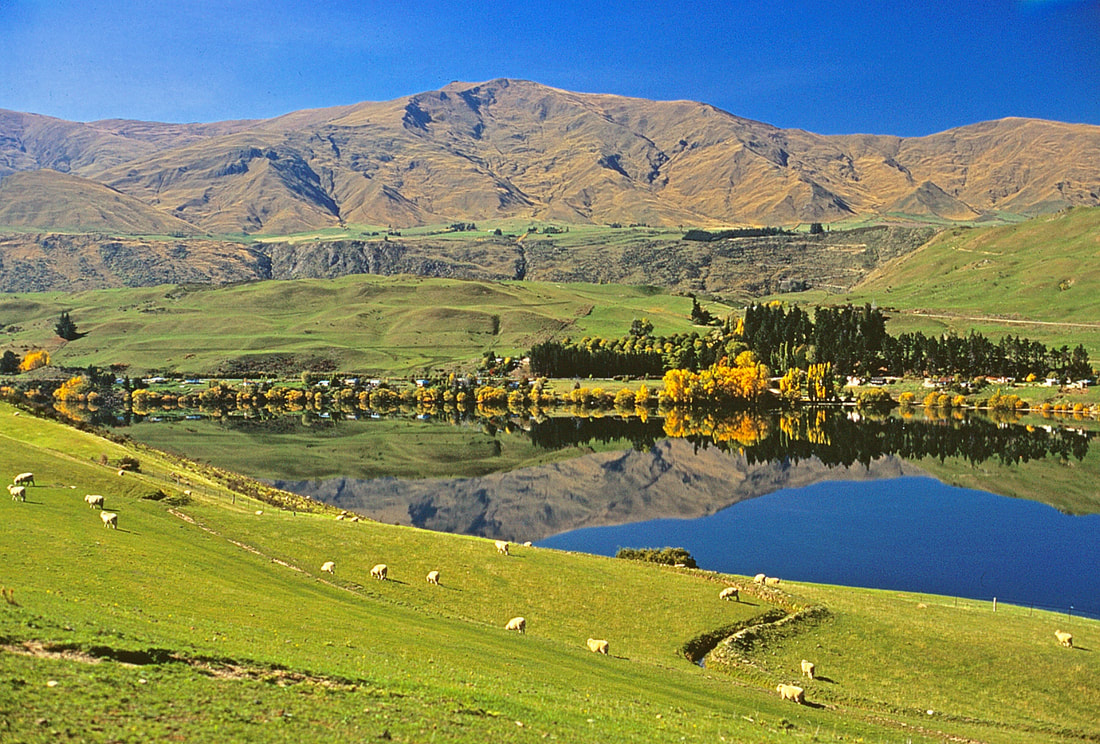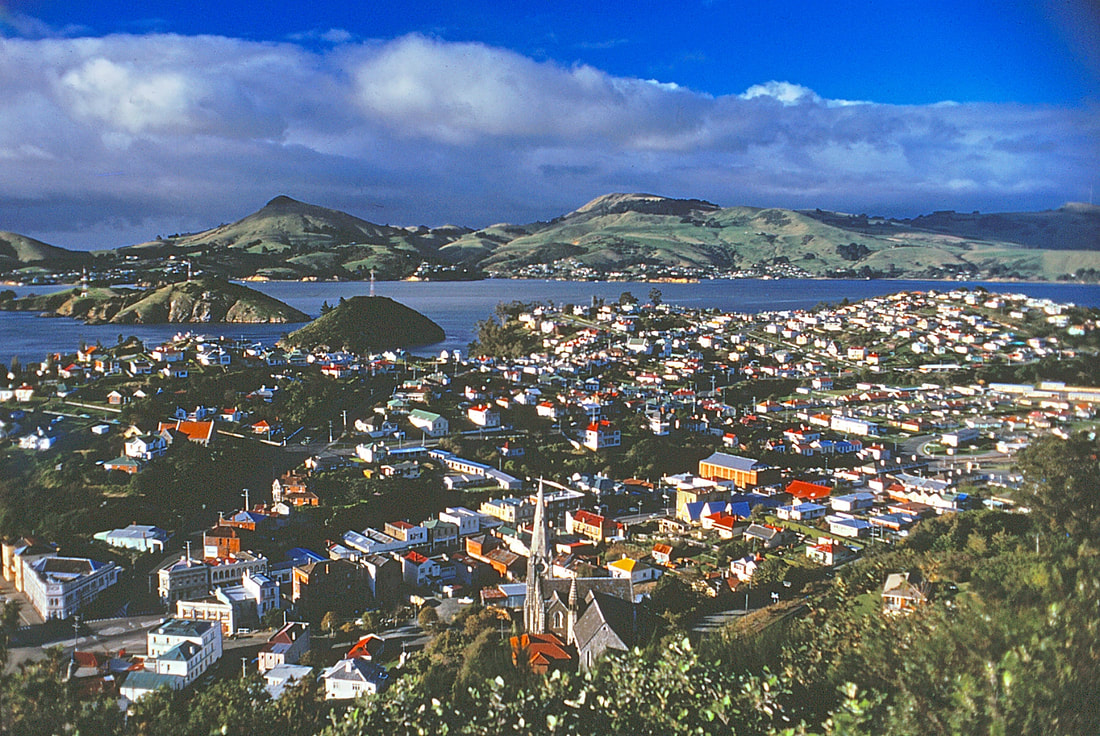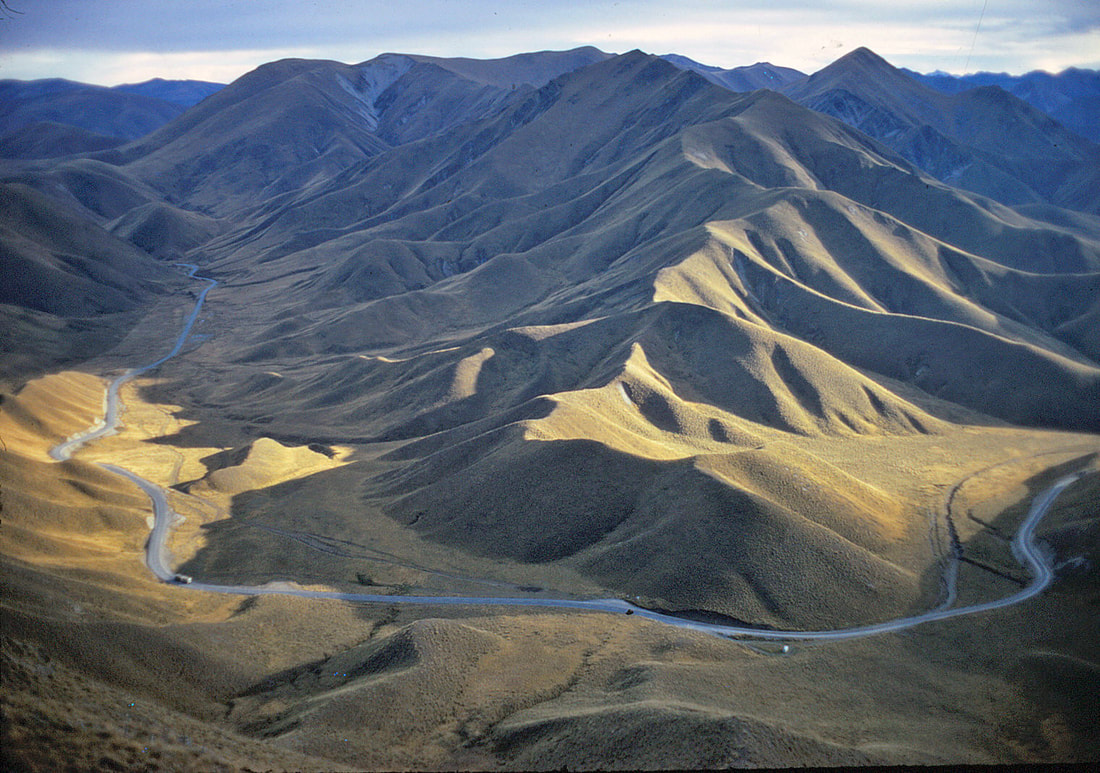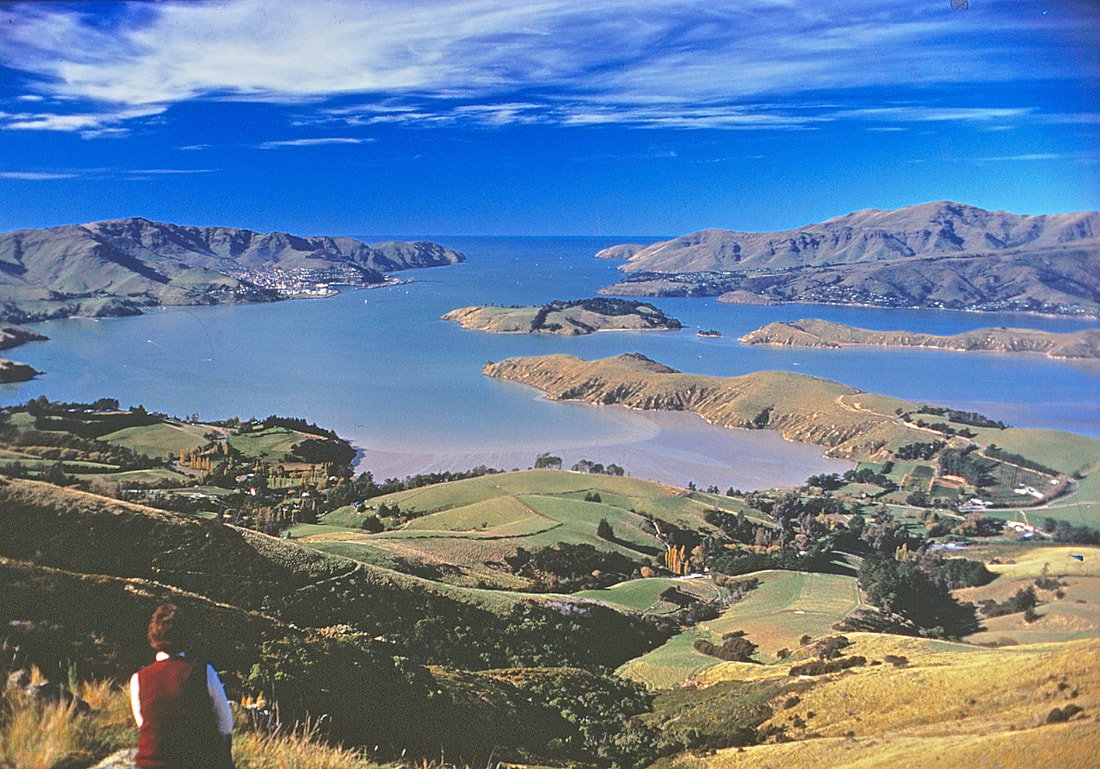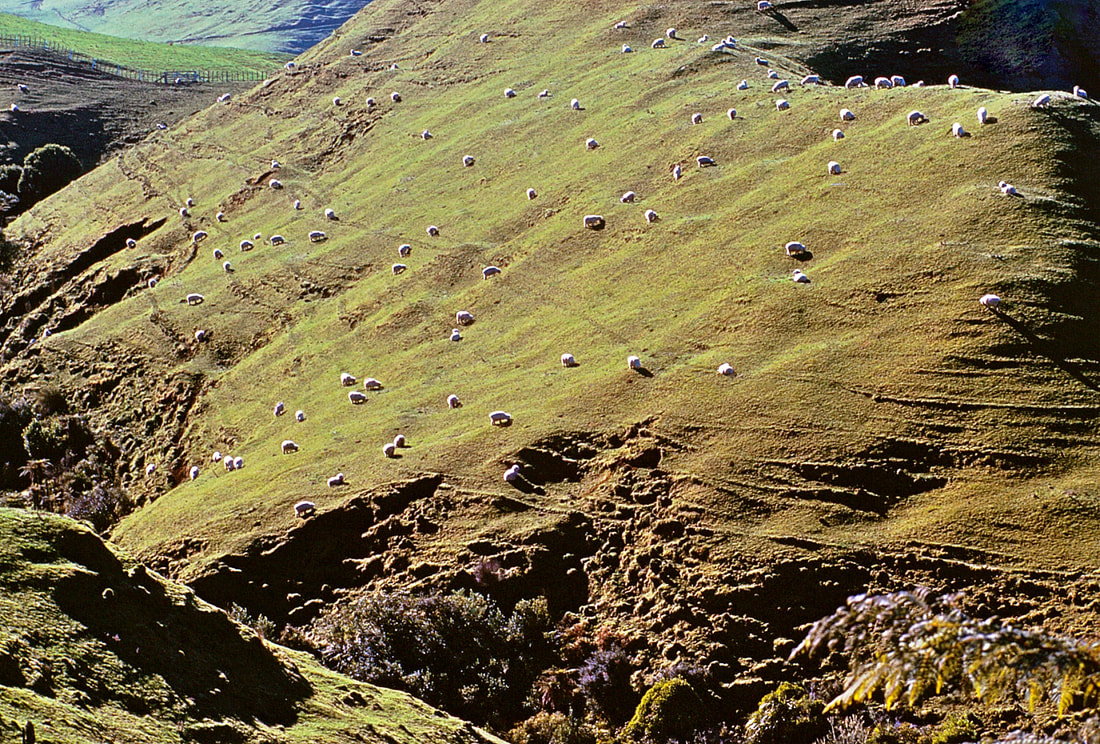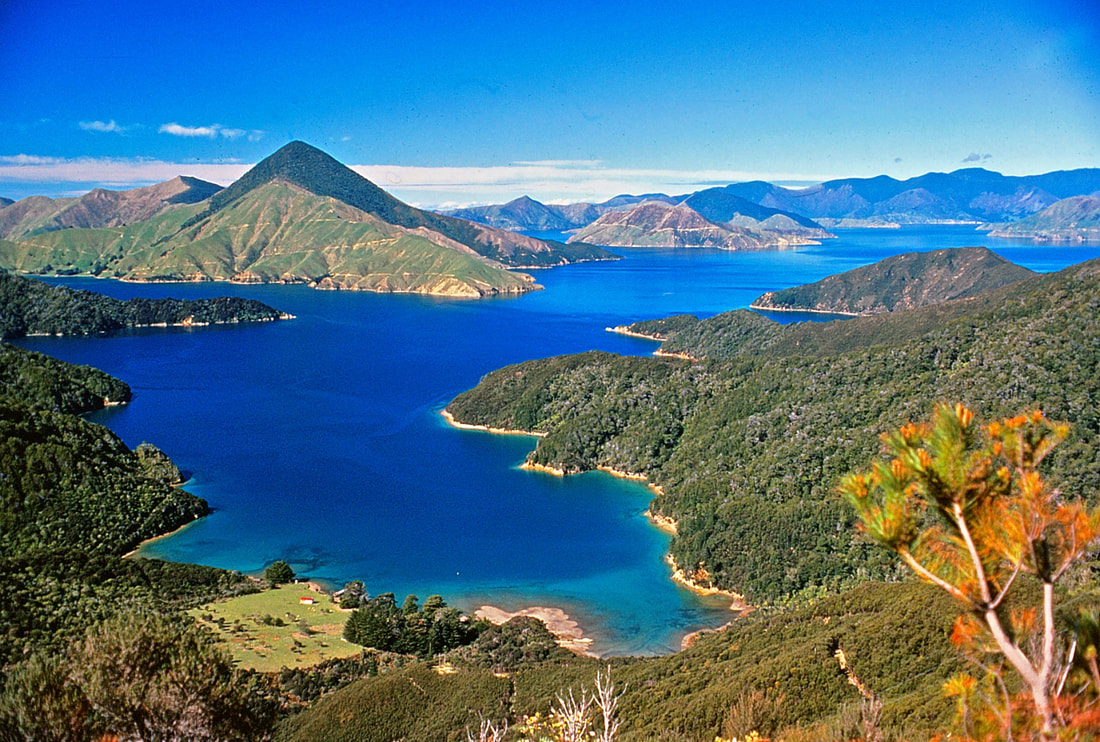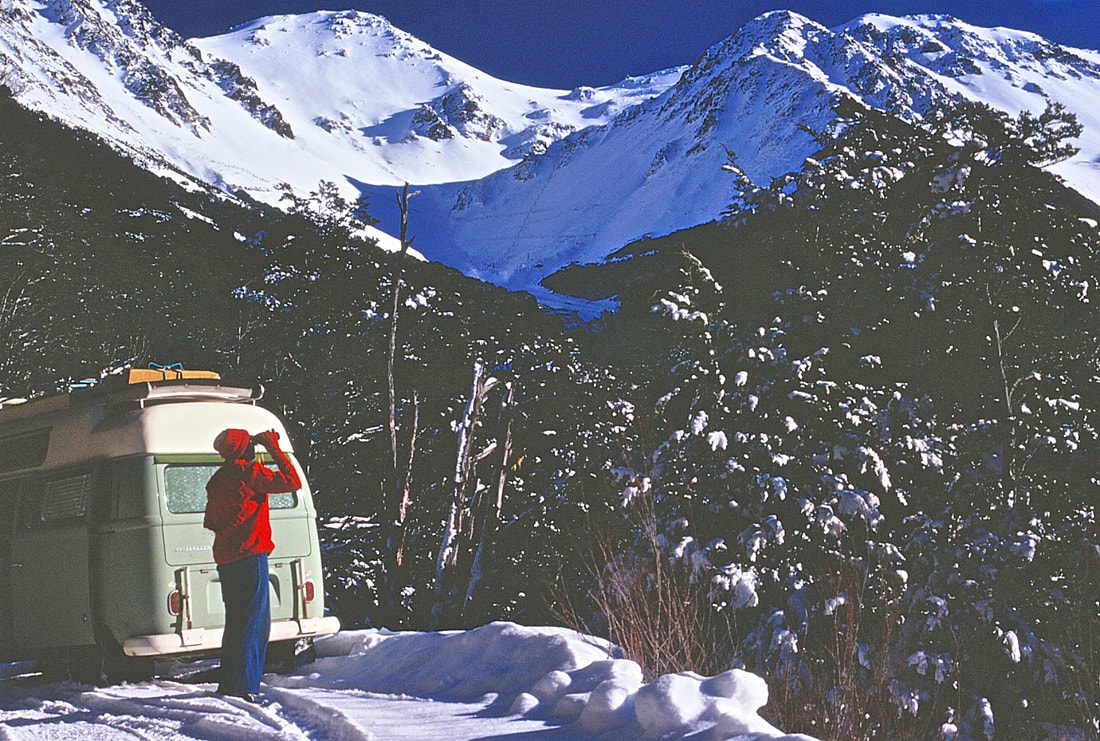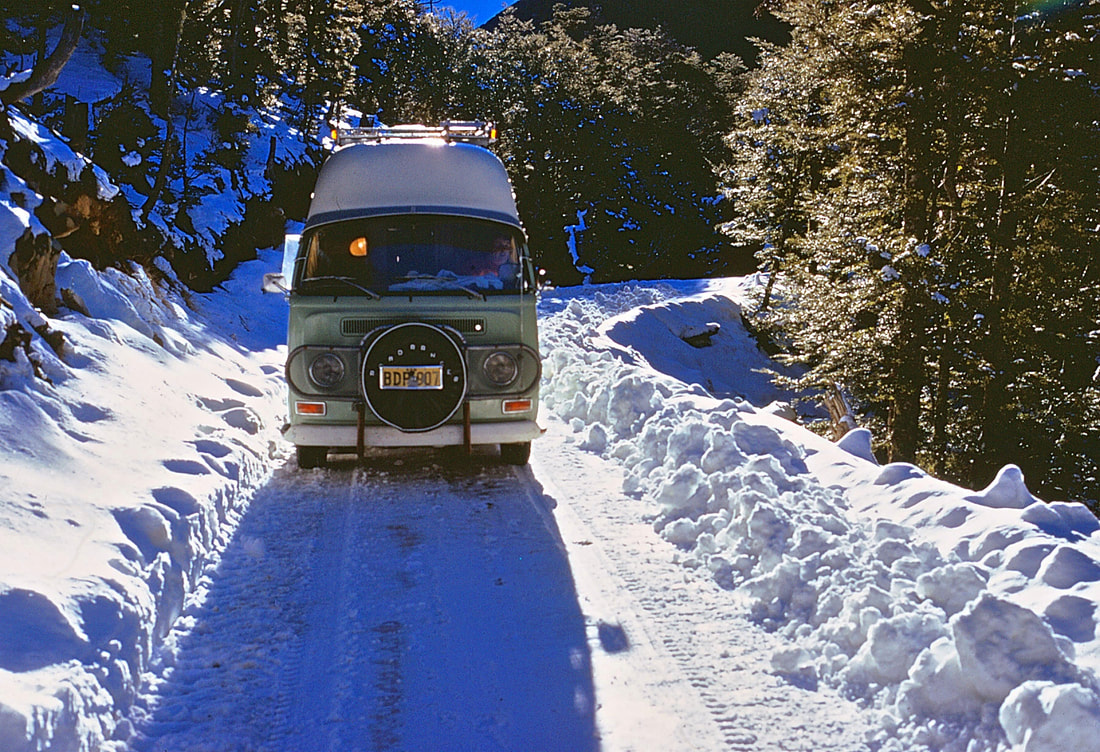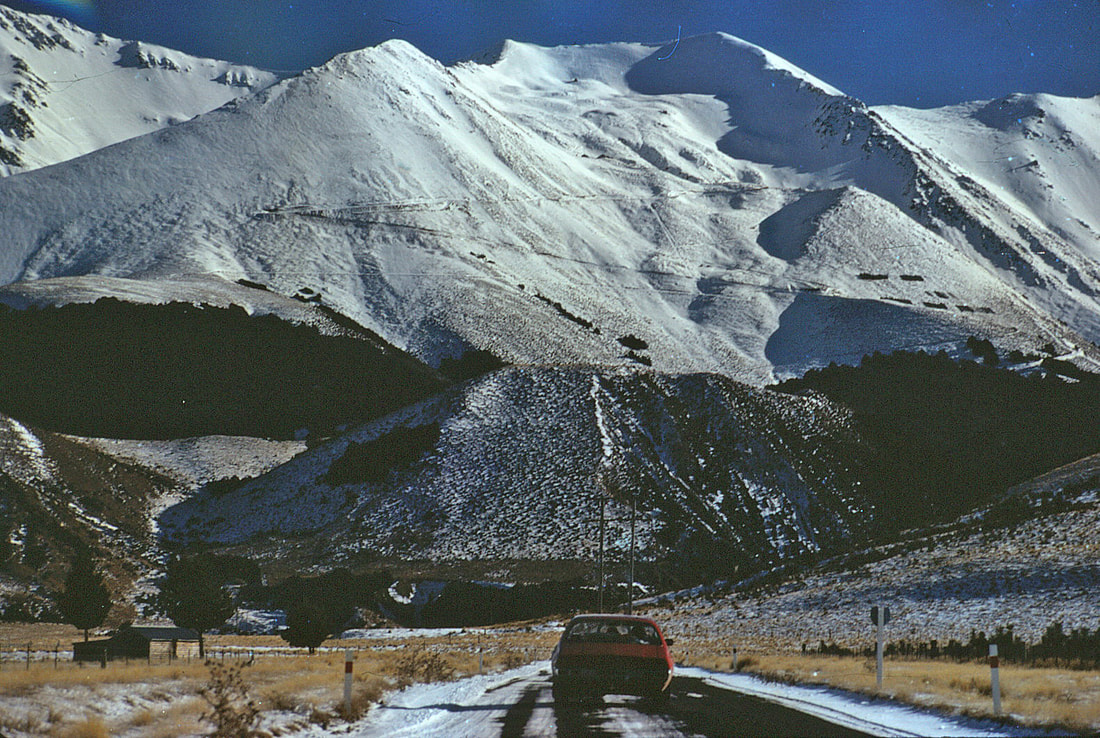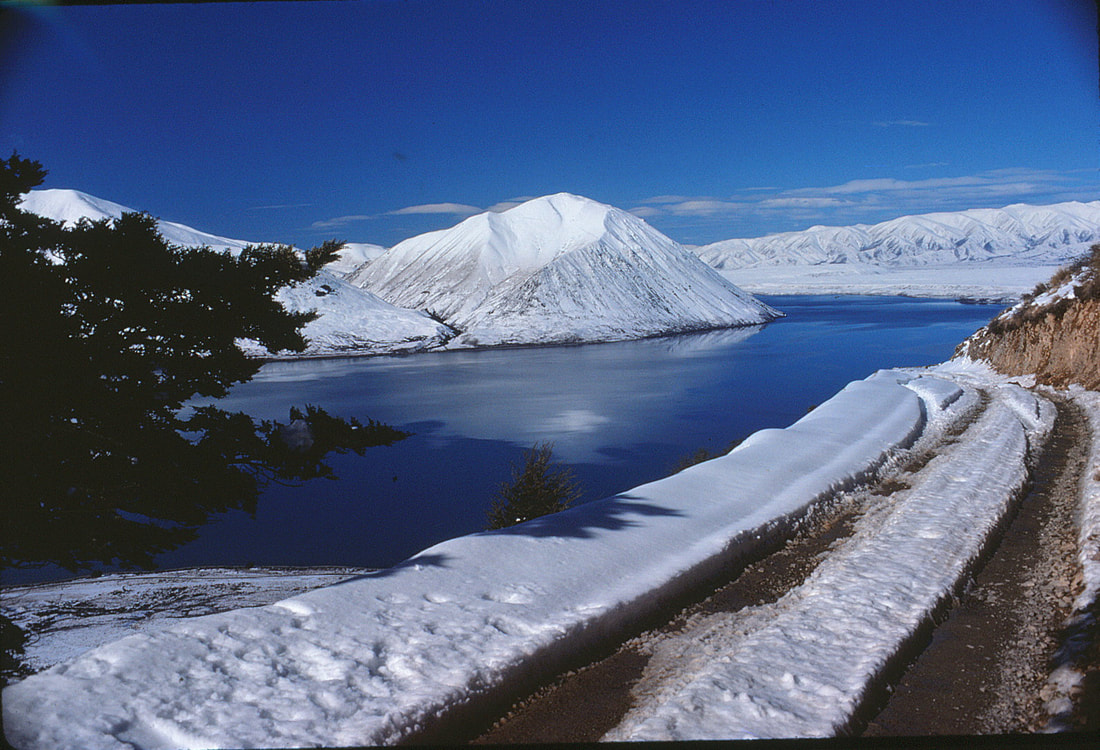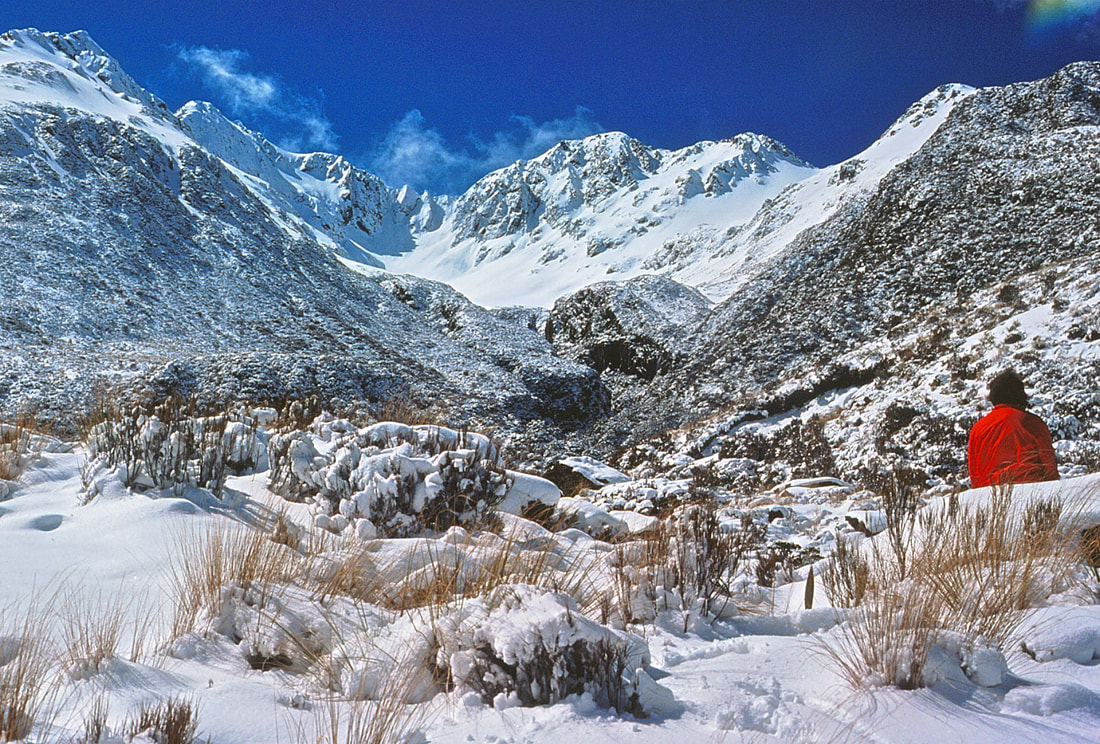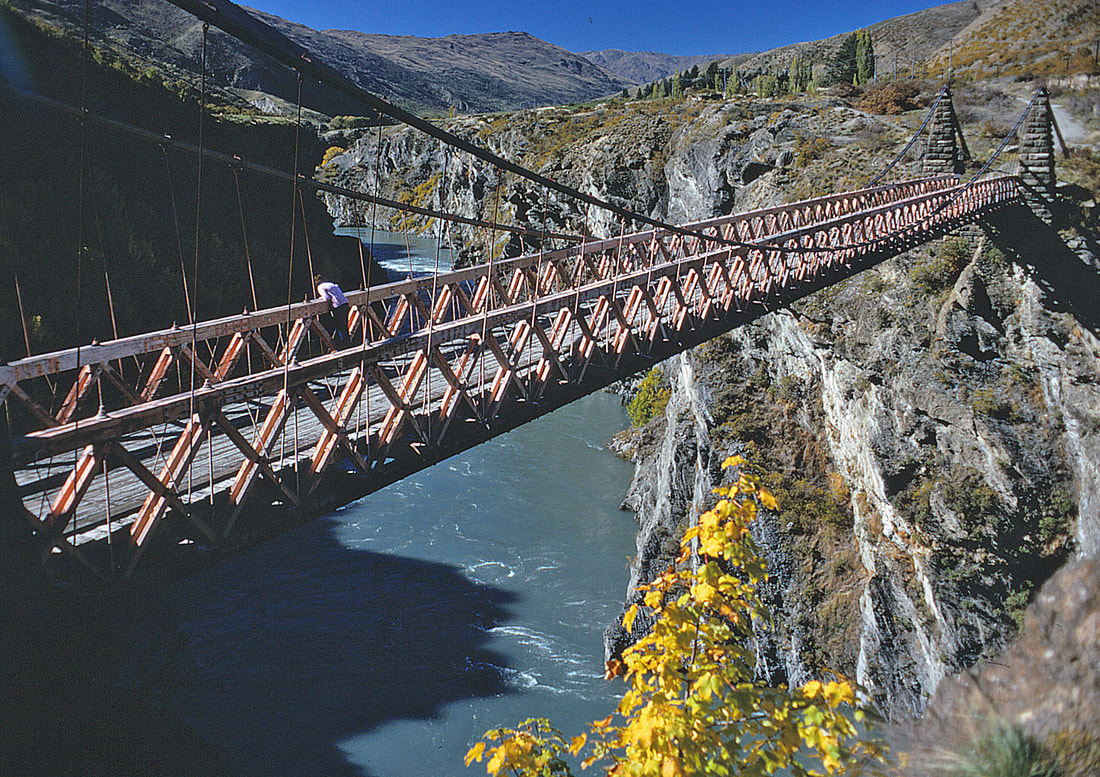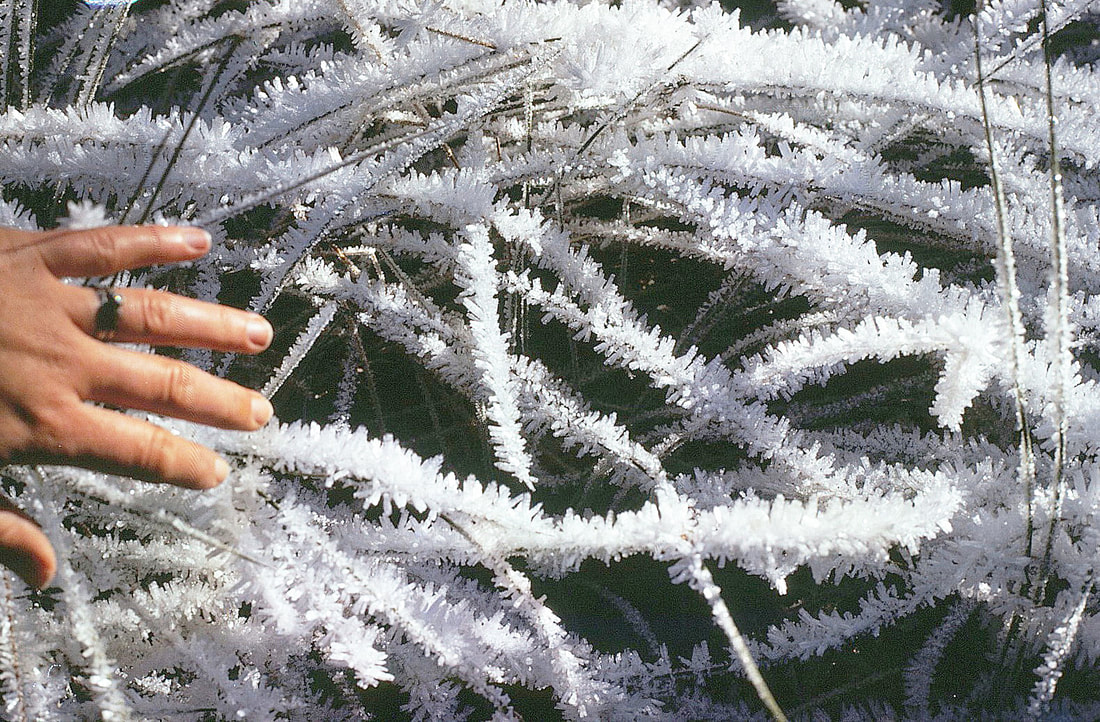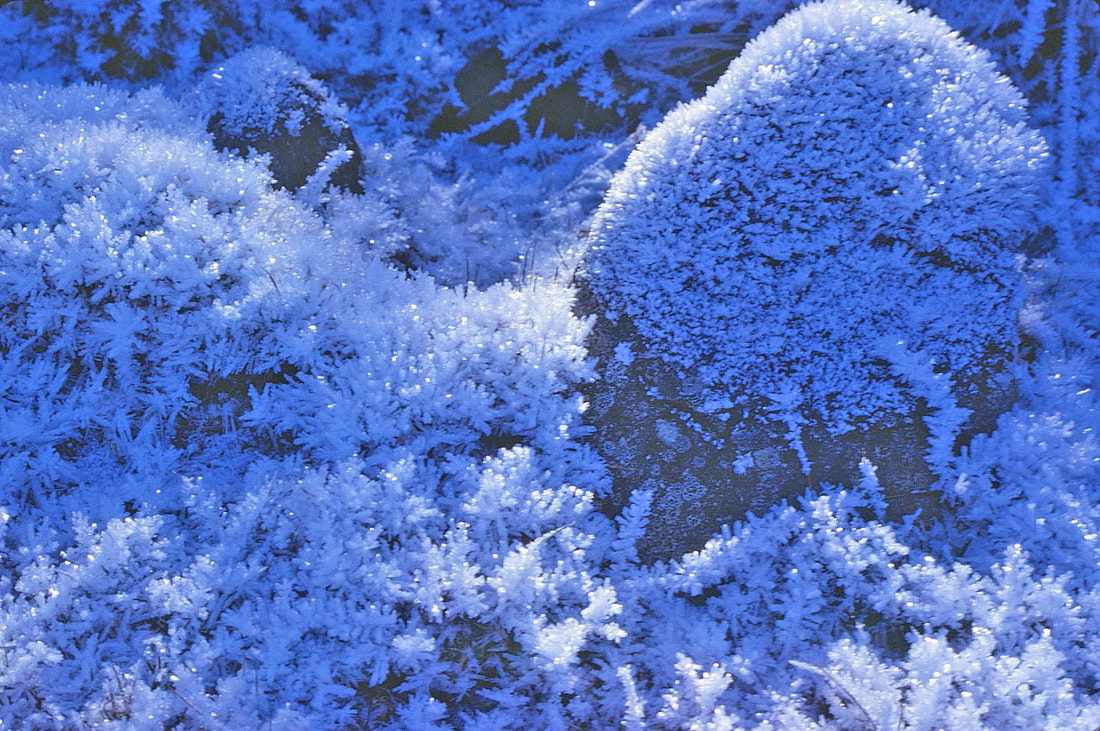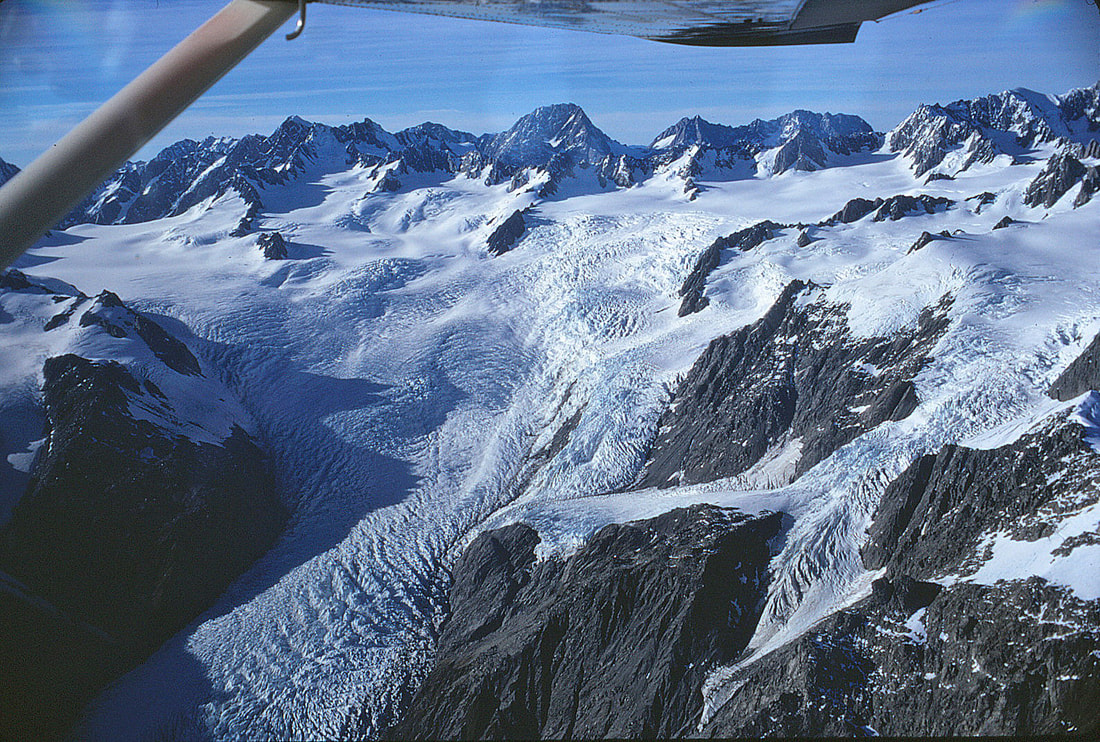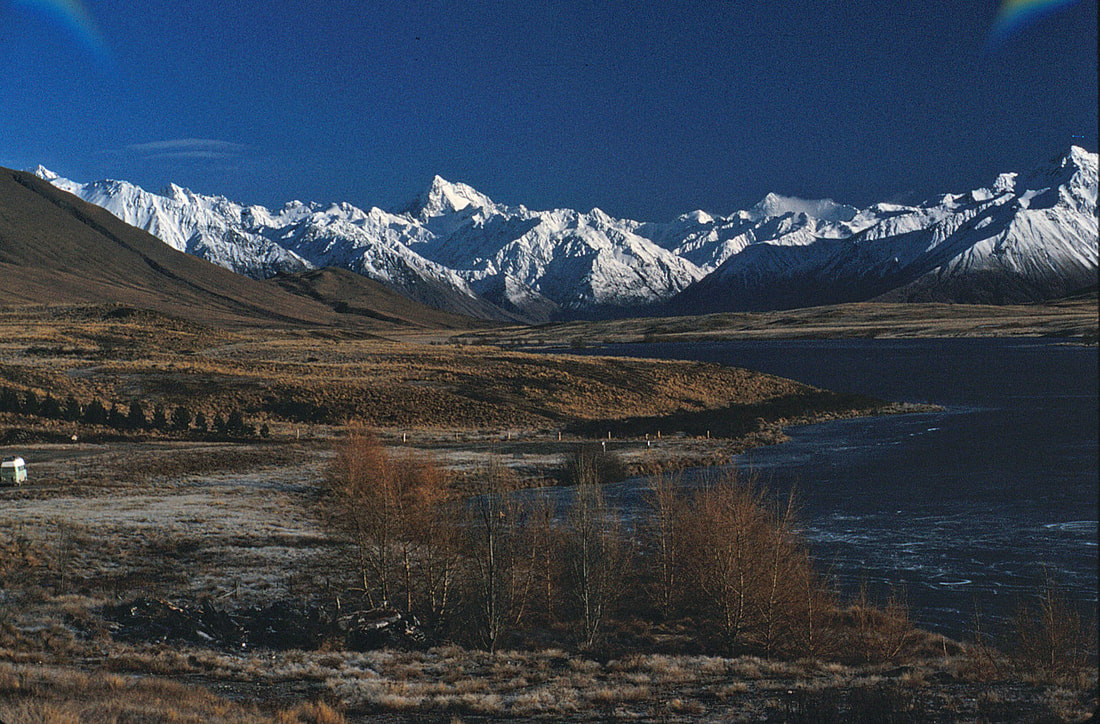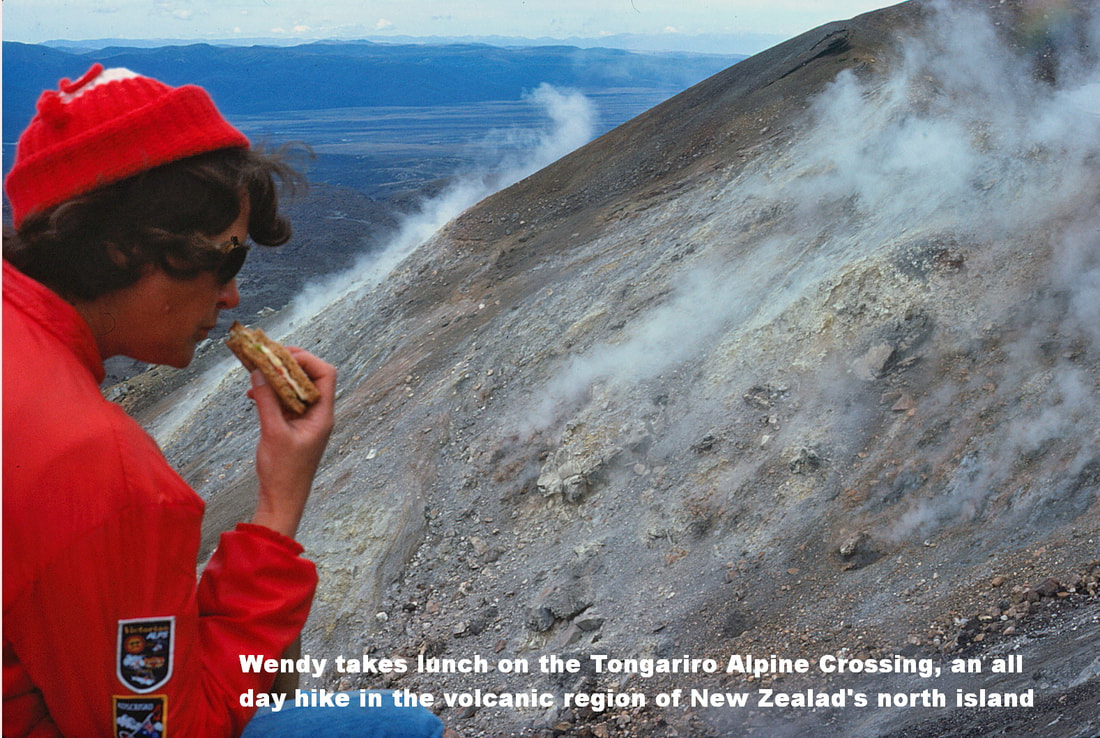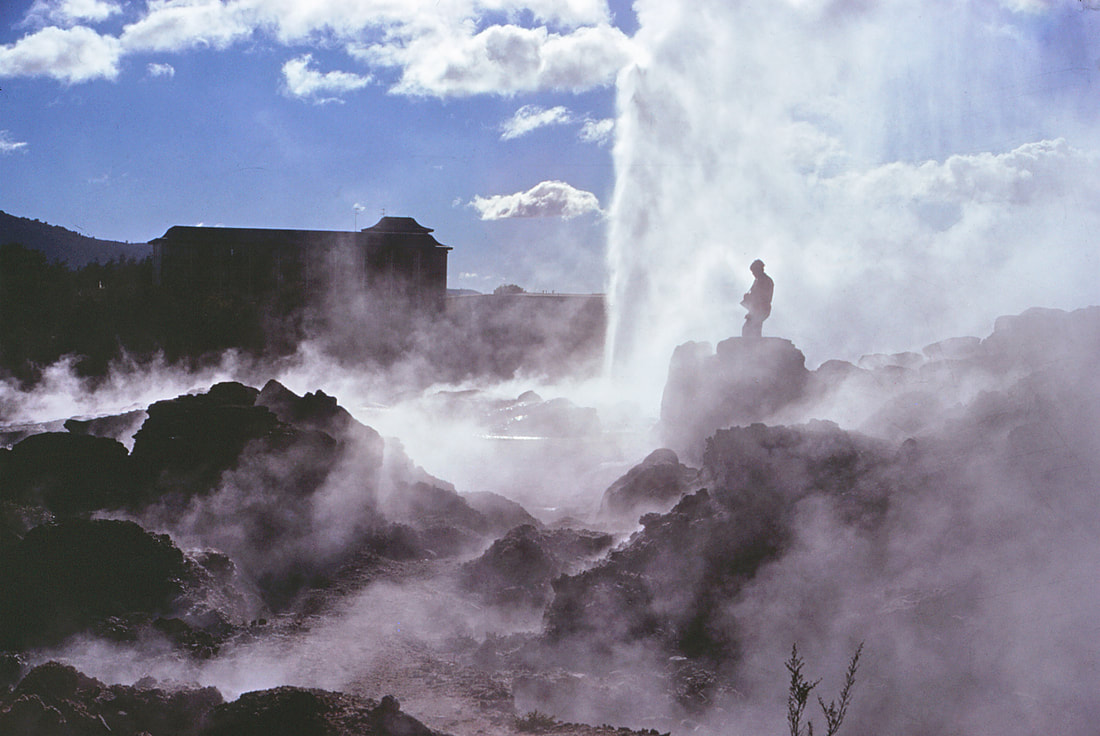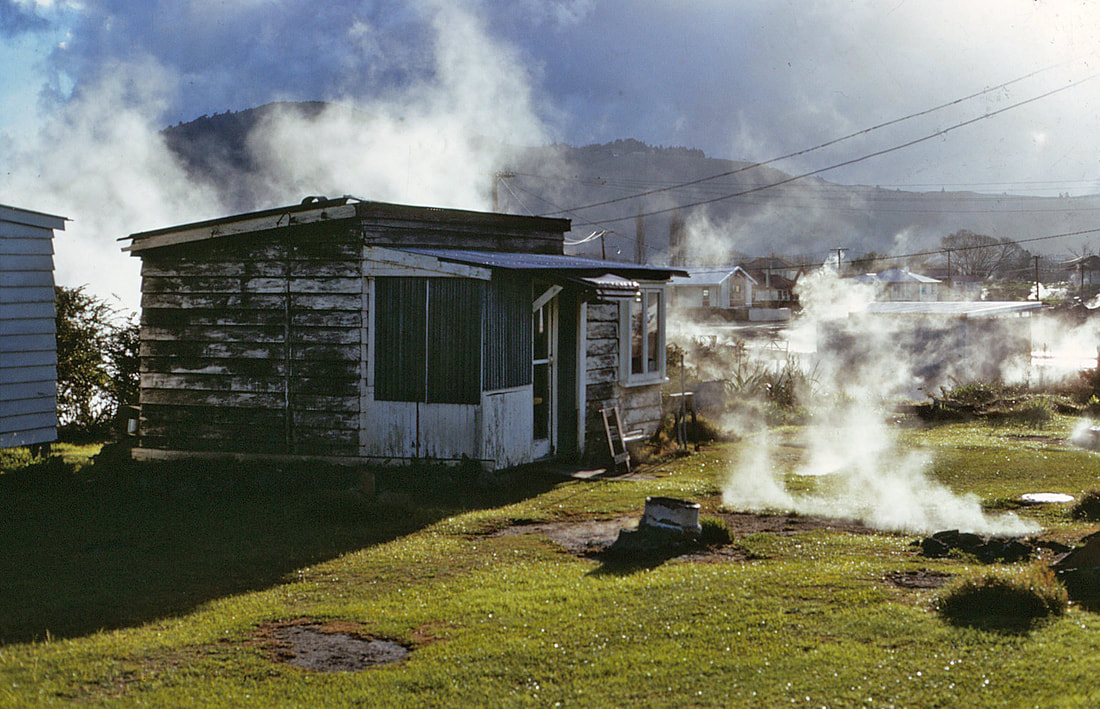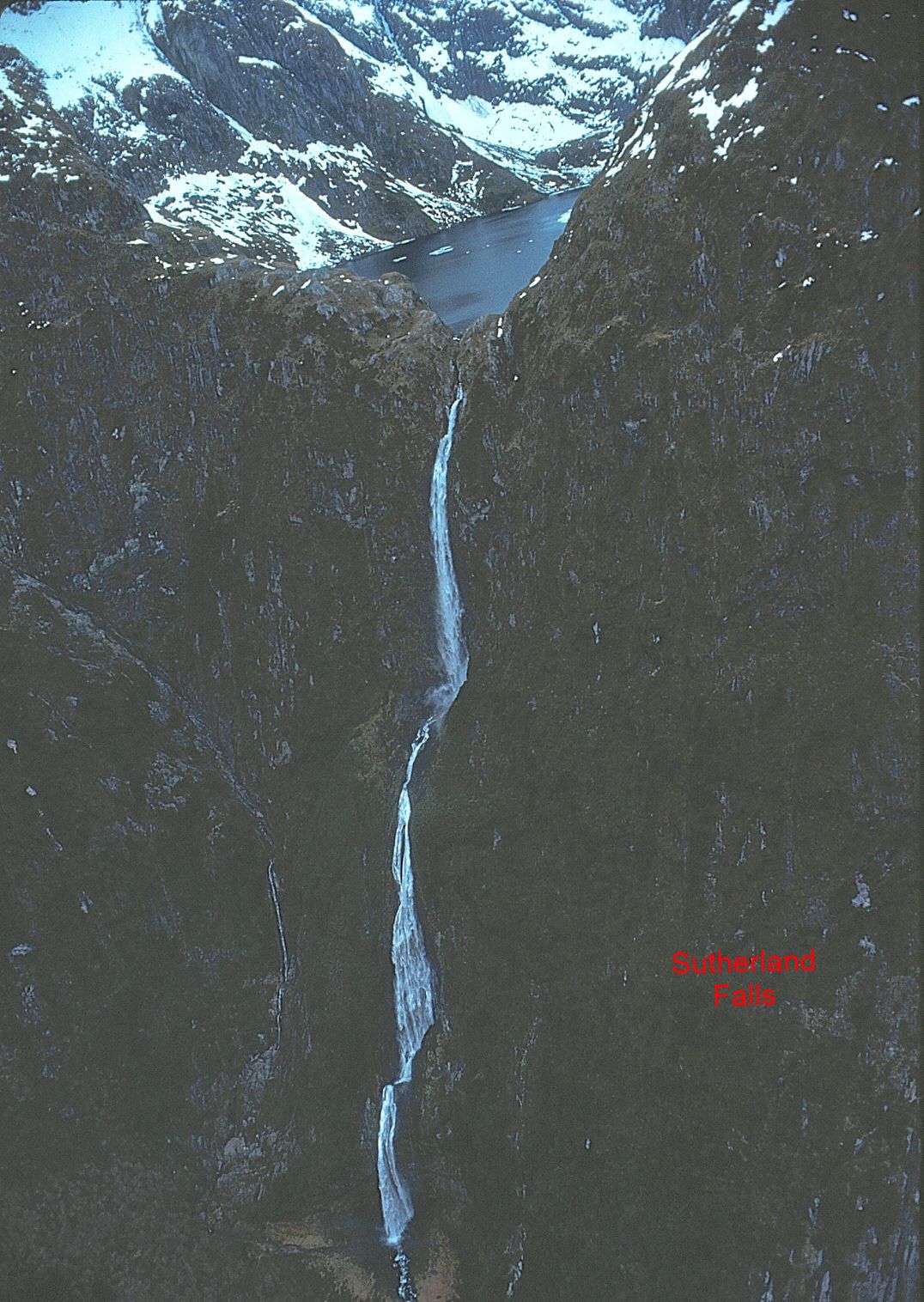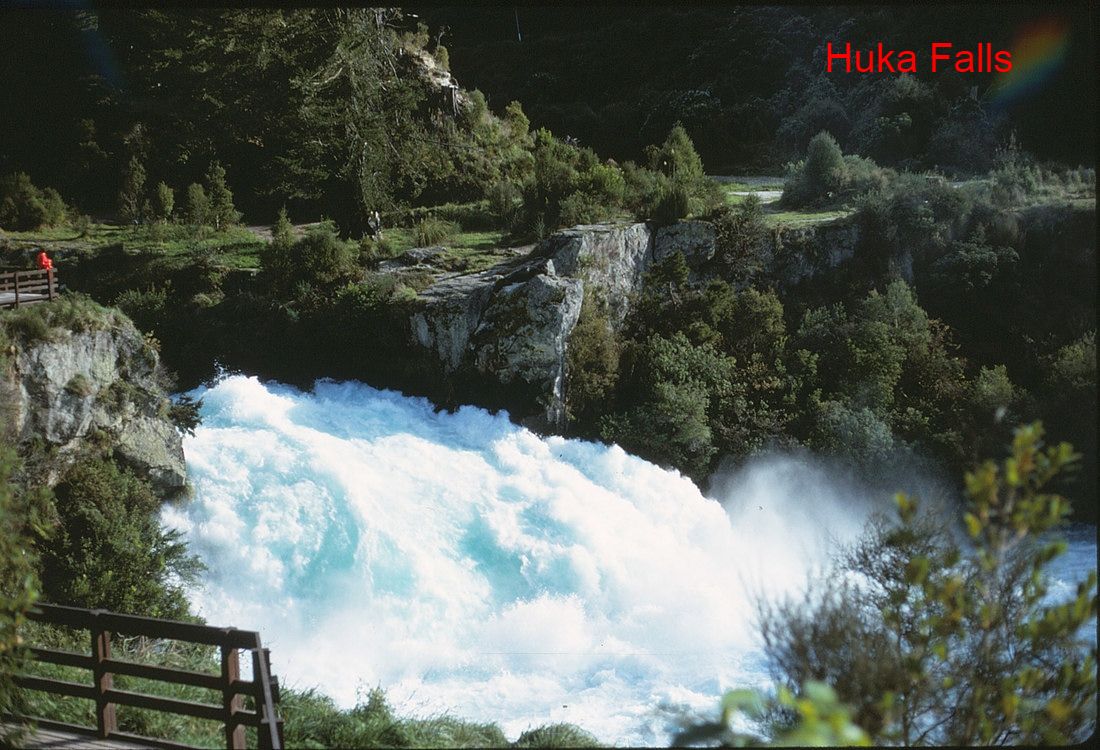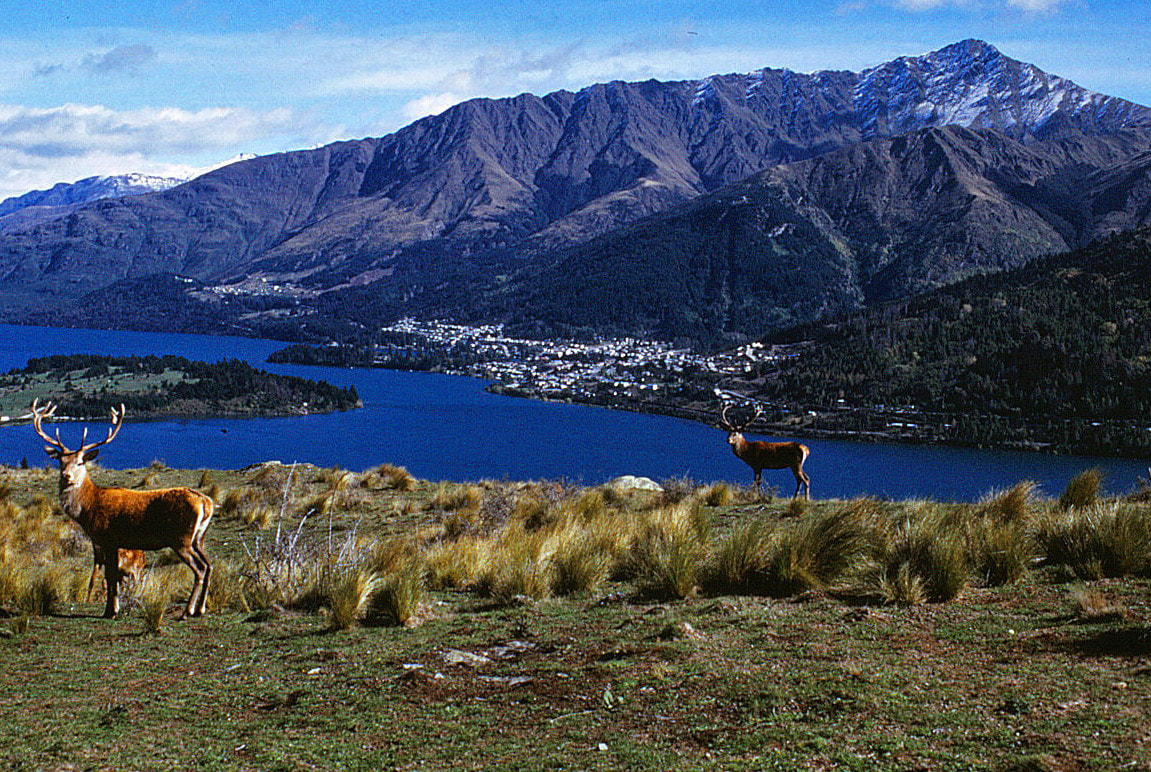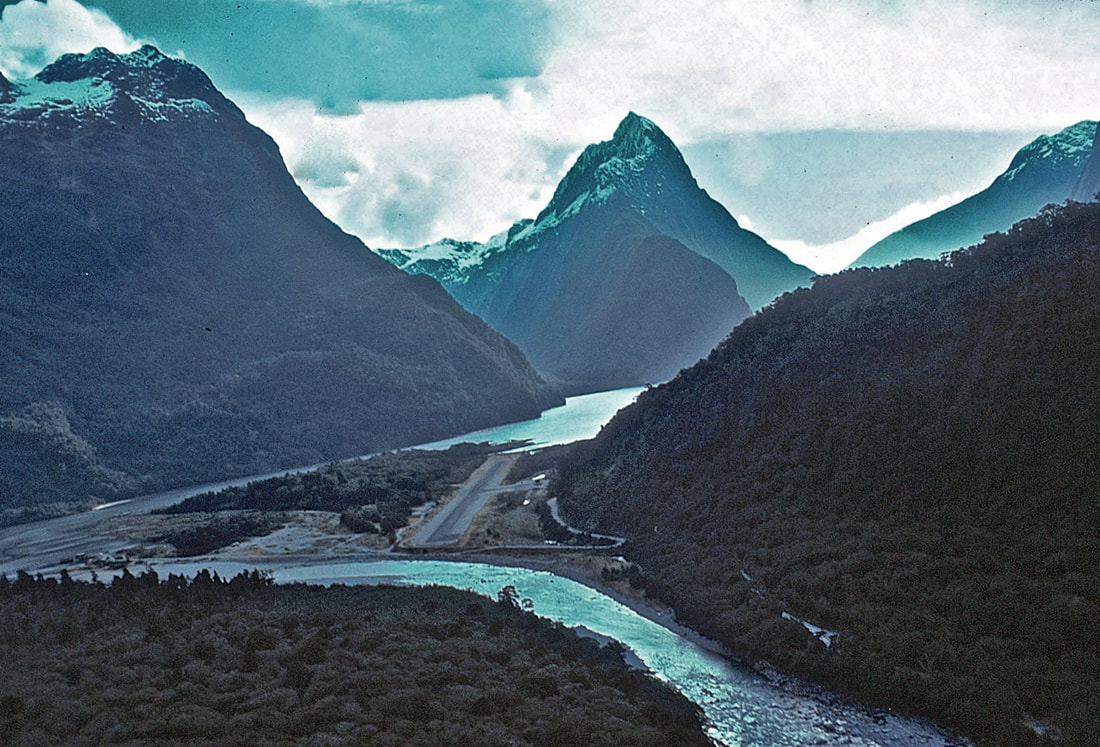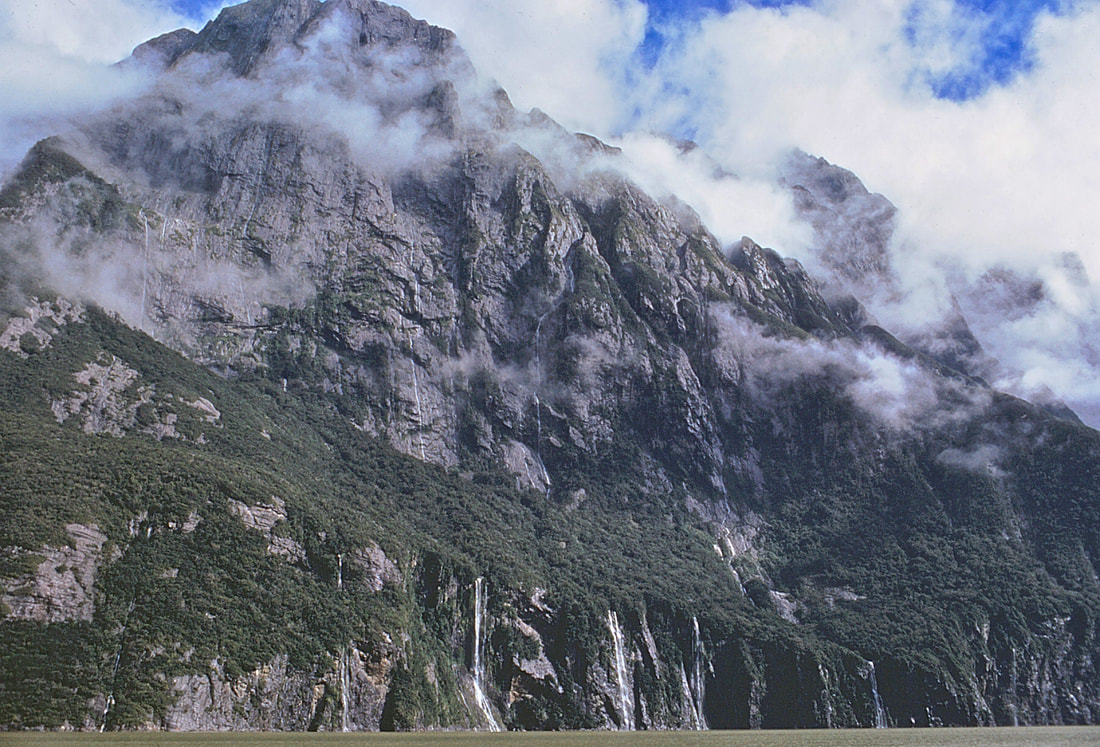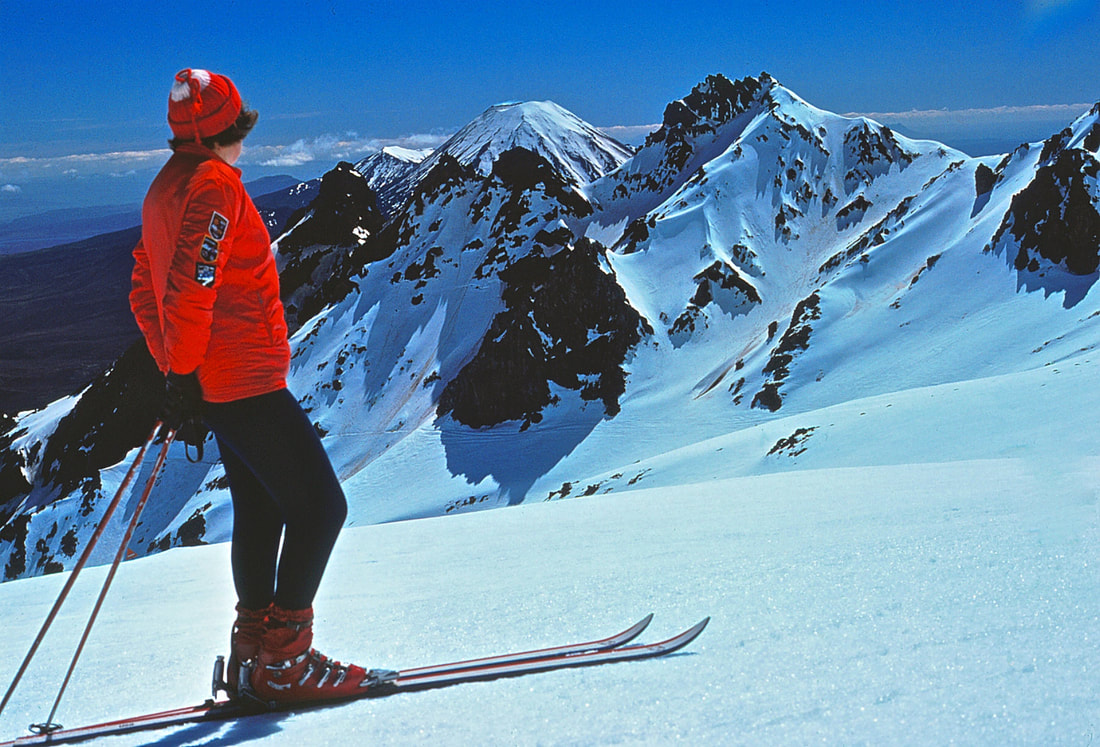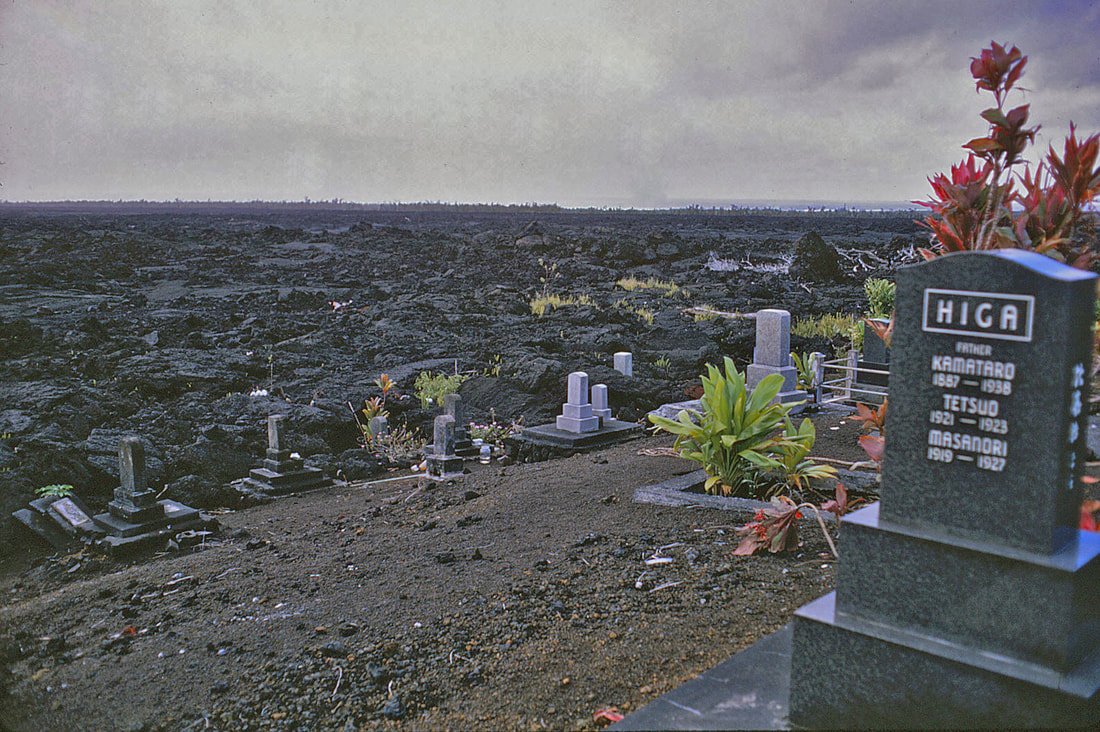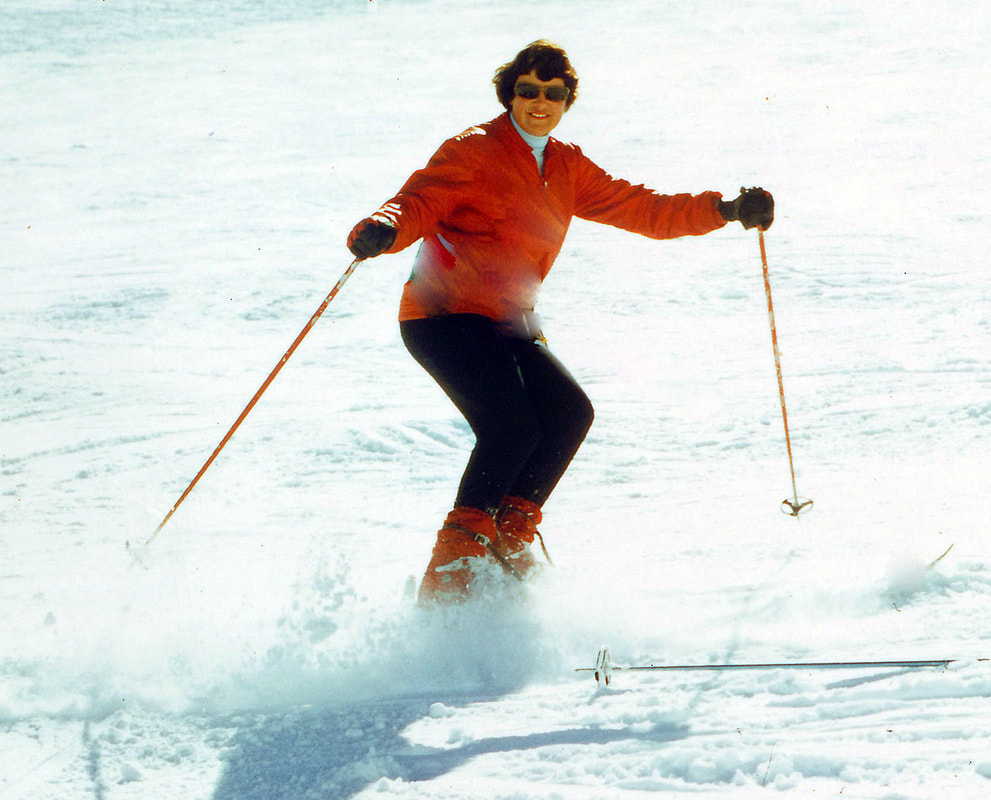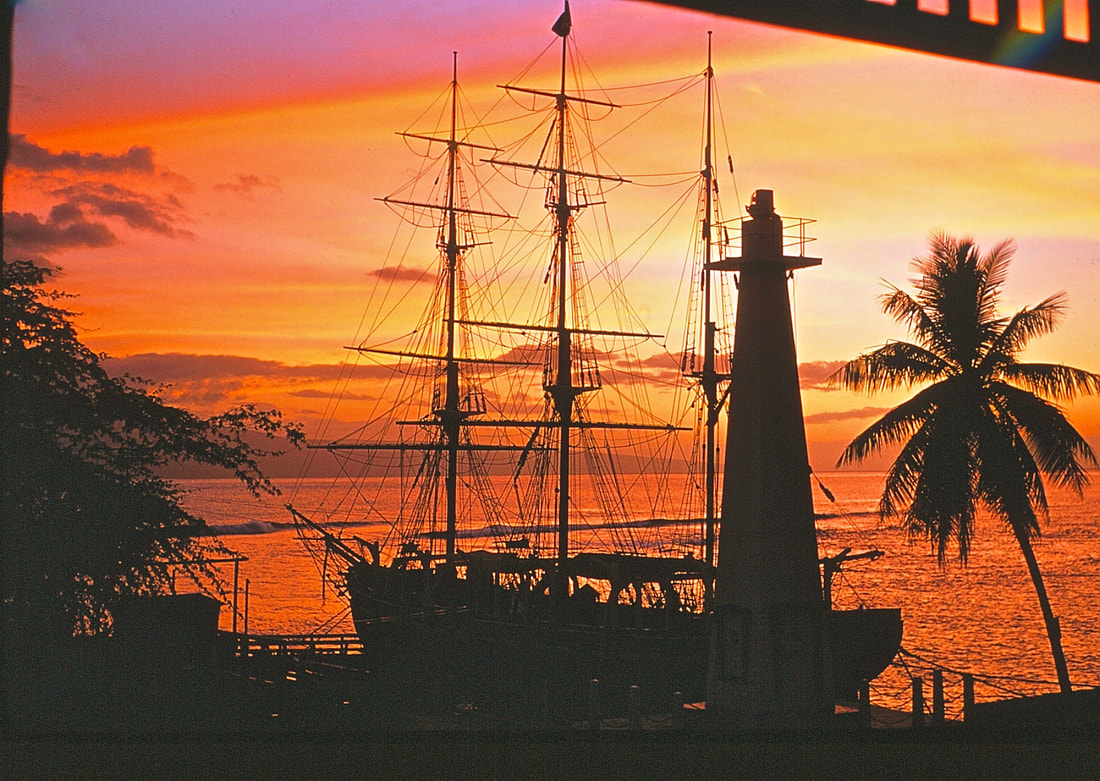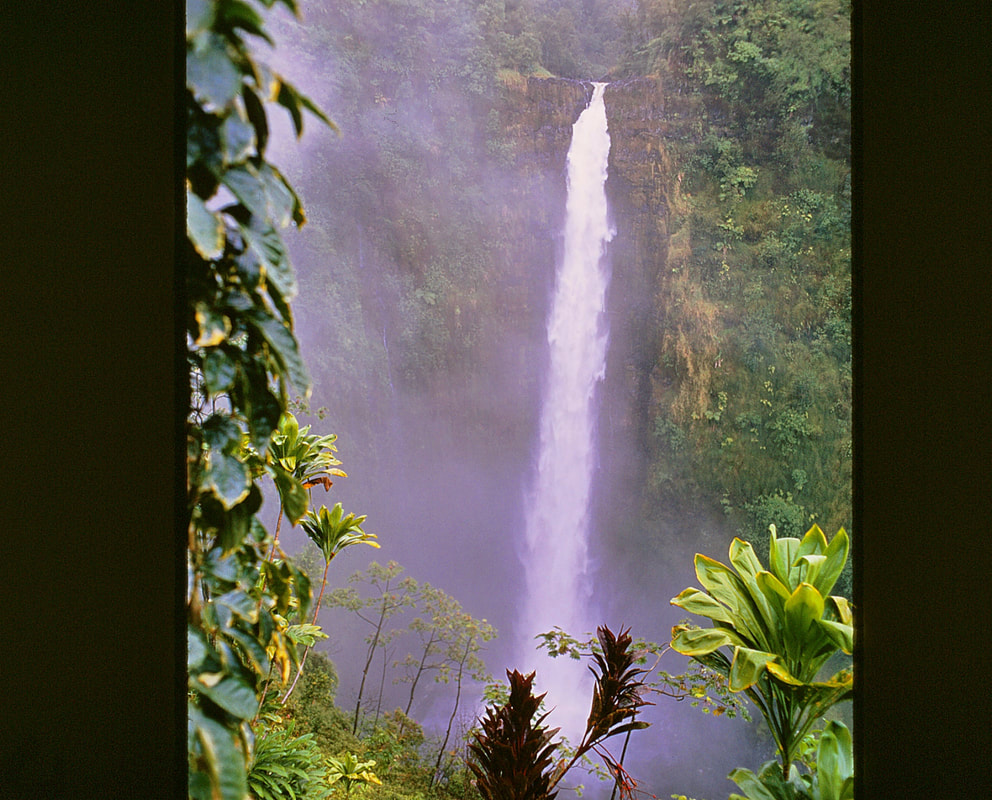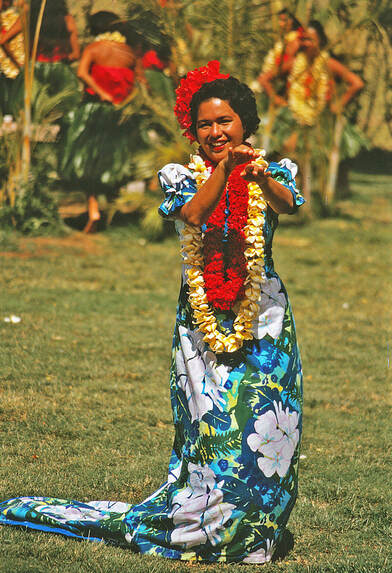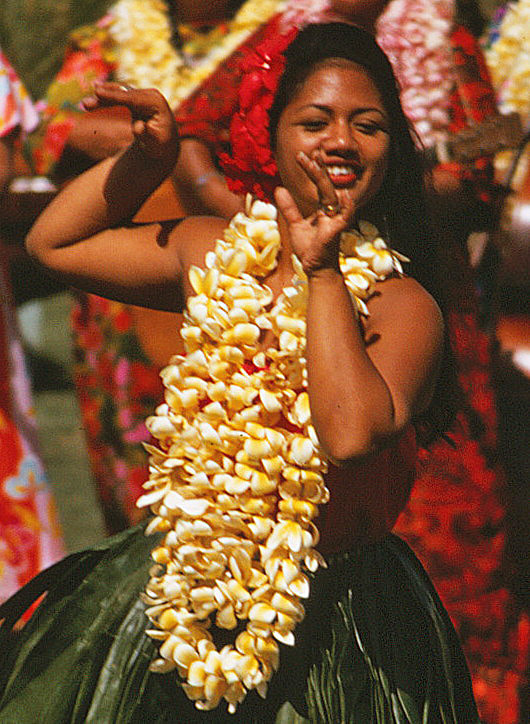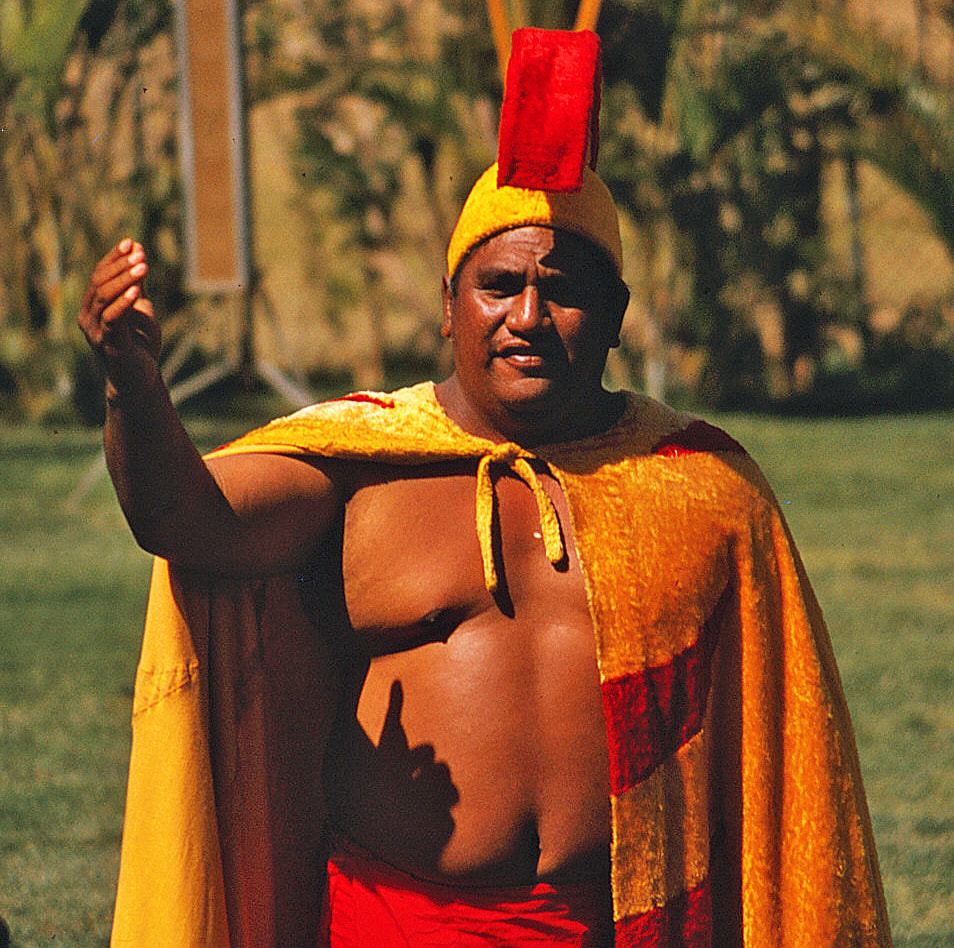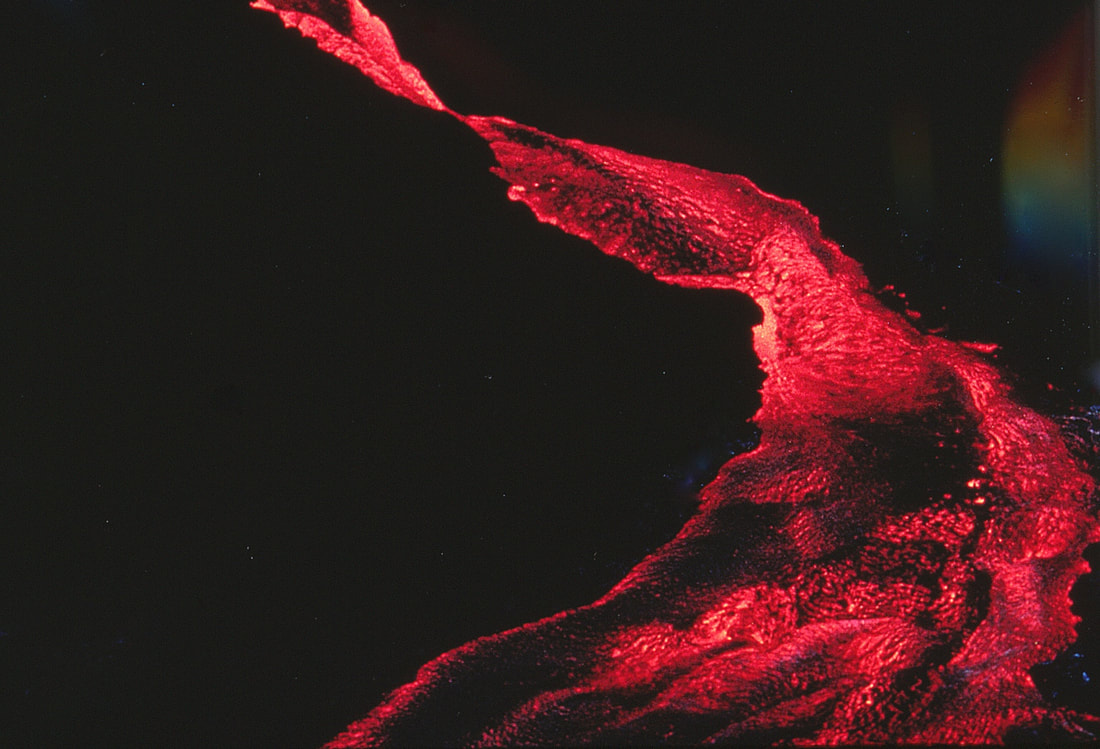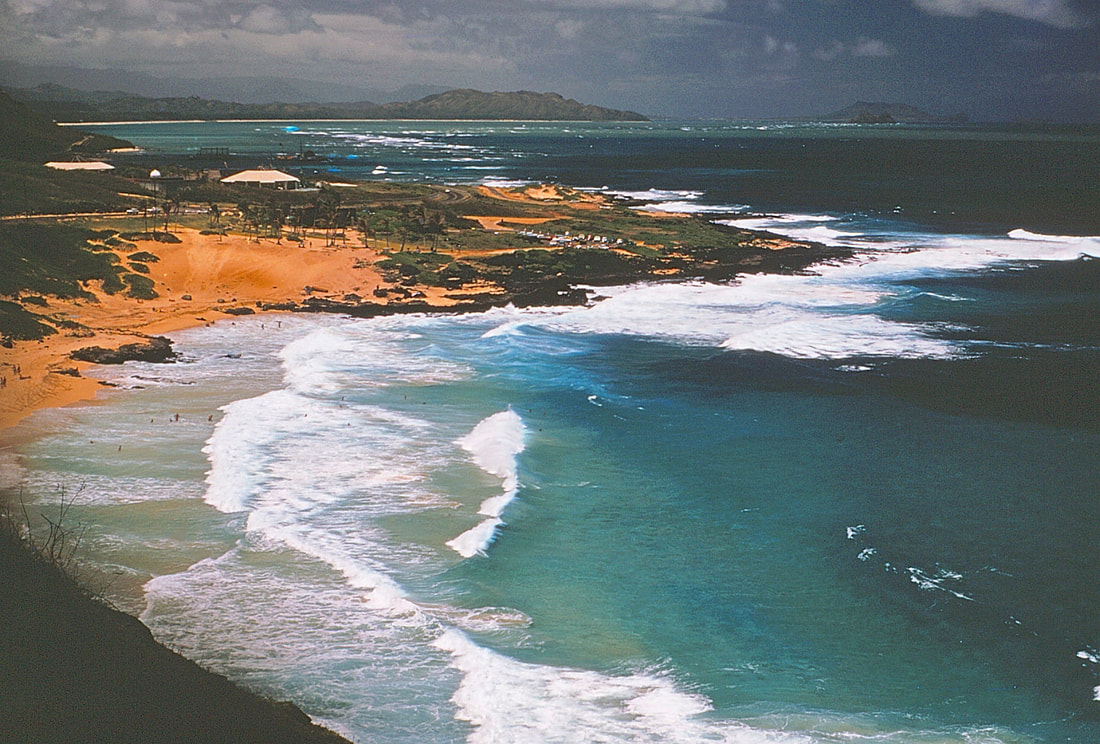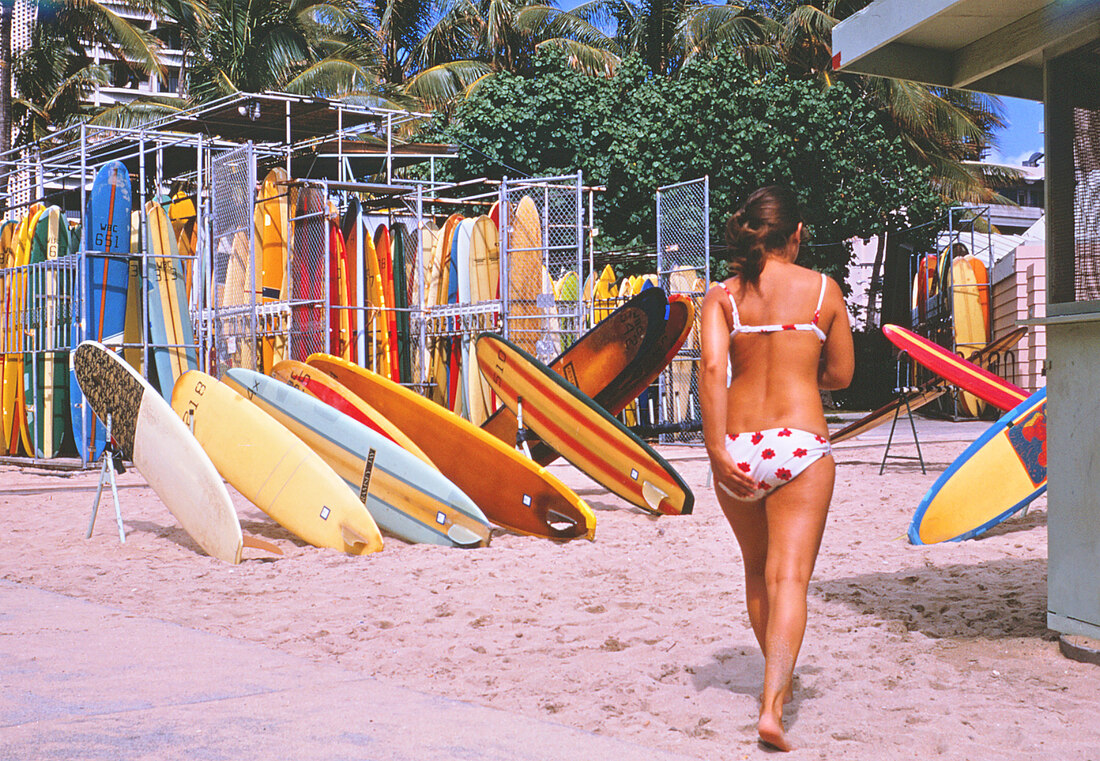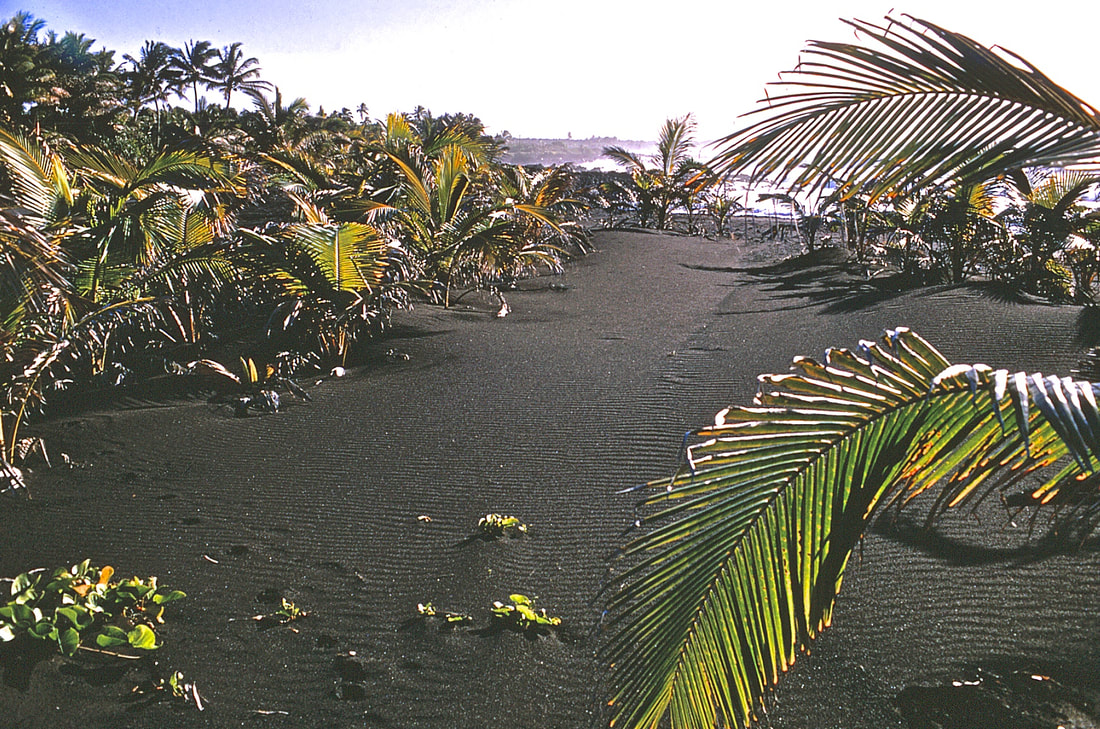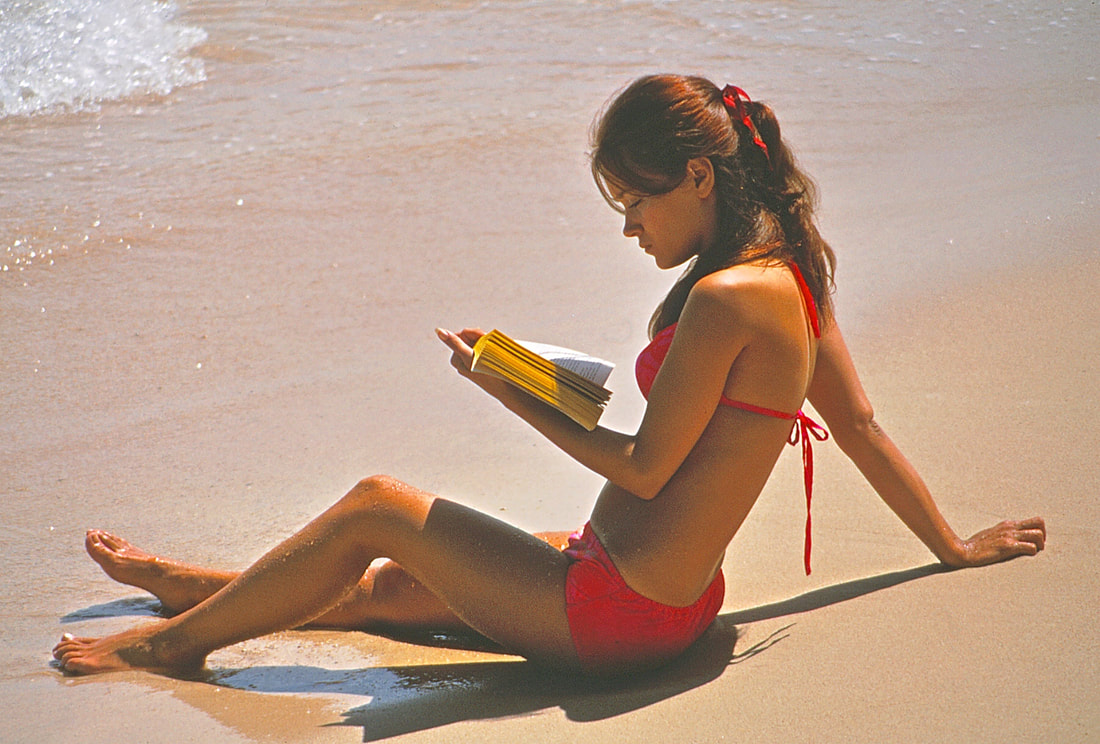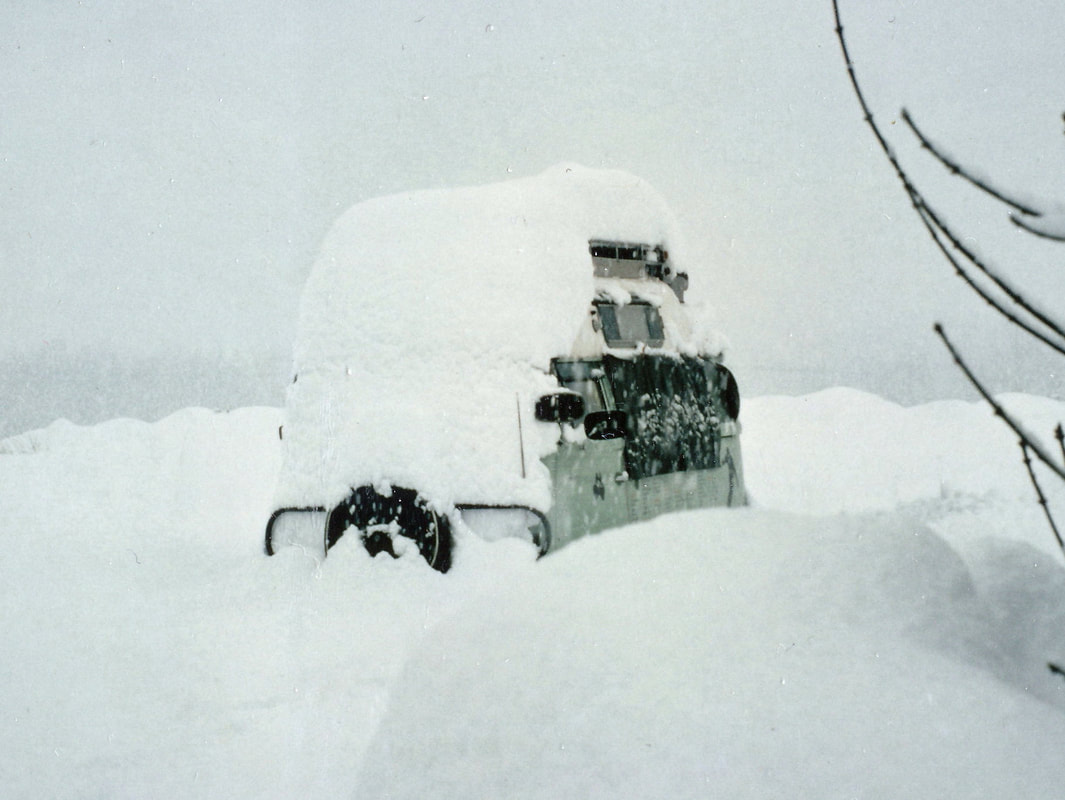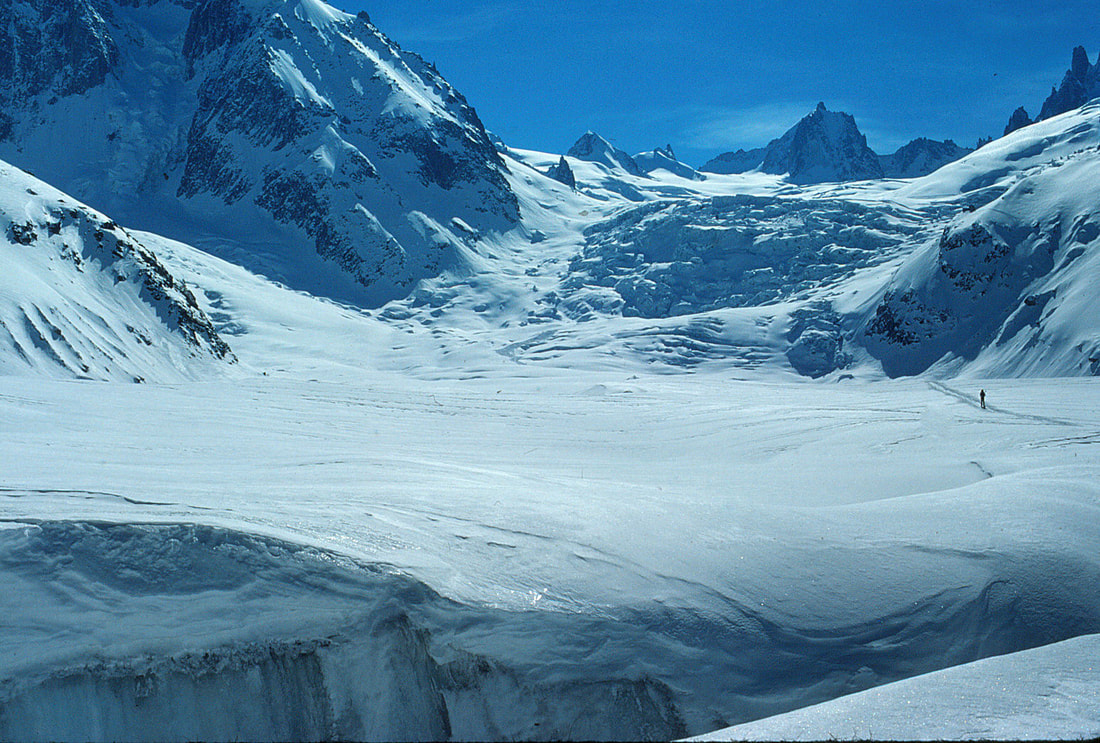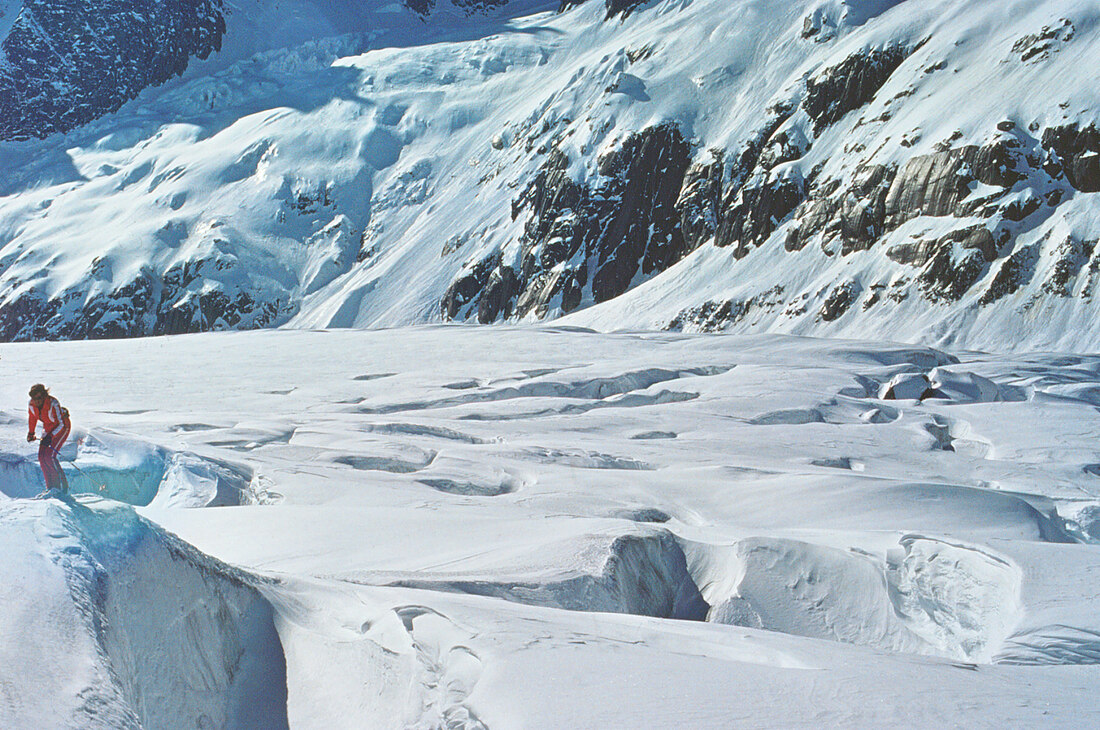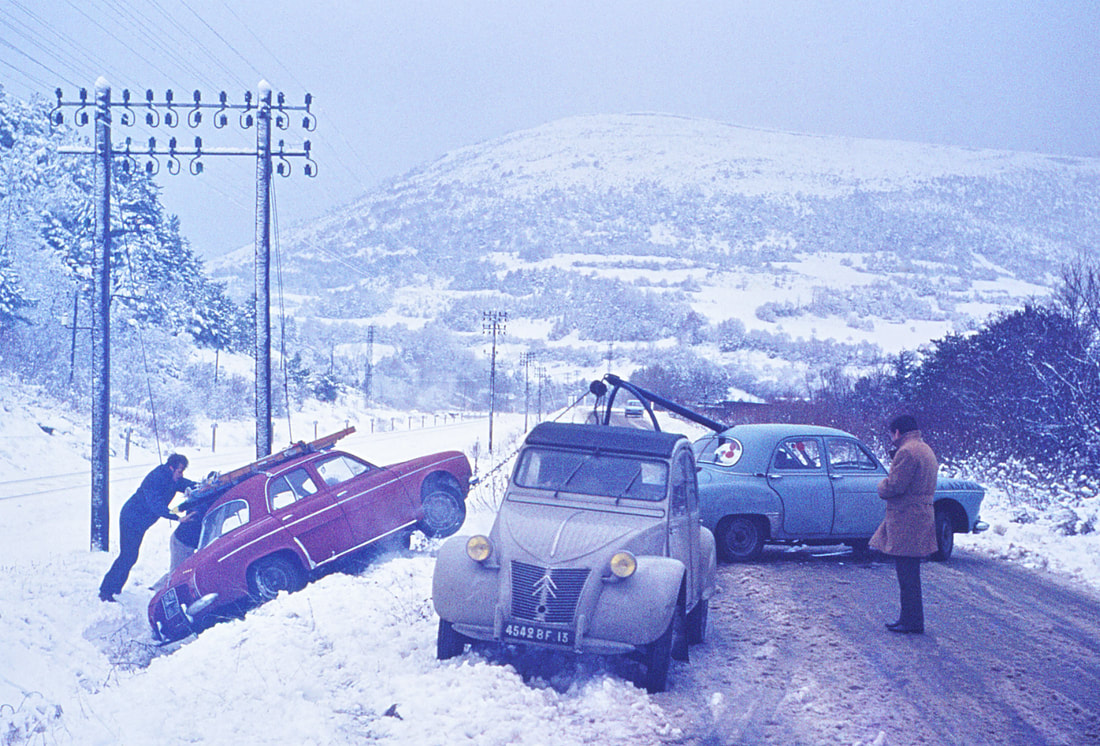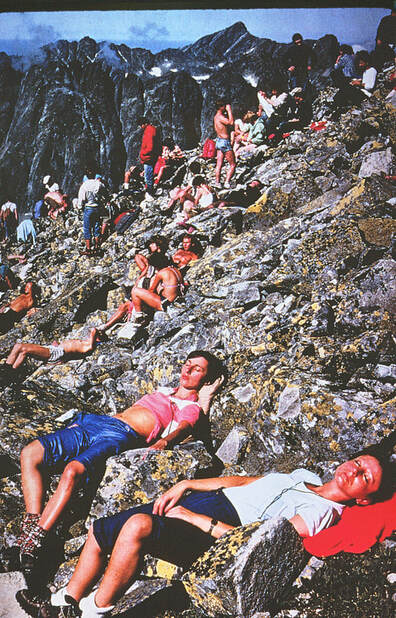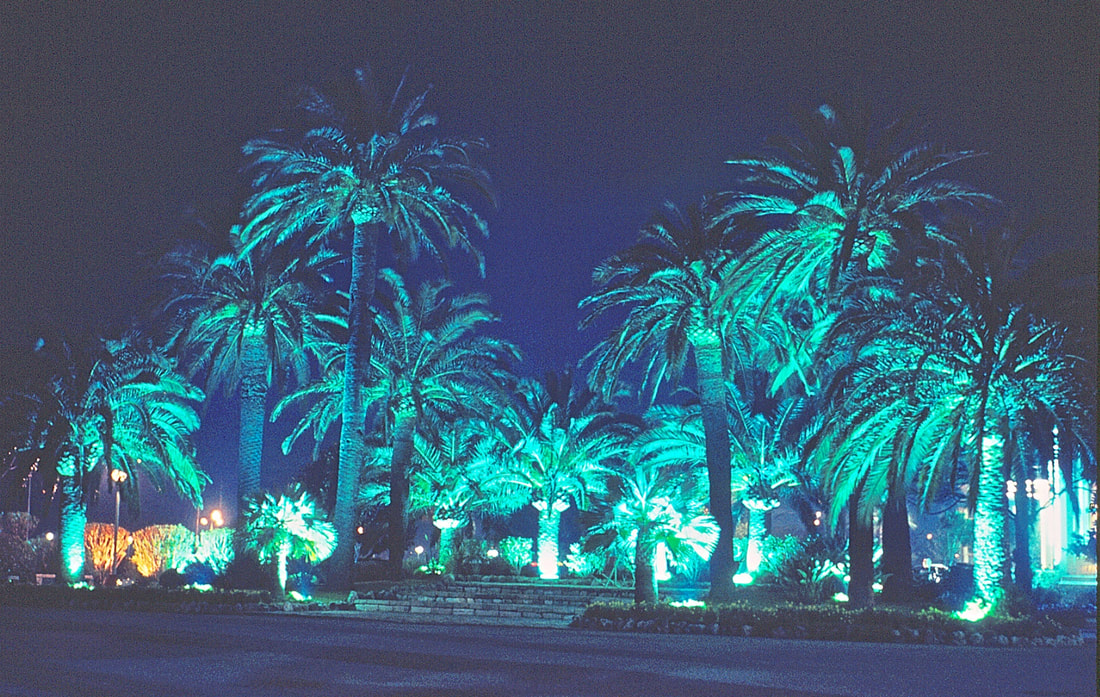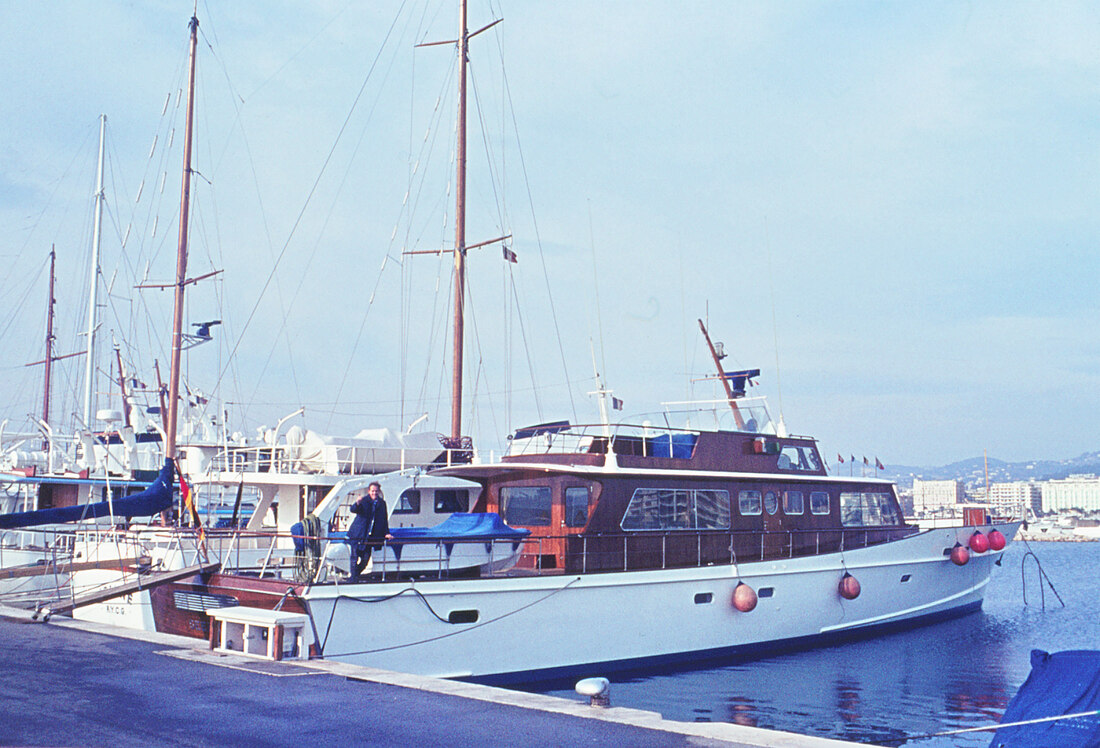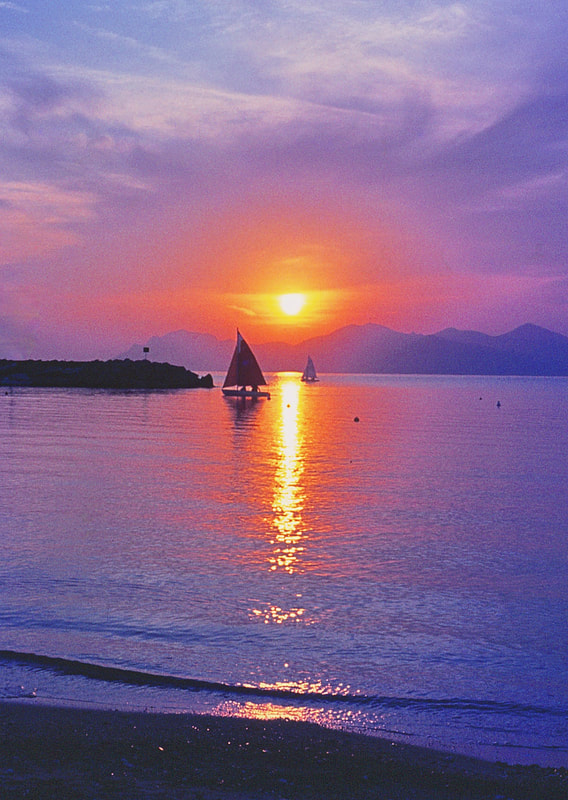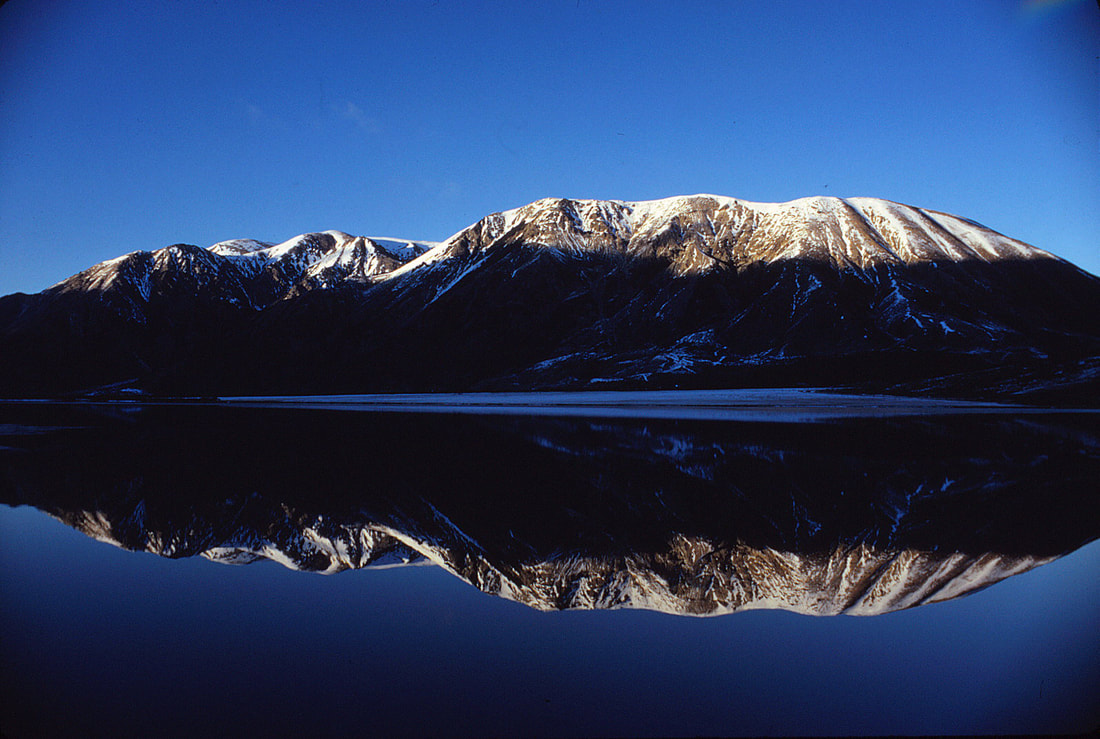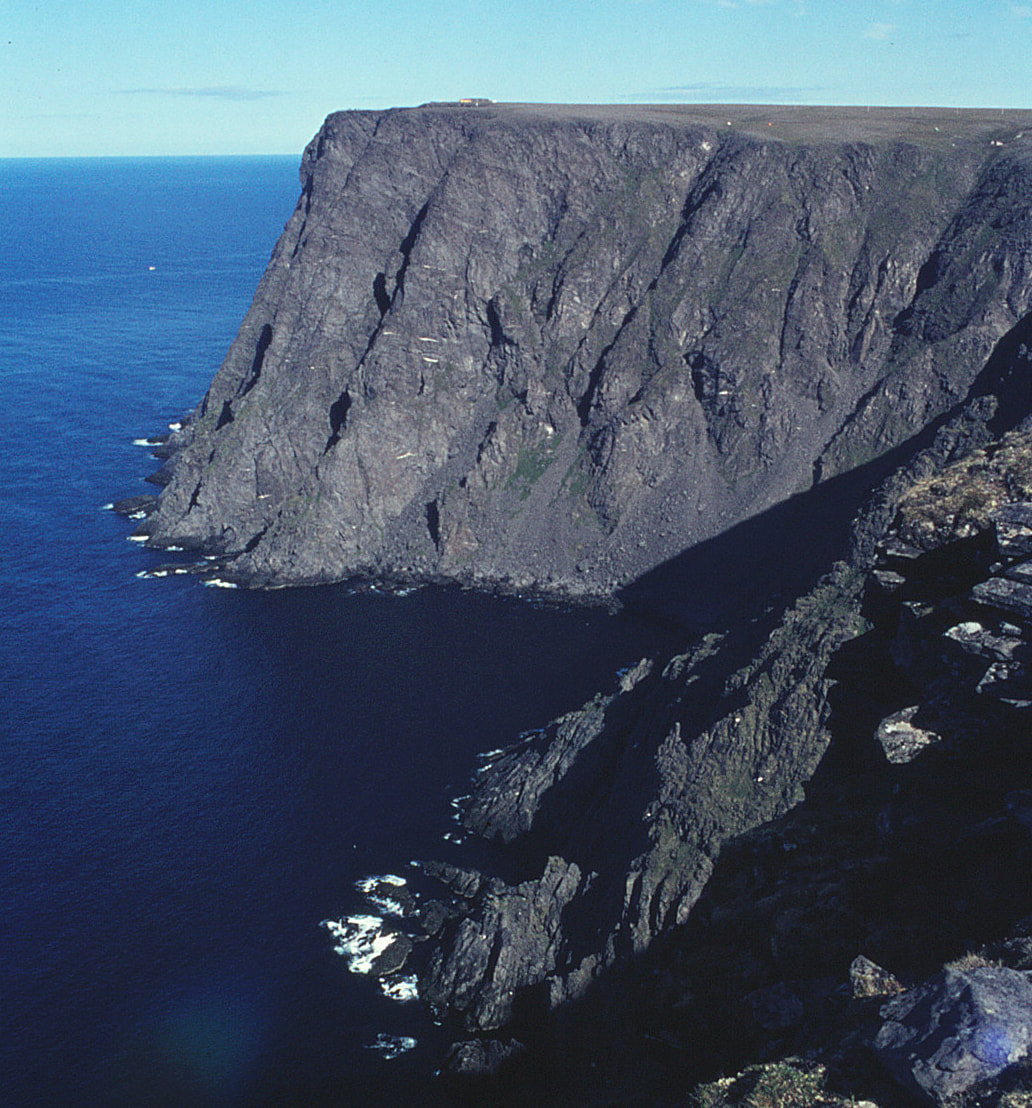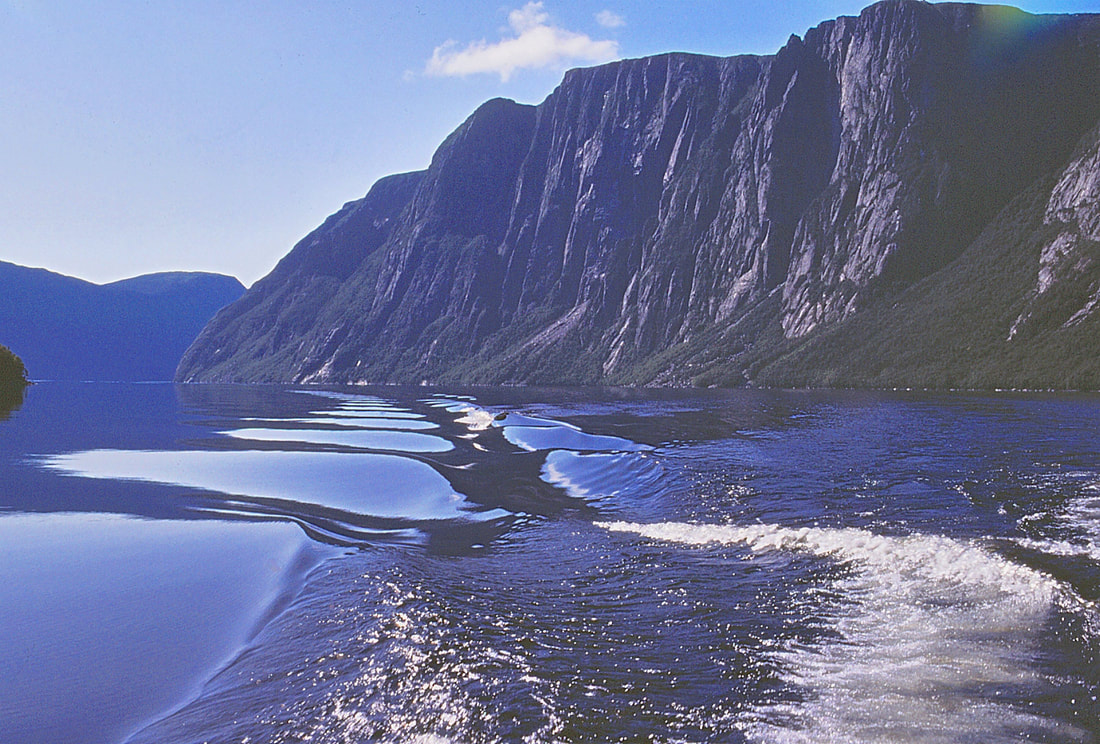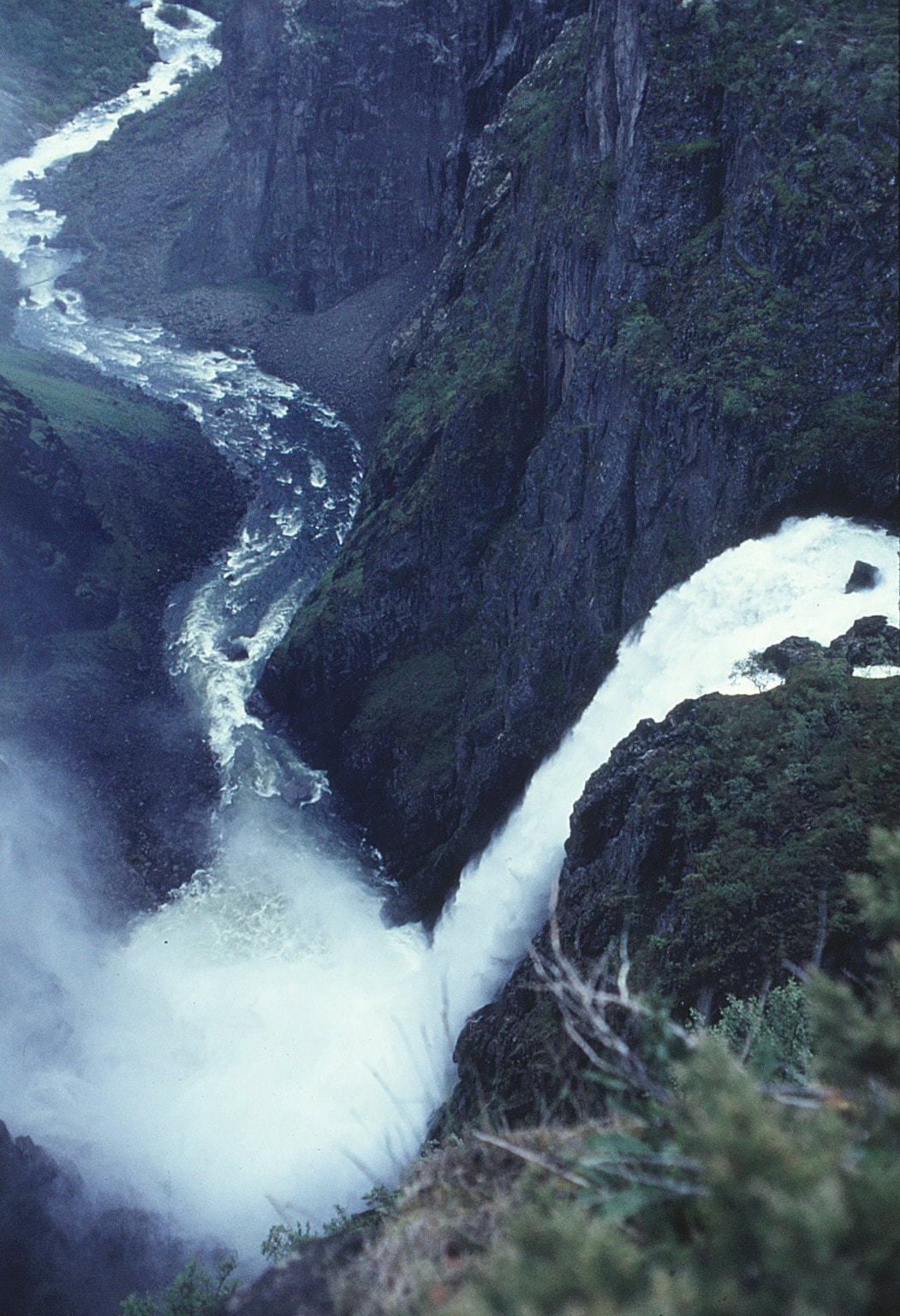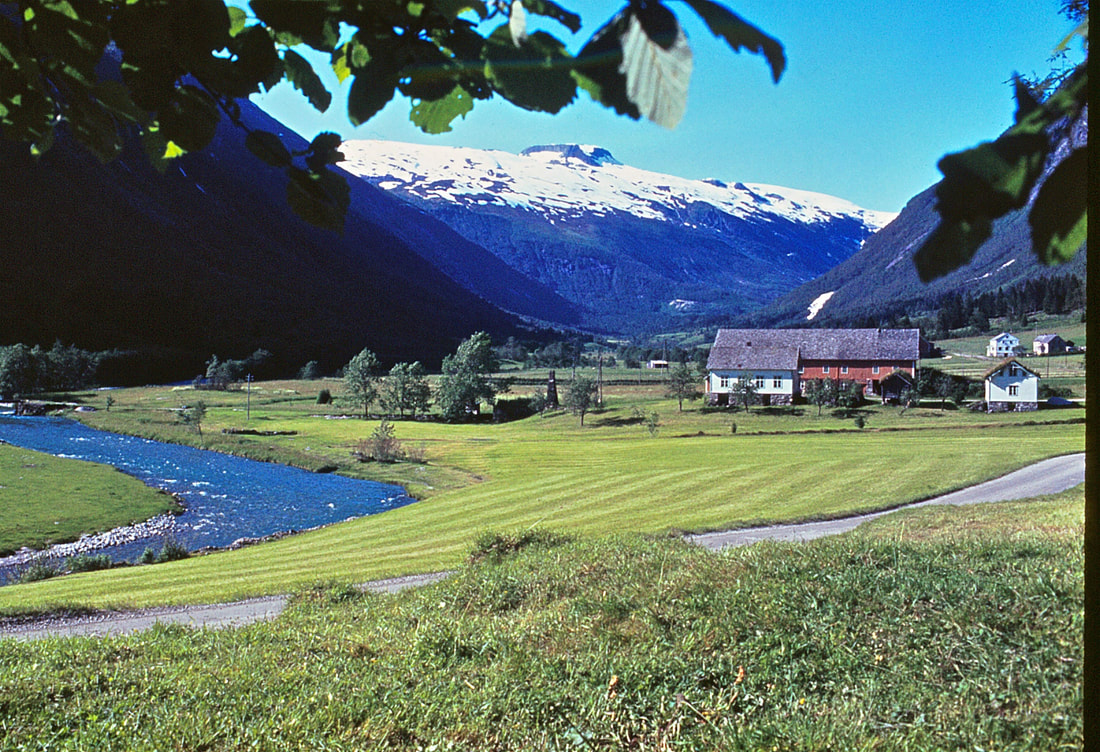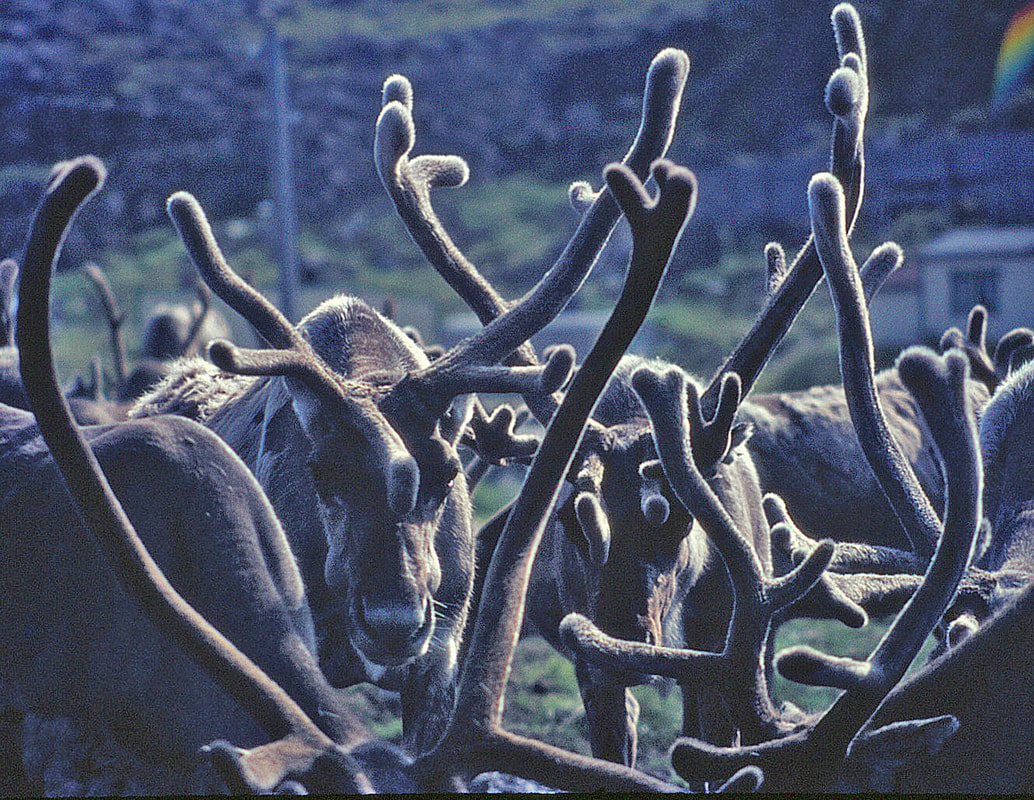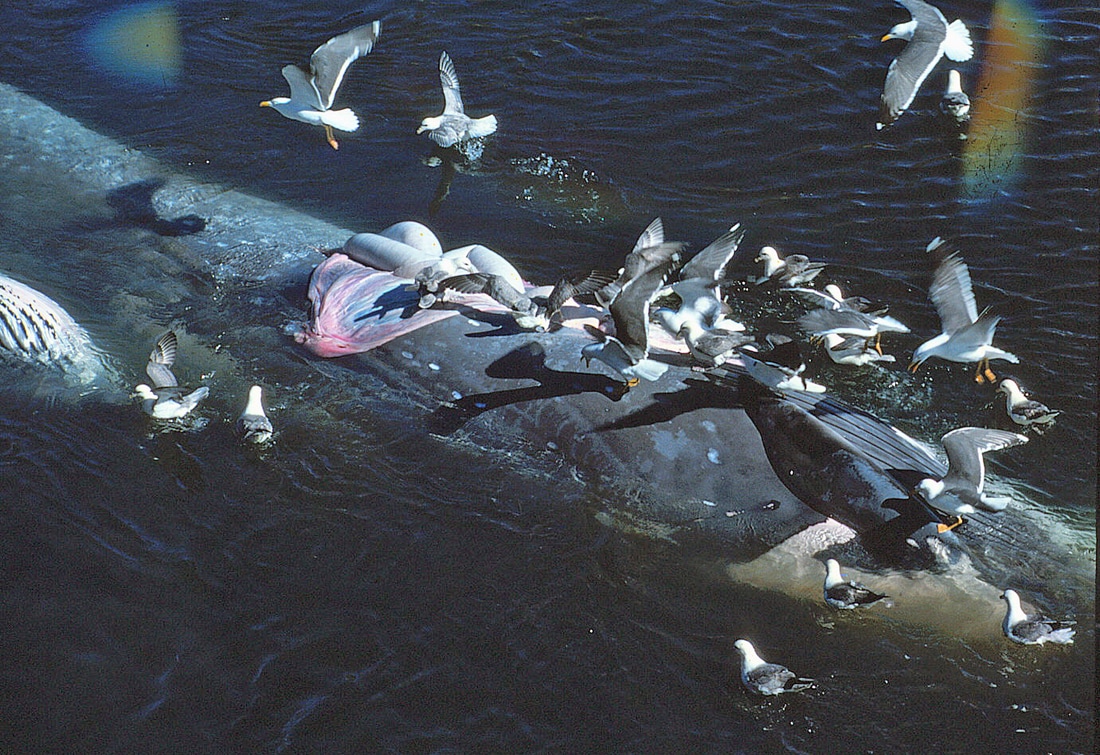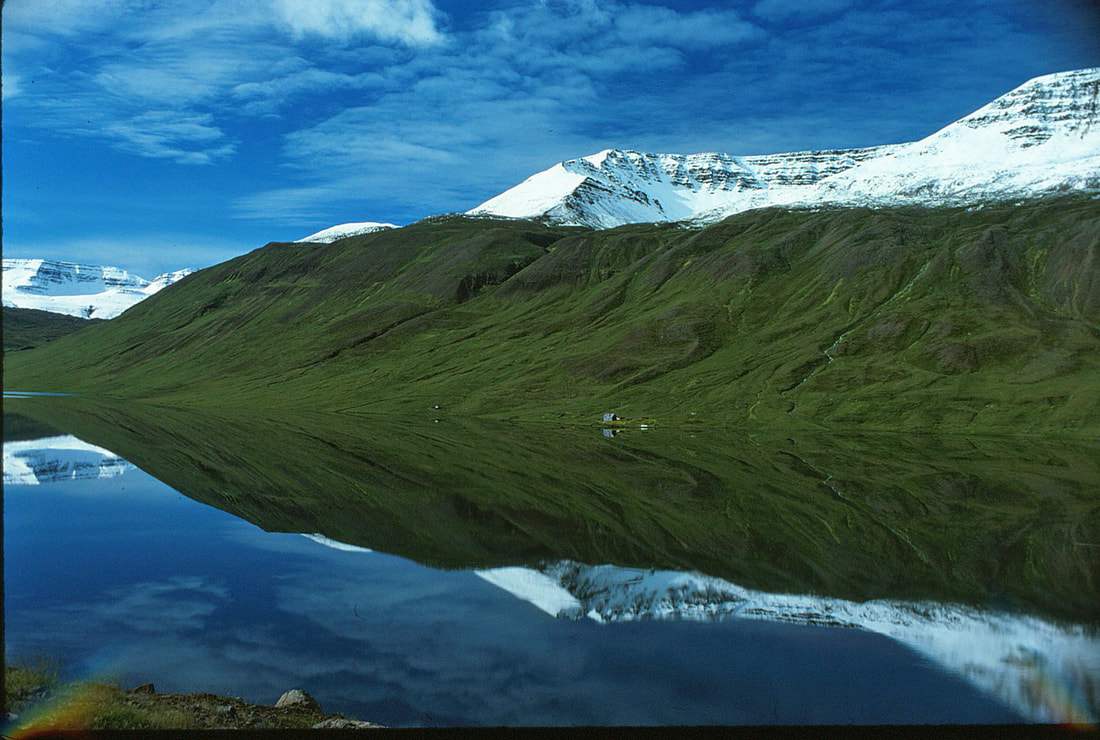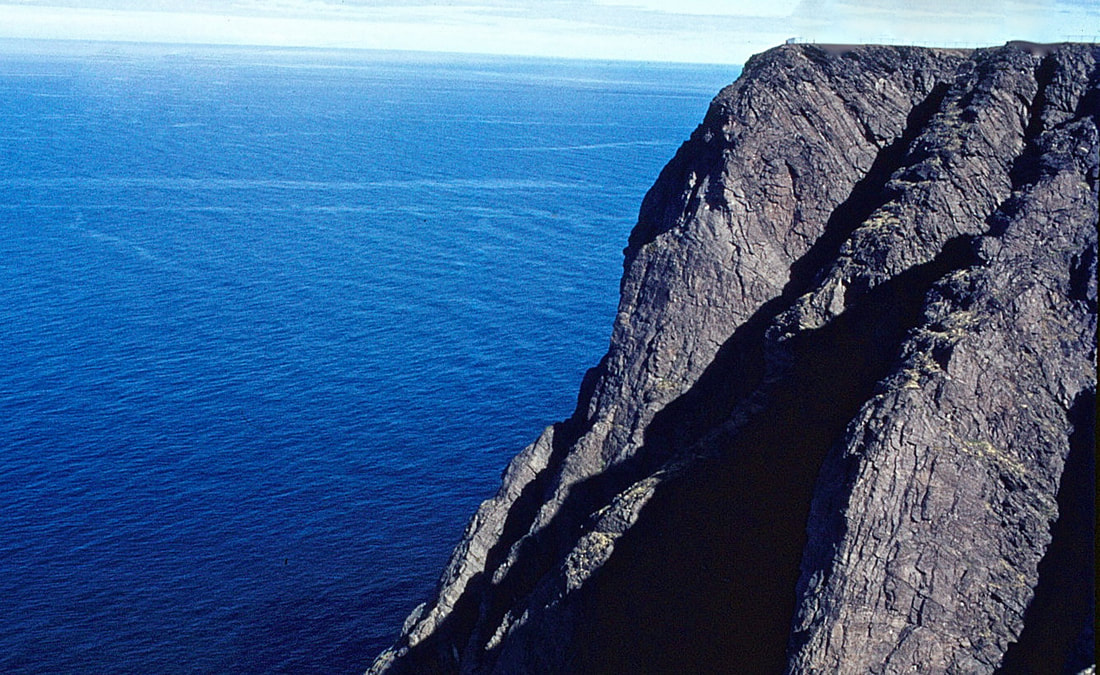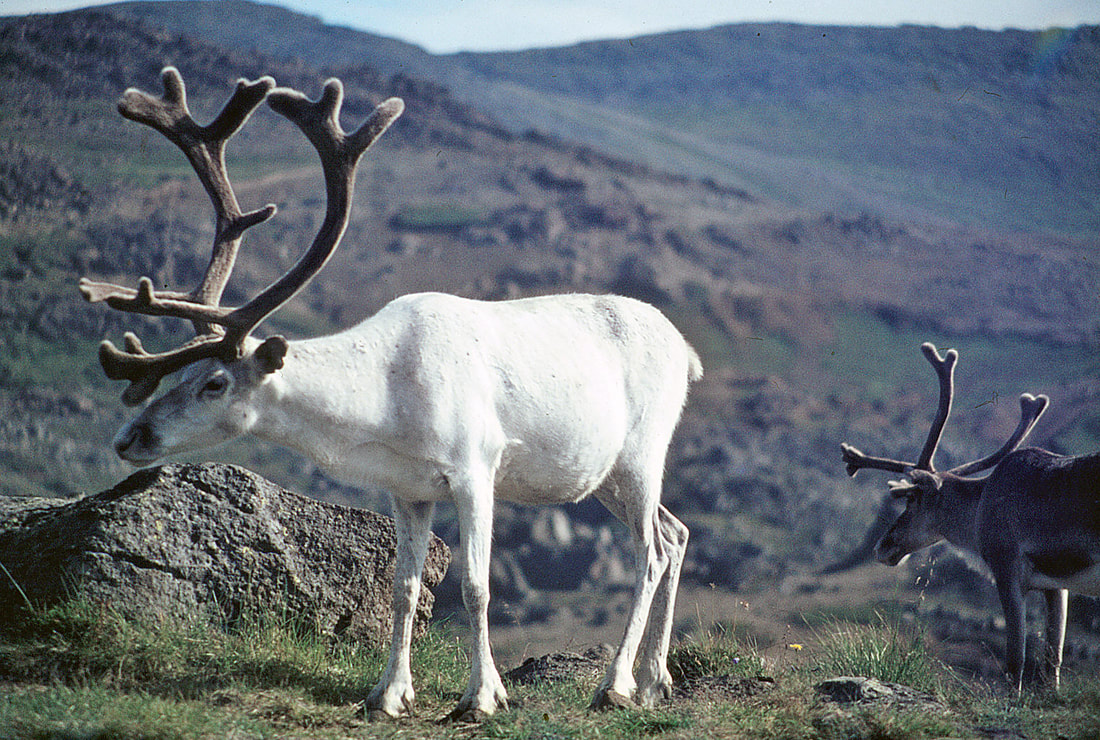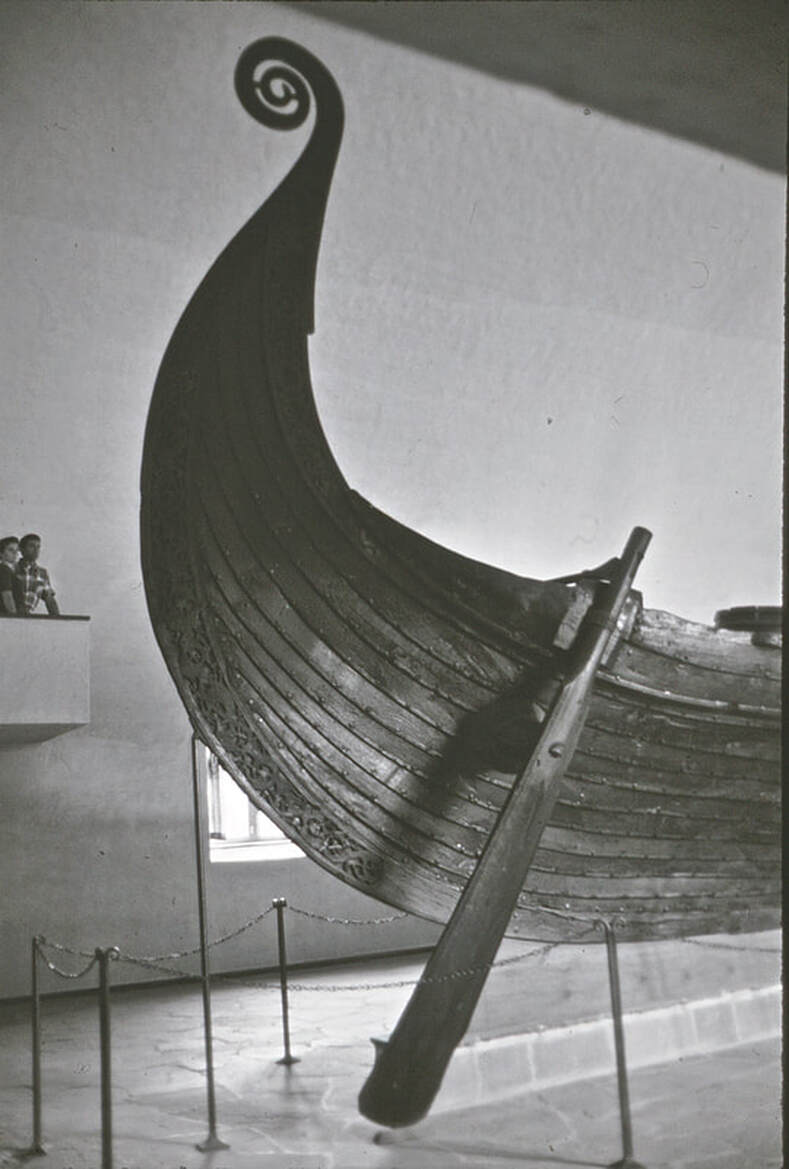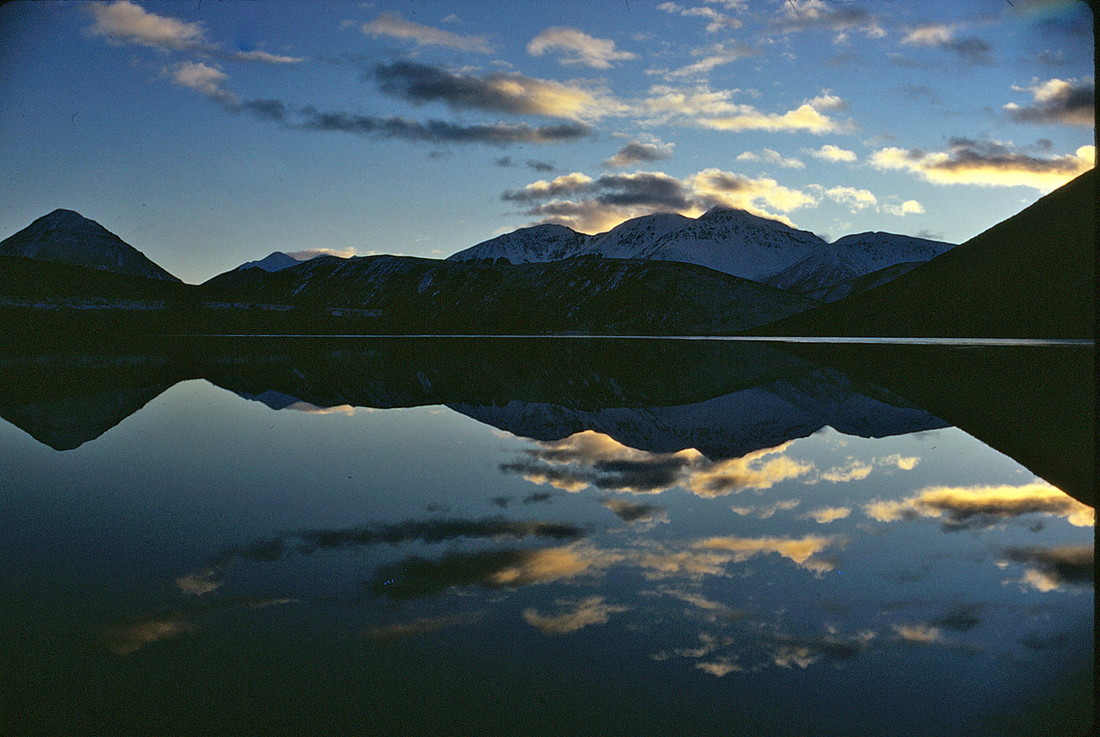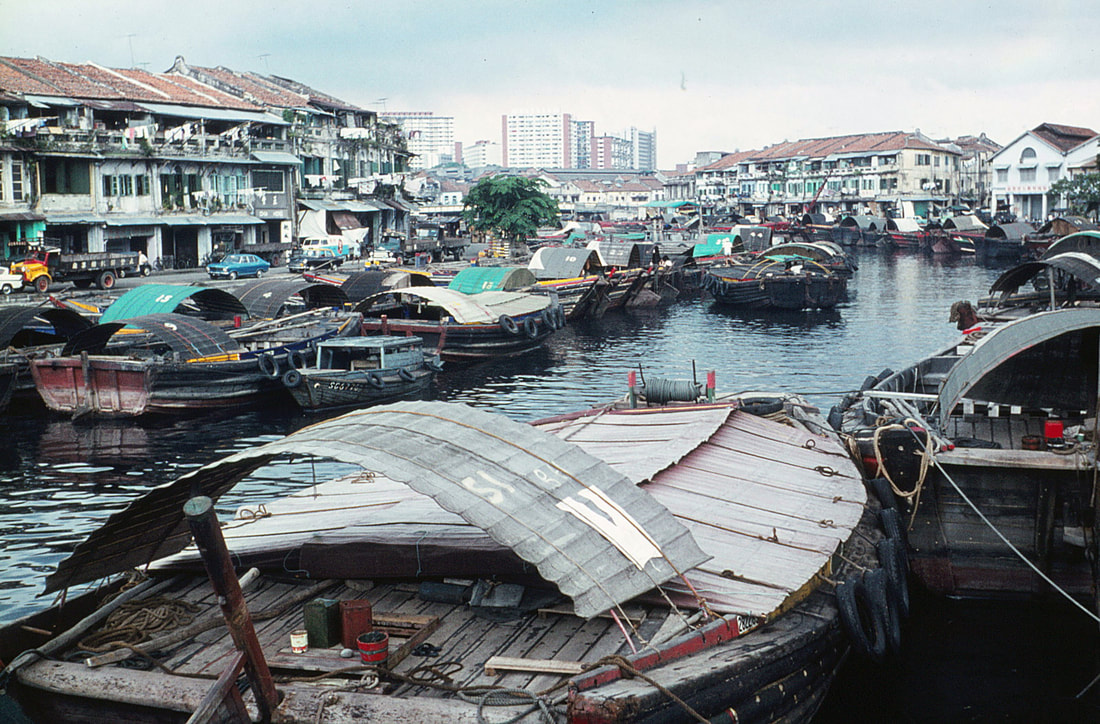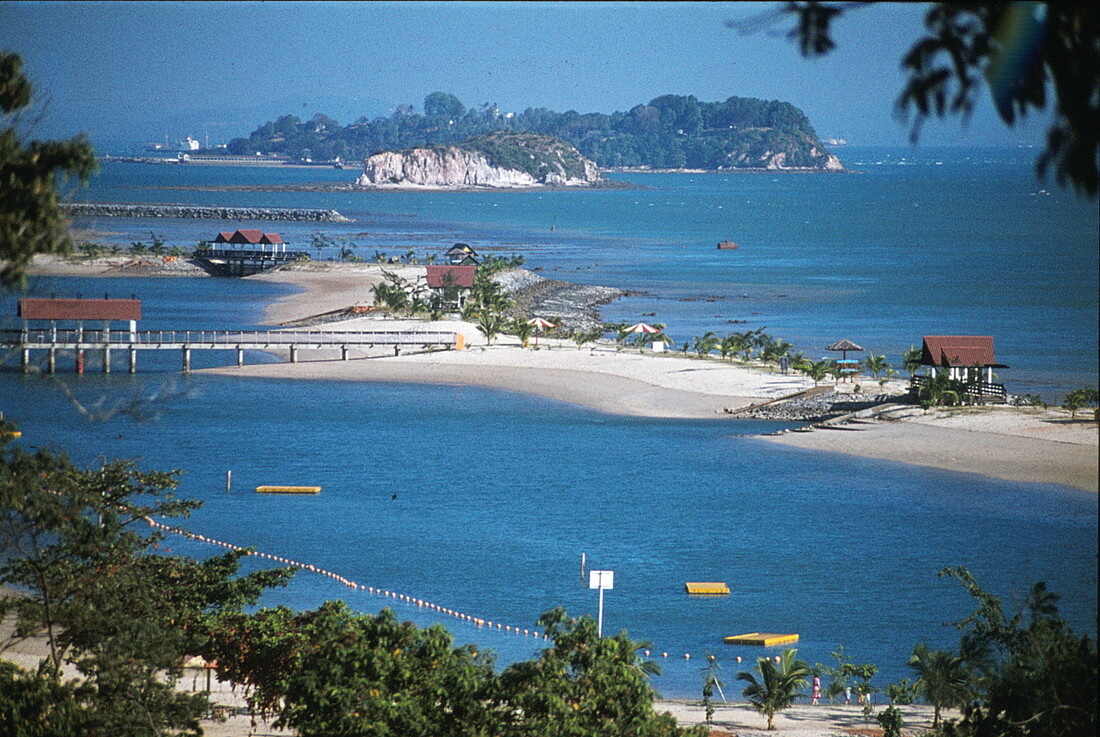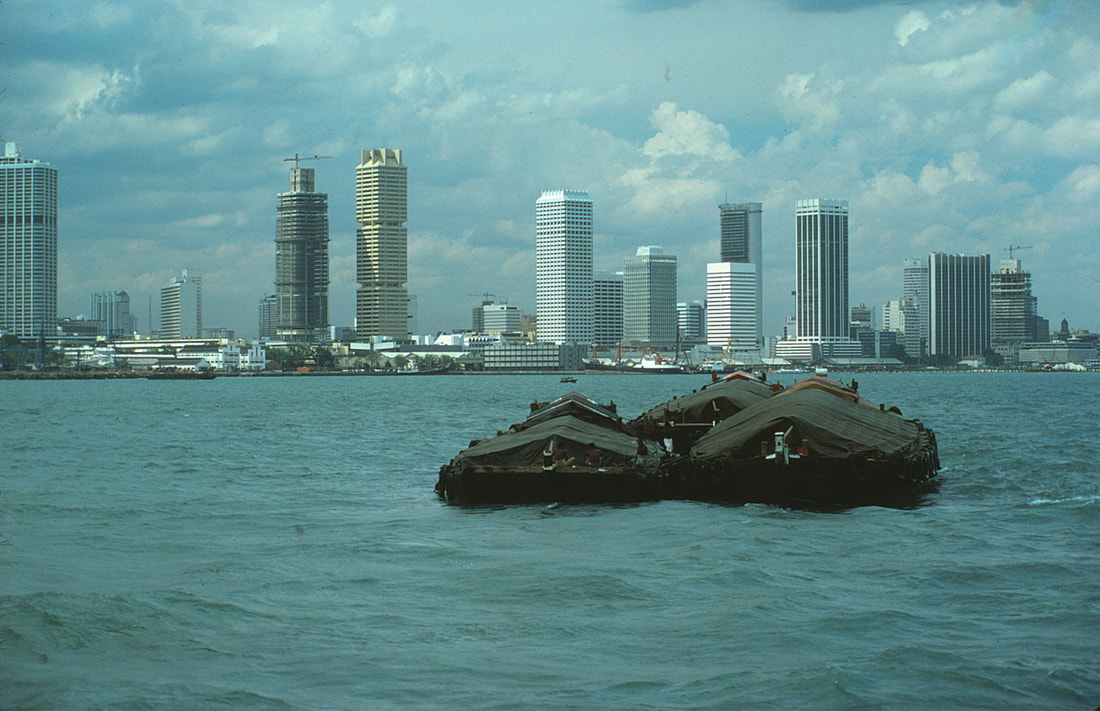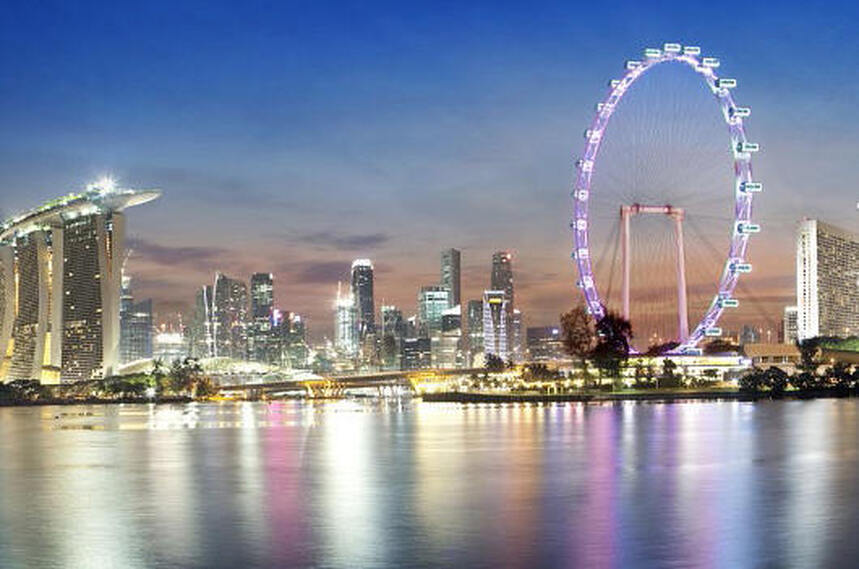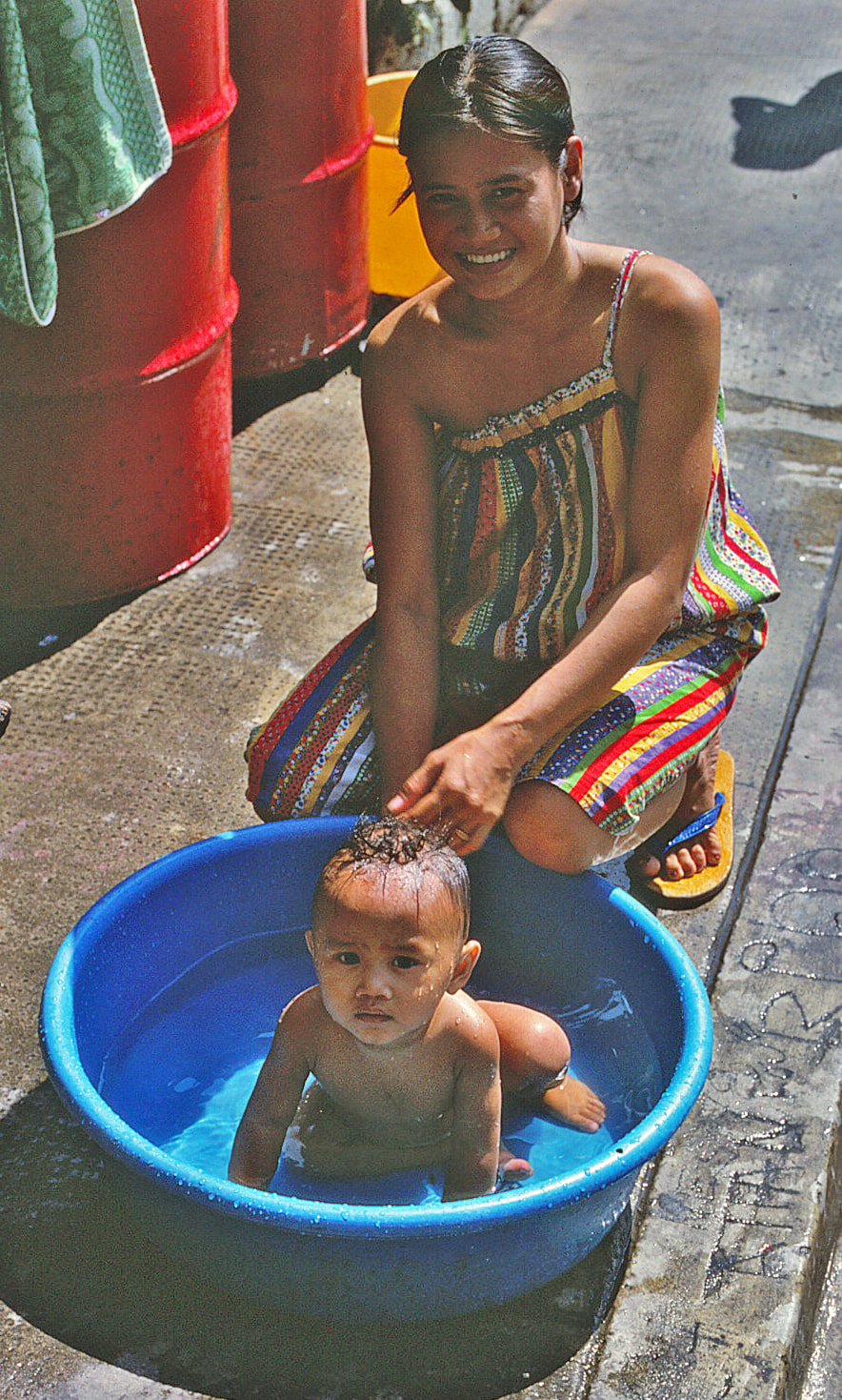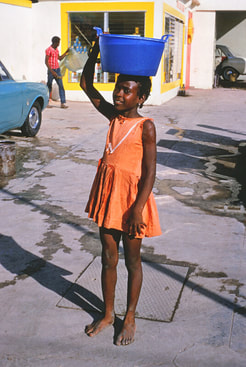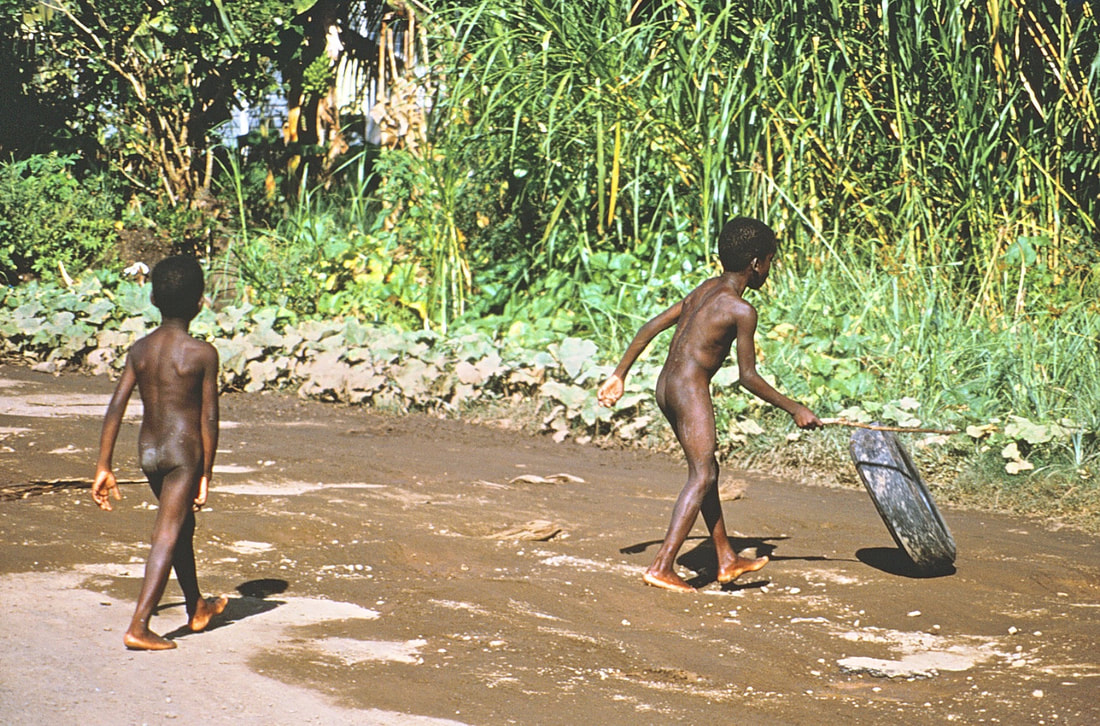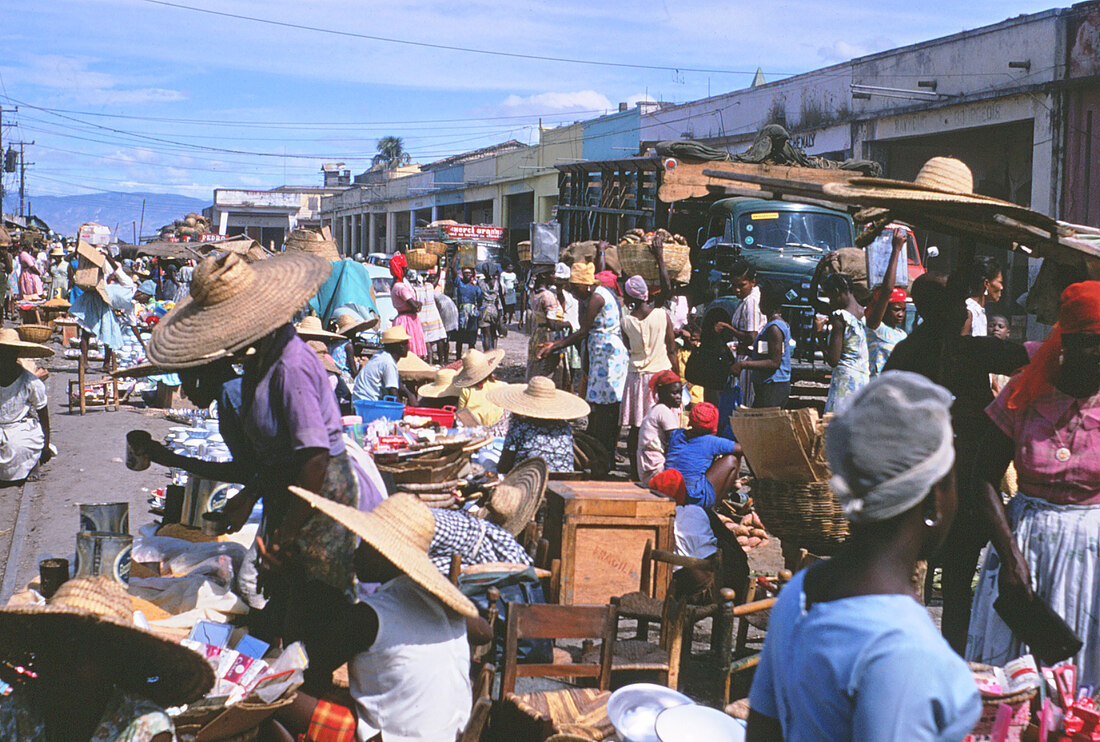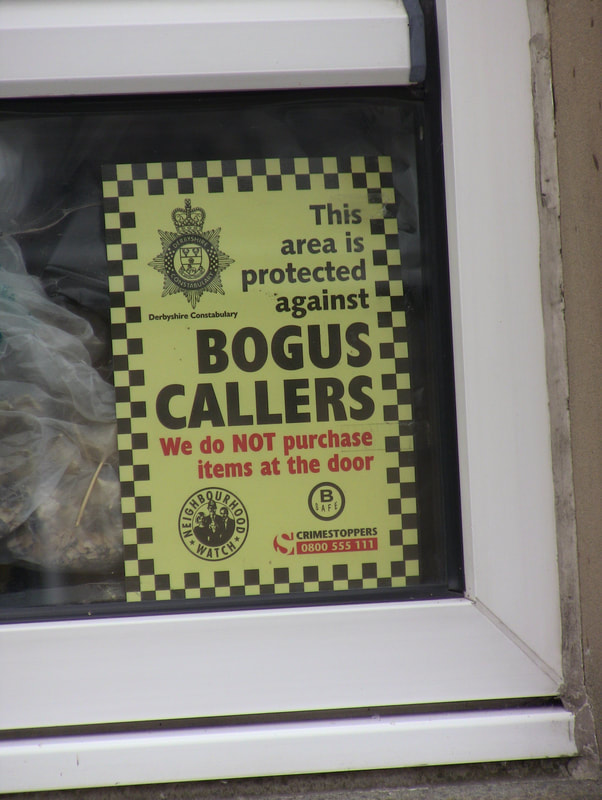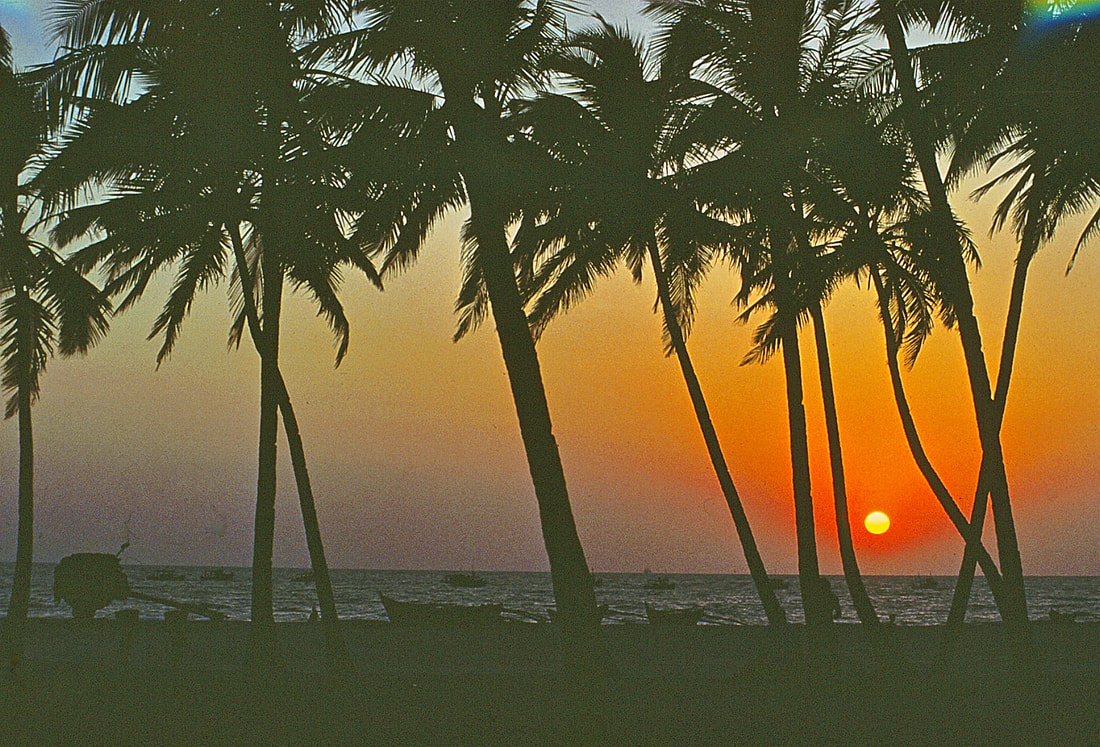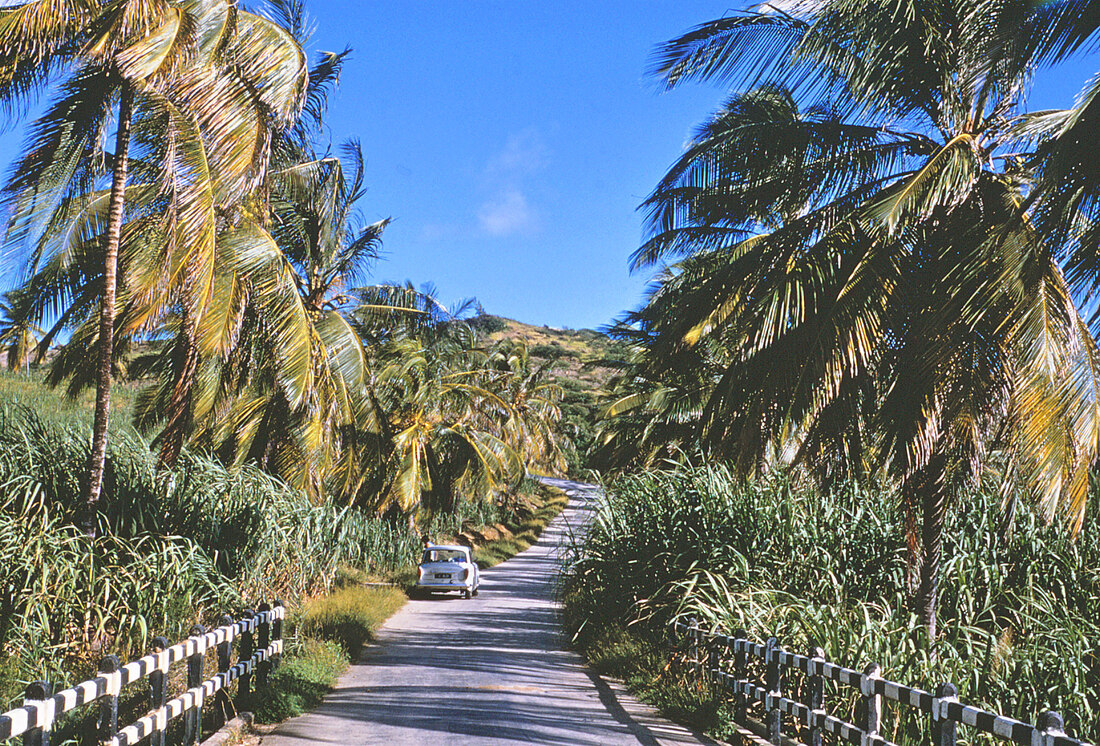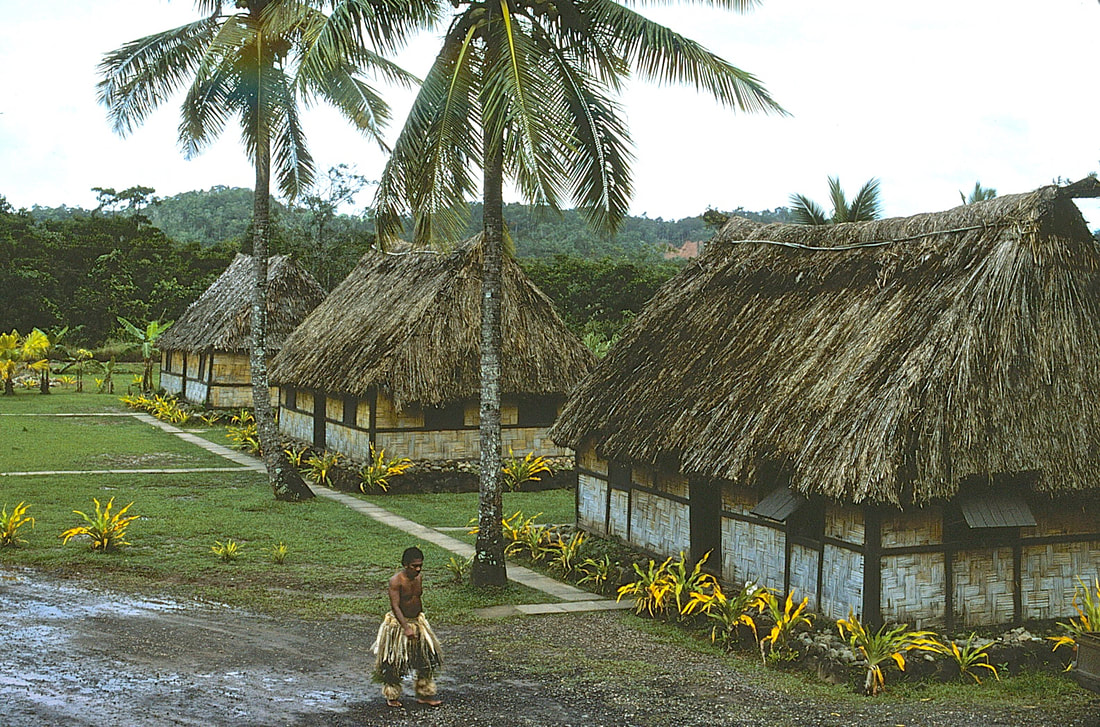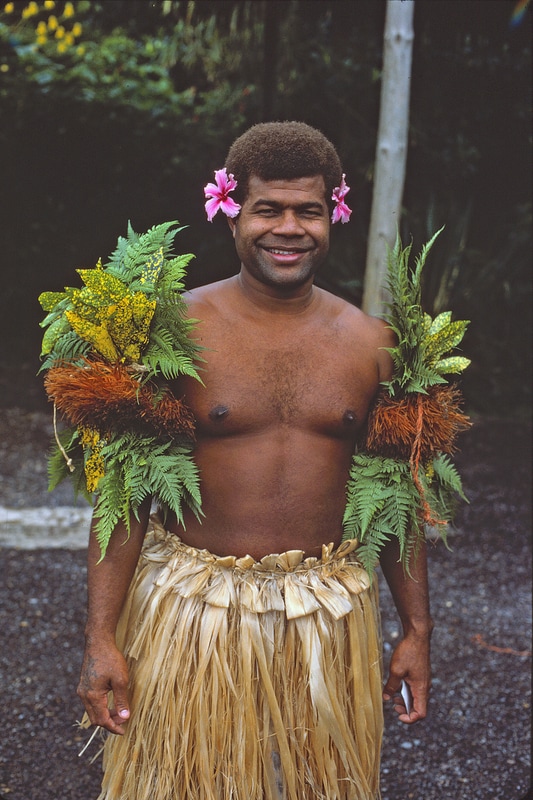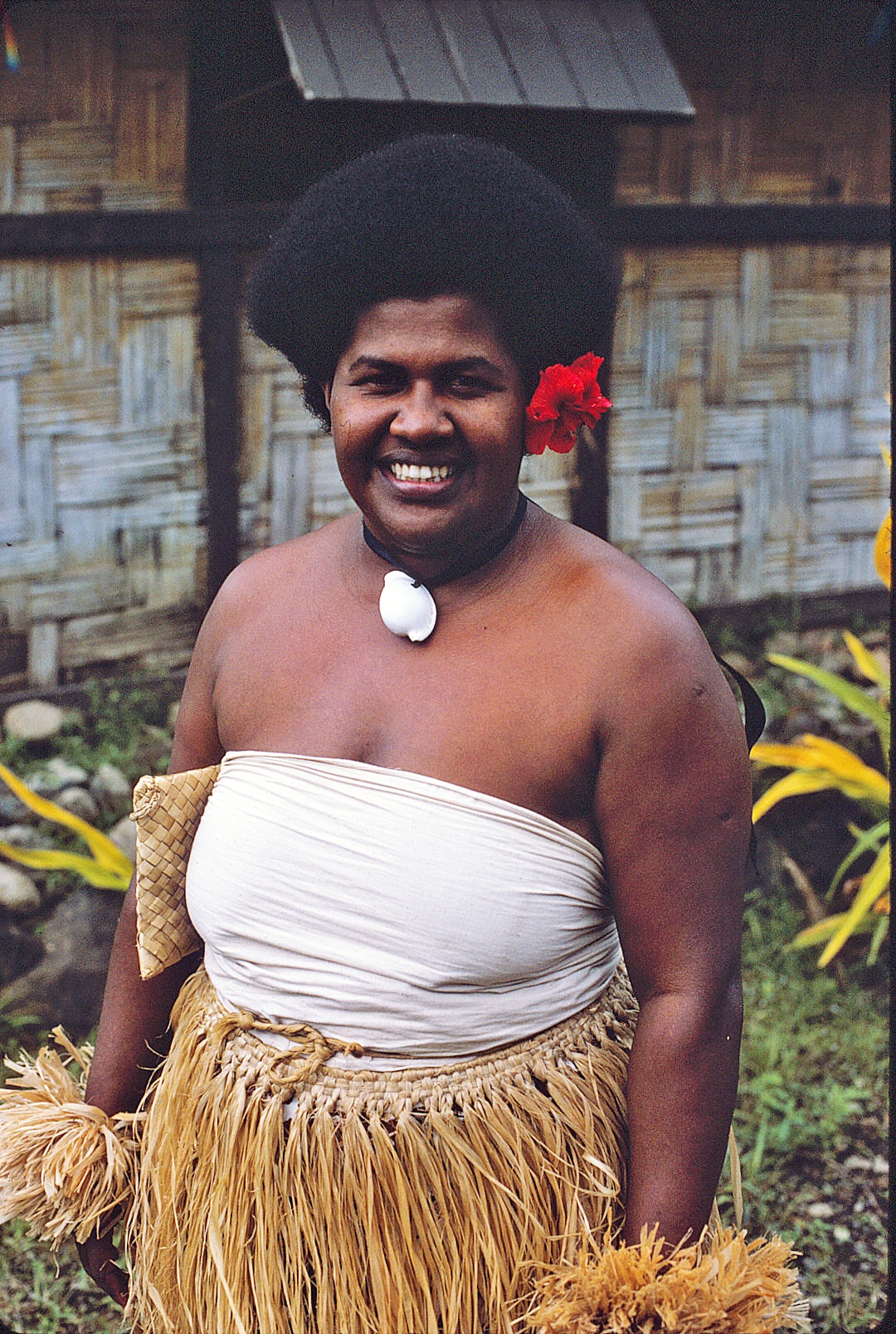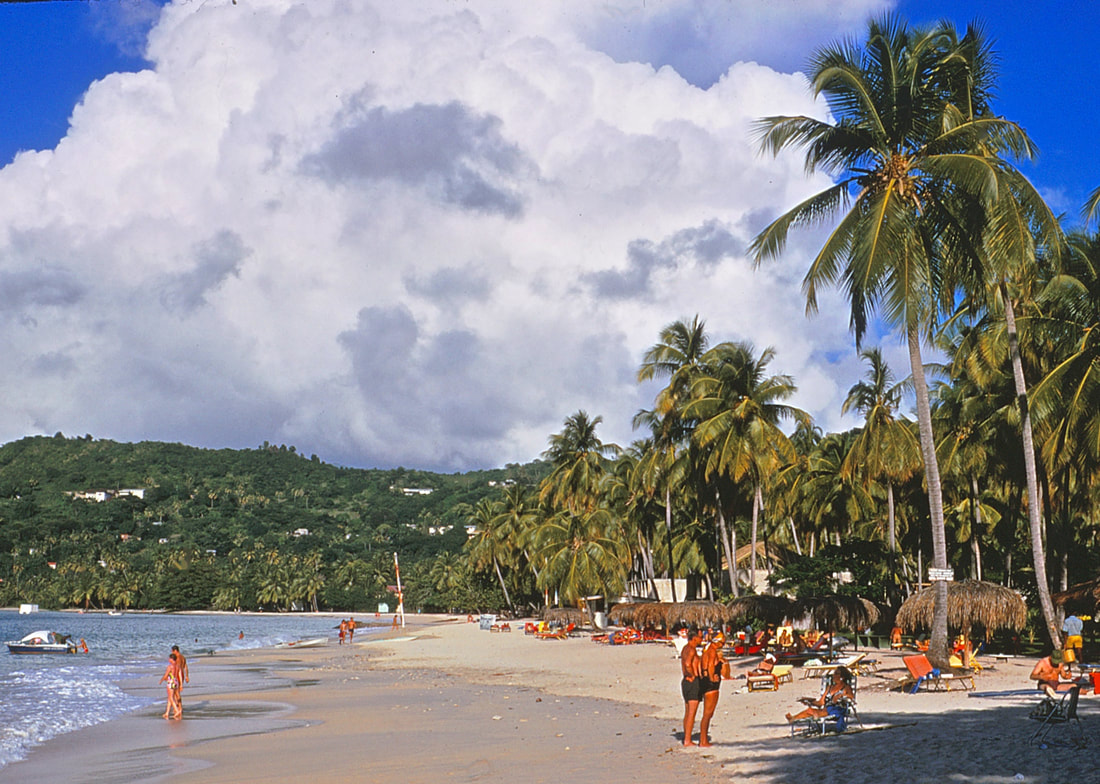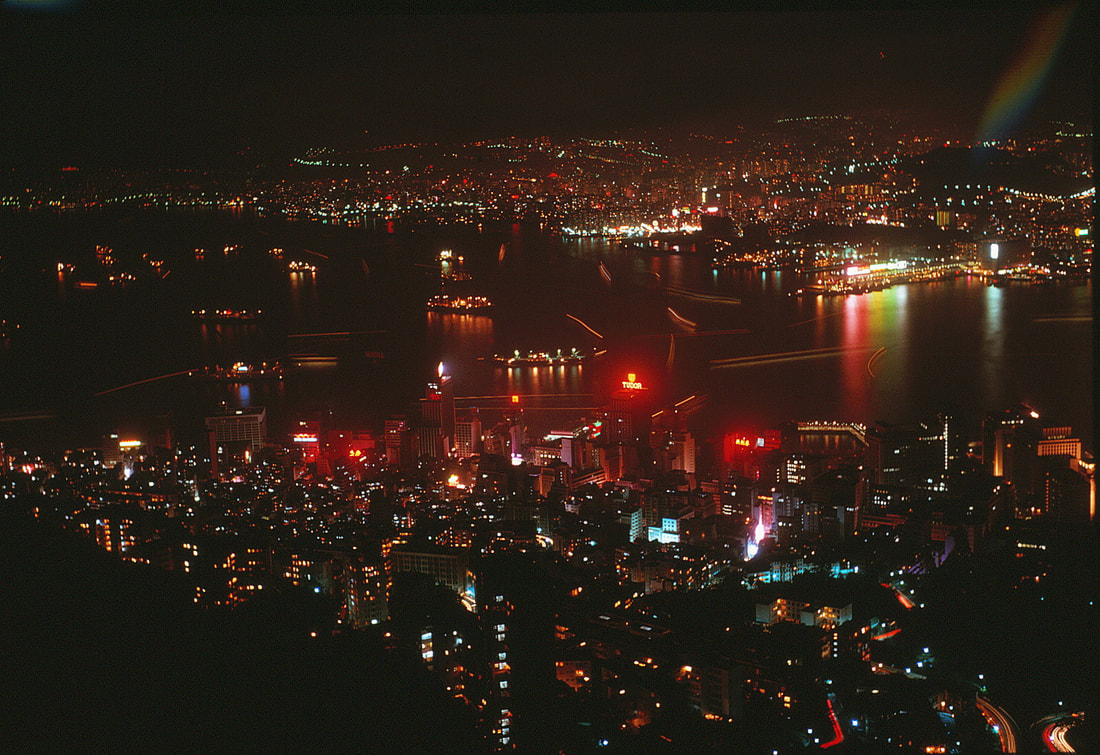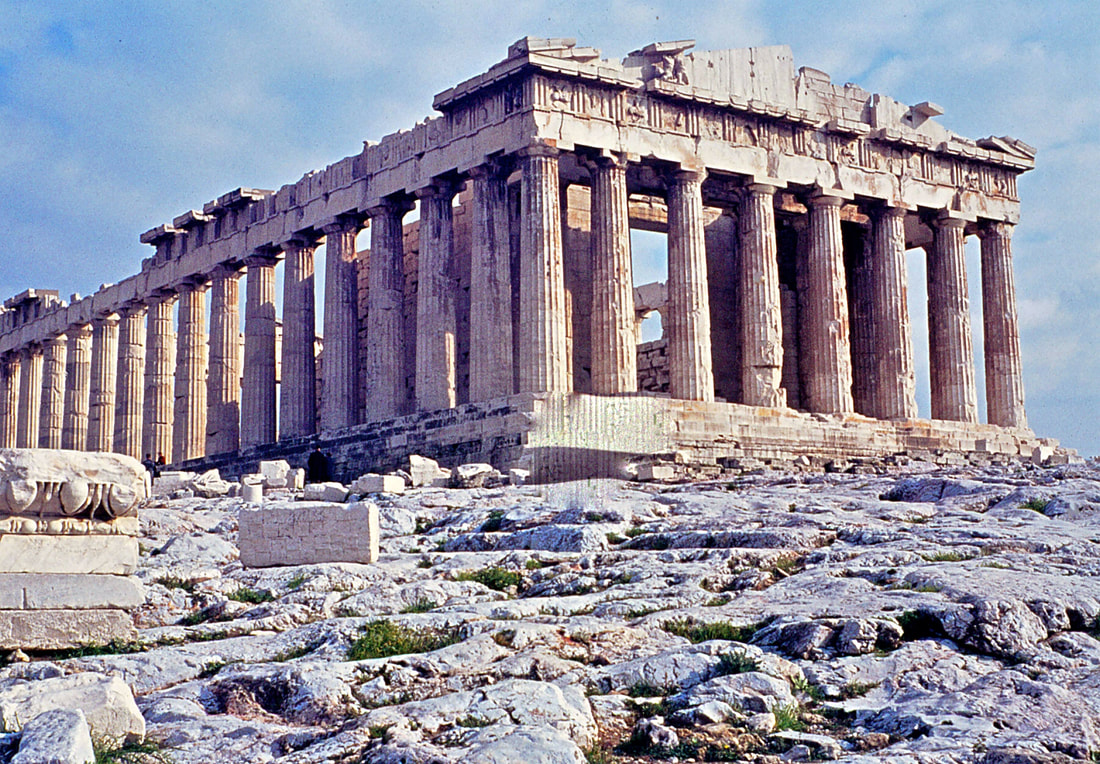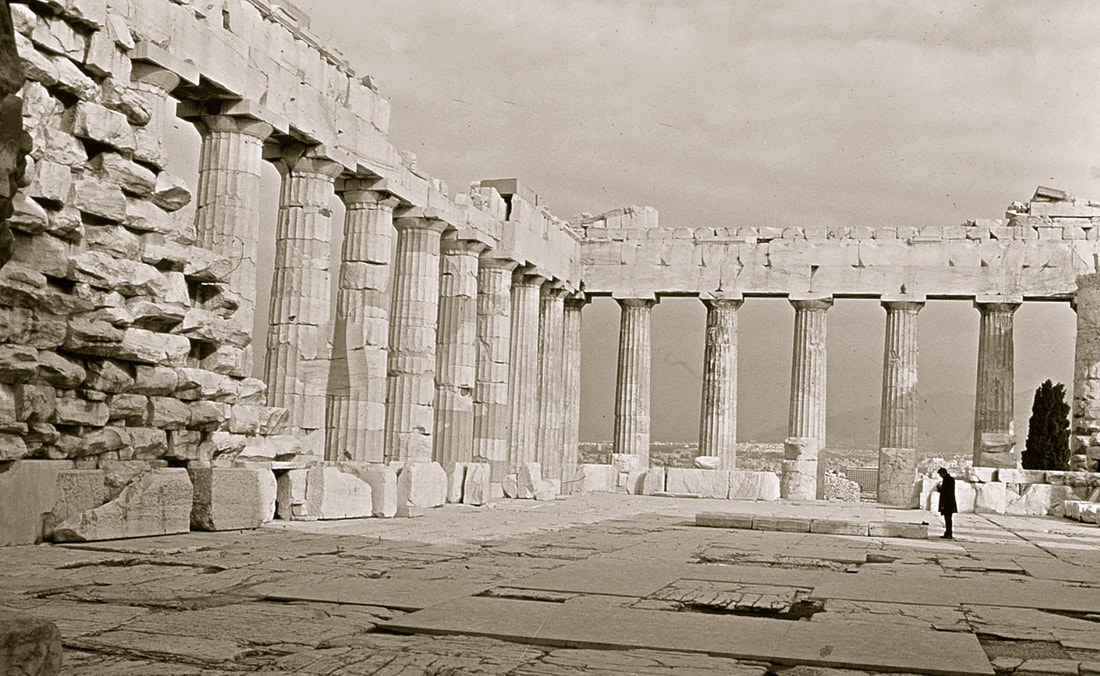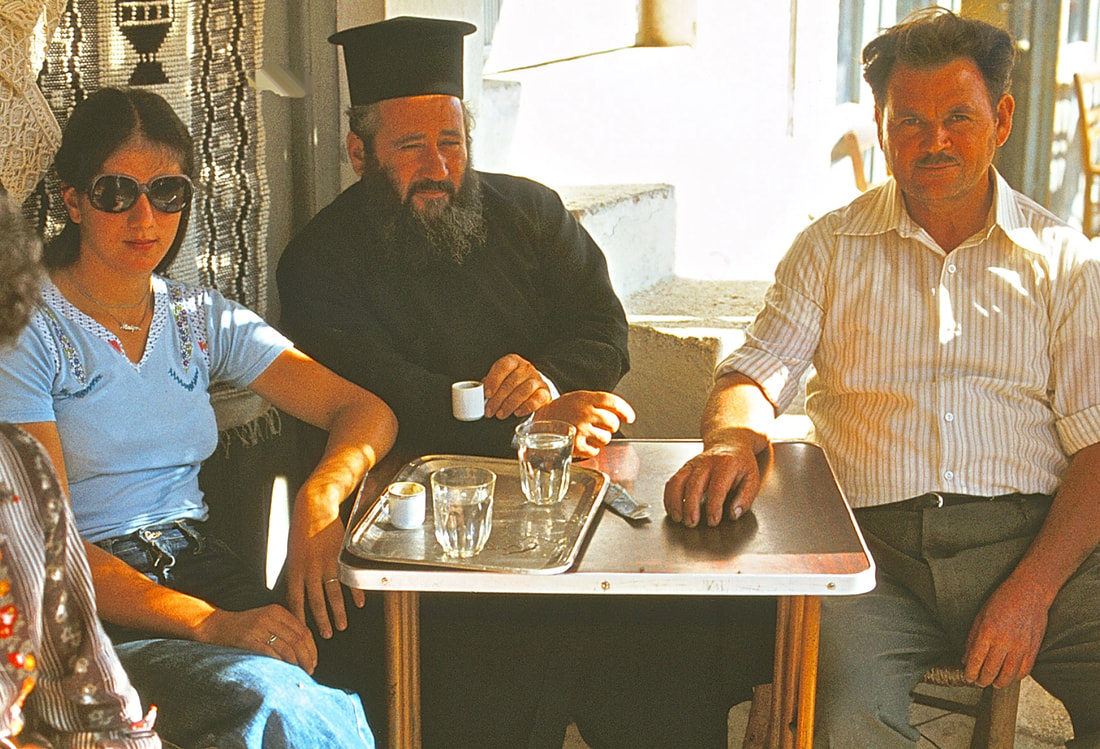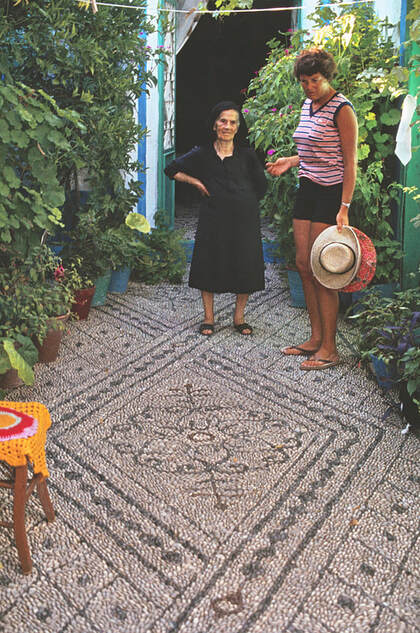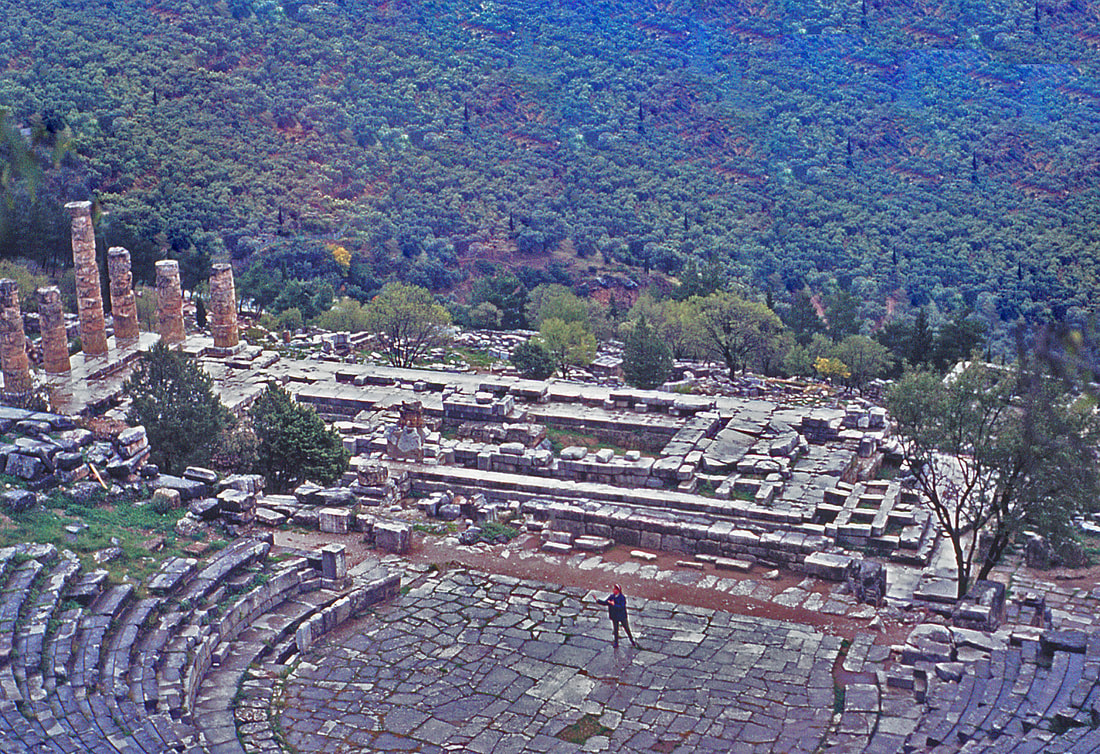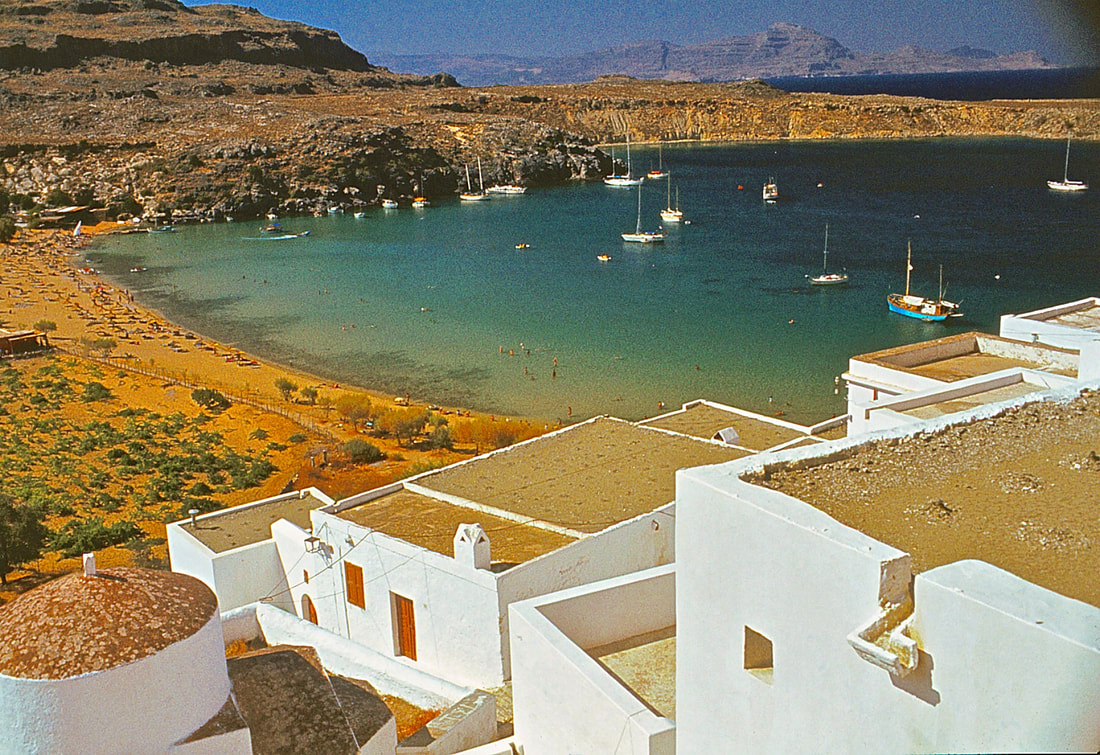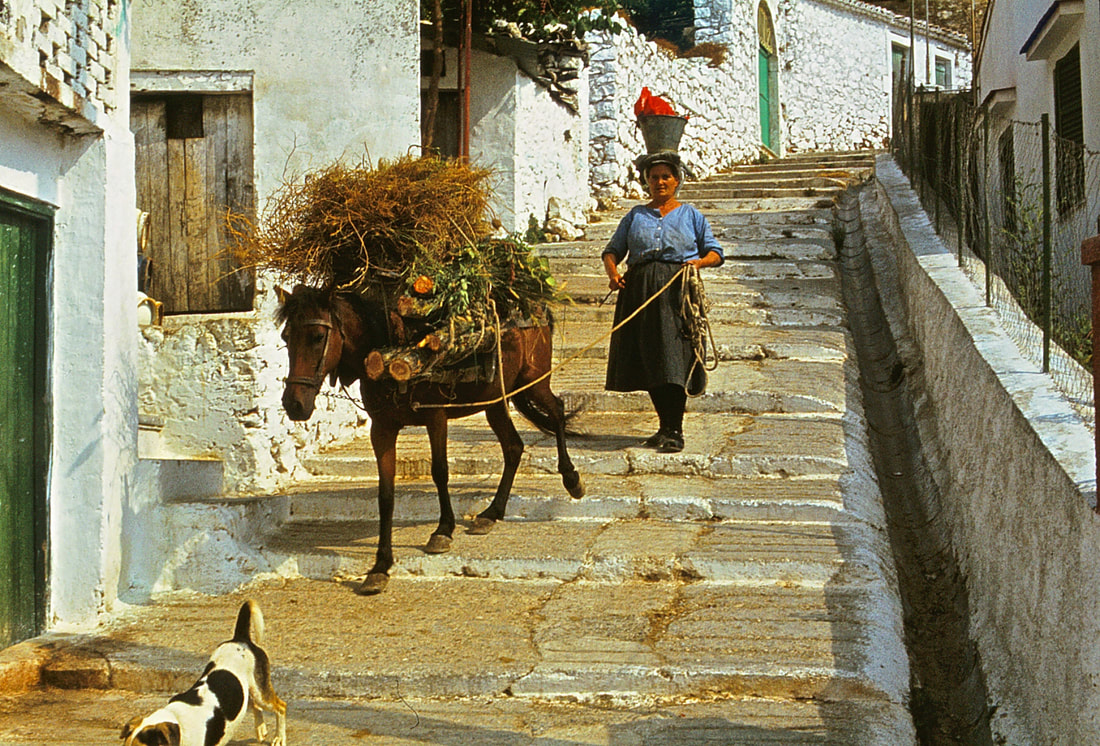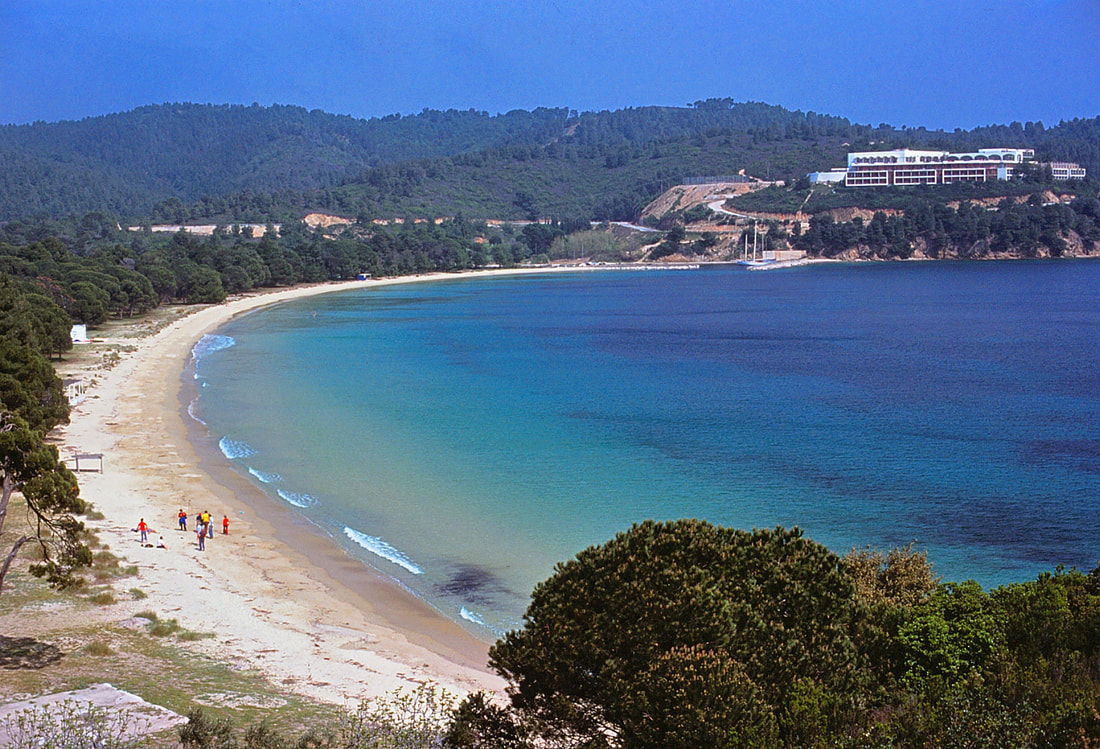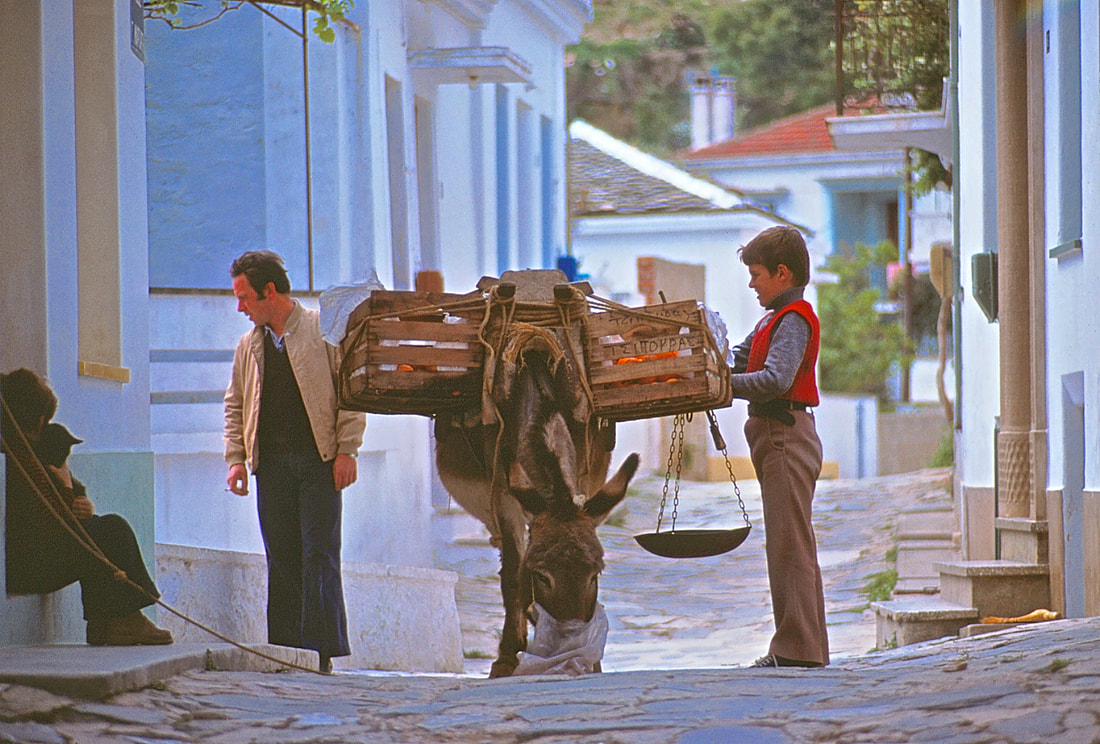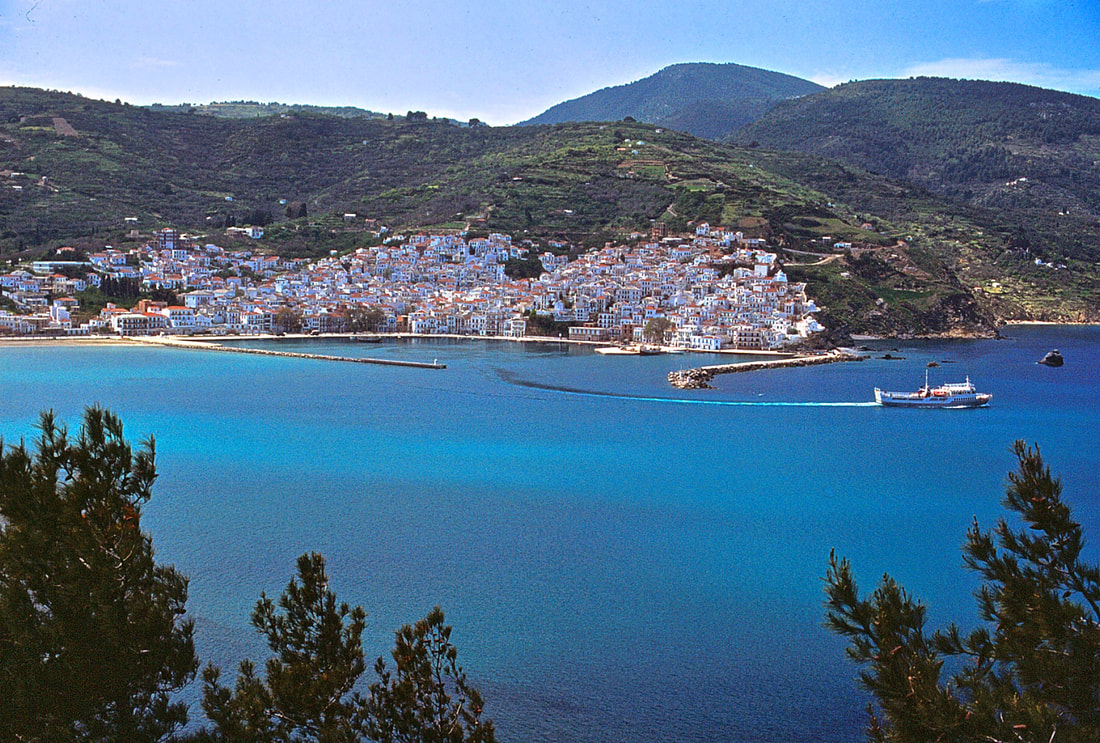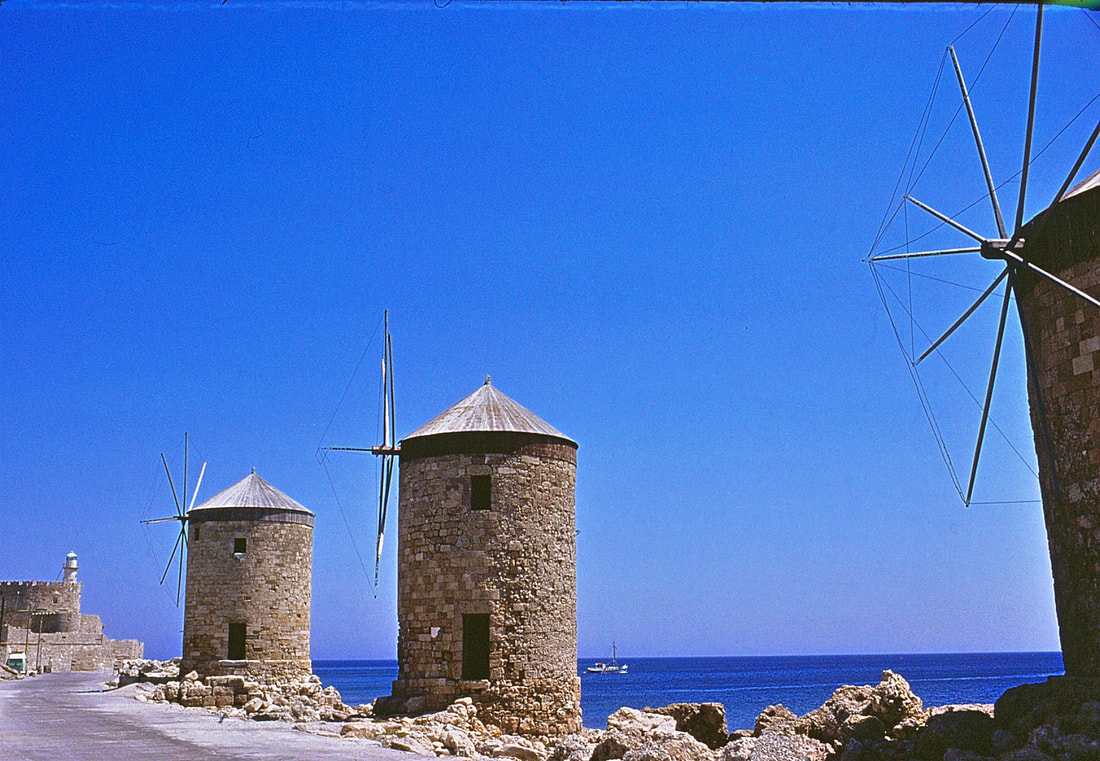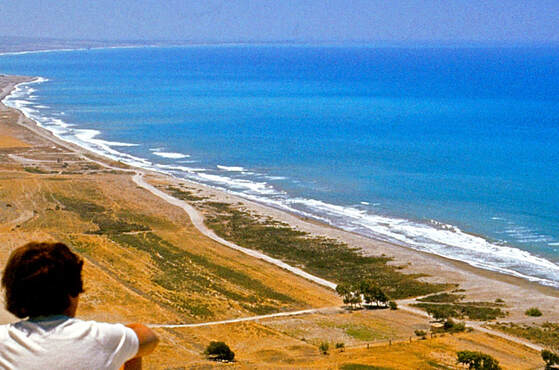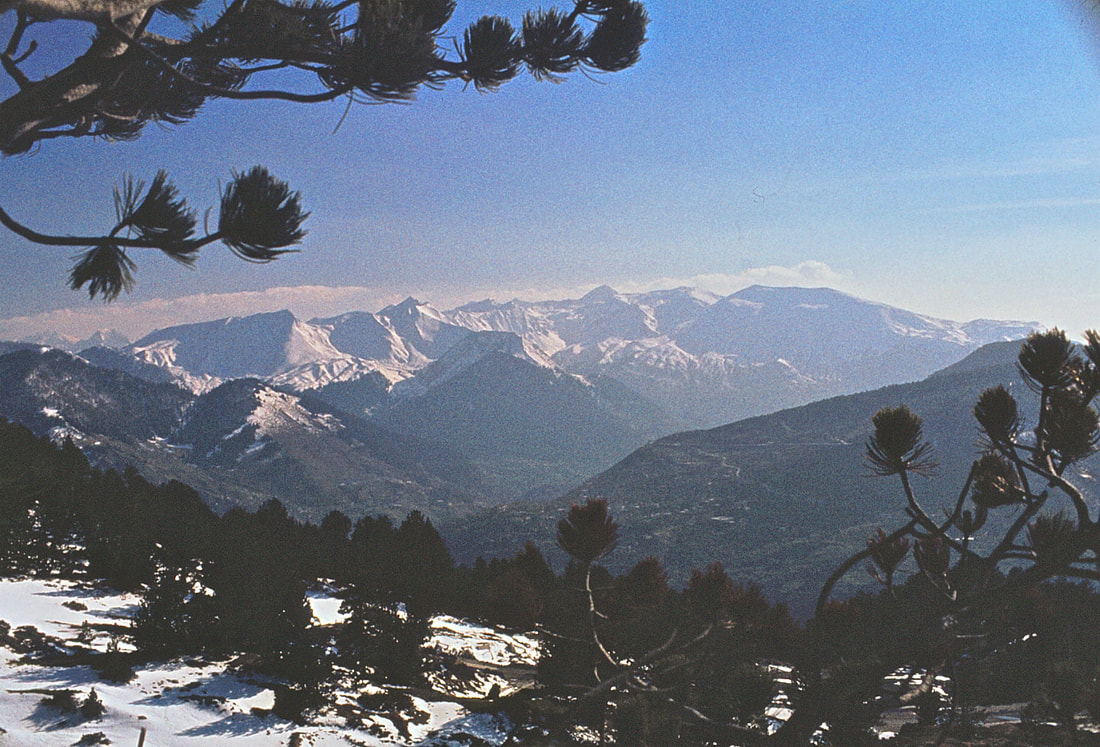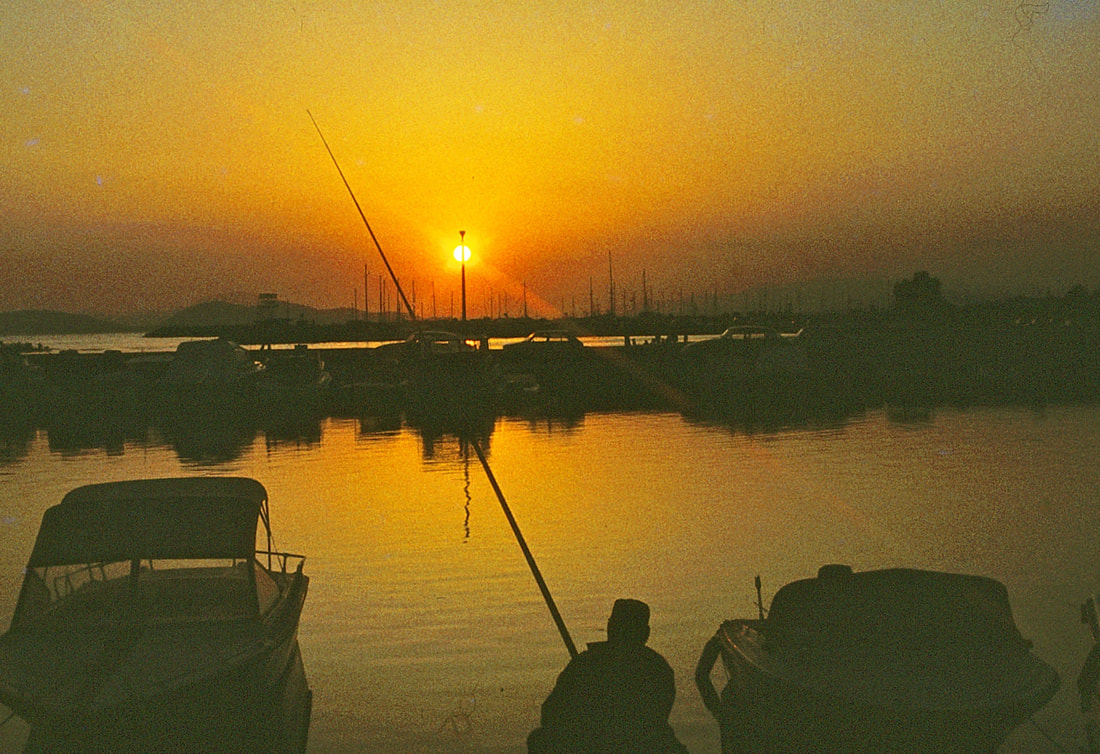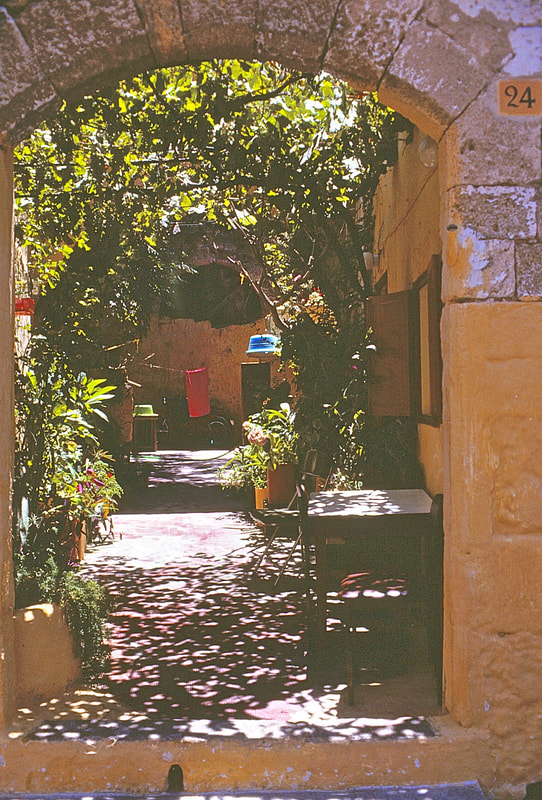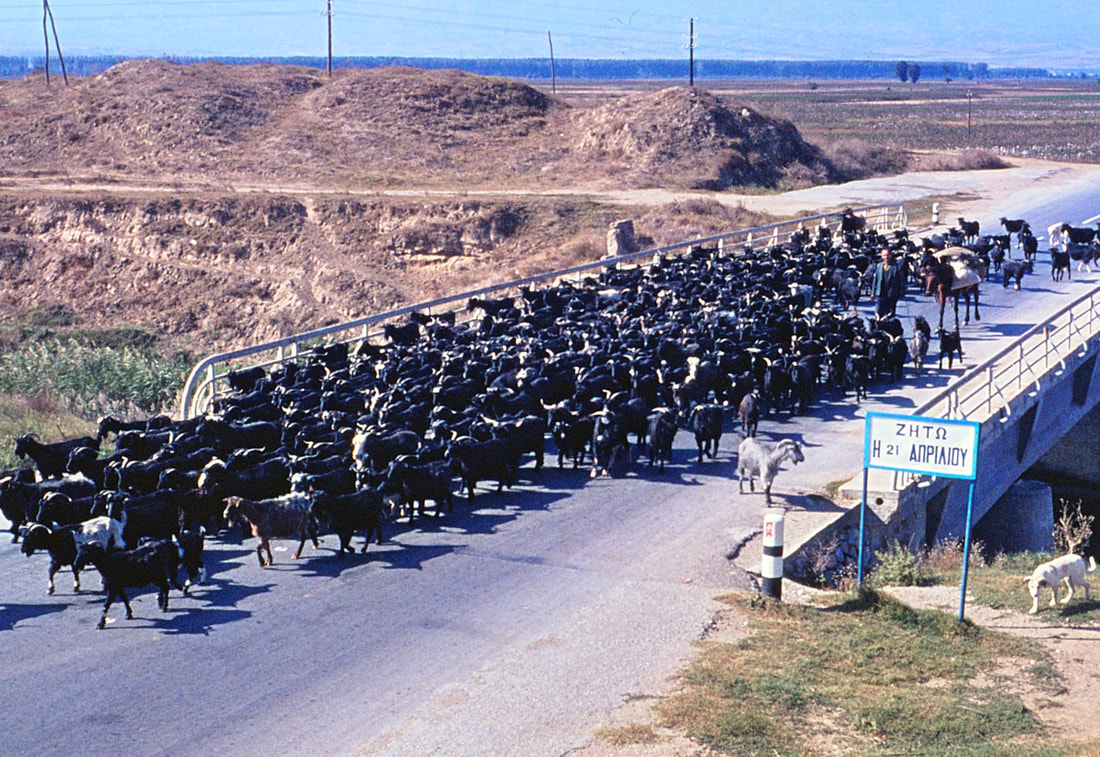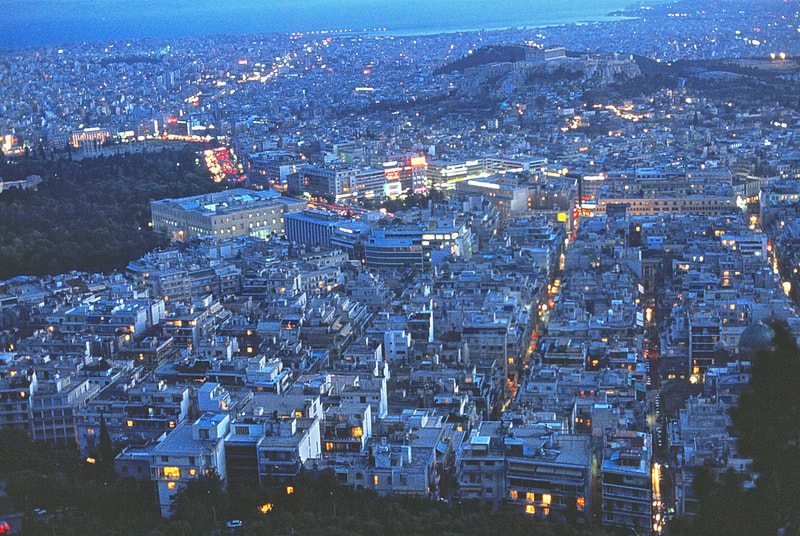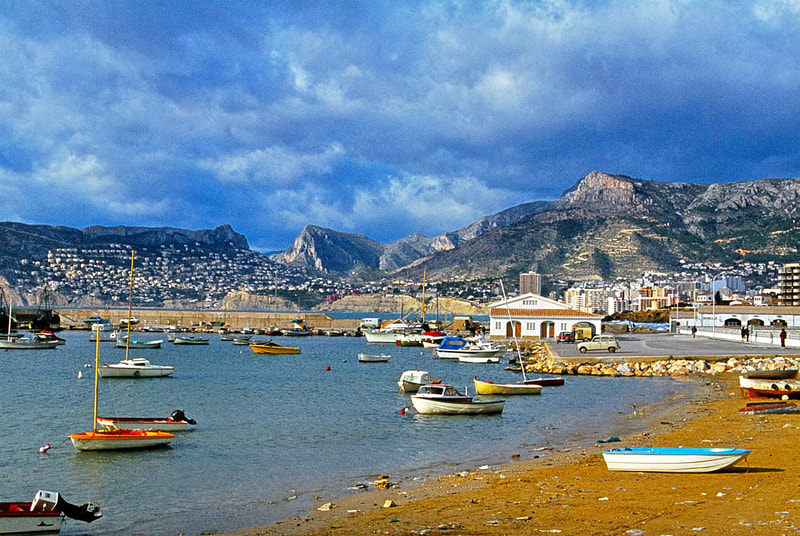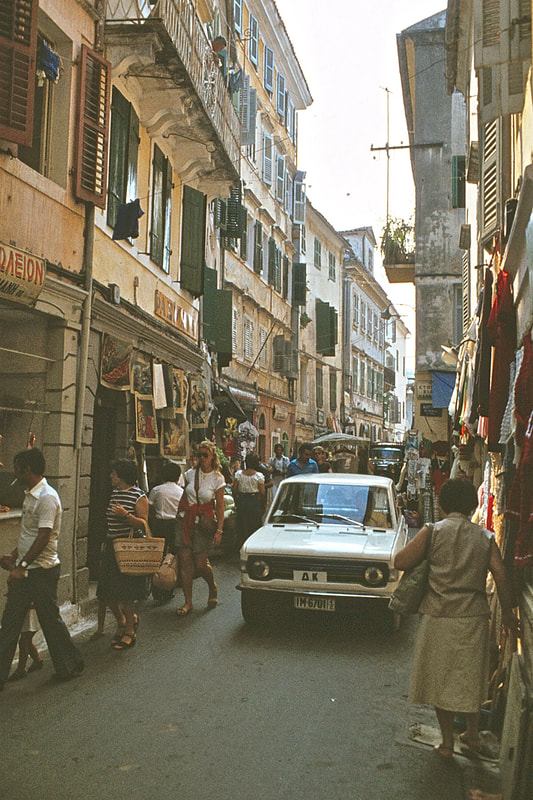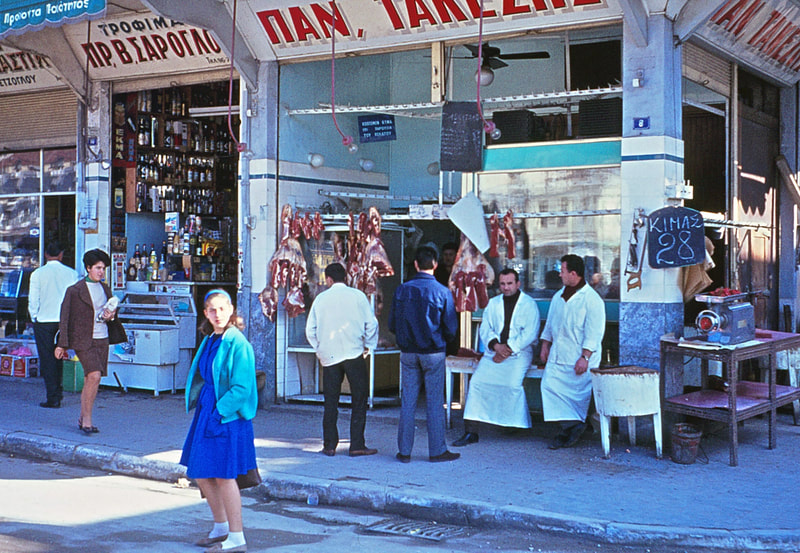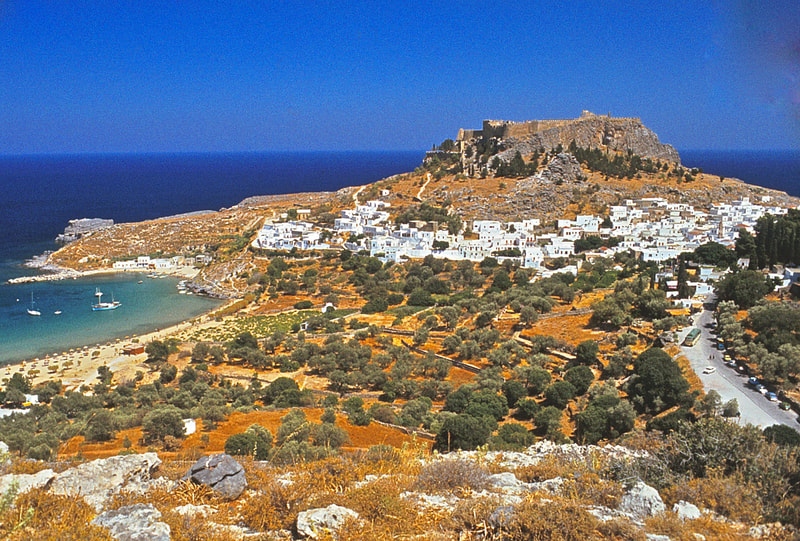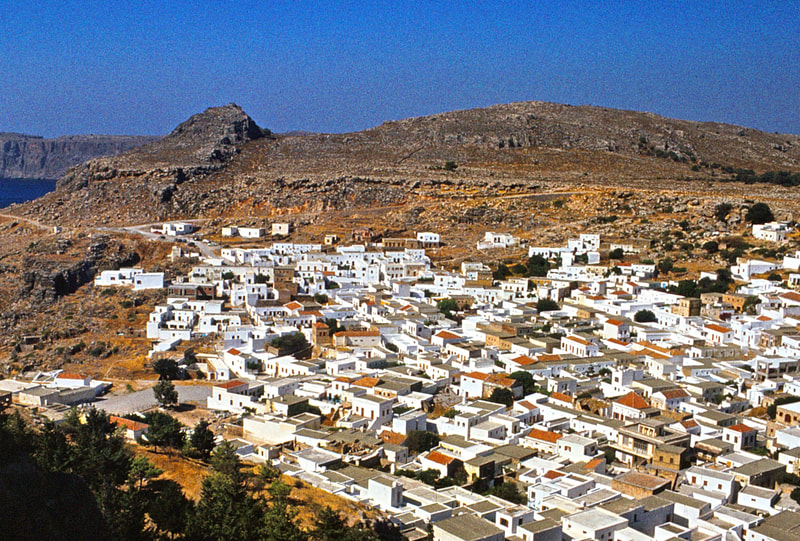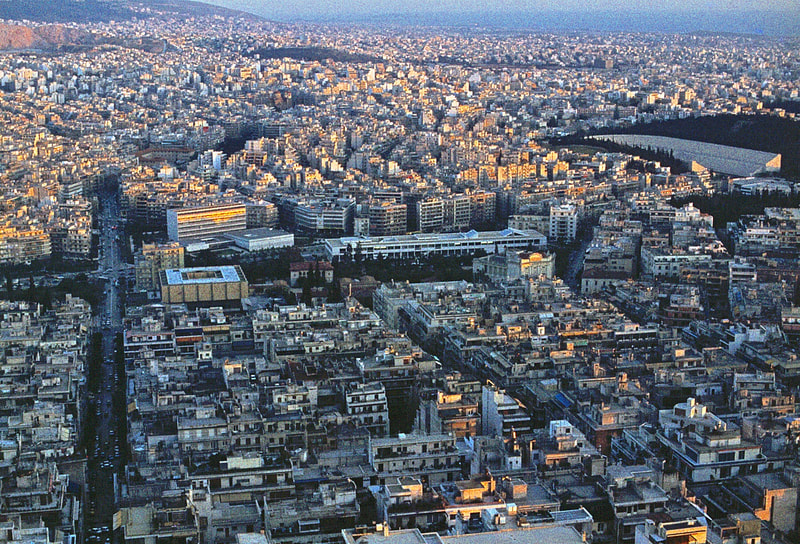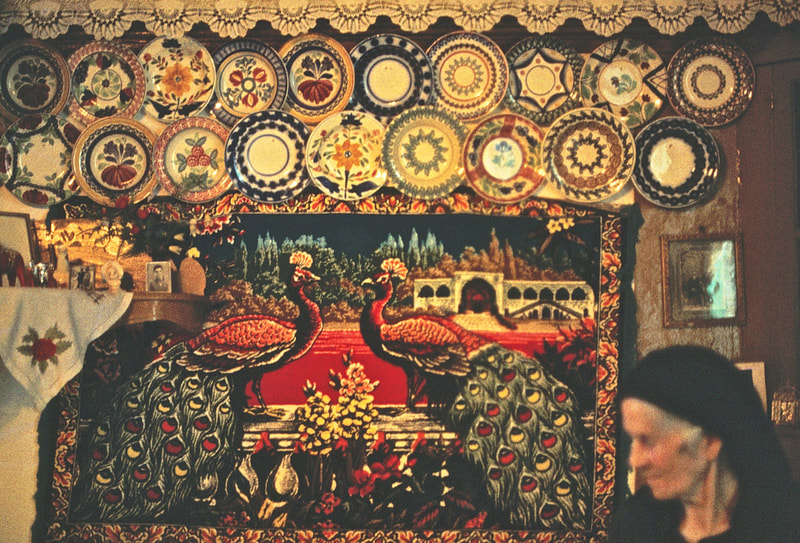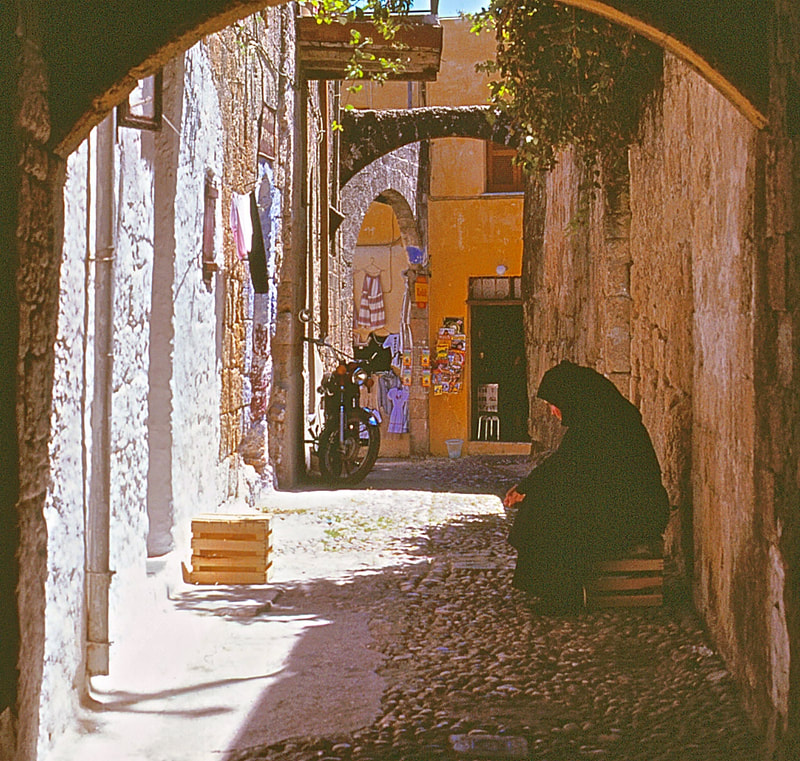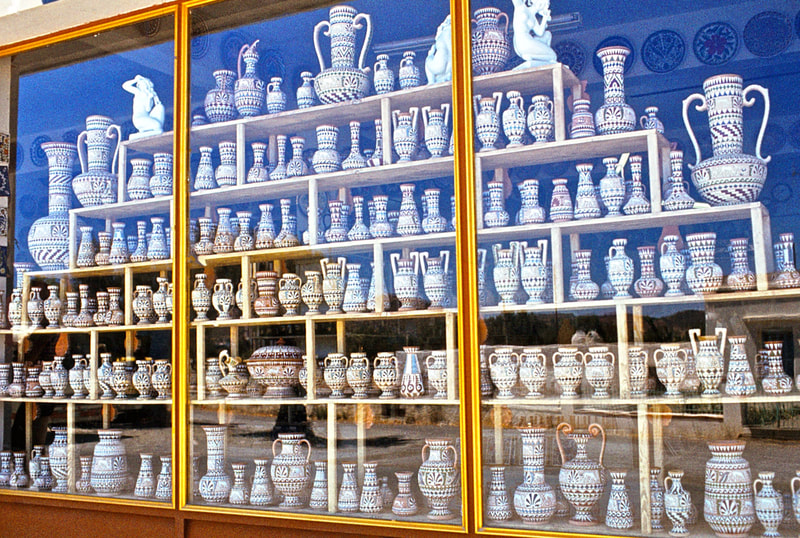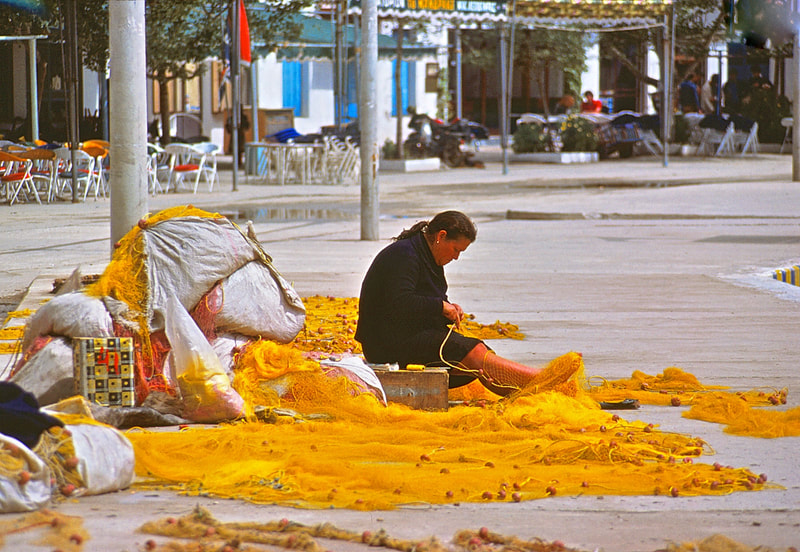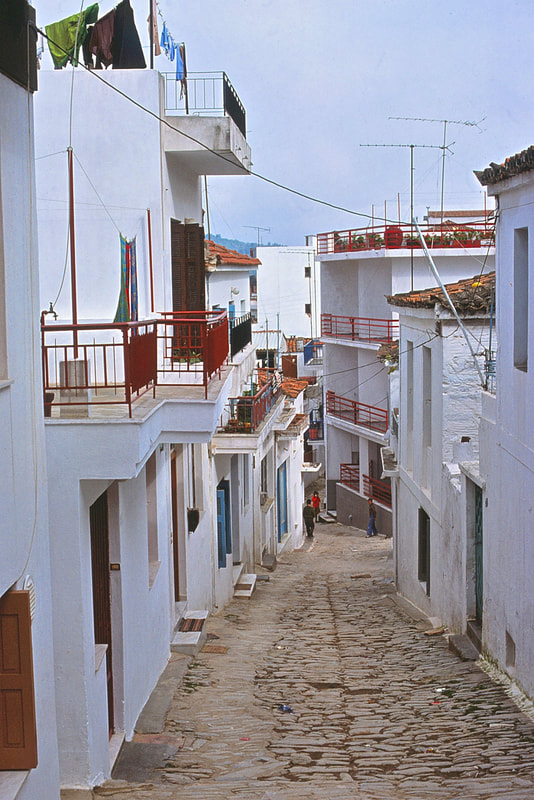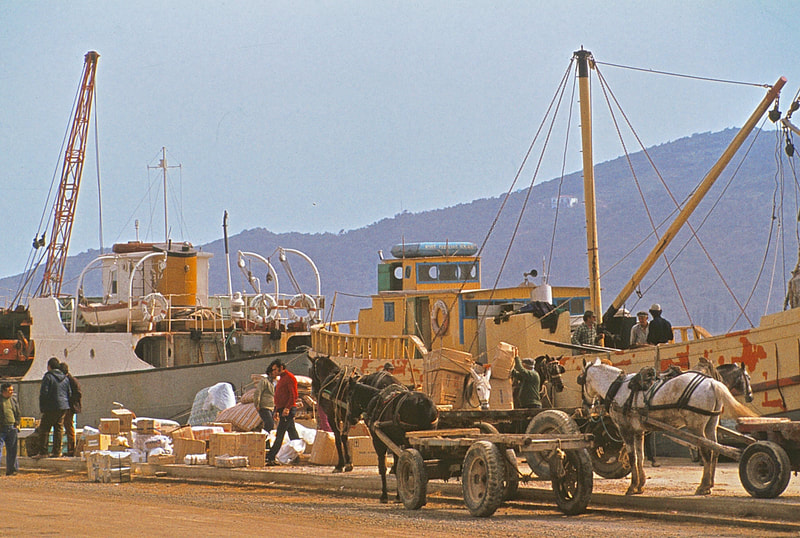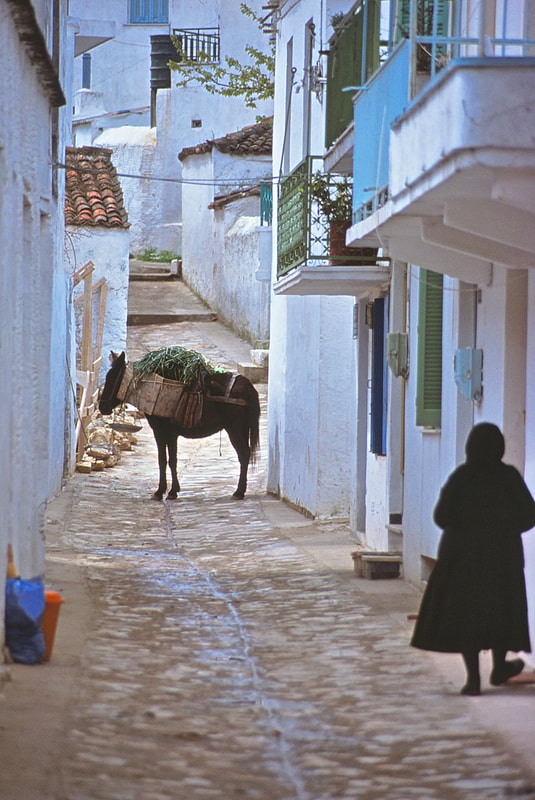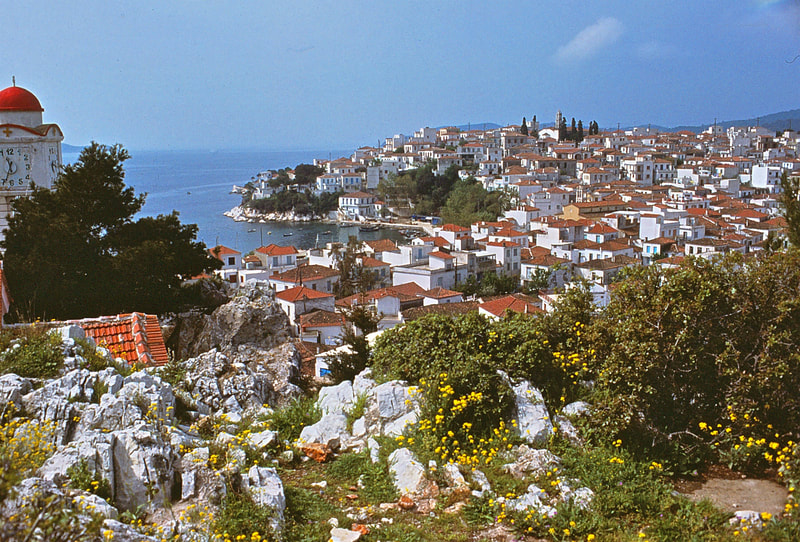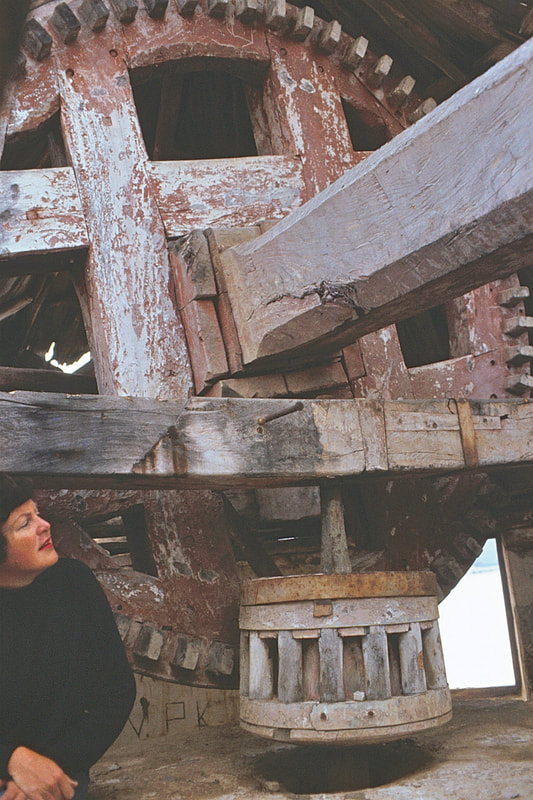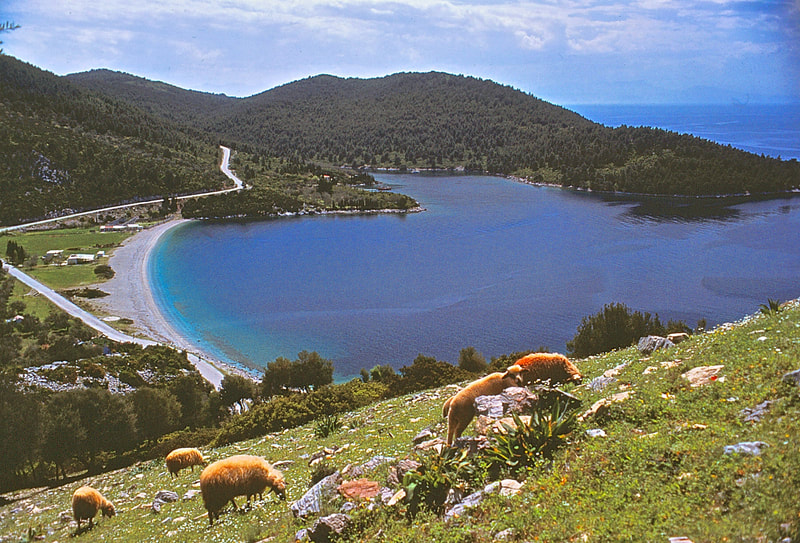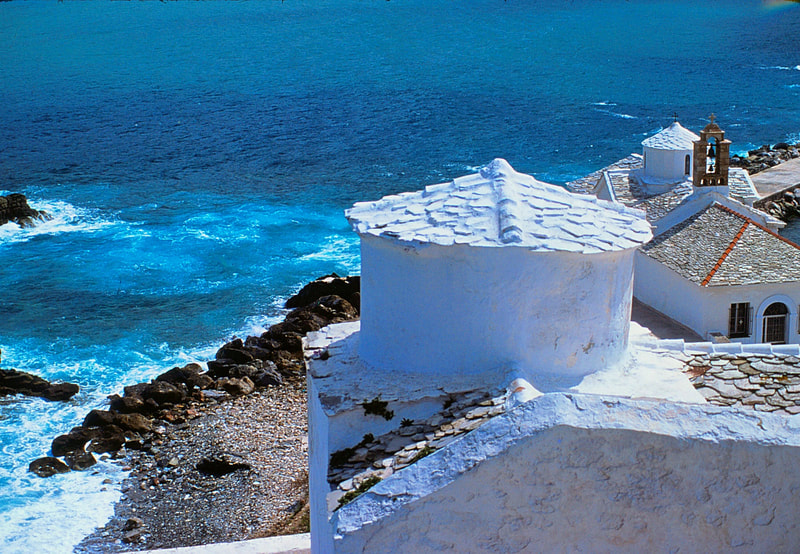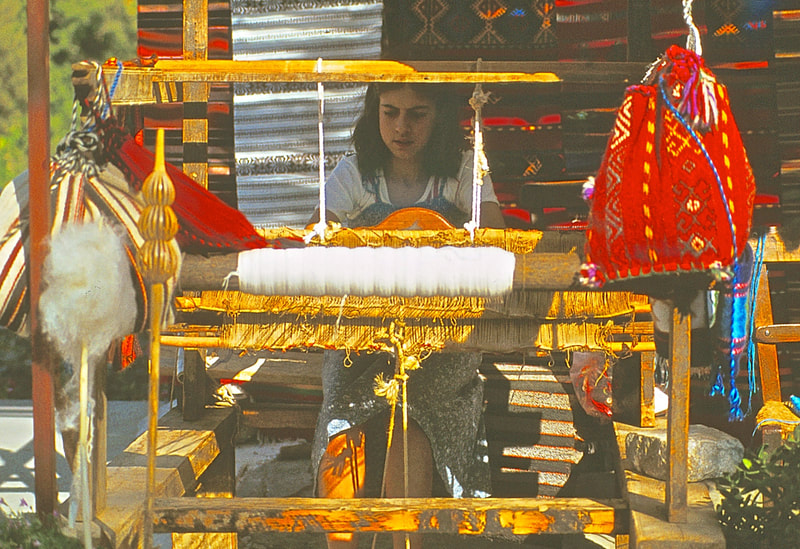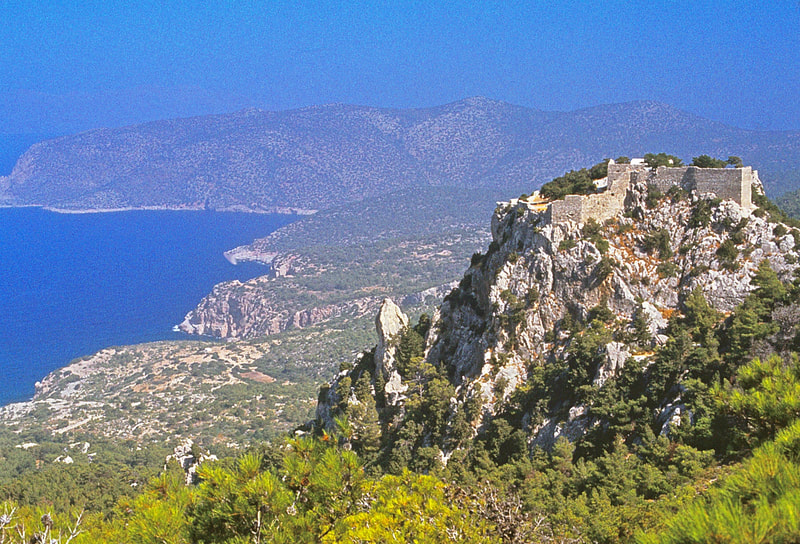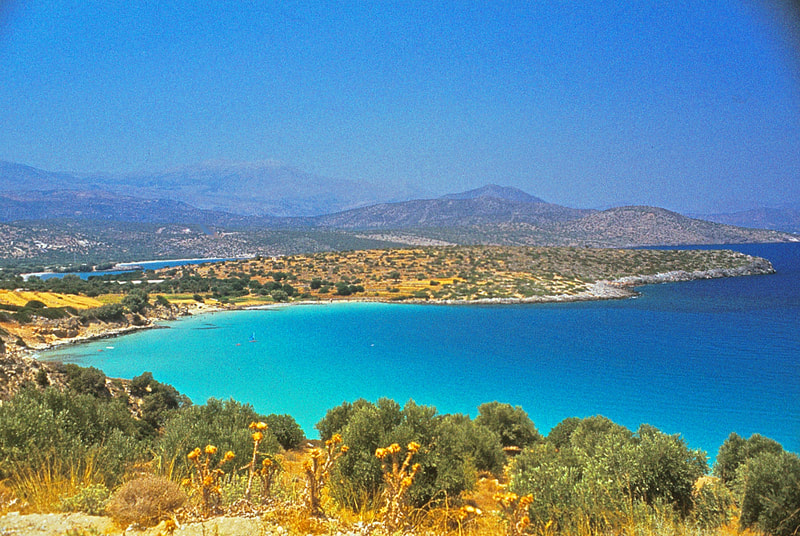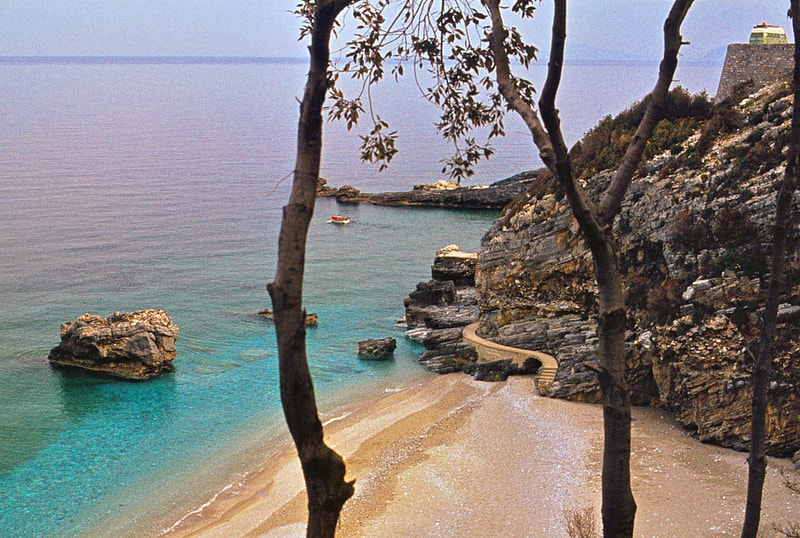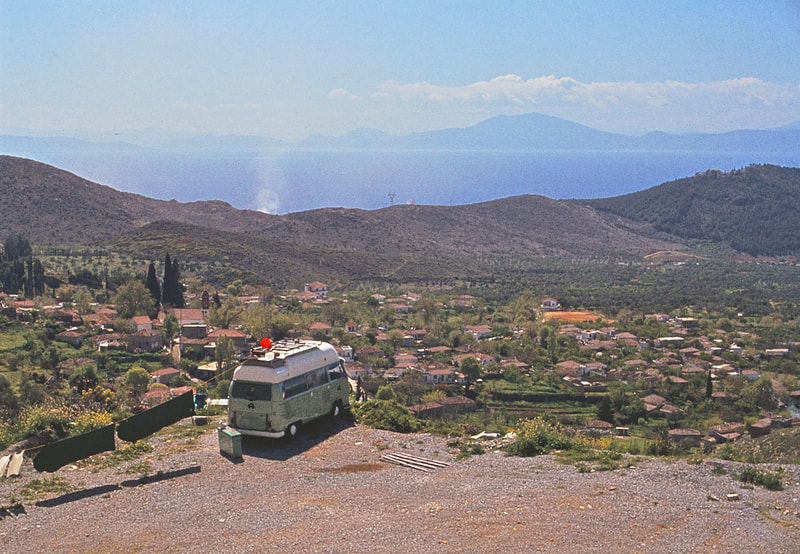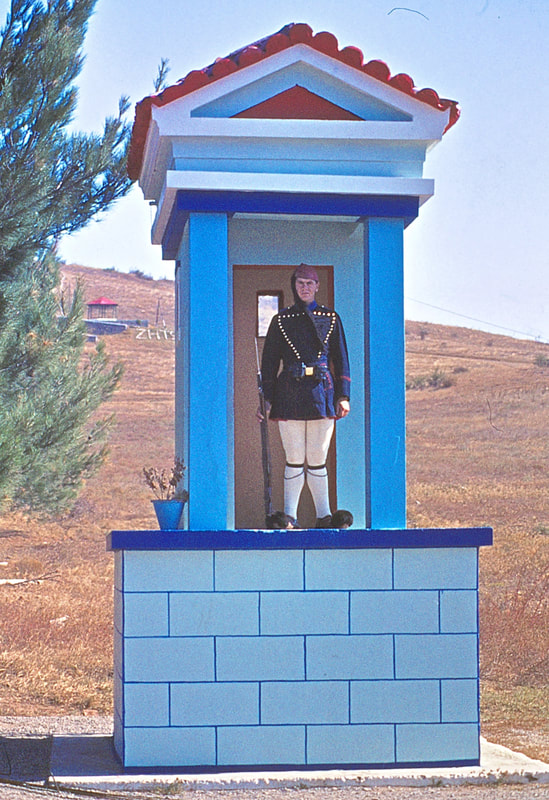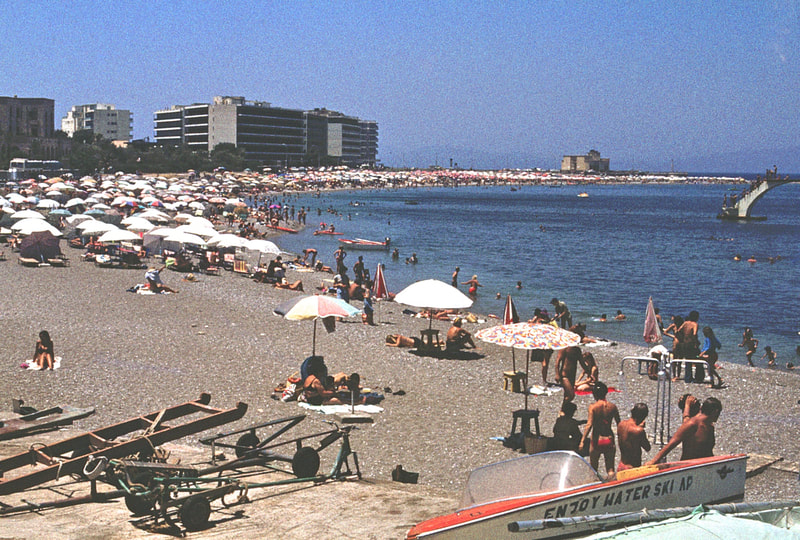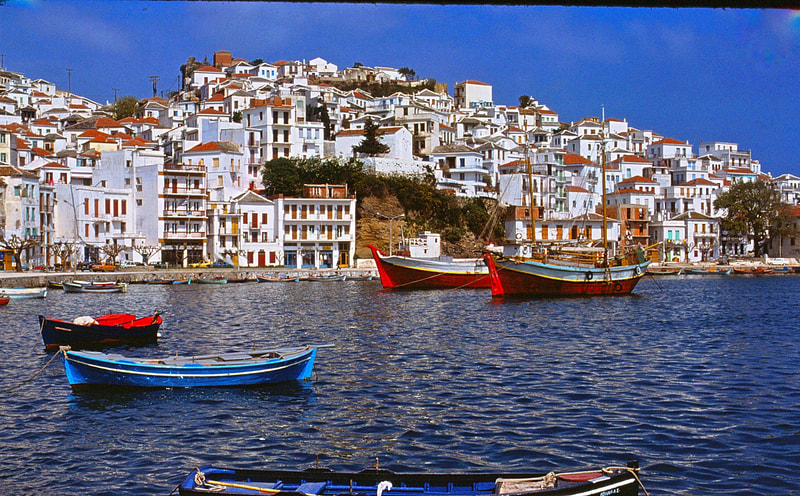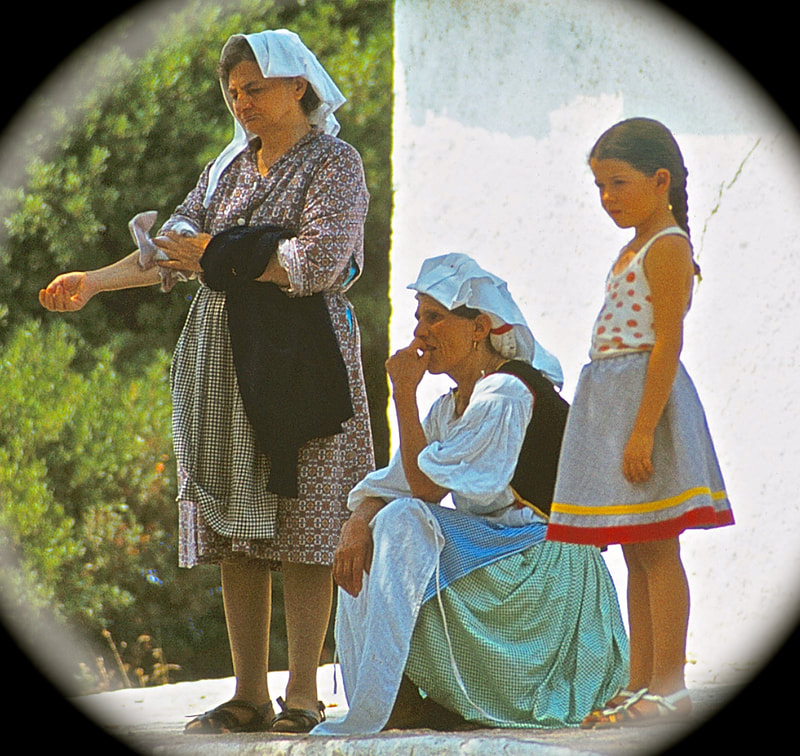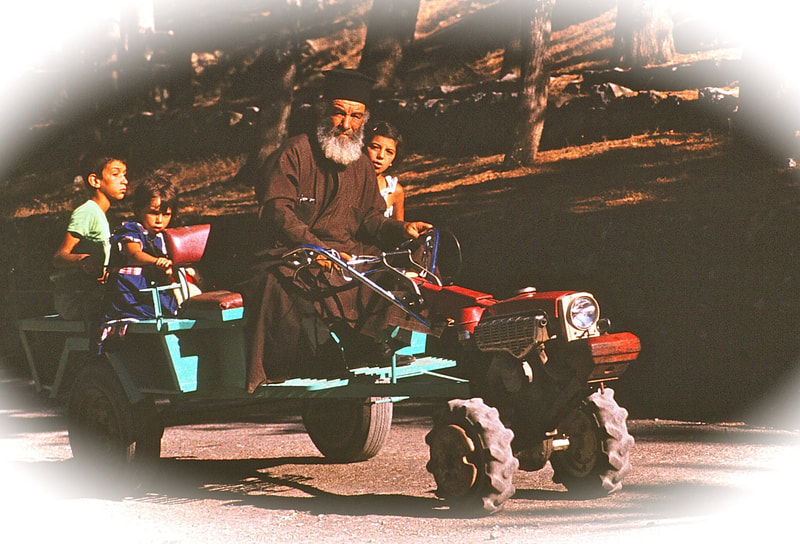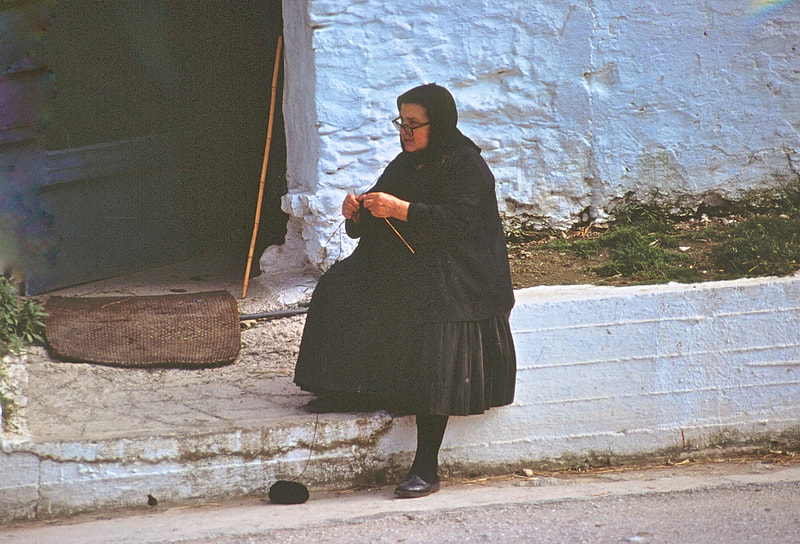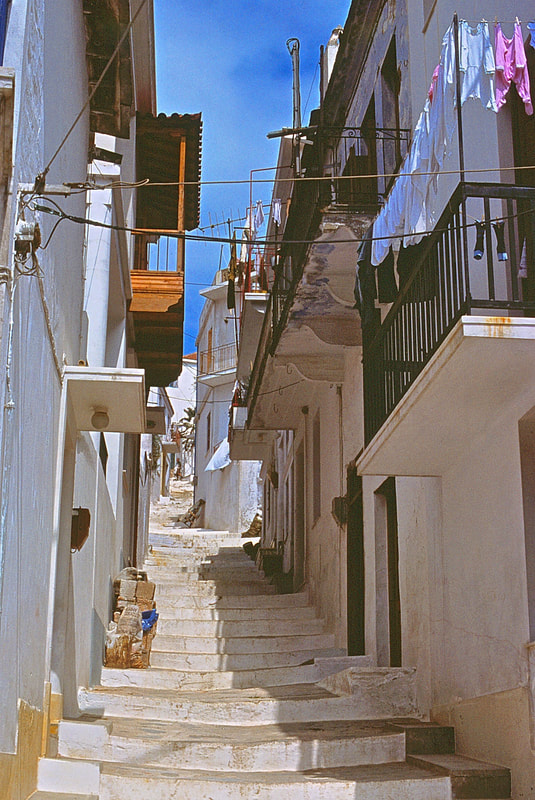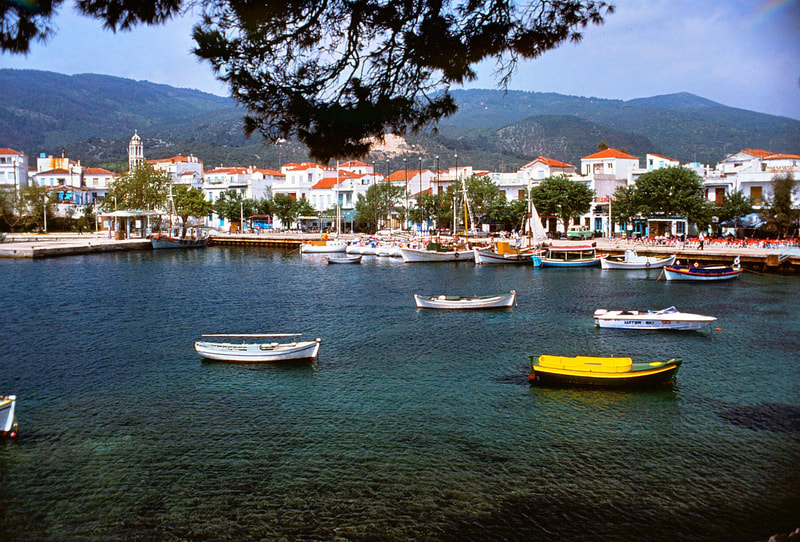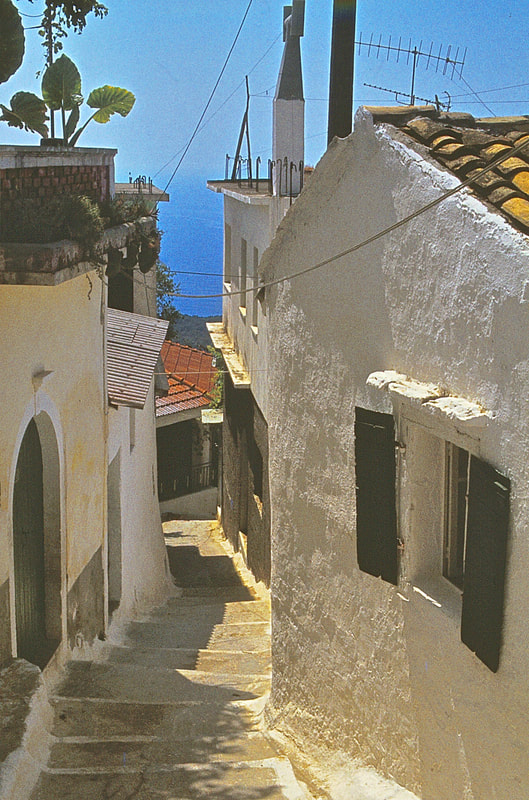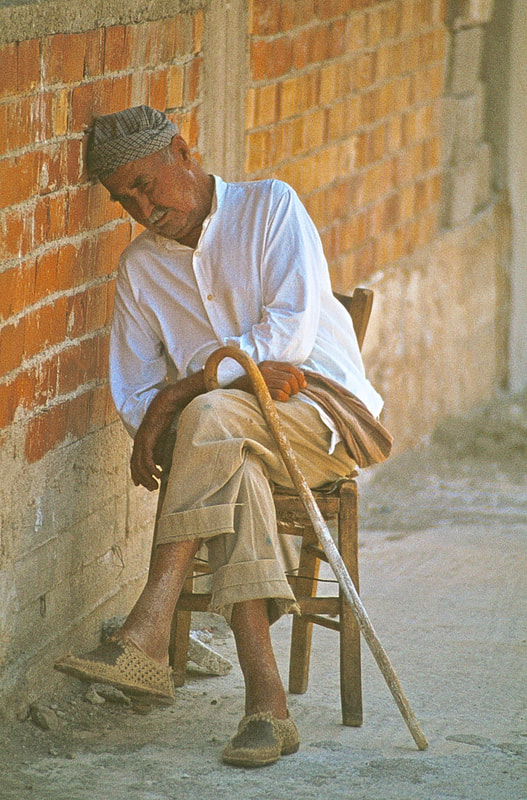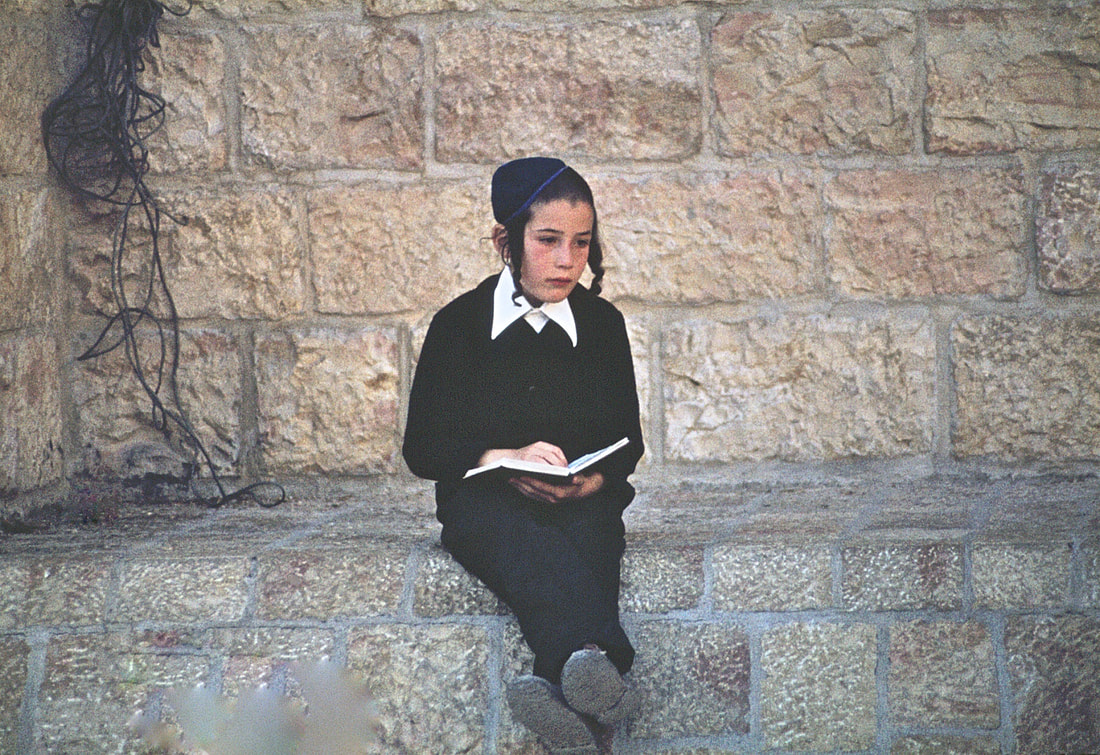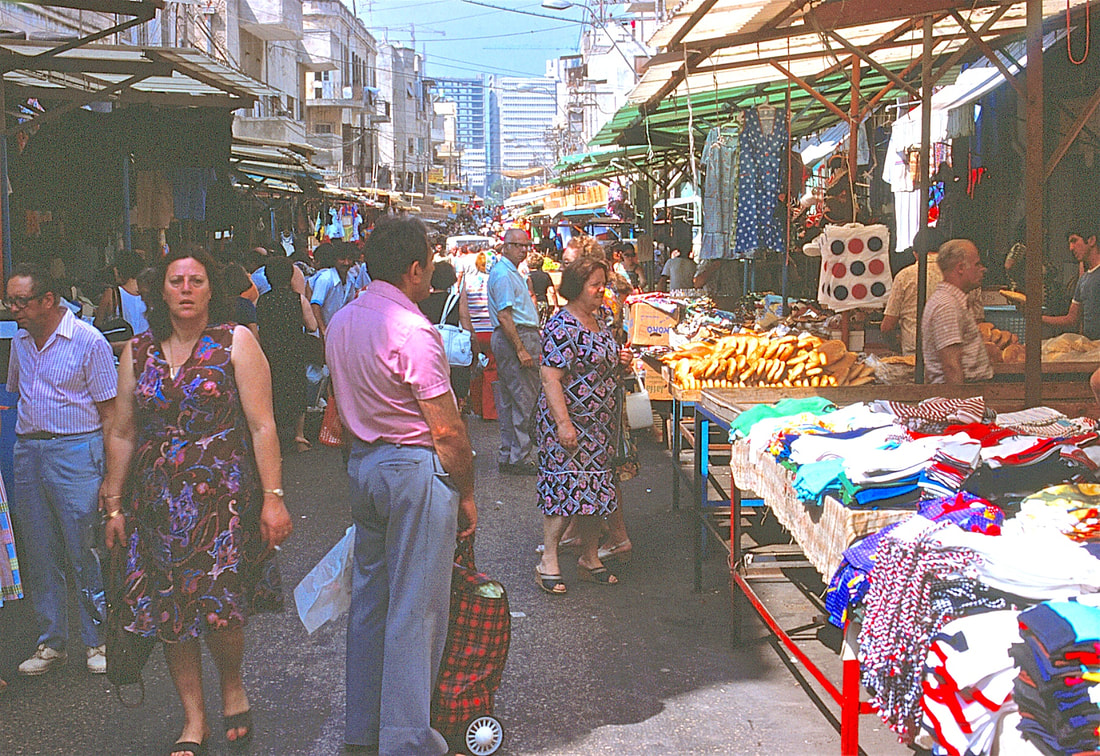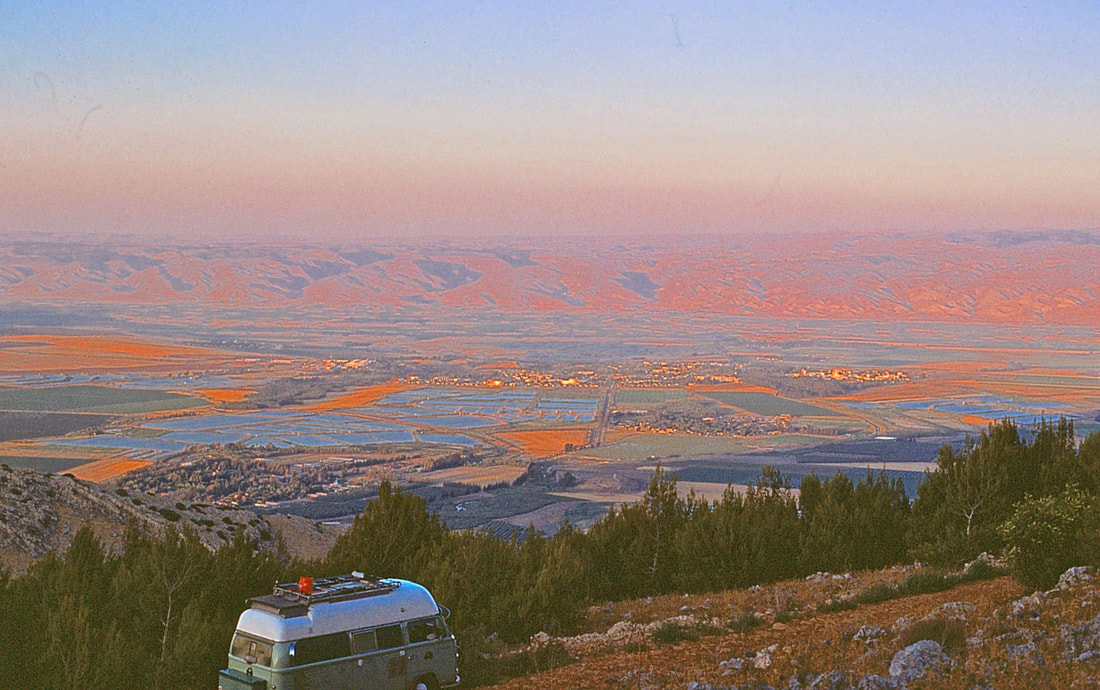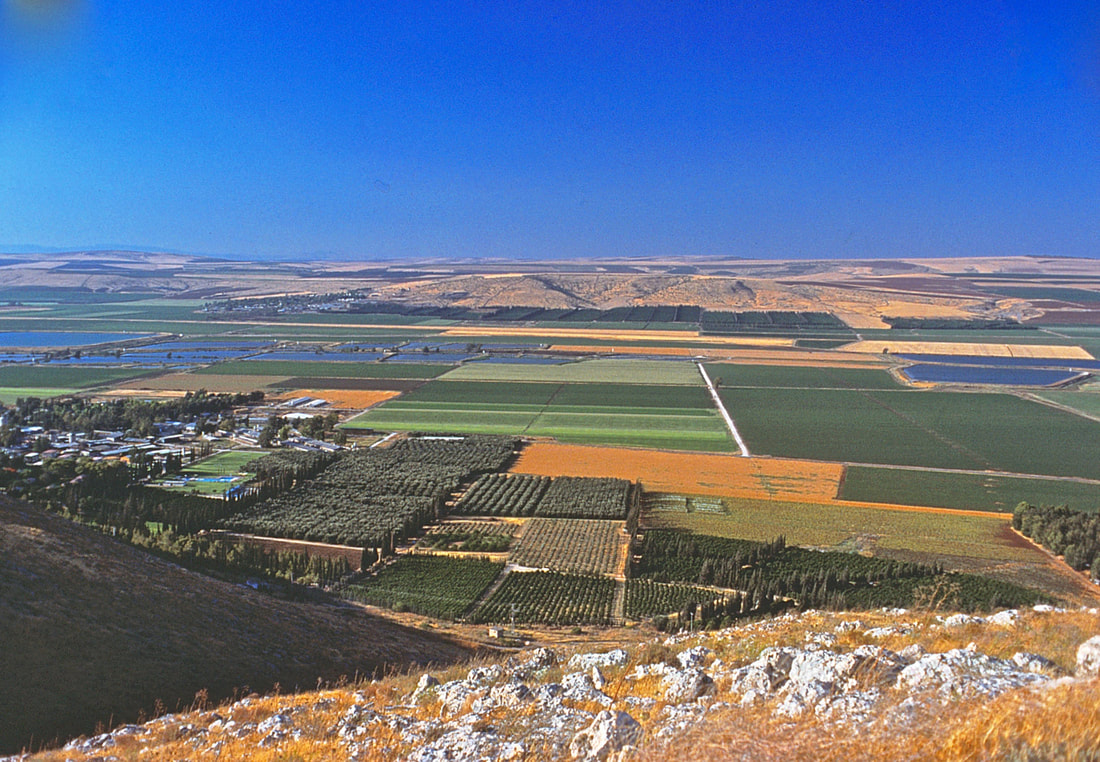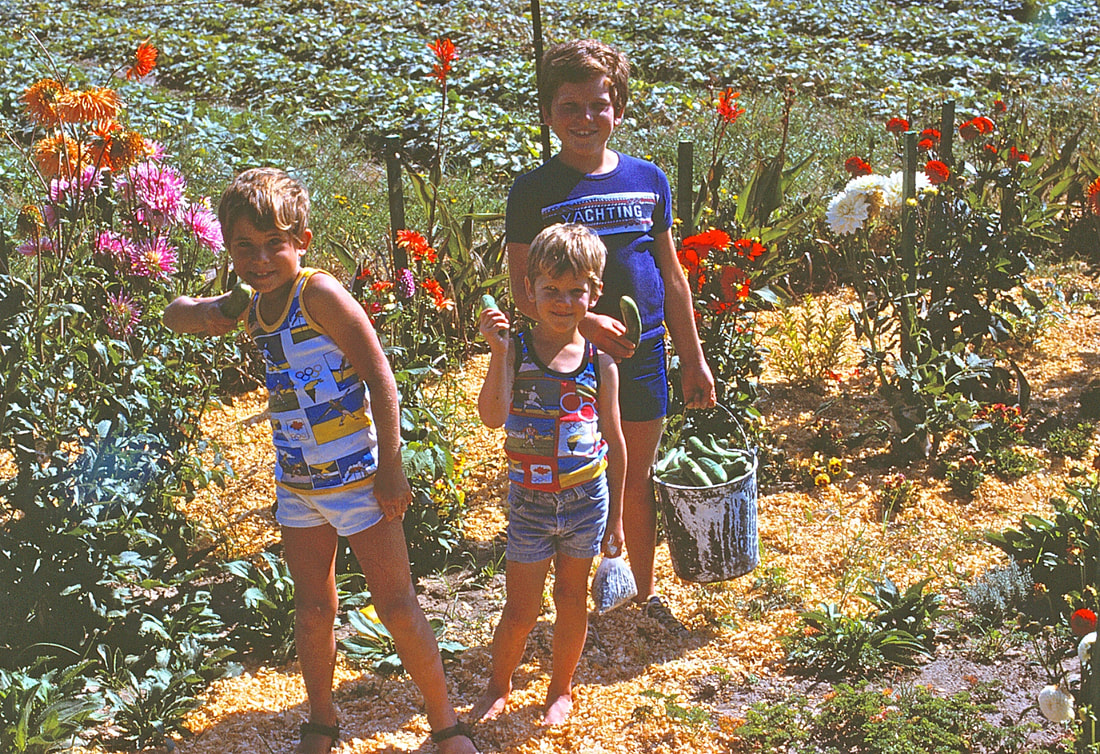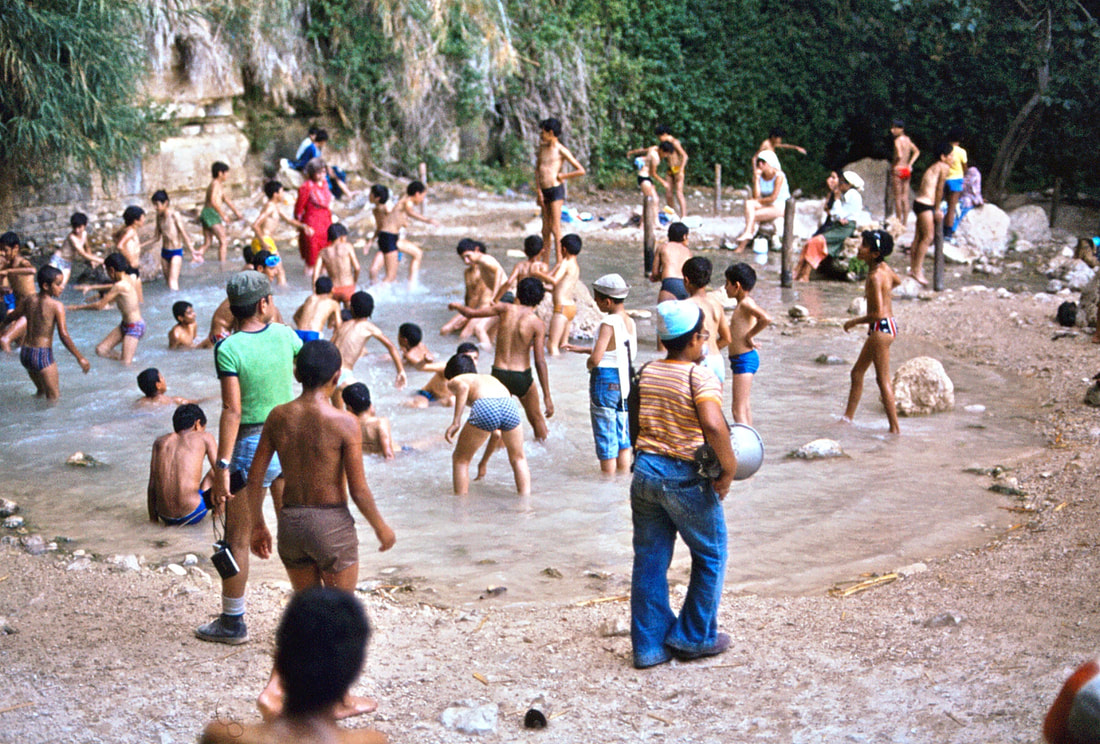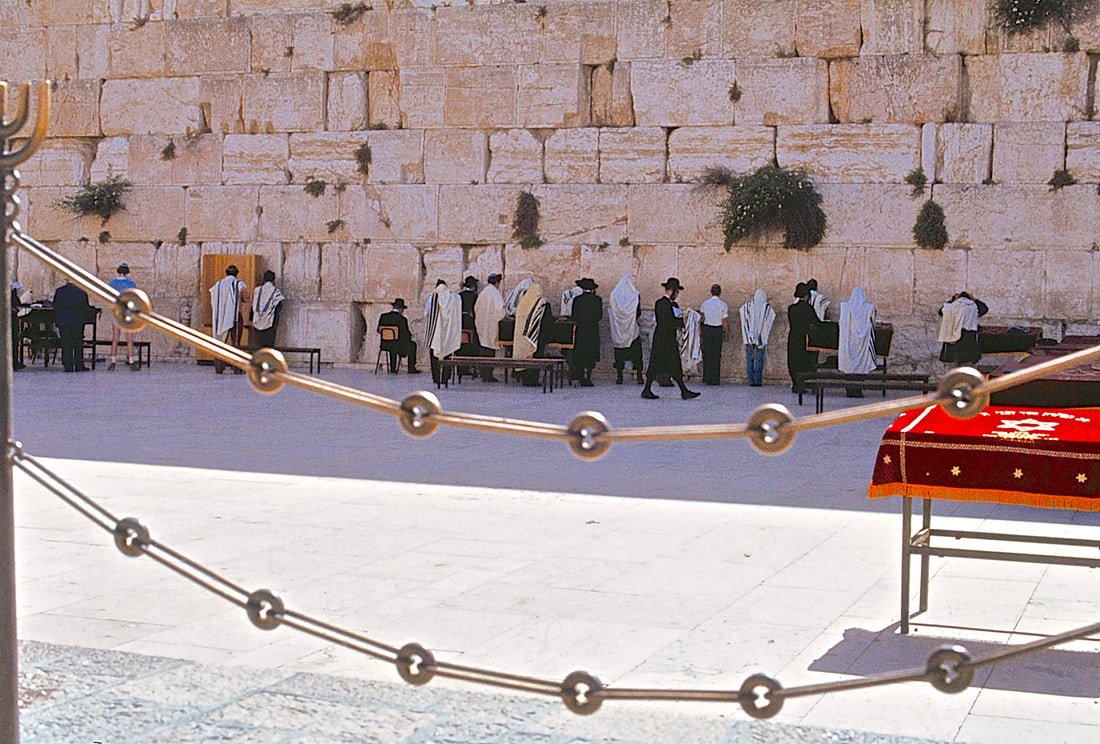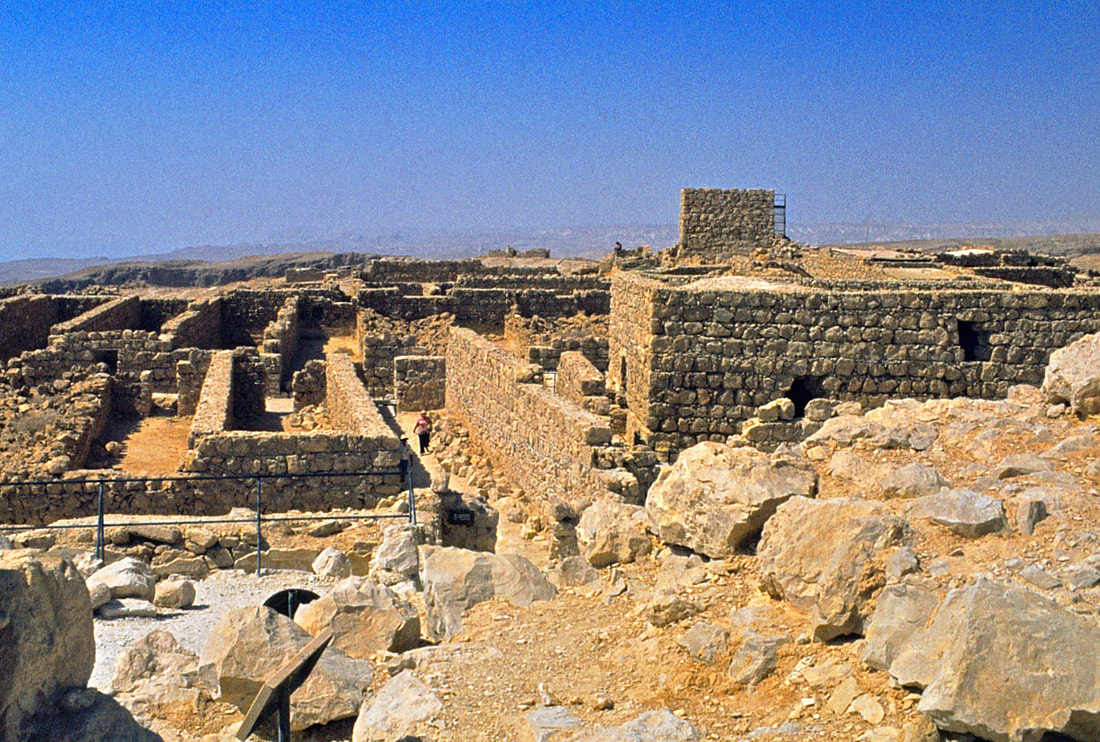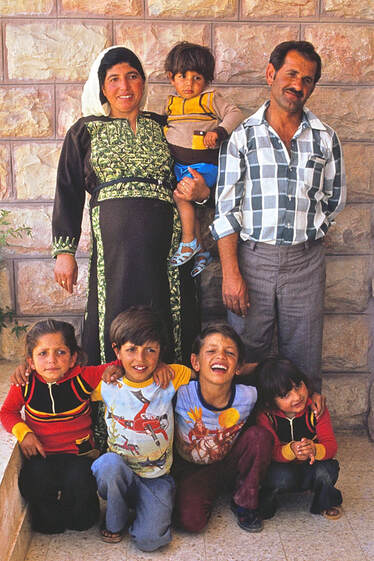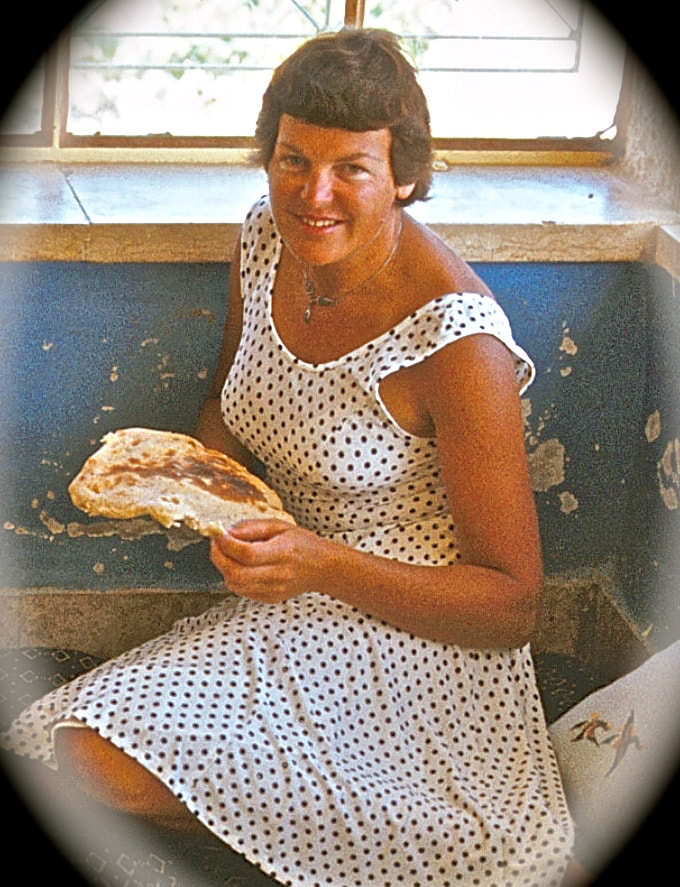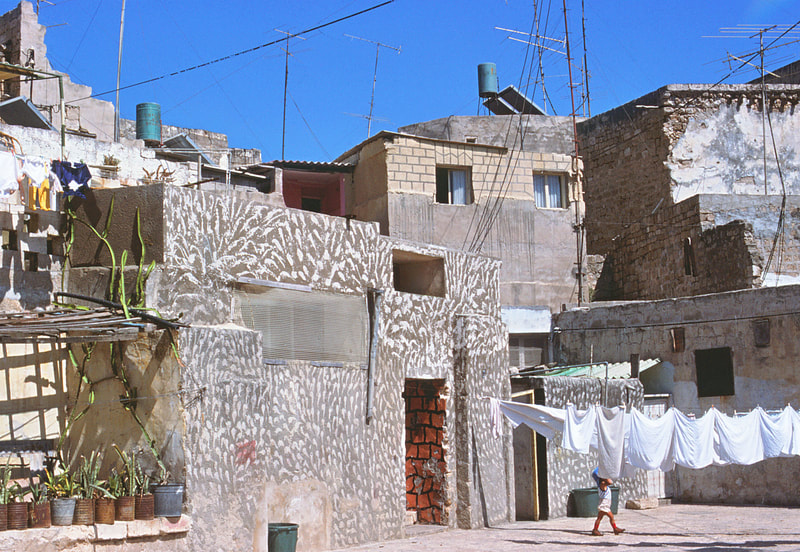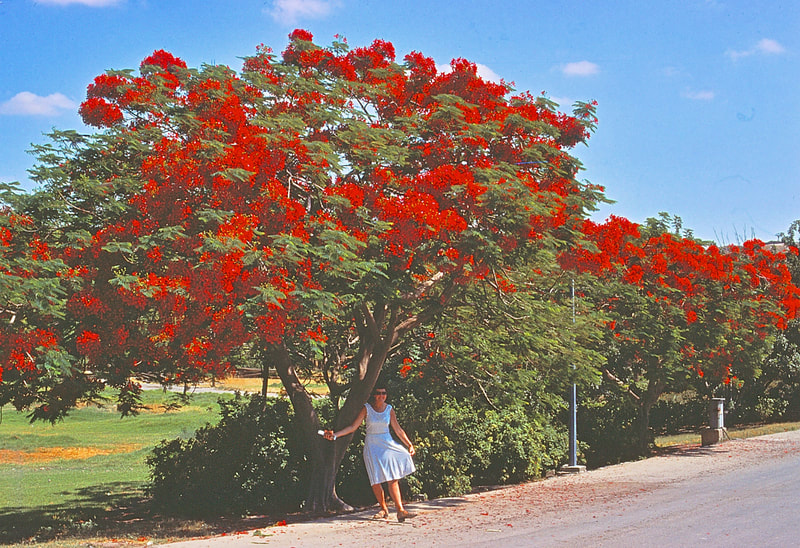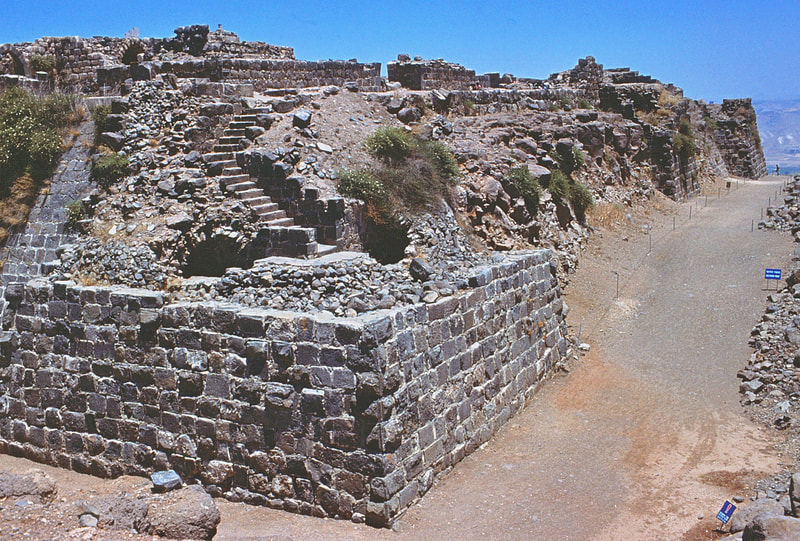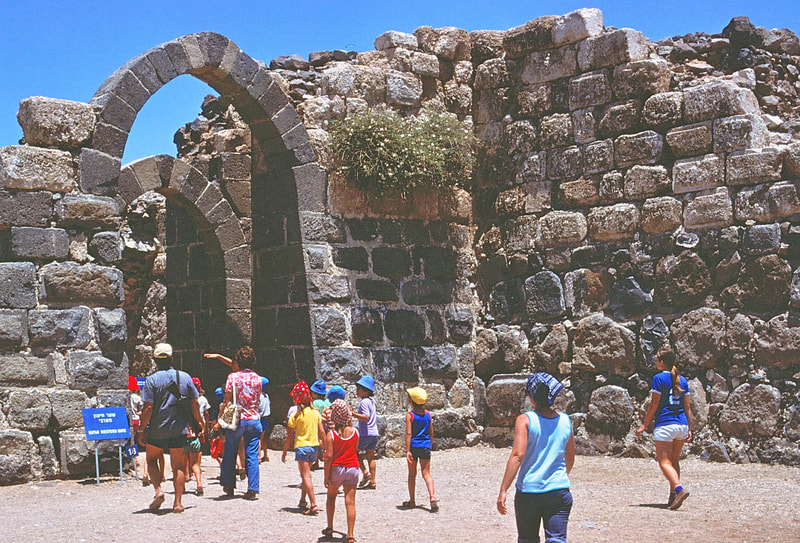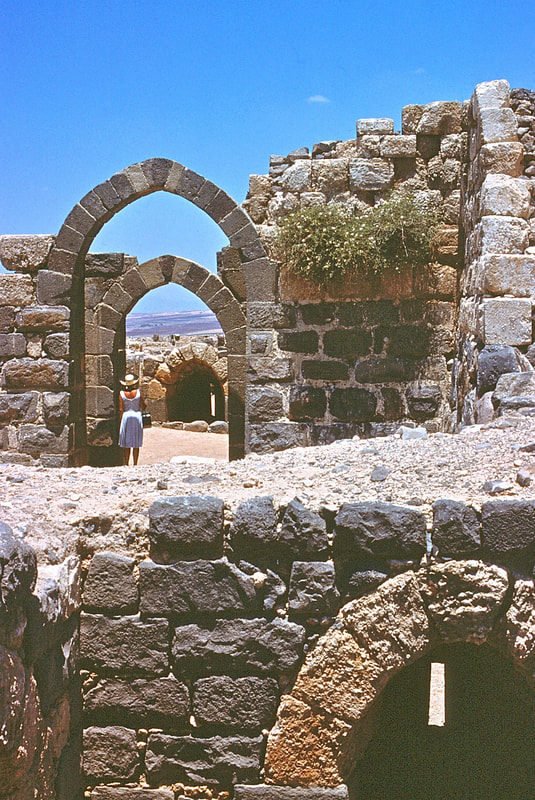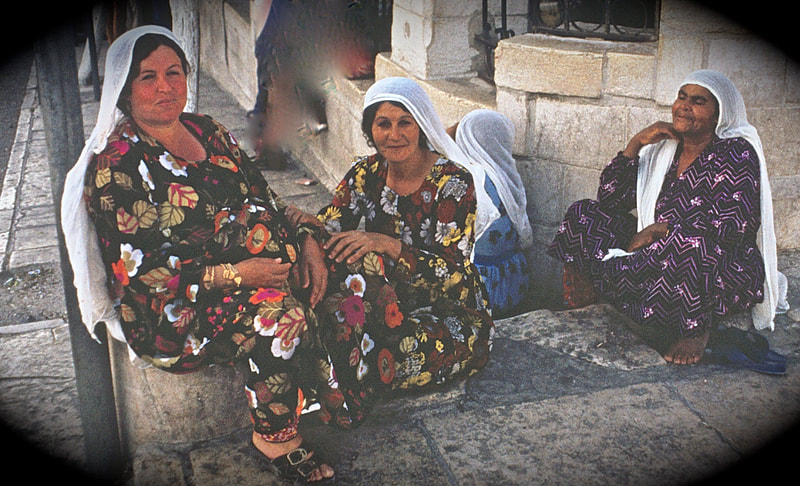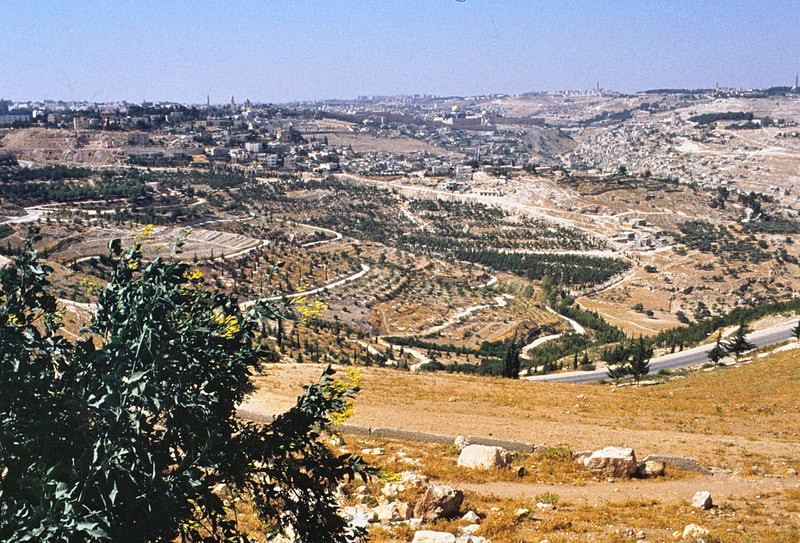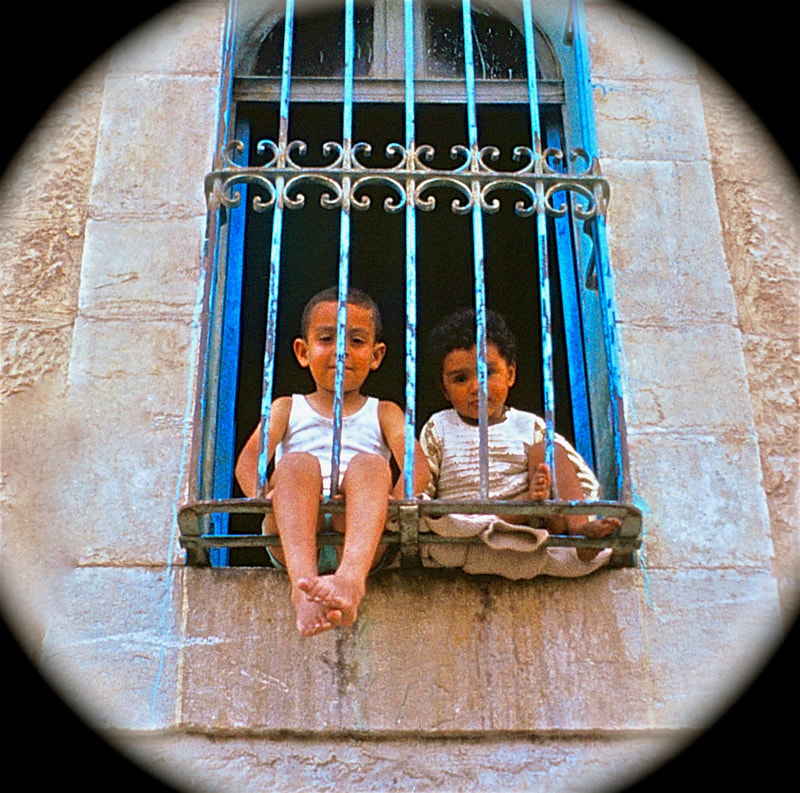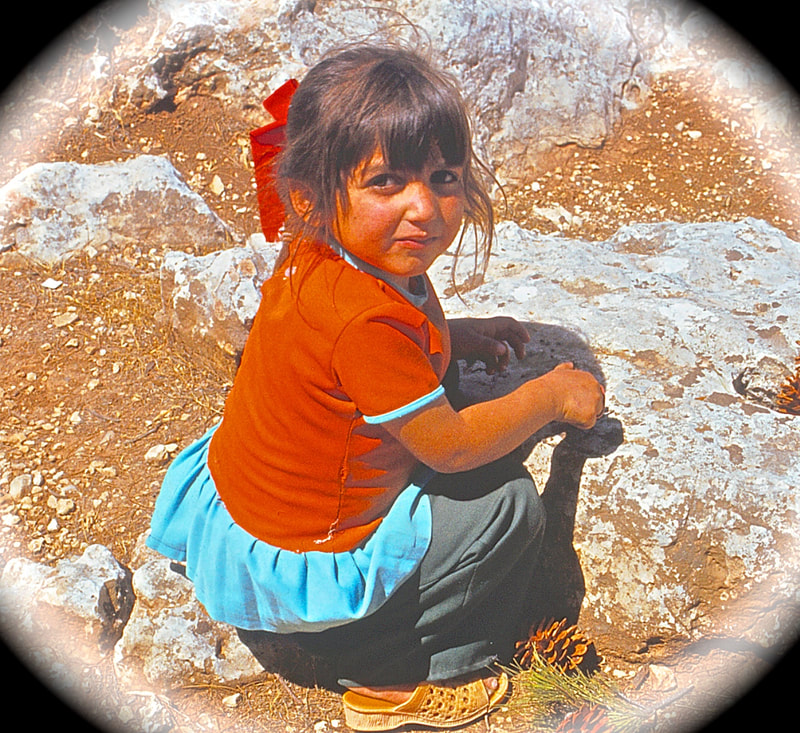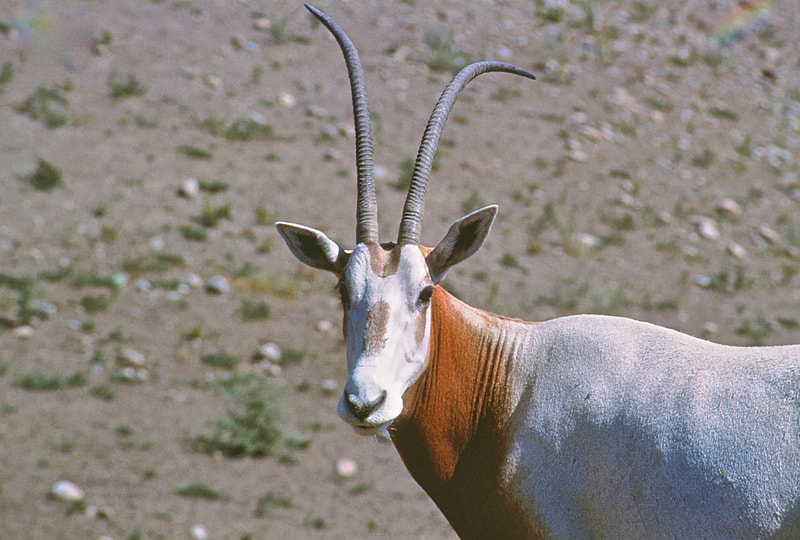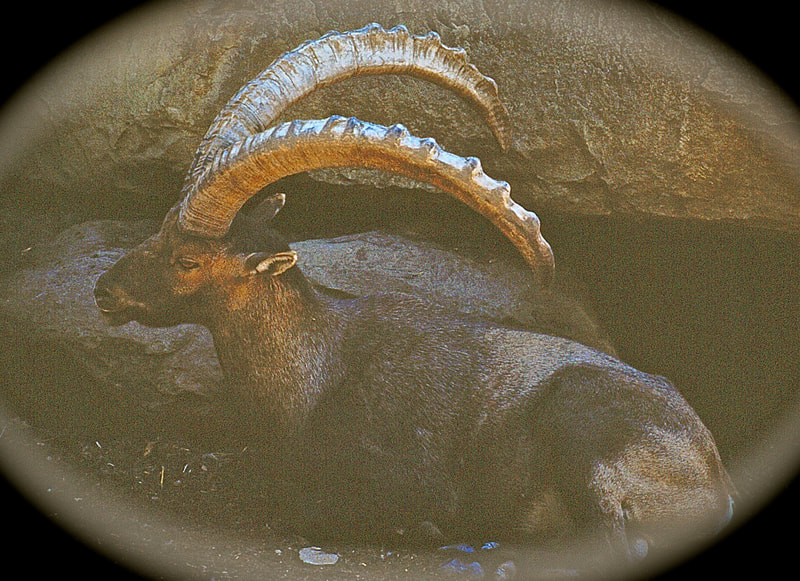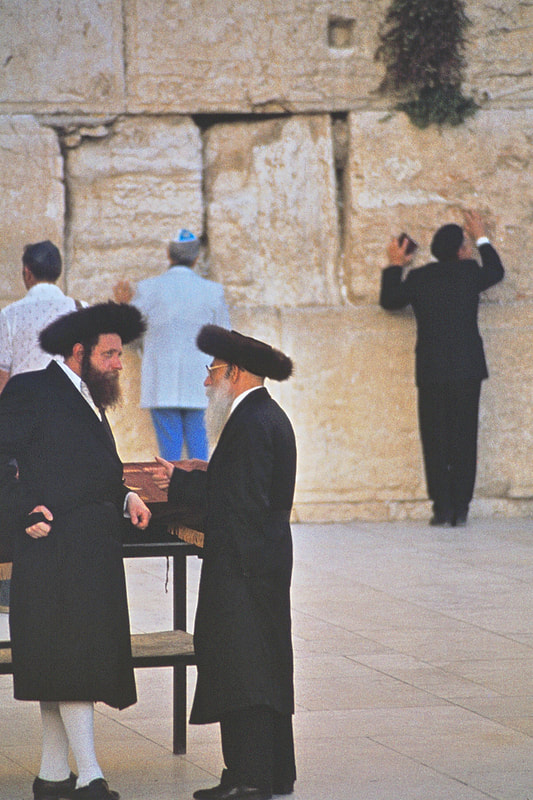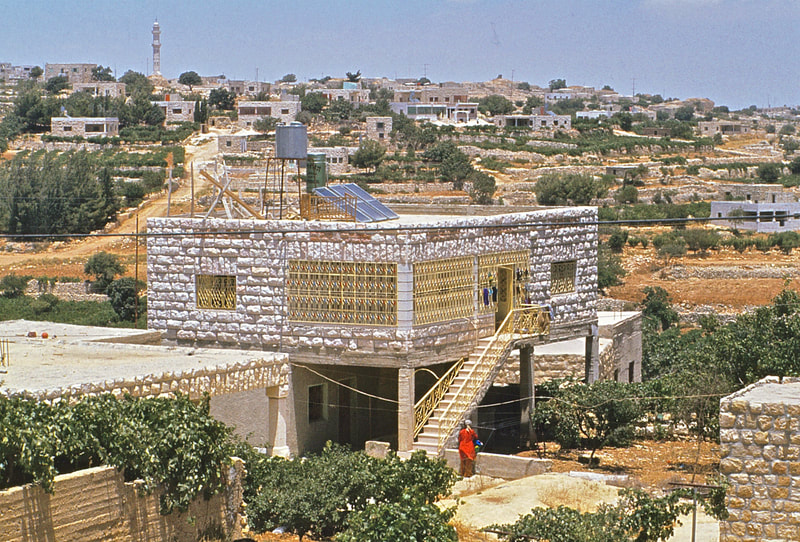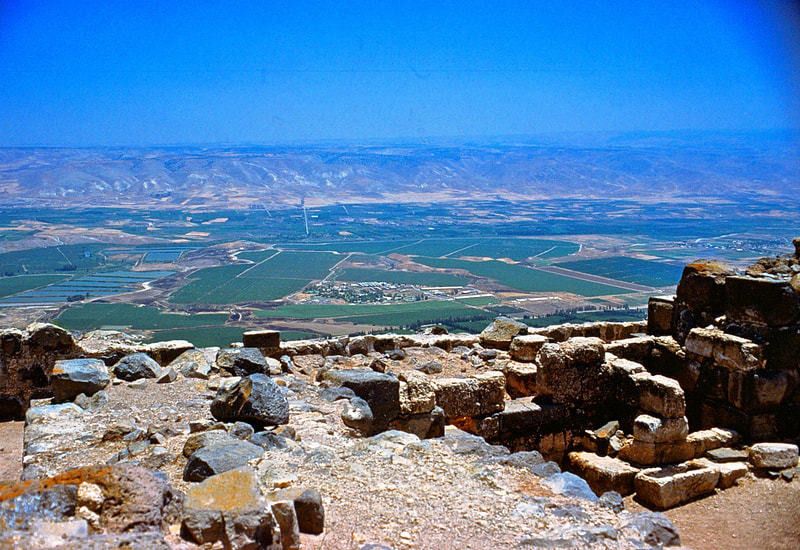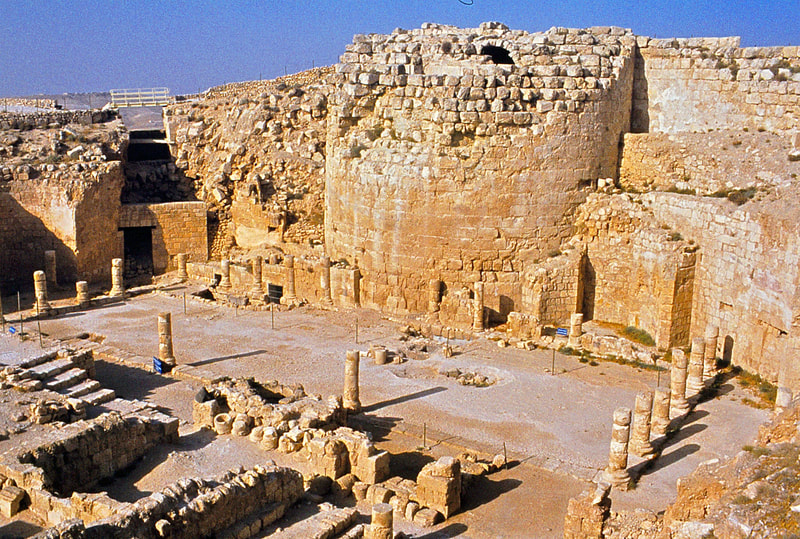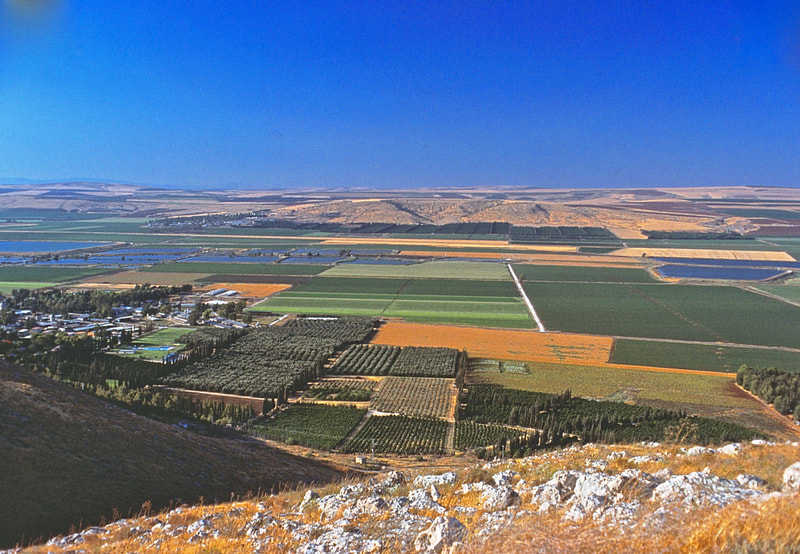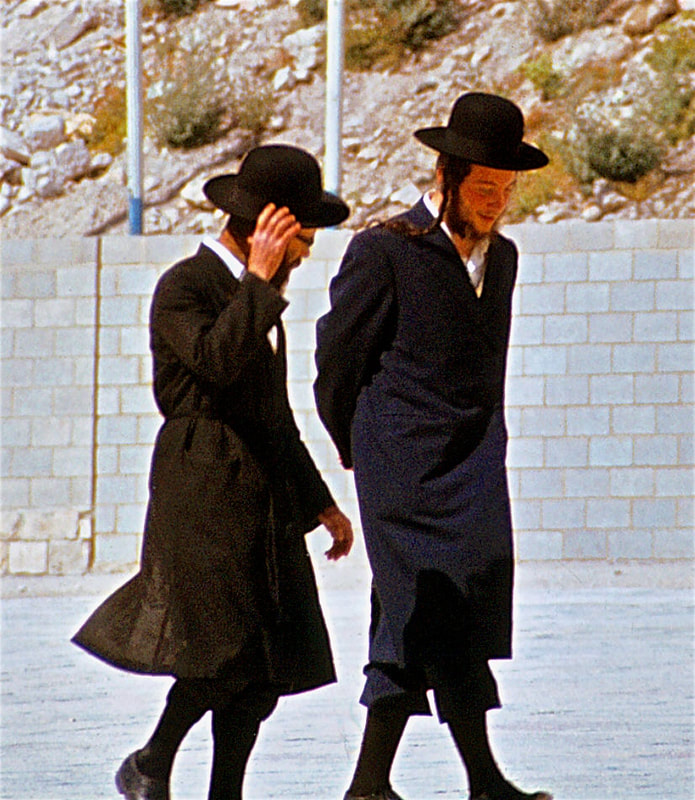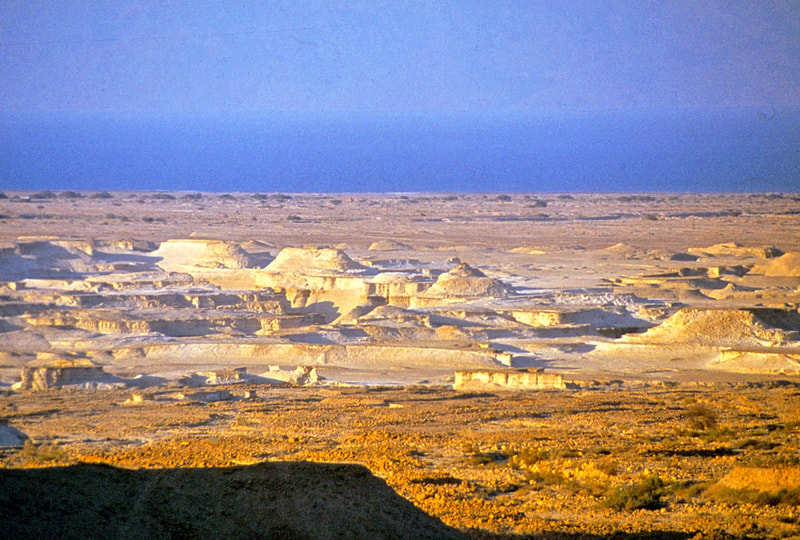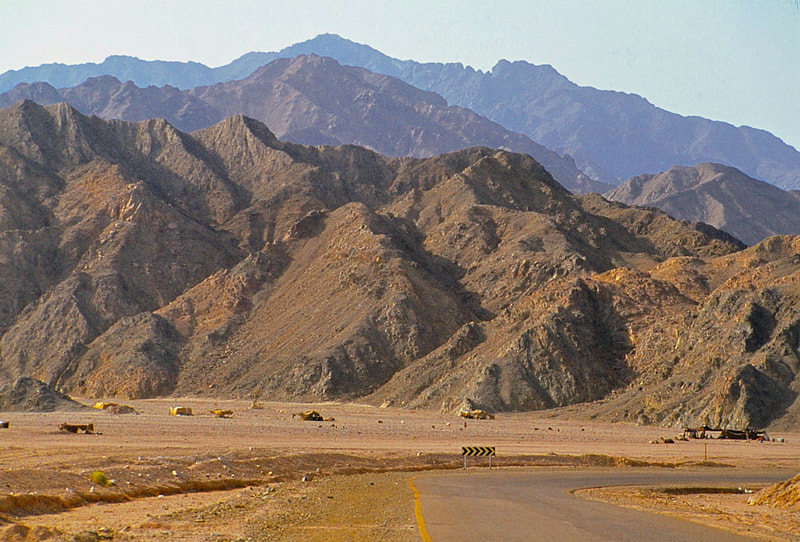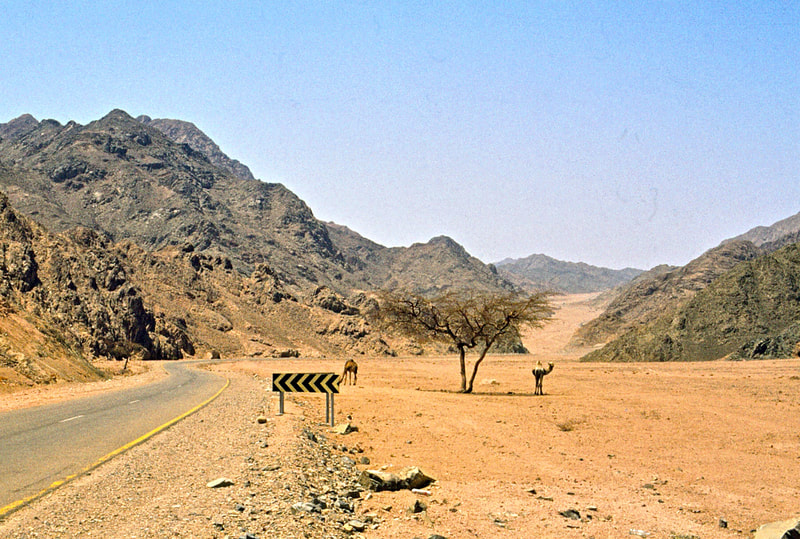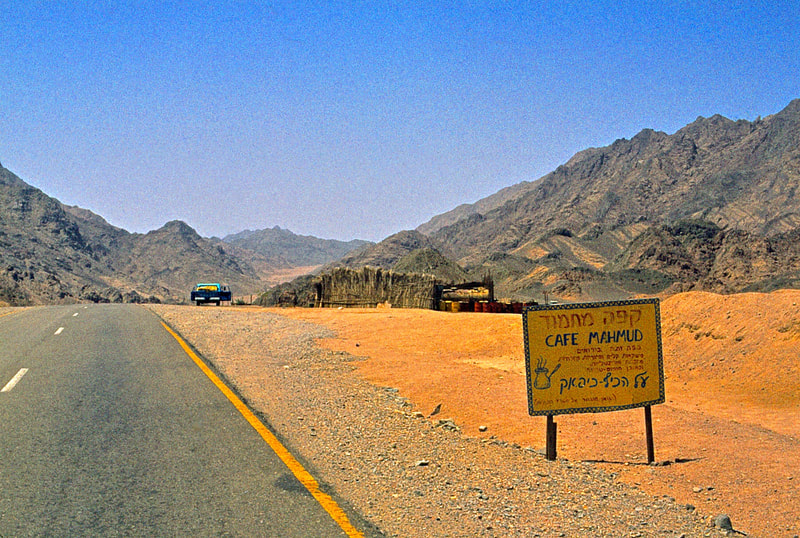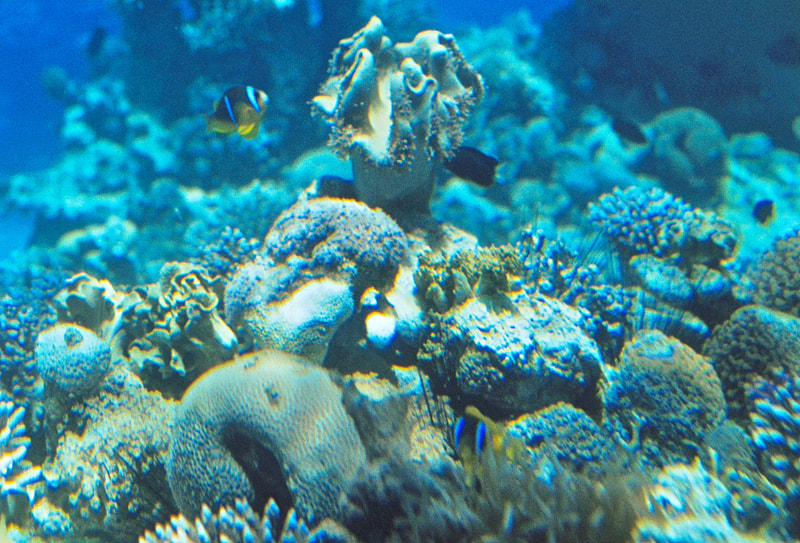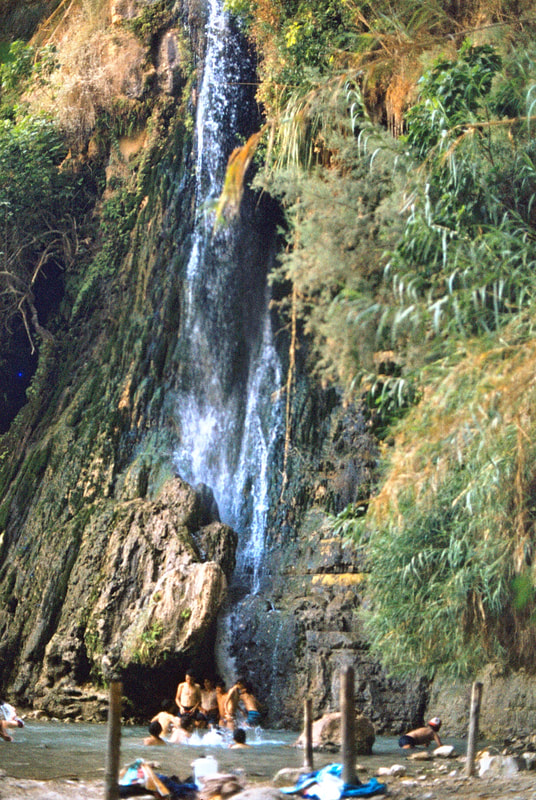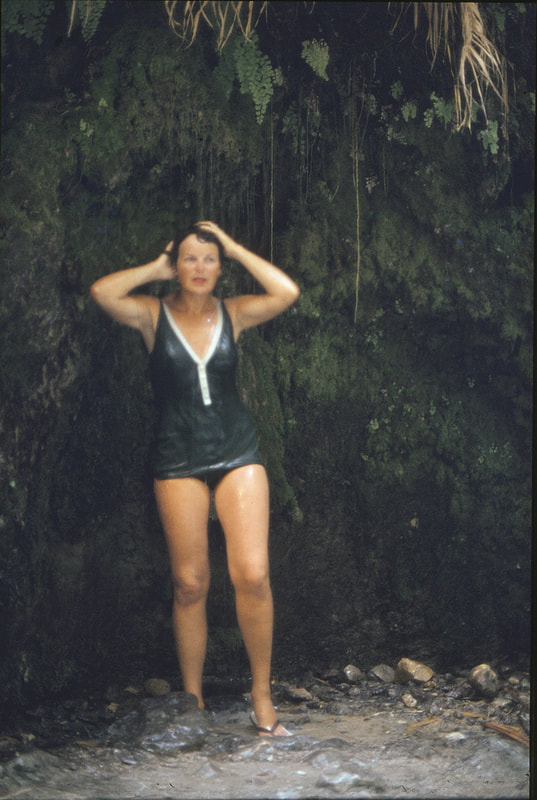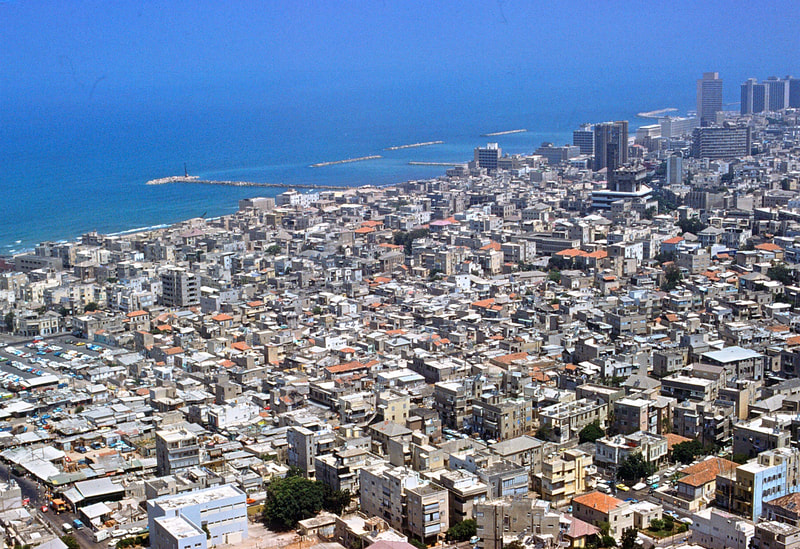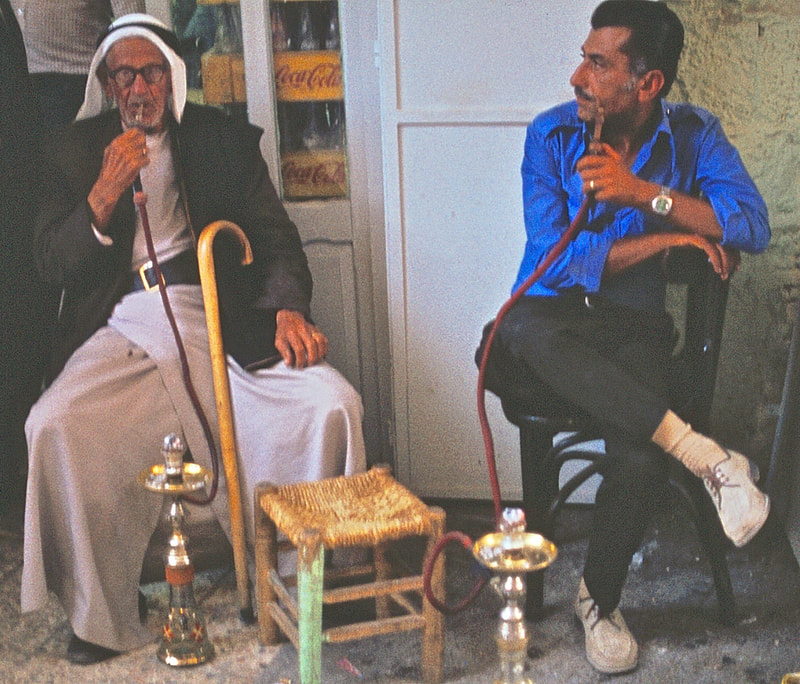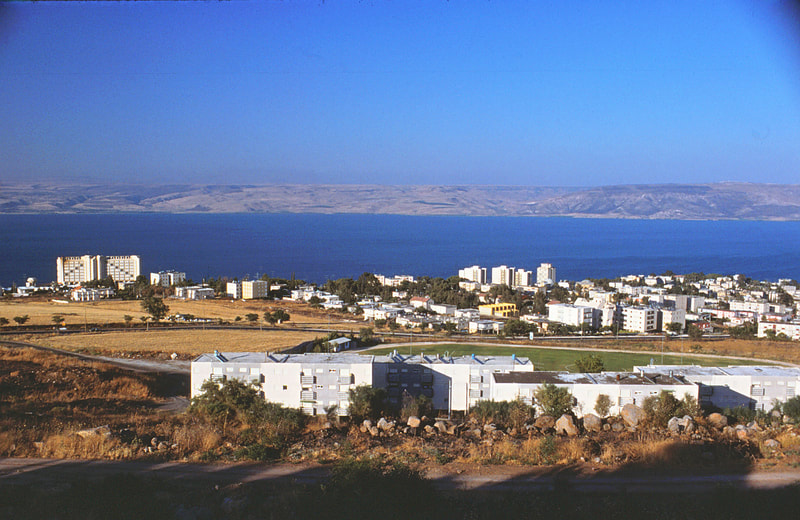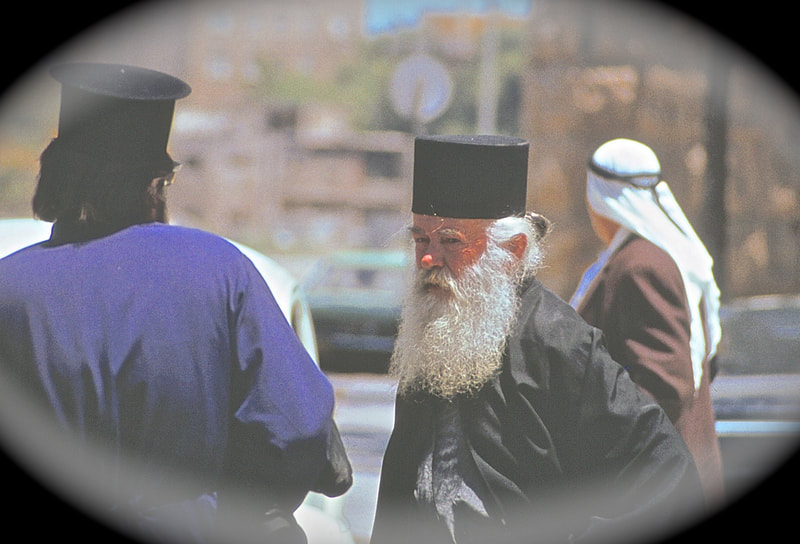December 2019 Update: The slow process of scanning at 1,200 DPI, selected pictures from our 16,000 35mm slide library continues; the stored slides are not in any order so as I scan them, more pictures of a country turn up and can then be used. I have a lot of countries to cover and you will find some completed, some waiting for additional material and others only as far as the introduction.
"W.O.T. W" (PART two) COUNTRIES STARTED ON ARE LISTED BELOW BUT NOT NECESSARILY COMPLETED; THOSE LISTED WITH A (C) ARE COMPLETE AS THEY ARE GOING TO BE.
INDIA(C); MEXICO (1-2)(C); NEW ZEALAND(C); HAWAII(C); FRANCE; NORWAY(C); SINGAPORE(C) HAITI; FIJI(C); HONG KONG; GREECE(G) ISRAEL(G) GREAT BRITAIN; **********************************************************************************************************************
"W.O.T. W" (PART two) COUNTRIES STARTED ON ARE LISTED BELOW BUT NOT NECESSARILY COMPLETED; THOSE LISTED WITH A (C) ARE COMPLETE AS THEY ARE GOING TO BE.
INDIA(C); MEXICO (1-2)(C); NEW ZEALAND(C); HAWAII(C); FRANCE; NORWAY(C); SINGAPORE(C) HAITI; FIJI(C); HONG KONG; GREECE(G) ISRAEL(G) GREAT BRITAIN; **********************************************************************************************************************
INDIA
The decision on what country to start this “Window on the World” feature was an easy one for me, why not the most fascinating and diverse country on the planet, India, with China a close second; some would argue that because China is so much bigger but to me India has more colour and widespread English is a bonus. Also home of the tiger, elephant and even lion, at least 22 languages are spoken in India, written in 13 different scripts with over 720 dialects but that is just the beginning!. With its southern shores approaching the equator and its northern border capped by the highest mountains in the world, India is definitely a place that cannot fail to captivate you as you explore the amazing diversity of its landscapes. Wendy & I shipped ourselves and our VW camper from the island of Penang with Malaysian efficiency and landed in Madras, India amidst disorganized chaos with lots more of that still ahead of us. Making our own way and using our wheels plus a lot of on the road bravado, we travelled far & wide in India from its southern tip (Kanyakumari) to Srinagar in the far north where our progress was halted by the army before we reached disputed territory with China. We did manage to get into Bhutan using public transport. We soon learned that there is a lot more to India than the Taj Mahal, Agra, Mumbai, Delhi and an elephant ride for if you take to the back roads as we did, India is for the most part rural and filled with villages and variegated people many of whom still work the land as their forefathers have done and following cultural traditions that have changed little in decades but that fact alone has resisted their progression towards a better life. Add all the historic interest to the amazing variety of temples, palaces, forts and exploding humanity that abounds in this colourful part of the world and you have a never ending kaleidoscope waiting to be explored. True there has been much change in India in recent years and in some cases, tractor has replaced bullock but wander a little further afield and the below picture is still as current as it was during our visit there. Be aware though that the longer you stay, the more the crush of India will wear you down; after 10 months, we left feeling much in need of a vacation.
The decision on what country to start this “Window on the World” feature was an easy one for me, why not the most fascinating and diverse country on the planet, India, with China a close second; some would argue that because China is so much bigger but to me India has more colour and widespread English is a bonus. Also home of the tiger, elephant and even lion, at least 22 languages are spoken in India, written in 13 different scripts with over 720 dialects but that is just the beginning!. With its southern shores approaching the equator and its northern border capped by the highest mountains in the world, India is definitely a place that cannot fail to captivate you as you explore the amazing diversity of its landscapes. Wendy & I shipped ourselves and our VW camper from the island of Penang with Malaysian efficiency and landed in Madras, India amidst disorganized chaos with lots more of that still ahead of us. Making our own way and using our wheels plus a lot of on the road bravado, we travelled far & wide in India from its southern tip (Kanyakumari) to Srinagar in the far north where our progress was halted by the army before we reached disputed territory with China. We did manage to get into Bhutan using public transport. We soon learned that there is a lot more to India than the Taj Mahal, Agra, Mumbai, Delhi and an elephant ride for if you take to the back roads as we did, India is for the most part rural and filled with villages and variegated people many of whom still work the land as their forefathers have done and following cultural traditions that have changed little in decades but that fact alone has resisted their progression towards a better life. Add all the historic interest to the amazing variety of temples, palaces, forts and exploding humanity that abounds in this colourful part of the world and you have a never ending kaleidoscope waiting to be explored. True there has been much change in India in recent years and in some cases, tractor has replaced bullock but wander a little further afield and the below picture is still as current as it was during our visit there. Be aware though that the longer you stay, the more the crush of India will wear you down; after 10 months, we left feeling much in need of a vacation.
" Wendy & I shipped ourselves and VW camper from the island of Penang with Malaysian efficiency and landed in Madras, India amidst disorganized chaos with lots more of that still ahead of us."
India the home of the tiger, elephant, rhino and even lion; multiple races, religions an cultures mix freely here and at least 22 languages are spoken.
"With its southern shores approaching the equator and its northern border capped by the highest mountains in the world, India is a place that cannot fail to captivate you as you explore the amazing diversity of its landscapes."
" If you take to the back roads as we did, India is for the most part rural and filled with small villages and a multitude of people many of whom still work the land as their forefathers have done and follow cultural traditions that have changed little in decades."
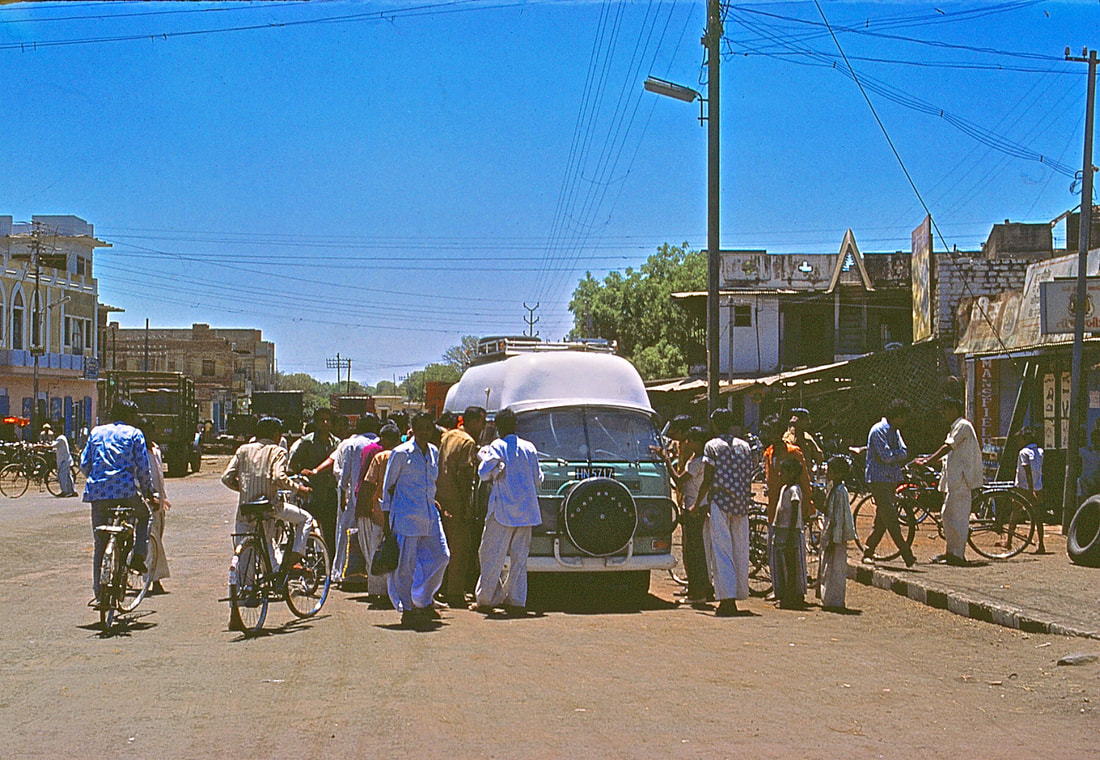
" Be aware that the longer you stay, the more the crush of India will wear you down; after 10 months, we left needing a vacation."
INDIA AS WE SAW IT
7Galleries in all. Click on the first left picture to open each gallery and move through them using the mouse or better still, use the right keyboard arrow
LANDSCAPE GALLERY....................
THE TEMPLE GALLERY
The craftsmanship and ingenuity that was used to create India's historic temples defies that available to us today; it must be seen to be believed albeit some of it's detail questionable in the name of religion. Nevertheless, to see a temple carved from a rock-face beginning with the outside first then doing the interior is a rare sight in the world.
The craftsmanship and ingenuity that was used to create India's historic temples defies that available to us today; it must be seen to be believed albeit some of it's detail questionable in the name of religion. Nevertheless, to see a temple carved from a rock-face beginning with the outside first then doing the interior is a rare sight in the world.
GENERAL INTEREST GALLERY
As you tour the country of India, especially driving your own wheels, you are having to deal with on a daily basis, challenges & experiences that sometimes frustrate, other times amuse but often scenes or events that have you reaching for a camera. Above all, to survive the experience, patience is a virtue that you must learn to cultivate.
As you tour the country of India, especially driving your own wheels, you are having to deal with on a daily basis, challenges & experiences that sometimes frustrate, other times amuse but often scenes or events that have you reaching for a camera. Above all, to survive the experience, patience is a virtue that you must learn to cultivate.
BUILDINGS/MONUMENTS GALLERY
As you tour the country of India, every manner of buildings catch your eye be they forts, palaces, primitive homes, memorials, historic or just plain ruins; many you pause only long enough to stop and admire or perhaps photograph, some however just have to to be explored in more detail and those pictured qualify for that.
As you tour the country of India, every manner of buildings catch your eye be they forts, palaces, primitive homes, memorials, historic or just plain ruins; many you pause only long enough to stop and admire or perhaps photograph, some however just have to to be explored in more detail and those pictured qualify for that.
HUMAN INTEREST GALLERY
As you tour the country of India, every manner of Indian life never fails to grab your attention and so often its a case of survive the best way you can; there are also many stories that could be told of our daily life experiences there as well and in this gallery alone there are over 30 facets of Indian life waiting to be outlined in a format better than a picture gallery but alas, a book that we should have written on our twenty year travels never eventuated.
As you tour the country of India, every manner of Indian life never fails to grab your attention and so often its a case of survive the best way you can; there are also many stories that could be told of our daily life experiences there as well and in this gallery alone there are over 30 facets of Indian life waiting to be outlined in a format better than a picture gallery but alas, a book that we should have written on our twenty year travels never eventuated.
WILDLIFE GALLERY
Unless you regard cows that roam India unhindered as wildlife, you do not encounter a lot of wildlife, little wonder really as the land is jam packed with people. Of course monkeys and peacocks are common and there are some wildlife parks many of which we visited with little results but getting close up to our first wild tiger while perched on an elephant was a novelty and we found our first one-horned rhino the same way. Our biggest surprise was hearing then encountering wild lion in the Gir Forest, the only place in the world other than Africa you'll find them.
Unless you regard cows that roam India unhindered as wildlife, you do not encounter a lot of wildlife, little wonder really as the land is jam packed with people. Of course monkeys and peacocks are common and there are some wildlife parks many of which we visited with little results but getting close up to our first wild tiger while perched on an elephant was a novelty and we found our first one-horned rhino the same way. Our biggest surprise was hearing then encountering wild lion in the Gir Forest, the only place in the world other than Africa you'll find them.
PEOPLE OF INDIA GALLERY
There would be no end to a gallery such as this had there been such a thing as digital photography when we were in India but alas, in my time, it was Kodachrome 25ASA. film, 36 images to a roll and very expensive to buy in places like India and sometimes, not available at all depending on where you were with Afghanistan as a good example. The taste/types of food, colours/style of clothes, language and cultural traditions vary from from state to state in India and the differences can range from modern lifestyles in place like Delhi/Mumbai to lifestyles little changed by time in hidden Himalayan valleys where the last 6 pictures at the end of this gallery were taken.
There would be no end to a gallery such as this had there been such a thing as digital photography when we were in India but alas, in my time, it was Kodachrome 25ASA. film, 36 images to a roll and very expensive to buy in places like India and sometimes, not available at all depending on where you were with Afghanistan as a good example. The taste/types of food, colours/style of clothes, language and cultural traditions vary from from state to state in India and the differences can range from modern lifestyles in place like Delhi/Mumbai to lifestyles little changed by time in hidden Himalayan valleys where the last 6 pictures at the end of this gallery were taken.
.....I WILL HAVE TO RETURN TO THESE 7 GALLERIES of India AND ADD SOME MUCH NEEDED CAPTIONS.
MEXICO
Tourism in Mexico was in its infancy when we were there; unspoiled and mostly safe, so much so we camped unhindered and at will throughout the country including our rear door overhanging the sand at Acapulco's main beach (not pictured here) and a ghostly night hidden in The Avenue of the Dead at Teotihuacan; just try to do that now folks! Speaking of the dead, perhaps one of our strangest experiences ever, was walking between a long, narrow corridor of mummified people who, dead or otherwise, seem to look right through you; we kept looking behind us in case we were being followed, no kidding! If you look closely you can see me at the bottom of the "Pyramid of the Moon"; at 6am, we were the only two at Teotihuacan. Google informs that the cliff divers are still doing their 115ft (35 metres) thing at Acapulco although they are charging now (sigh!); also, they are still sun drying Agave cactus fibers which makes quite a sight when there's acres of them and lastly, they are still making Tequila from the heart of the Blue Agave plant pictured below being harvested by donkeys, still in use today. To open the Gallery, click on the left picture and use the forward arrows or the L/R keyboard arrows.
Tourism in Mexico was in its infancy when we were there; unspoiled and mostly safe, so much so we camped unhindered and at will throughout the country including our rear door overhanging the sand at Acapulco's main beach (not pictured here) and a ghostly night hidden in The Avenue of the Dead at Teotihuacan; just try to do that now folks! Speaking of the dead, perhaps one of our strangest experiences ever, was walking between a long, narrow corridor of mummified people who, dead or otherwise, seem to look right through you; we kept looking behind us in case we were being followed, no kidding! If you look closely you can see me at the bottom of the "Pyramid of the Moon"; at 6am, we were the only two at Teotihuacan. Google informs that the cliff divers are still doing their 115ft (35 metres) thing at Acapulco although they are charging now (sigh!); also, they are still sun drying Agave cactus fibers which makes quite a sight when there's acres of them and lastly, they are still making Tequila from the heart of the Blue Agave plant pictured below being harvested by donkeys, still in use today. To open the Gallery, click on the left picture and use the forward arrows or the L/R keyboard arrows.
The Mexican Charreada
Whereas I have given bullfights a low rate of approval, be they in Spain, Mexico, France, Portugal or elsewhere, the Mexican Charreada is for the most part, a charming display of the great pride that Mexicans have in showing off their skills in horsemanship which is deeply rooted in their culture and proudly displayed by father, son and daughter. A Charreada is basically a rodeo, and in Mexico it is a recognized sport with strict rules to be followed during the competitions. Both men and women are allowed to compete, wearing colorful costumes trimmed in silver studs. Charros, or the horsemen who compete at charreadas, sometimes travel many miles for the competition. They usually start their training as small children ("charro-ism" is oftentimes a family tradition), and learn to perform rope tricks and fancy horsemanship on finely-trained steeds, along with bull riding, bronco riding, and steer roping. The charros say their sport is living history, an art form developed from actual skills of a life working on the ranch. As a spectator, I was fascinated by the color, dress and skills shown by all and in particular, the children dressed in their very best all the way down to five year old young ladies mounted on fine horses and their older brothers and sisters fiercely competing against each other.
Whereas I have given bullfights a low rate of approval, be they in Spain, Mexico, France, Portugal or elsewhere, the Mexican Charreada is for the most part, a charming display of the great pride that Mexicans have in showing off their skills in horsemanship which is deeply rooted in their culture and proudly displayed by father, son and daughter. A Charreada is basically a rodeo, and in Mexico it is a recognized sport with strict rules to be followed during the competitions. Both men and women are allowed to compete, wearing colorful costumes trimmed in silver studs. Charros, or the horsemen who compete at charreadas, sometimes travel many miles for the competition. They usually start their training as small children ("charro-ism" is oftentimes a family tradition), and learn to perform rope tricks and fancy horsemanship on finely-trained steeds, along with bull riding, bronco riding, and steer roping. The charros say their sport is living history, an art form developed from actual skills of a life working on the ranch. As a spectator, I was fascinated by the color, dress and skills shown by all and in particular, the children dressed in their very best all the way down to five year old young ladies mounted on fine horses and their older brothers and sisters fiercely competing against each other.
There's a lot to admire about Mexico, its culture and colourful people especially their love of dance and music but the following pictures are still current examples of a country that has a long ways to go yet for all its people..
NEW ZEALAND
It's hard to know where to take you next, we have the whole world to choose from. From a pictorial point of view, the variety of terrain, colour and sheer beauty of New Zealand ranks high with us in memorable moments; in fact, for such a small country, I'm not sure it can be excelled anywhere. We took RR2 there and stayed through the four seasons at a time when the country was only just being opened up to tourism; most of the time we felt we owned the place. With very little industry on the islands at that time, the air clarity was amazing and it brought to life vivid colours that are often glazed over in the heavily populated and more polluted parts of the world; the glorious blue sky and wispy clouds over the beautiful Maori influenced Rotorua Museum of Art & History (Te Whare Taonga o Te Arawa) is a good example of the clarity colour that is a trademark of NZ; in our experience, only Iceland and the Faroes could excel it. In wintertime, when the NZ atmosphere was most stable, the air clarity of the two islands was at its very best, in fact, downright startling at times; for example, lets start with five of my favourite examples beginning with Lake Tekapo & Round Hill skifield, Sth. Isle; Rakaia river gorge pictured from the road to Mt. Hutt skifield, Sth. Isle; Lake Wanaka from the summit of Mt Roy, Sth. Isle; rural scene in the Cantebury region near Methven Sth. Isle; the southern alps as viewed from the Erehwon area and a memorable campsite as well; and finally, Mt. Egmont (8,260 ft) in Taranaki country, Nth. Isle.
It's hard to know where to take you next, we have the whole world to choose from. From a pictorial point of view, the variety of terrain, colour and sheer beauty of New Zealand ranks high with us in memorable moments; in fact, for such a small country, I'm not sure it can be excelled anywhere. We took RR2 there and stayed through the four seasons at a time when the country was only just being opened up to tourism; most of the time we felt we owned the place. With very little industry on the islands at that time, the air clarity was amazing and it brought to life vivid colours that are often glazed over in the heavily populated and more polluted parts of the world; the glorious blue sky and wispy clouds over the beautiful Maori influenced Rotorua Museum of Art & History (Te Whare Taonga o Te Arawa) is a good example of the clarity colour that is a trademark of NZ; in our experience, only Iceland and the Faroes could excel it. In wintertime, when the NZ atmosphere was most stable, the air clarity of the two islands was at its very best, in fact, downright startling at times; for example, lets start with five of my favourite examples beginning with Lake Tekapo & Round Hill skifield, Sth. Isle; Rakaia river gorge pictured from the road to Mt. Hutt skifield, Sth. Isle; Lake Wanaka from the summit of Mt Roy, Sth. Isle; rural scene in the Cantebury region near Methven Sth. Isle; the southern alps as viewed from the Erehwon area and a memorable campsite as well; and finally, Mt. Egmont (8,260 ft) in Taranaki country, Nth. Isle.
COASTLINES
See what I mean? But we just can't step away from this country without showing more of what it has to offer and I should make a reference here to our favourite campsites in this country which are featured in the "Memorable Campsites" page found under the "People Moments" menu heading. Lets start here with some coastlines and we begin with (1) Cape Reinga, the northern most point of NZ; then the rugged Kaikoura range (2) on the Nth. East coast of the Sth. Isle; then the road hugging, (3) black sand, West coast of the Sth. Isle between Greymouth & Westport; then the 90 mile (4) beach bus route. a feature of the Nth East coast of the Nth. Isle; then an aerial view of the stunning colours (5) of the Nth. Island's Bay of Islands, followed by rock formations (6) off the West-land coast of the Sth. Isle. and ending with the rolling breakers and sand dunes (7) off Te Wahari beach, north isle and two more thrown in for good measure as well, New Zealand is that kind of country. Wendy walks an east coast trail on the north island where big breakers roll in.
See what I mean? But we just can't step away from this country without showing more of what it has to offer and I should make a reference here to our favourite campsites in this country which are featured in the "Memorable Campsites" page found under the "People Moments" menu heading. Lets start here with some coastlines and we begin with (1) Cape Reinga, the northern most point of NZ; then the rugged Kaikoura range (2) on the Nth. East coast of the Sth. Isle; then the road hugging, (3) black sand, West coast of the Sth. Isle between Greymouth & Westport; then the 90 mile (4) beach bus route. a feature of the Nth East coast of the Nth. Isle; then an aerial view of the stunning colours (5) of the Nth. Island's Bay of Islands, followed by rock formations (6) off the West-land coast of the Sth. Isle. and ending with the rolling breakers and sand dunes (7) off Te Wahari beach, north isle and two more thrown in for good measure as well, New Zealand is that kind of country. Wendy walks an east coast trail on the north island where big breakers roll in.
MOUNTAINS
There are many beautiful mountains in New Zealand, some are volcanoes; I'll just pick 5 beginning with my favourite the North Island's Mt. Egmont, its snow capped volcano gloriously dominating the lush green pastures of Taranaki country; it is followed by the impressive, glaciated Mt, Rolleston overlooking Arthurs Pass in the Sth. Isle; the Nth. Isles' classic, symmetrical volcano Ngauruhoe stands alone and catches your eye from afar; Mt. Cook, on the Sth Isle is the country's highest at 3.724 mtrs and its 12,218 ft is best appreciated by taking the trail to its Hooker glacier and we end with Mt Aspiring, the most impressive of them all but you wont see it like you do here unless you hike a long tough trail, even tougher in winter but worth the pain when you get there. (Last pix).
There are many beautiful mountains in New Zealand, some are volcanoes; I'll just pick 5 beginning with my favourite the North Island's Mt. Egmont, its snow capped volcano gloriously dominating the lush green pastures of Taranaki country; it is followed by the impressive, glaciated Mt, Rolleston overlooking Arthurs Pass in the Sth. Isle; the Nth. Isles' classic, symmetrical volcano Ngauruhoe stands alone and catches your eye from afar; Mt. Cook, on the Sth Isle is the country's highest at 3.724 mtrs and its 12,218 ft is best appreciated by taking the trail to its Hooker glacier and we end with Mt Aspiring, the most impressive of them all but you wont see it like you do here unless you hike a long tough trail, even tougher in winter but worth the pain when you get there. (Last pix).
THE LAKES
Think of a colour and you will likely find a lake somewhere in New Zealand to match it; with the greatest variety in the South Island, there is still some impressive ones to be found in the North. I will name and just list a few of my favorites here.
SOME OTHER MEMORABLE PLACES
ACCESS ROADS
While featuring New Zealand, I can't leave out at least a mention of the nightmare roadways that one can encounter in the country and there are many; typically, gravelled and steep, very narrow, with no shoulders or safety barriers, few (if any) places to get round oncoming traffic and one hell of a long way down to "Doomsday" should you have a mishap especially when trying to access the ski areas. First two examples shows Wendy (1) scanning the route up to the Craigieburn ski area accessed to begin with by a long uphill grind through forest with no visibility ahead and a single lane (2) all the way; pass if you dare on snow banked shoulders. (2) Third pix is the "Use at your own risk" ascent to the ski field of Mt. Cheeseman (3) typical of many to skifields; (3) another example is the Lake Ohau ski field road,(4) a nightmare even in dry conditions; check out the wheel tracks where we had to edge past an oncoming vehicle by moving onto a slippery, soft, snow covered shoulder only four feet from a 1,200 ft drop to the lake below. As bad as the ski feels roads were in New Zealand, it was still preferable to use them rather than hatching to carry your skis up to the ski area, a laborious task at best and well depicted in our last pix; (5) fresh powder up there though. Most memorable is the 22km Skippers Canyon Road (6 to the Shotover river and over an old, swaying suspension bridge (7( if you want to continue on, or, go all the way back if you are not brave enough; in all examples, once driven-never forgotten; Skippers is touted as one of the 10 most dangerous roads in the world but in our experience, a "piece of cake" compared to some of the high Mt. passes in the Sth. Am. Andes! I should point out that when we used the above roads, we were putting our only home at risk.
While featuring New Zealand, I can't leave out at least a mention of the nightmare roadways that one can encounter in the country and there are many; typically, gravelled and steep, very narrow, with no shoulders or safety barriers, few (if any) places to get round oncoming traffic and one hell of a long way down to "Doomsday" should you have a mishap especially when trying to access the ski areas. First two examples shows Wendy (1) scanning the route up to the Craigieburn ski area accessed to begin with by a long uphill grind through forest with no visibility ahead and a single lane (2) all the way; pass if you dare on snow banked shoulders. (2) Third pix is the "Use at your own risk" ascent to the ski field of Mt. Cheeseman (3) typical of many to skifields; (3) another example is the Lake Ohau ski field road,(4) a nightmare even in dry conditions; check out the wheel tracks where we had to edge past an oncoming vehicle by moving onto a slippery, soft, snow covered shoulder only four feet from a 1,200 ft drop to the lake below. As bad as the ski feels roads were in New Zealand, it was still preferable to use them rather than hatching to carry your skis up to the ski area, a laborious task at best and well depicted in our last pix; (5) fresh powder up there though. Most memorable is the 22km Skippers Canyon Road (6 to the Shotover river and over an old, swaying suspension bridge (7( if you want to continue on, or, go all the way back if you are not brave enough; in all examples, once driven-never forgotten; Skippers is touted as one of the 10 most dangerous roads in the world but in our experience, a "piece of cake" compared to some of the high Mt. passes in the Sth. Am. Andes! I should point out that when we used the above roads, we were putting our only home at risk.
SNOW AND ICE
Despite our prior research, we were still surprised by the severity of winter in the South Island with many lakes freezing safe enough to skate/curl on and lots of photogenic hoar frost (1/2/3/) as well, not to mention the glaciation on its southern range which we flew over (4) for a look-see, landing on the Tasman glacier to ski it's length, (very easy). We had many meorable experiences and in New Zealand throughout the four seasons that we spent on the islands, some were life threatening! Even above all that, what stands out to me is the two days that we camped alone and isolated at the edge of Lake Clearwater where Wendy and I skated hand in hand under a full moon with an entire lake at our doorstep. Yes it was cold but we kept warm and well fed in our fully equipped camper. We left the lake on the third morning not having seen a soul in the entire time we were there. It is hard to put into words the kind of bond that develops between two people so dependent on each other for company and safety, we share that same bond today thanks to that experience and many many others like it. Pix shows the lake and out tiny home, a home that remained our only place of abode for 20 years.
Despite our prior research, we were still surprised by the severity of winter in the South Island with many lakes freezing safe enough to skate/curl on and lots of photogenic hoar frost (1/2/3/) as well, not to mention the glaciation on its southern range which we flew over (4) for a look-see, landing on the Tasman glacier to ski it's length, (very easy). We had many meorable experiences and in New Zealand throughout the four seasons that we spent on the islands, some were life threatening! Even above all that, what stands out to me is the two days that we camped alone and isolated at the edge of Lake Clearwater where Wendy and I skated hand in hand under a full moon with an entire lake at our doorstep. Yes it was cold but we kept warm and well fed in our fully equipped camper. We left the lake on the third morning not having seen a soul in the entire time we were there. It is hard to put into words the kind of bond that develops between two people so dependent on each other for company and safety, we share that same bond today thanks to that experience and many many others like it. Pix shows the lake and out tiny home, a home that remained our only place of abode for 20 years.
LAST LOOK AT NEW ZEALAND
Can't leave New Zealand without mentioning at least four other things. Yes there is a lot of thermal activity (1-2) on the islands with Rotorua (Nth Isle) often featured in brochures but what we found interesting was the fact that some of the cemetery tombstones (3) were sinking into the ground and yet people still live in the town (4-5) despite the unstable terrain; boiling eggs in hot springs in their backyard in fact. Lots of waterfalls in the country, second highest in the world (Sutherland) (6)but we thought the colour and power of the Huka (7) falls (Nth Isle) as Lake Taupo drains its way down through a narrow gorge was impressive, could hear it a quarter mile mile away. Not a lot of wild animals to be easily found on the islands but we were surprised to encounter Red deer (8) after a stiff climb above Queenstown (Sth Isle) Flying to Milford Sound from Queenstown and attempting to land on the tiniest of airstrips (9) in blustery conditions was a NZ highlight for us, an awesome experience!! Equally so is Milford Sound (10) itself; no visit to New Zealand would be complete without seeing it. We end with Wendy on the volcano Ruapehu where we experienced the finest corn ice skiing we found anywhere. Tourism has boomed in NZ, for us it wile never be the same should we return.
Can't leave New Zealand without mentioning at least four other things. Yes there is a lot of thermal activity (1-2) on the islands with Rotorua (Nth Isle) often featured in brochures but what we found interesting was the fact that some of the cemetery tombstones (3) were sinking into the ground and yet people still live in the town (4-5) despite the unstable terrain; boiling eggs in hot springs in their backyard in fact. Lots of waterfalls in the country, second highest in the world (Sutherland) (6)but we thought the colour and power of the Huka (7) falls (Nth Isle) as Lake Taupo drains its way down through a narrow gorge was impressive, could hear it a quarter mile mile away. Not a lot of wild animals to be easily found on the islands but we were surprised to encounter Red deer (8) after a stiff climb above Queenstown (Sth Isle) Flying to Milford Sound from Queenstown and attempting to land on the tiniest of airstrips (9) in blustery conditions was a NZ highlight for us, an awesome experience!! Equally so is Milford Sound (10) itself; no visit to New Zealand would be complete without seeing it. We end with Wendy on the volcano Ruapehu where we experienced the finest corn ice skiing we found anywhere. Tourism has boomed in NZ, for us it wile never be the same should we return.
HAWAII
Talking earlier about Rotorua graves sinking into the ground, in other parts of the world like Hawaii, nature just covers them over with lava as it did on the big island; flowing from the Kilauea volcano it reached the Pahoa area, and within a short time completely enveloped a century-old Buddhist cemetery, upsetting the local Japanese community as well. Most folks think of Hawaii in the terms of Oahu's sun, surf and sand; for us what sticks in the memory is hiking to Maui's highest point of 10,023ft (3,055m) to watch the sun rise over Haleakala an awesome volcanic crater some 11.25 km (7mls) across and nearly 800m (2,600 ft) deep with a climate a far cry from Honolulu indeed. Speaking of climate, our picture 3 of Hawaii (1975 after the July eruption) is the last thing you would expect to see in the average visitor's portfolio but yes we skied the "big Island", had to rent some gear though and that cost us! Mauna Kea (Hawaiian for 'white mountain') is a 13,796' (4205 mt) volcano whose summit sometimes gets ski-able snow. There are no lifts or grooming but a road is kept open to the summit. Don't be fooled by Wendy's "grandstanding"; this was the only suitable area of snow we could find for her to show off.
Talking earlier about Rotorua graves sinking into the ground, in other parts of the world like Hawaii, nature just covers them over with lava as it did on the big island; flowing from the Kilauea volcano it reached the Pahoa area, and within a short time completely enveloped a century-old Buddhist cemetery, upsetting the local Japanese community as well. Most folks think of Hawaii in the terms of Oahu's sun, surf and sand; for us what sticks in the memory is hiking to Maui's highest point of 10,023ft (3,055m) to watch the sun rise over Haleakala an awesome volcanic crater some 11.25 km (7mls) across and nearly 800m (2,600 ft) deep with a climate a far cry from Honolulu indeed. Speaking of climate, our picture 3 of Hawaii (1975 after the July eruption) is the last thing you would expect to see in the average visitor's portfolio but yes we skied the "big Island", had to rent some gear though and that cost us! Mauna Kea (Hawaiian for 'white mountain') is a 13,796' (4205 mt) volcano whose summit sometimes gets ski-able snow. There are no lifts or grooming but a road is kept open to the summit. Don't be fooled by Wendy's "grandstanding"; this was the only suitable area of snow we could find for her to show off.
It's hard to relate this beautiful specimen of a Silversword to the same area that Wendy is skiing on in the above pix; we returned to the area at another time and we found them growing there in a small cluster; part of the daisy family Asteraceaethe, the Hawaiian's call them ʻāhinahina and we considered ourselves lucky to have even seen one as they are rarely found elsewhere in the world and becoming hard to find in Hawaii too. A lot easier to find because they find you are the Trade winds of the islands; Americans use Hawaii as a retreat from their mainland winters but brochures rarely mention the wind that can be uncomfortable, especially on Maui. If the wind eased in the following pix, I would fall flat on my face; if you must visit the beaches, mornings are best.
It always pays to rent a car on an island, once you have wheels it's surprising what you can find like a wonderful picture of a schooner silhouetted against the sun set. Hawaii is blessed with waterfalls but it does require taking to a trail to find some of them and swimming could be your reward but the water is cold. Grab yourself a free pineapple….We did and there is lots of them around.
If it is done well, there is something quite poetic and entrancing about the traditional Hawaiian dance and music; it draws you in mind and soul to be one with the dancers; the smoothly flowing body movements and delicate hand gestures seem to have a direct connection to nature and you can almost feel coconut palms blowing gently in the wind or the sea quietly lapping on the shore. It is ironic that this dance originally came about by hoping to appease “Pele,” Goddess of fire and destruction and there was plenty of that going on in the islands, even today.The two pictures that follow the dances are a good example of "Pele" playing up again as flowing lava finds its way to the sea from Kilaueaon on the big Island; one can almost imagine that fine specimens of a man, no doubt a Chief, calling on "Pele" to calm down….Oh well, one can always imagine. Actually, if you are lucky when you visit the island's, there is often some volcanic activity occurring somewhere, it's quite spectacular if you get to see it; try an after dark helicopter tour.
As we moved around the islands we were quite taken with how the colours of the beaches varied especially after decades of lava flow. Of course tourists flock to the celebrated Waikiki Beach with its pinkish sand and devoted surfboard riders (1) but whatever the colour, (2) if anyways decent, it will be developed, (2 breeakers or no breakers. From a photographic point of view, we liked finding the beaches where volcanic activity (3) has had on the sand; when you do find one, it's a "gem"(4). It's possible to find a "gem" (5) on the beach as well and no better specimen of a young lady could you find than this one. If I had the money, I would buy one of these boats (6) or at least one like them and cruise around the Hawaiian islands forever and I will end Hawaii on that note.
France
A truly fascinating country full of historic cathedrals, palaces, chateau's, vineyards and an extremely diverse landscape including the highest mountain in Continental Europe but above all, for us anyway, the best ski fields in Europe. During winter, France was either too little snow or way too much as the above pix of our VW winter home well illustrates. One of our most memorable snow experiences was in France; so often throughout our skiing years we faced unknown terrain and where best to proceed; it was the penalty we paid at the Vallee Blanche because we opted not to take a guide (expensive); the glacier is 20km long with a vertical descent of 2700 ft, In the first pix, (1) We are faced with the dilemma of where to go next in a vast field of white; we tackle the glacier field(2) and are staggered by the beauty of it but need to be careful; (3) descend out of the glacier field and encounter the crevasse field; (4) Wendy takes care as she negotiates her way through the crevasses, one mistake here could lead to serious consequences; it was here that we had the greatest difficulty because without a guide, we became confused as to the correct way through the crevasse field ((4) and to make matters worse, it began to get dark!
A truly fascinating country full of historic cathedrals, palaces, chateau's, vineyards and an extremely diverse landscape including the highest mountain in Continental Europe but above all, for us anyway, the best ski fields in Europe. During winter, France was either too little snow or way too much as the above pix of our VW winter home well illustrates. One of our most memorable snow experiences was in France; so often throughout our skiing years we faced unknown terrain and where best to proceed; it was the penalty we paid at the Vallee Blanche because we opted not to take a guide (expensive); the glacier is 20km long with a vertical descent of 2700 ft, In the first pix, (1) We are faced with the dilemma of where to go next in a vast field of white; we tackle the glacier field(2) and are staggered by the beauty of it but need to be careful; (3) descend out of the glacier field and encounter the crevasse field; (4) Wendy takes care as she negotiates her way through the crevasses, one mistake here could lead to serious consequences; it was here that we had the greatest difficulty because without a guide, we became confused as to the correct way through the crevasse field ((4) and to make matters worse, it began to get dark!
London England was our home base for collecting money and mail and so we cross the English Channel into France many times; as a result we saw a lot of friends when moving through it to other parts of Europe. We did a lot of skiing in France which had its problems at times when crossing the mountain passes to the resorts as the picture below depicts. On this occasion we were caught between two avalanches on a mountain pass for two days and that was an experience but we survived it, the owner of the little Renault did not after being totally buried car and all with him in it. (1) During our first 15 months in Europe, we travelled in an English made motor home we dubbed Road Ranger one(RR1) pictured below (2); we learned a lot in that first 15 months like avoiding the French Riviera which was a ridiculously expensive, they even wanted to charge us for sitting on a seat in a Riverside Park(3) during one evening. Avid hikers, we soon learned to avoid hiking trails in the summer, the crush of people on the continent no matter whatever you are trying to do, can wear you down at times and there was no escape from it not even on a mountain trail (4). Many escape the crush on the mainland by taking to the Mediterranean in their pleasure craft, so we bought one (5) and did the same (just kidding), we couldn't even afford the mariner fees but that is me waving to Wendy. Nonetheless, we always managed to find somewhere to free overnight park, relax after a hectic day and watch sales in the sunset(6).
France is the largest of the continental countries and I could go on forever as to what there is to see there but I haven't the time or the space to tackle it now, suffice to say that it is probably the most interesting country to visit on the continent except of course for the people themselves who can be an absolute pain at times with their aloofness toward strangers unless of course you can speak perfect French and even then, it had better be to their liking.
LOTS MORE COMMENTS AND PIX OF FRANCE TO COME
NORWAY, UPSIDE DOWN LAND!
What a fabulous country to explore and explore we did from it southern tip to as far north as you can drive a vehicle anywhere in the world and to achieve that we had to reach the fishing village island of Honnisvag(1) then cross the island to Nordkap, a perpendicular cliff(2) facing the Barrent sea and the North Pole, Utilizing it's multiple car ferry system across placid fiords(3) and aldo travelling in springtime, Norway bedazzled us with its clear air, many waterfalls(4), thawing Mt. lakes(5), painted fishing villages(6) and neat scenic (7) farmhouses. Of special note were its unique wooden churches, multiple reflective lakes (as above) and indigenous Sami people with their reindeer (8) herds. Nordkap itself with its sub-arctic tundra landscape provider a fabulous viewpoint for the Midnight Sun(9). Scroll on to see samples of all I have mentioned thus far and also enjoy the beauty of this part of the world but a unfortunately, a country that still sill allows the hunting of whales(10). Some may wonder why we remember Norway as our "Upside Down Land" but often it was a reality for us. Camping overnight by Lake & fjord Shores and fishing villages afforded us the opportunity to rise in the morning before any breeze developed, provided rewards that the average tour group would never get to see so let's get started with some three samples.(11/12/13)
What a fabulous country to explore and explore we did from it southern tip to as far north as you can drive a vehicle anywhere in the world and to achieve that we had to reach the fishing village island of Honnisvag(1) then cross the island to Nordkap, a perpendicular cliff(2) facing the Barrent sea and the North Pole, Utilizing it's multiple car ferry system across placid fiords(3) and aldo travelling in springtime, Norway bedazzled us with its clear air, many waterfalls(4), thawing Mt. lakes(5), painted fishing villages(6) and neat scenic (7) farmhouses. Of special note were its unique wooden churches, multiple reflective lakes (as above) and indigenous Sami people with their reindeer (8) herds. Nordkap itself with its sub-arctic tundra landscape provider a fabulous viewpoint for the Midnight Sun(9). Scroll on to see samples of all I have mentioned thus far and also enjoy the beauty of this part of the world but a unfortunately, a country that still sill allows the hunting of whales(10). Some may wonder why we remember Norway as our "Upside Down Land" but often it was a reality for us. Camping overnight by Lake & fjord Shores and fishing villages afforded us the opportunity to rise in the morning before any breeze developed, provided rewards that the average tour group would never get to see so let's get started with some three samples.(11/12/13)
Look carefully at the below pix and you will see the tiny, grey shape of our Roadranger 1 camped, for the most part alone, at the edge of Nordkap, the furthermost place north we could drive our vehicle in the world; here we sat for over a week hoping to see the midnight sun while braving whatever weather the North Pole sent our way across the Barrent Sea, an unforgettable experience but no more can you duplicate such a camping memory for the whole area is now only accessible by tour buses catered for by on site souvenir stores, washrooms and a restaurant; also, you pay for this opportunity to see the Midnight Sun (if you were feeling lucky). In our time there, often shrouded in fog, we saw it only once at exactly midnight and even then it was through thin mist(2). However, it did require an arduous descent to sea level to set up our tripod out of the ever present wind at the cliff top. On sunny days (yes we did have some) we did lots of exploring in the area ( see pix 3-4) and on other days, in rain-mist & clammy fog, we stalked a free ranging reindeer herd trying to photograph a white reindeer(5) and even had success with that. There is lots more of Norway to come later (6) but for now a last look at our "Upside Down Land (7-8).
SINGAPORE
The following first two pix are somewhat historic now considering that in 75, Singapore was little more than an unproductive stopover enroute to mainland Malaysia. Oh how it has changed, nowadays it is one of the most advanced countries of Southeast Asia and a global commerce, finance and transport hub to the world. Back in 75, water front Sampan villages cluttered along the Singapore River (see pix) and the Palawan area on the resort island of Sentosa was little more than a serene beachfront where you could have a quiet midweek picnics, swim in azure waters, unwind and relax. Nowadays, the island gets some twenty million visitors a year and is jam packed with high rise and connected to the city by road, cable car, pedestrian boardwalk and monorail; as for Palawan, it is now lined with restaurants, snack shops and you even have to buy a ticket to sit on the beach. I know some may think of this as progress but how I miss those times when the world in general was a far more simple place and in a lot less trouble than it is now with Global Warming, pollution, overcrowding and factions that threaten our very existence on a daily basis. Yes we have visited more recently and could not believe the change that has taken place there, our two pix show Singapore as it was once and now, a mecca of ultra modern highrise and hotels and entertainment for the many daily cruise ships that visit this modern, popular port of call. What really appealed to me on our last visit was that Asia is still Asia regardless of progress and by that I mean I spotted a young mother washing her baby in a basin on Orchard Road which just happens to be Asia's most famous shopping street chockablock full of fashionable specialty stores and other lifestyle choices; now how great is that? Loved it!
The following first two pix are somewhat historic now considering that in 75, Singapore was little more than an unproductive stopover enroute to mainland Malaysia. Oh how it has changed, nowadays it is one of the most advanced countries of Southeast Asia and a global commerce, finance and transport hub to the world. Back in 75, water front Sampan villages cluttered along the Singapore River (see pix) and the Palawan area on the resort island of Sentosa was little more than a serene beachfront where you could have a quiet midweek picnics, swim in azure waters, unwind and relax. Nowadays, the island gets some twenty million visitors a year and is jam packed with high rise and connected to the city by road, cable car, pedestrian boardwalk and monorail; as for Palawan, it is now lined with restaurants, snack shops and you even have to buy a ticket to sit on the beach. I know some may think of this as progress but how I miss those times when the world in general was a far more simple place and in a lot less trouble than it is now with Global Warming, pollution, overcrowding and factions that threaten our very existence on a daily basis. Yes we have visited more recently and could not believe the change that has taken place there, our two pix show Singapore as it was once and now, a mecca of ultra modern highrise and hotels and entertainment for the many daily cruise ships that visit this modern, popular port of call. What really appealed to me on our last visit was that Asia is still Asia regardless of progress and by that I mean I spotted a young mother washing her baby in a basin on Orchard Road which just happens to be Asia's most famous shopping street chockablock full of fashionable specialty stores and other lifestyle choices; now how great is that? Loved it!
HAITI
I don’t know whatever led us to visit Haiti, we were island hopping in the Caribbean at the time and the word was to stay away from the troubled country with the hated, anti-western “Baby Doc” Duvalier’s regime killing off local protesters at a regular rate but still we went and were appalled at the poverty (1-2) we saw there. People seemed to regard us with great suspicion being the only two white people parading under the gaze of thousands of black faces. To escape the crush and chaos of Port-au-Prince(3), we avoided the local buses which looked crappy (4) and took to the hills in a rented VW(5) over some of the worst roads in the world but soon felt even more out of place in the villages (6-7) there. It was Haiti's 2,680 metre (8,793 ft) mountainous terrain that surprised us(8) the most about the island but the sight of children wading waist deep in the city’s main sewage outlets while looking for food scraps bothered us a great deal and that still does even today. But, at the same time, the neat, ironed, pearly white/navy uniforms of the city's school children gave us some hope for Haiti's future. A lone beachcomber (9)
I don’t know whatever led us to visit Haiti, we were island hopping in the Caribbean at the time and the word was to stay away from the troubled country with the hated, anti-western “Baby Doc” Duvalier’s regime killing off local protesters at a regular rate but still we went and were appalled at the poverty (1-2) we saw there. People seemed to regard us with great suspicion being the only two white people parading under the gaze of thousands of black faces. To escape the crush and chaos of Port-au-Prince(3), we avoided the local buses which looked crappy (4) and took to the hills in a rented VW(5) over some of the worst roads in the world but soon felt even more out of place in the villages (6-7) there. It was Haiti's 2,680 metre (8,793 ft) mountainous terrain that surprised us(8) the most about the island but the sight of children wading waist deep in the city’s main sewage outlets while looking for food scraps bothered us a great deal and that still does even today. But, at the same time, the neat, ironed, pearly white/navy uniforms of the city's school children gave us some hope for Haiti's future. A lone beachcomber (9)
MORE COMMENTS AND PIX TO FOLLOW ON HAITI
FIJI
Never spent a lot of time in Fiji and didn’t think much of Suva the capital but did rent a car and spend a few days on the main island (Viti Levu) driving through never ending sugarcane fields(1) and stopping in a few villages (2/3) for a looksee where we were welcomed with amazingly warm(4/5) and hospitality and the traditional “Bula” even though living standards were poor at times compared to what we were raised on. At one village we were offered a sample of their traditional "grog" kava, (6/7) made from a local tree root. Fijians must be the happiest people on earth, never seen so many smiles which we always felt were genuine and not just an act. Mind you with the climate they have they get it good with not a lot of rain and it hovering around 22c (72f) even in their cool season. Must admit we were tempted to stay and see more of Fiji but where do you start with over 300 coconut palm studded islands (8) & at least a hundred or more of them inhabited. We hope to return one day but will avoid their kava (grog) drink next time.
Never spent a lot of time in Fiji and didn’t think much of Suva the capital but did rent a car and spend a few days on the main island (Viti Levu) driving through never ending sugarcane fields(1) and stopping in a few villages (2/3) for a looksee where we were welcomed with amazingly warm(4/5) and hospitality and the traditional “Bula” even though living standards were poor at times compared to what we were raised on. At one village we were offered a sample of their traditional "grog" kava, (6/7) made from a local tree root. Fijians must be the happiest people on earth, never seen so many smiles which we always felt were genuine and not just an act. Mind you with the climate they have they get it good with not a lot of rain and it hovering around 22c (72f) even in their cool season. Must admit we were tempted to stay and see more of Fiji but where do you start with over 300 coconut palm studded islands (8) & at least a hundred or more of them inhabited. We hope to return one day but will avoid their kava (grog) drink next time.
HONG KONG
We have been to Hong Kong many times and each time we go there, we like it less and less as a place to visit. More high rise, more smog, more people, more noise, more gridlock and zero attractions. Now they try to entertain you with a waterfront, laser, light show and even that's a flop. I recall our first visit there and how fascinated we were by the city, its pace of life, the air clarity, the then quiet beaches, the luxuriant Mt Victoria (now built out) and the wonderful variety of the harbour traffic scene (below on our first visit).
We have been to Hong Kong many times and each time we go there, we like it less and less as a place to visit. More high rise, more smog, more people, more noise, more gridlock and zero attractions. Now they try to entertain you with a waterfront, laser, light show and even that's a flop. I recall our first visit there and how fascinated we were by the city, its pace of life, the air clarity, the then quiet beaches, the luxuriant Mt Victoria (now built out) and the wonderful variety of the harbour traffic scene (below on our first visit).
MORE COMMENTS AND PIX TO FOLLOW ON HONG KONG.
GREECE
The longer we stayed in Greece, the longer we wanted to stay. What a delightful country it was to visit in the early 70s which is the period when we toured there in our VW RR2. The freedom we experienced in Greece to roam and camp at will was unparalleled compared to other parts of Europe except perhaps for northern Scandinavia; however, what made Greece extra special was that we were so often able to find a deserted alcove with a pristine beach that we could call our own for a few days;(pix) but apart from that, the Greeks love of colour(pix), music and dance never failed to captivate us and can there be anything more romantic than the sound of a bouzouki riding on a light summer breeze through the hills of this ancient land (pix). The casual nature of the Greeks suited our lifestyle very and we were welcomed wherever we went (pix) whether it be to visit their home, join them in a drink, attend a wedding, local dance or dine out which they seem to enjoy at all hours. But the real charm of this country we discovered in the Greek island groups of Sporades, Cyclades and Ionian where the way of life had changed very little for years (pix). But alas, like most of Europe nowadays, excessive tourism has plagued even the islands and you must travel much further afield to the more isolated and difficult to reach islands to find the unspoiled way-of-life charm that we so enjoyed when traveling through this wonderful area of Greece. (Pix)
.
The word is that Greece is expecting to withstand a record 32 million travellers in 2018 and back in the early 70s when we spent a couple of months there, it would probably have been more like 2 to 3 million visitors. Nowadays on the mainland, it would not be possible to camp within the ruins of Delphi as we did and in the morning before breakfast, go for a run alone down the hundred meter length of an ancient stadium and also, for Wendy to stand alone spouting Shakespeare to me in a seventh century amphitheater; it wasn't hard to imagine we had a cheering audience from bygone times. Delphi was just one of many stories we could tell of our experiences in Greece.
We were fortunate to meet and befriend an American pilot living on a U.S airbase in Piraeus which led to him allowing us to store our precious RR2 adjacent to his house while we explored the Greek passenger ferry system that took us off cruising through the Aegean and Ionian seas where we found accommodation very reasonable, seafood plentiful and cheap although we found it hard to accept the Greek’s love of calamari (octopus) and ouzo wine which to us tasted more like pieces of rubber hose served with turpentine. Regardless, the islands won hands down with their golden sands lapped by the crystal clear water of the Mediterranean sometimes aqua green, other times royal blue (pix). A big treat for us in the Sporades was meeting Gary Waterford, skipper of the yacht Wayward Wind (pix); Gary took us along with him as he sailed from Skiathos to Skopelos; for us, it was a memorable day trip on the Aegean under sail. Most memorable of our island visits had to be the virtually untouched isle of Crete where we had miles of beach (pix) to ourselves and also hiked into its rugged Samaria gorge, a tranquil but somewhat intrepid experience as we saw no one and did lose our way till we sorted it out.
On the mainland we explored many ruins, more often by ourselves, and drove deep into the snow-capped mountains of the north and in the south, camped among acres and acres of olive trees. (pix) Of course we spent time in Athens and explored the Parthenon and other city ruins and the difference being, compared to today that is, was that we camped at the base of the Parthenon which we found delightfully free of tourists.(Pix) Another bonus was that one night we scaled the steep rocky slope to the Parthenon and was able to walk among those ancient ruins under moonlight; very spooky but wonderful with no apparent security at that time, those were the days my friends. (Pix) Greek sovereign land includes 6000 islands and islets scattered in the Aegean and Ionian seas of which only 227 or thereabouts are inhabited. But, we could hardly visit them all because seasons change and we were at the time, also skiing throughout the winters of France, Switzerland, Austria, Germany and Italy but that is another story. We spent three memorable years touring Europe both east and west but nowadays, when we recall the wonderful care free time we had in Greece in the 70s, we know that it would not be the same should we ever return there. And now lets have some pix to illustrate our story and note the lack of tourists in all of them.
The longer we stayed in Greece, the longer we wanted to stay. What a delightful country it was to visit in the early 70s which is the period when we toured there in our VW RR2. The freedom we experienced in Greece to roam and camp at will was unparalleled compared to other parts of Europe except perhaps for northern Scandinavia; however, what made Greece extra special was that we were so often able to find a deserted alcove with a pristine beach that we could call our own for a few days;(pix) but apart from that, the Greeks love of colour(pix), music and dance never failed to captivate us and can there be anything more romantic than the sound of a bouzouki riding on a light summer breeze through the hills of this ancient land (pix). The casual nature of the Greeks suited our lifestyle very and we were welcomed wherever we went (pix) whether it be to visit their home, join them in a drink, attend a wedding, local dance or dine out which they seem to enjoy at all hours. But the real charm of this country we discovered in the Greek island groups of Sporades, Cyclades and Ionian where the way of life had changed very little for years (pix). But alas, like most of Europe nowadays, excessive tourism has plagued even the islands and you must travel much further afield to the more isolated and difficult to reach islands to find the unspoiled way-of-life charm that we so enjoyed when traveling through this wonderful area of Greece. (Pix)
.
The word is that Greece is expecting to withstand a record 32 million travellers in 2018 and back in the early 70s when we spent a couple of months there, it would probably have been more like 2 to 3 million visitors. Nowadays on the mainland, it would not be possible to camp within the ruins of Delphi as we did and in the morning before breakfast, go for a run alone down the hundred meter length of an ancient stadium and also, for Wendy to stand alone spouting Shakespeare to me in a seventh century amphitheater; it wasn't hard to imagine we had a cheering audience from bygone times. Delphi was just one of many stories we could tell of our experiences in Greece.
We were fortunate to meet and befriend an American pilot living on a U.S airbase in Piraeus which led to him allowing us to store our precious RR2 adjacent to his house while we explored the Greek passenger ferry system that took us off cruising through the Aegean and Ionian seas where we found accommodation very reasonable, seafood plentiful and cheap although we found it hard to accept the Greek’s love of calamari (octopus) and ouzo wine which to us tasted more like pieces of rubber hose served with turpentine. Regardless, the islands won hands down with their golden sands lapped by the crystal clear water of the Mediterranean sometimes aqua green, other times royal blue (pix). A big treat for us in the Sporades was meeting Gary Waterford, skipper of the yacht Wayward Wind (pix); Gary took us along with him as he sailed from Skiathos to Skopelos; for us, it was a memorable day trip on the Aegean under sail. Most memorable of our island visits had to be the virtually untouched isle of Crete where we had miles of beach (pix) to ourselves and also hiked into its rugged Samaria gorge, a tranquil but somewhat intrepid experience as we saw no one and did lose our way till we sorted it out.
On the mainland we explored many ruins, more often by ourselves, and drove deep into the snow-capped mountains of the north and in the south, camped among acres and acres of olive trees. (pix) Of course we spent time in Athens and explored the Parthenon and other city ruins and the difference being, compared to today that is, was that we camped at the base of the Parthenon which we found delightfully free of tourists.(Pix) Another bonus was that one night we scaled the steep rocky slope to the Parthenon and was able to walk among those ancient ruins under moonlight; very spooky but wonderful with no apparent security at that time, those were the days my friends. (Pix) Greek sovereign land includes 6000 islands and islets scattered in the Aegean and Ionian seas of which only 227 or thereabouts are inhabited. But, we could hardly visit them all because seasons change and we were at the time, also skiing throughout the winters of France, Switzerland, Austria, Germany and Italy but that is another story. We spent three memorable years touring Europe both east and west but nowadays, when we recall the wonderful care free time we had in Greece in the 70s, we know that it would not be the same should we ever return there. And now lets have some pix to illustrate our story and note the lack of tourists in all of them.
“Of course we spent time in Athens and explored the city and its famous ancient ruins but the difference being, compared to today that is, was that we camped at the base of the Parthenon which we found delightfully free of tourists.(Pix) Another bonus was that one night we scaled the steep rocky slope to the Parthenon and was able to walk (below among those ancient ruins under moonlight; very spooky but wonderful with no apparent security at that time, those were the days my friends.” We shall not forget the Parthenon.
“THE GREEKS LOVE OF COLOUR (ABOVE) & MUSIC NEVER FAILED TO CAPTIVATE US. CAN THERE BE ANYTHING MORE ROMANTIC THAN THE SOUND OF A BOUZOUKI (BELOW) RIDING ON A LIGHT BREEZE in THE HILLS OF THIS ANCIENT LAND."
“The casual nature of the Greeks suited our lifestyle and we were welcomed wherever we went whether it be to visit their home (below), join them in a drink (above), attend a wedding, local dance or dine out at all hours.”
"Nowadays on the mainland, it would not be possible to camp within the ruins of Delphi as we did and in the morning before breakfast, go for a run(above) alone down the hundred meter length of an ancient stadium and also, for Wendy to stand alone spouting Shakespeare(below) to me in a seventh century amphitheater; just one of many stories we could tell of our experiences in Greece."
“WHAT MADE GREECE EXTRA SPECIAL WAS THAT WE WERE SO OFTEN ABLE TO FIND A DESERTED ALCOVE (ABOVE) WITH A PRISTINE BEACH THAT WE COULD CALL OUR OWN FOR A FEW DAYS.” LOOK FOR OUR RR2 CAMPED TOP LEFT.
But the real charm of this country we discovered in the Greek island (above) groups of Sporades, Cyclades and Ionian where the way of life had changed very little for years(below). Car ferries allowed RR2 to roam at will(above).
“THE ISLANDS WON HANDS DOWN WITH THEIR GOLDEN SANDS LAPPED BY THE CRYSTAL CLEAR WATER OF THE MEDITERRANEAN SOMETIMES AQUA GREEN, OTHER TIMES ROYAL BLUE.”(above)
“A big treat for us in the Sporades was meeting Gary Waterford, skipper of the yacht "Wayward Wind" (pictured); Gary took us along as he sailed from Skiathos to Skopelos; it was a memorable day trip on the Aegean under sail.”
"But alas, like most of Europe nowadays, excessive tourism has plagued even the islands and you must travel much further afield to the more isolated islands (as above) to find the unspoiled that we so enjoyed when traveling throughout non touristy Greece."
“THE GREEK ISLANDS APPEALED TO US EVEN MORE WHEN WE WERE ABLE TO USE CAR FERRIES (above) TO TAKE OUR HOME TO LARGER ISLANDS LIKE CRETE, CORFU AND RHODES WHERE WE WERE ABLE TO STAY MUCH LONGER WITHOUT HAVING TO PAY FOR ACCOMMODATION.” LOOK CAREFULLY AND YOU CAN SEE OUR RR2 CAMPED BY THE LIGHTHOUSE.
"Most memorable of our island visits had to be the wild and virtually untouched isle of Crete where we had miles of beach (above) to ourselves and was also able to hike into Samaria gorge, a somewhat uneasy experience as we lost our way till we sorted it out."
“On the mainland we drove deep into the snow-capped mountains of the north and in the south, camped among acres and acres of olive trees.” So much for our intro on Greece, i'll follow up now with a gallery of images I captured on film during our time there; no need for commentary as they will speak for themselves. Marinas were often our choice to spend a night in the islands, no passing traffic, usually a tranquil place and there was often water nearby or the odd fisherman for company.
METEORA IS ONE OF GREECE's MOST AMAZING SIGHTS WHERE MOKS HAVE BUILT THEIR MONASTERIES ON ROCK PILLARS.
GALLERY
Click on the border guard to open the Gallery, easier to use the right keyboard arrow to travel through the pix and when you cycle back to the guard, close down THAT picture to continue.(Not the Window)
Click on the border guard to open the Gallery, easier to use the right keyboard arrow to travel through the pix and when you cycle back to the guard, close down THAT picture to continue.(Not the Window)
Hope you enjoyed Greece, we certainly did and when I have the time, I will add some commentary to the Gallery.
ISRAEL
We shipped our VW RR2 camper to Israel but not without some misgivings. On the one hand we found Israel to be a country that fascinated us from beginning to end but also, a country wearisome to travel through and random camp as were automated to because of the constant presence of the Army.(1) Concern for our security was always with us while travelling in the country particularly when it came to settling down for the night(2). And then there was the hope that we could avoid a serious mishaps like a bomb in a supermarket while we were shopping(...). Bit over the top you are thinking, well not really, someone exploded a bomb in Tel Avis's Shuk Hacarmel (3) during the time we were touring the country and that was just one of the events that were happening in this country when we were in Israel thanks to the activities of the Popular Front for the Liberation of Palestine (POL) and no doubt, other militants as well. Having shipped our van from Italy to Haifa(...), then setting off to tour the country by road, we were checked everywhere we went and in some cases, physically searched which was more often the case when stopped with our van because of what we may be carrying inside.
We shipped our VW RR2 camper to Israel but not without some misgivings. On the one hand we found Israel to be a country that fascinated us from beginning to end but also, a country wearisome to travel through and random camp as were automated to because of the constant presence of the Army.(1) Concern for our security was always with us while travelling in the country particularly when it came to settling down for the night(2). And then there was the hope that we could avoid a serious mishaps like a bomb in a supermarket while we were shopping(...). Bit over the top you are thinking, well not really, someone exploded a bomb in Tel Avis's Shuk Hacarmel (3) during the time we were touring the country and that was just one of the events that were happening in this country when we were in Israel thanks to the activities of the Popular Front for the Liberation of Palestine (POL) and no doubt, other militants as well. Having shipped our van from Italy to Haifa(...), then setting off to tour the country by road, we were checked everywhere we went and in some cases, physically searched which was more often the case when stopped with our van because of what we may be carrying inside.
In our naivety, on the first night we found a track that travelled up high with a wonderful view over Haifa(above) but unnoticed by us, we were not that far from the local university. While having our evening meal under darkness, we watched flares lighting up the night sky out to sea and fighter jets zapping backwards and forwards in the night sky; we found out later that this was a common occurrence at least in the early 70s when we visited because of the potential infiltration of the country by sea by Palestinian Liberation militants (PLO). All this activity did not concern us we thought, that is until we were startled awake at 3am by pounding on our sliding door and the realization that our van was lit up by searchlights and surrounded by the Israeli army. We really had no idea what our fate would be under the circumstances considering it was our first night in Israel but with Wendy, still in her pyjamas, being grilled separately from myself, also interviewed in pyjamas, we seem to be able to convince them that we were just a couple of tourists visiting Israel and with no sabotage in mind. Nevertheless it was a scary experience; made up of mostly young men and women, our assailants soon saw the humorous side of our naivety and left us in peace but until that time, they were deadly serious until we gave them the reason for our strange choice to camp where we did other than a designated campground; but then how could they possibly know that avoiding campgrounds was part of our way of life; mind you, we never saw a campground the whole time we were in Israel (sample below).
Even today in 2021, security in Israel is still a problem and a way of life Israelis have become accustomed to but we never did in the month that we spent in this country but looking back on our visit there, we did run some awful risks when we camped in places like the Negev(above) desert pictured above. Our tiny home (not in this pix) in the middle of nowhere with its white roof could be seen for a great distance in the star lit darkness. Because of the hot sultry night, we walked naked into the desert under a fantastic star filled sky but never that far away we could not still see the white roof of our little home; it was a strange, uneasy but memorable and a night not easily forgotten.
Security problems aside, we soon developed a high regard for the Israelis and the marvellous things they have done with the land and what must’ve been a complete hellhole when they first arrived there. With careful planning, hard work and systematic use of irrigation, they have brought desert-like above valleys to life; indeed, they were a pleasure to behold and a scenario far and above anything that was ever done with the land before they arrived.
Yes we stayed on a kibbutz with a family and yes we heard a rocket fired from Lebanon zoom overhead; fortunately for us, it landed in an adjacent kibbutz, nevertheless a vivid reminder indeed of what these people must endure to prosper in what is now Israel. Israeli occupation of the Golan Heights has helped with that but still, it happens.
Roaming in our vehicle, water was not easy to find in this very dry country and we even had to resort to showering under a waterfall one time, the only one in the country in fact, but we did so along with two busloads of schoolchildren all under close guard with some of the security as young as 14 years (look closely at the boy in blue jeans in the foreground, that’s a Russian made AK47 over his left shoulder). Always alert to any potential threats the security took a great interest in us until they saw our right hand drive van with it's New Zealand plates and then we became a novelty for the whole school, especially when we climbed under the waterfall.(not visible).
Yes we visited all the religious sites; lit a candle in the Basilica under the Church of Nativity in Bethlehem, supposed birthplace of Jesus; doubted very much that a salt pillar(above1) we spent the night camped alongside was actually “Lots wife “ at one time; also formed the opinion “to each his own” as we watched and photographed oddly garbed worshippers swaying and bobbing at or against the “Western Wall”(below2); calmly floated while reading a local newspaper in the Dead Sea (3); explored the ancient hilltop fortress’s of Masada (4), Belvoir & Herodian; bathed in the Sea of Galilee; slept alongside ancient graveyards overlooking Jerusalem from the Mount St. Olives; spent an evening with a Palestinian family (5) and heard their side of the ongoing story that makes up the Israel/Palestine conflict; also stayed with an Israeli family on a kibbutz and heard their side of the situation.
"Also formed the opinion “to each his own” as we watched and photographed oddly garbed worshippers swaying and bobbing at or against the “Western Wall”; (abode)
"Calmly floated in the Dead Sea while reading a local newspaper "; (above)
"Explored the ancient hilltop fortress’s of Masada"; (above)
"Slept alongside ancient graveyards overlooking Jerusalem from the Mt. of St. Olives. "; (above)
"Spent an evening with a Palestinian family (above) living in Hebron and heard their side of the tragic ongoing story that makes up the Israel/Palestine conflict"; (above)
So, for us Israel, was a country definitely worth visiting but not one that we would ever consider living in. The people have done much for the land they live on and have progressed to modern day western living but still we left with the opinion that the security problems they face on a daily basis have been around for decades and most likely will change very little for decade’s more. Surprisingly, on shipping to the Greek island of Cyprus, we encountered yet another land also divided over a long term dispute with Turkey, a problem that still prevails today.
GALLERY
NOW SOME MORE IMAGES OF ISRAEL; CLICK ON THE FIRST PICTURE TO OPEN THE SERIES AND USE THE KEYBOARD L/R ARROWS TO PROCEED. CLOSE DOWN THE LAST PIX TO EXIT THE GALLERY, (Not the window!)
NOW SOME MORE IMAGES OF ISRAEL; CLICK ON THE FIRST PICTURE TO OPEN THE SERIES AND USE THE KEYBOARD L/R ARROWS TO PROCEED. CLOSE DOWN THE LAST PIX TO EXIT THE GALLERY, (Not the window!)


